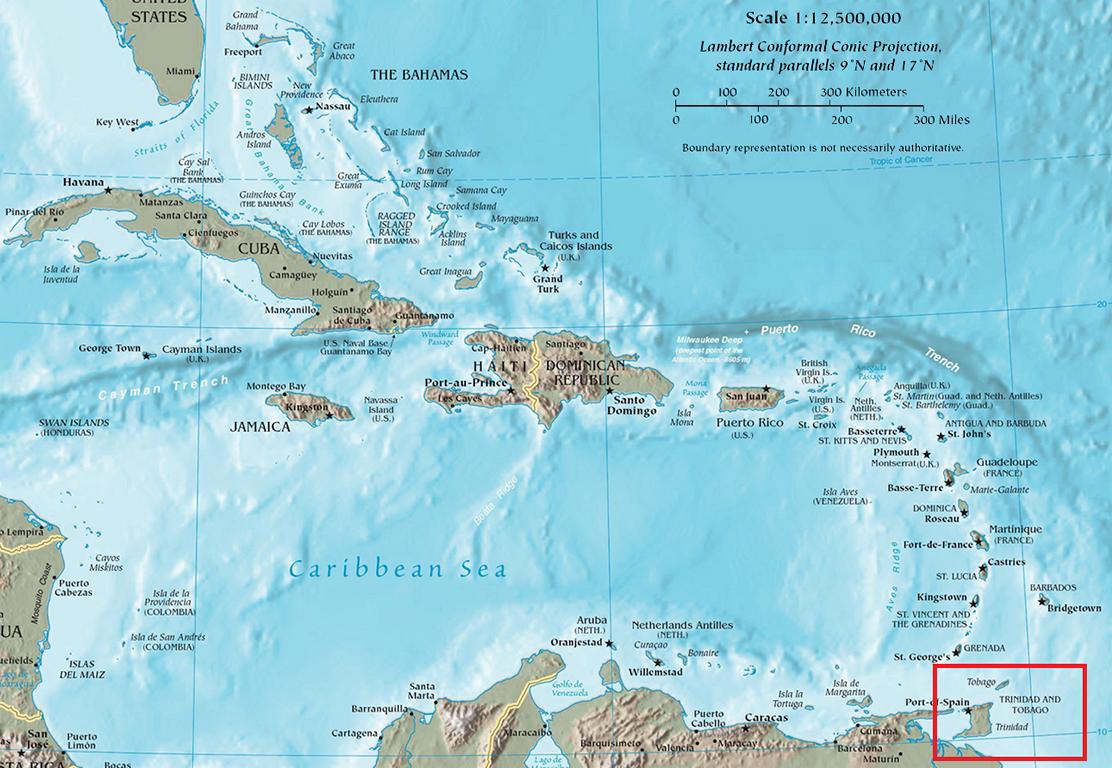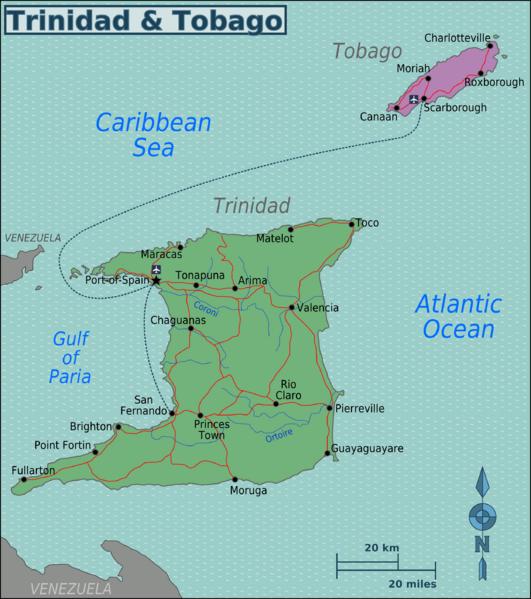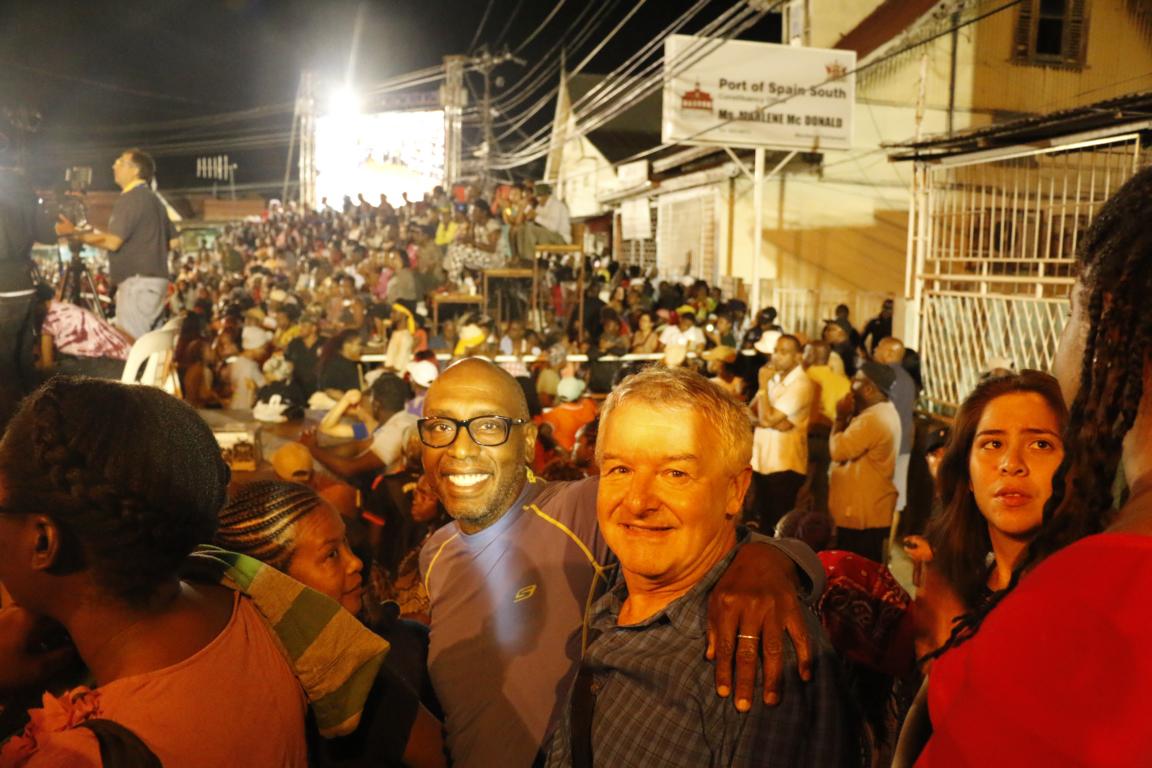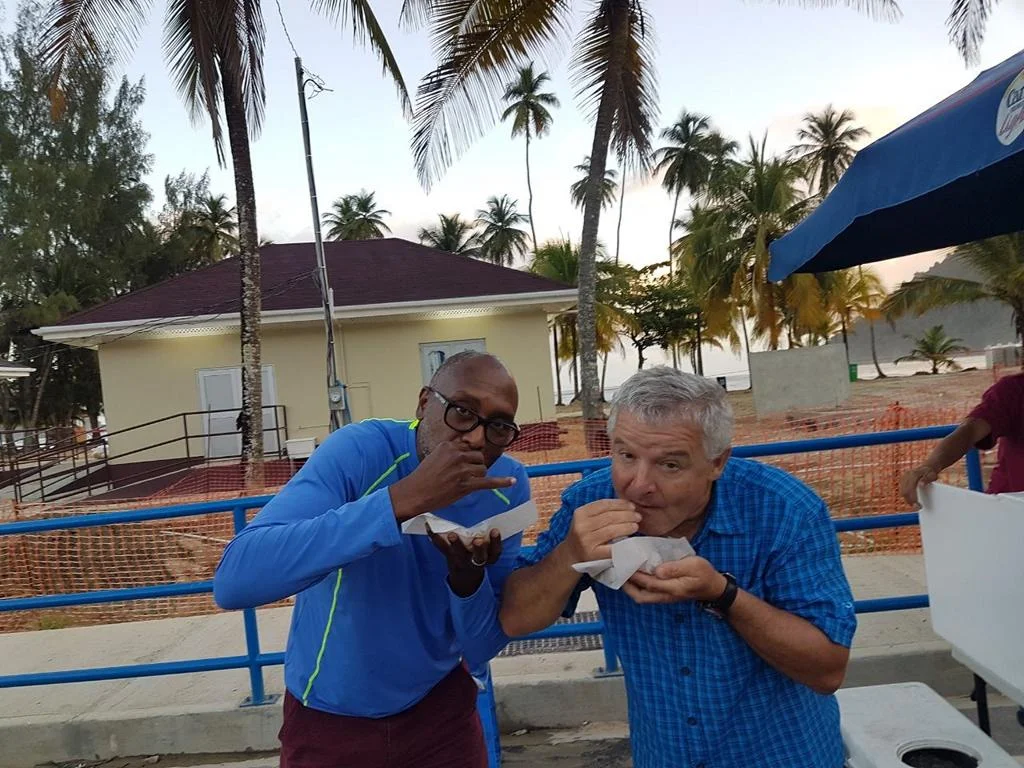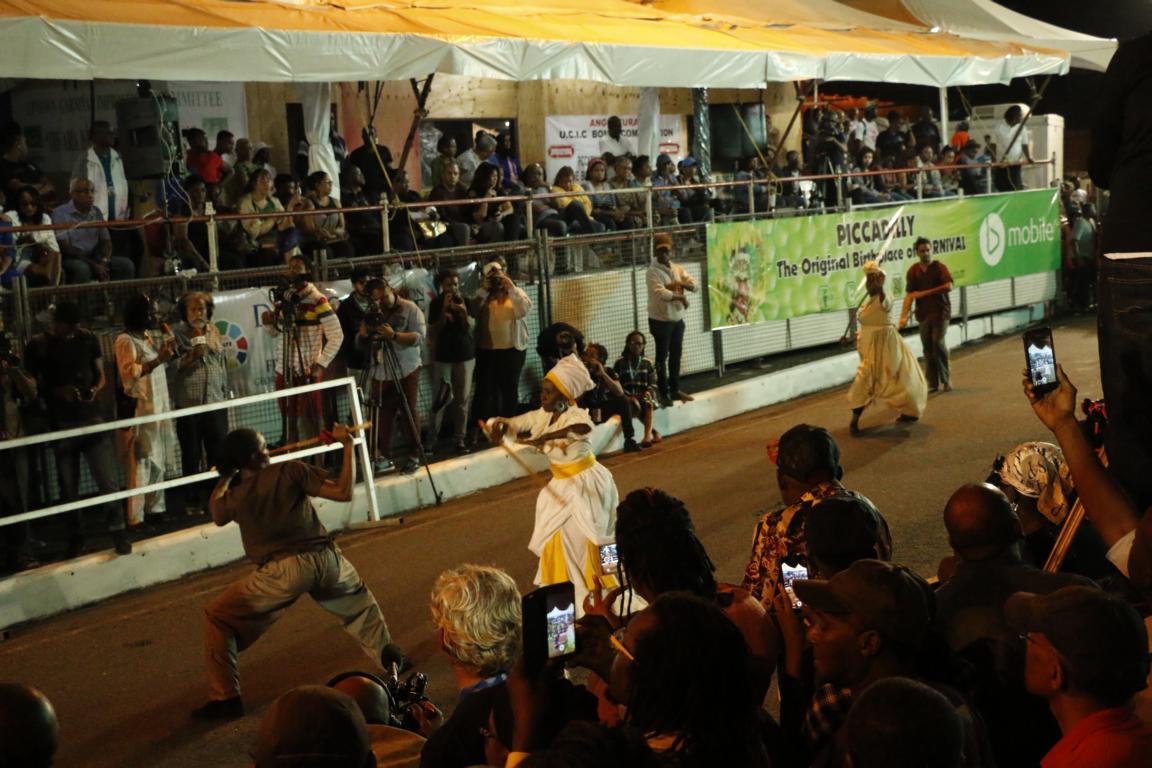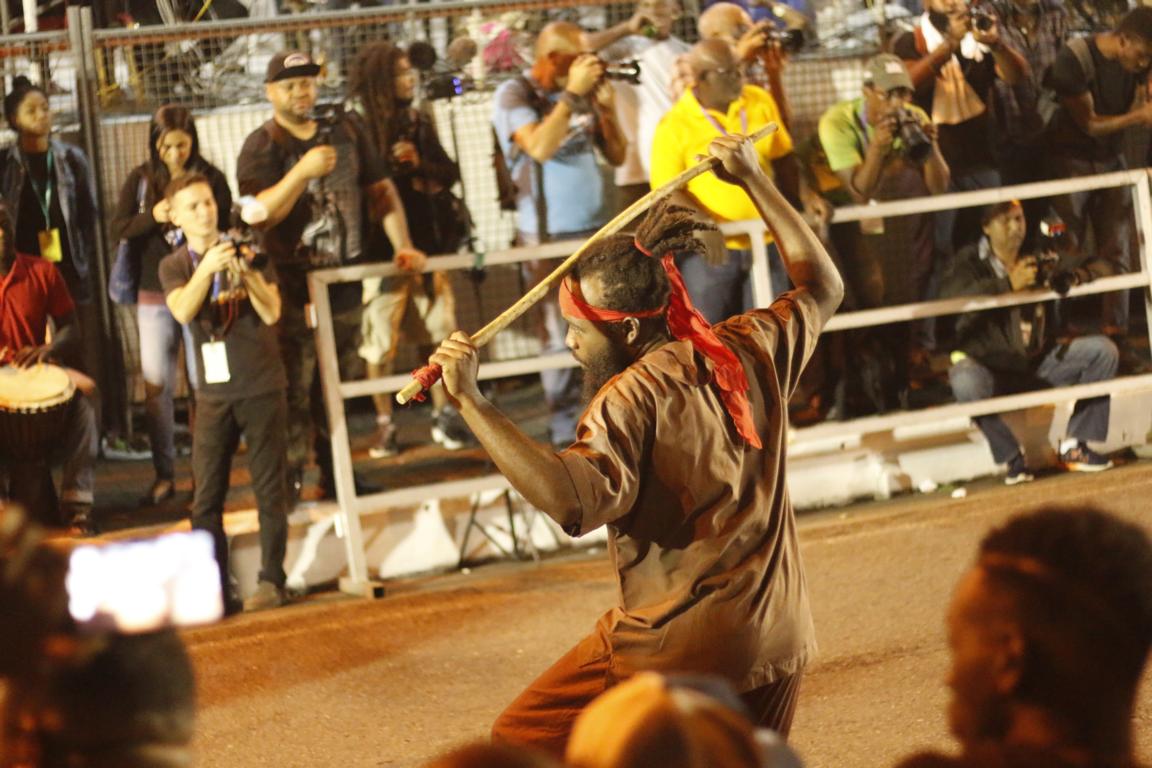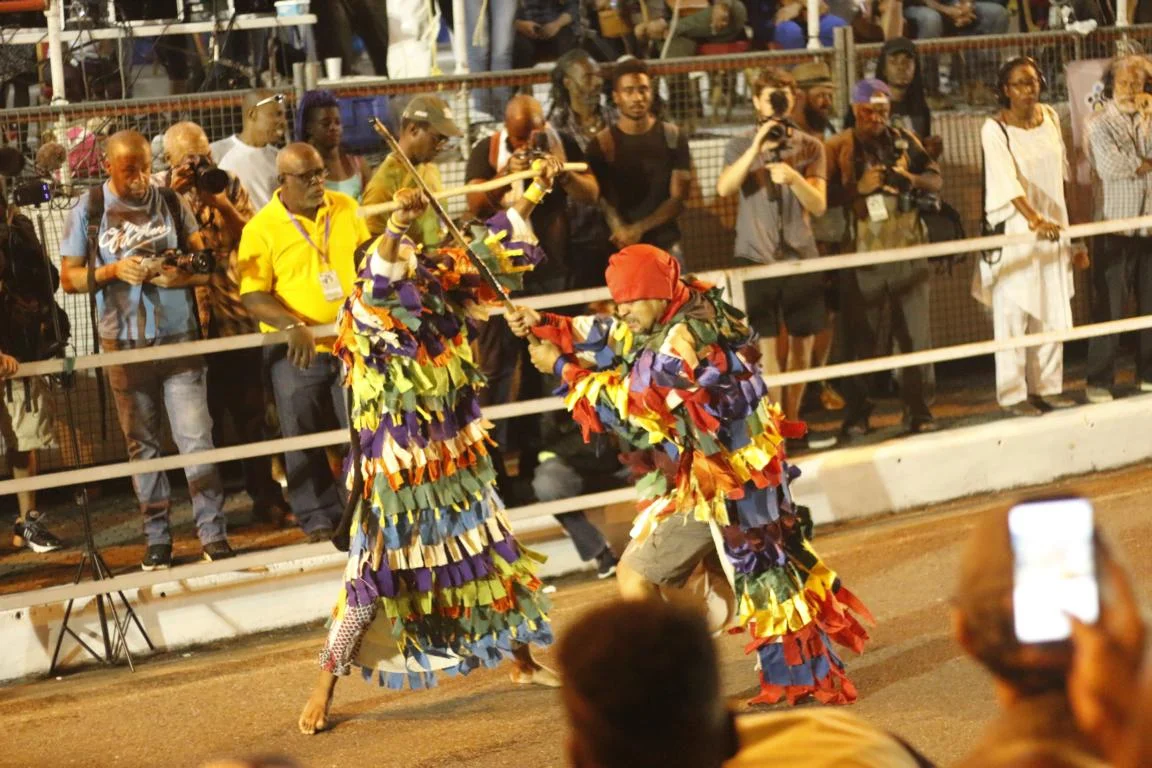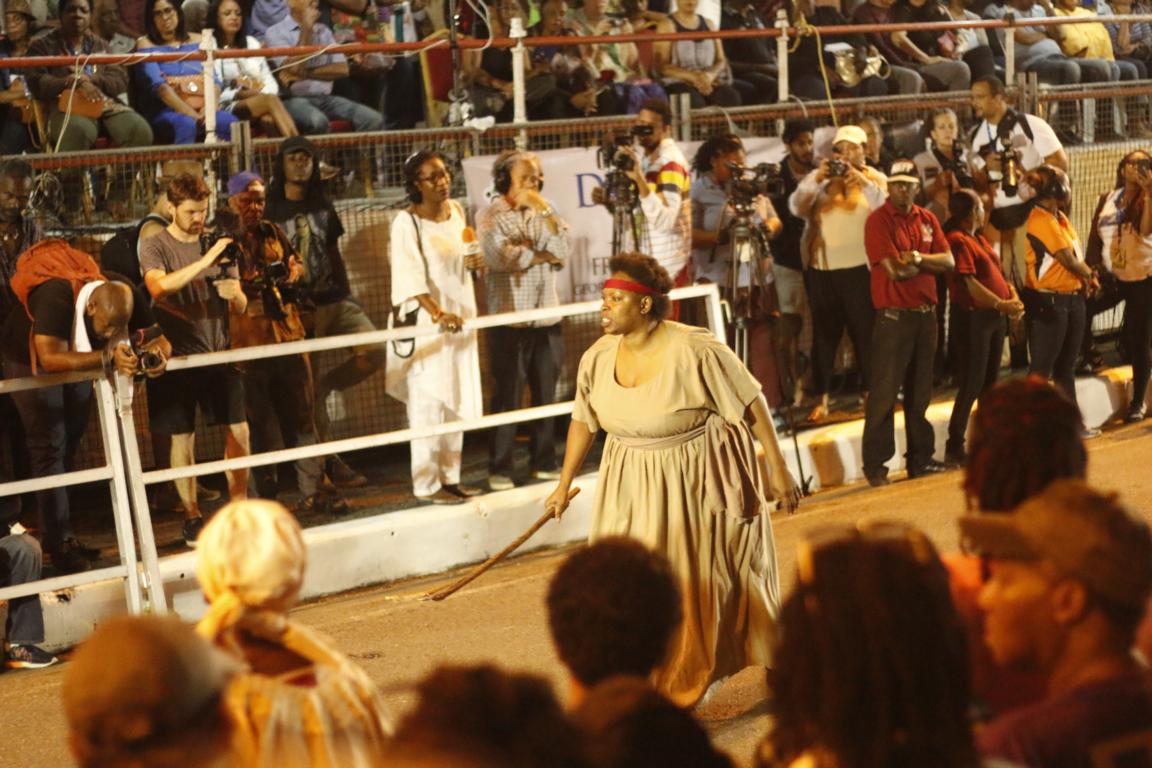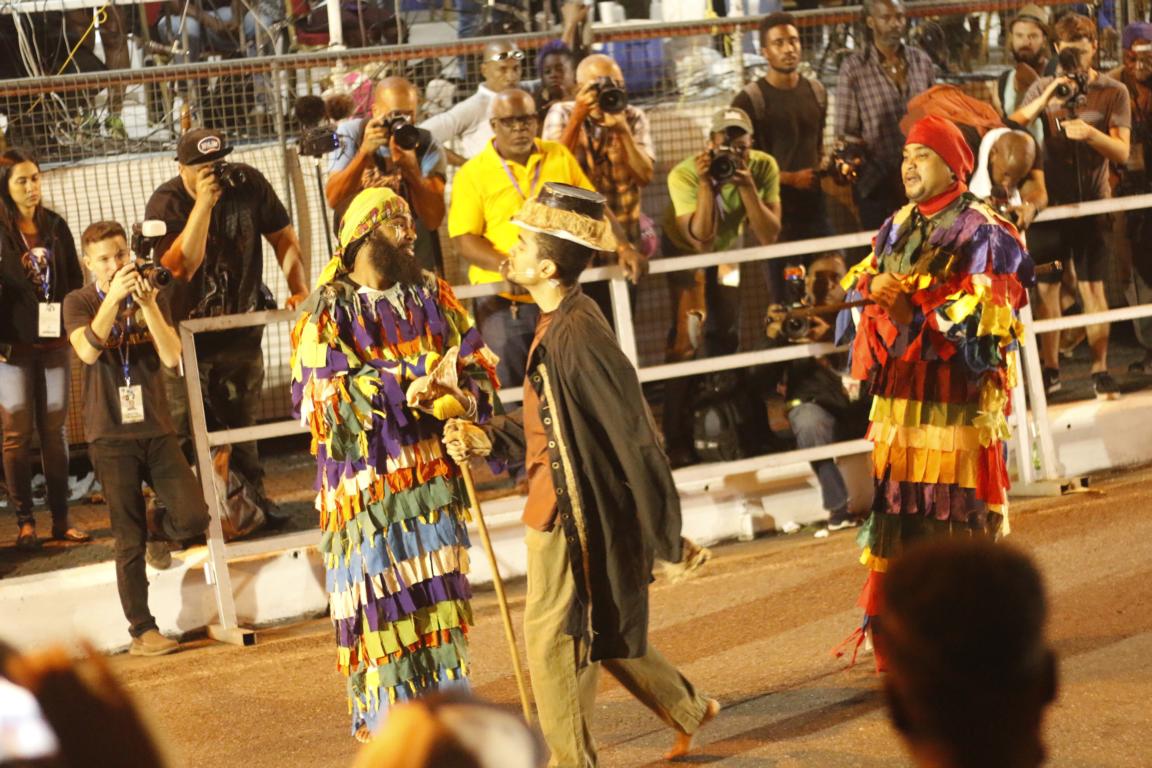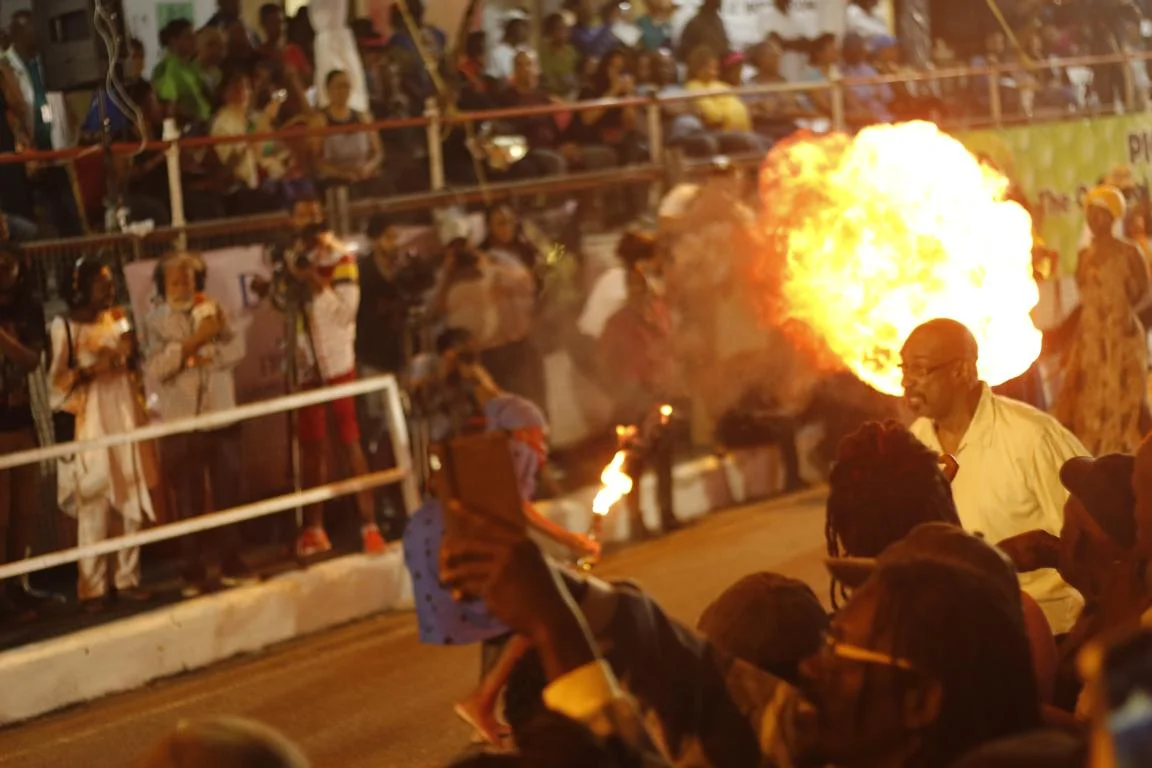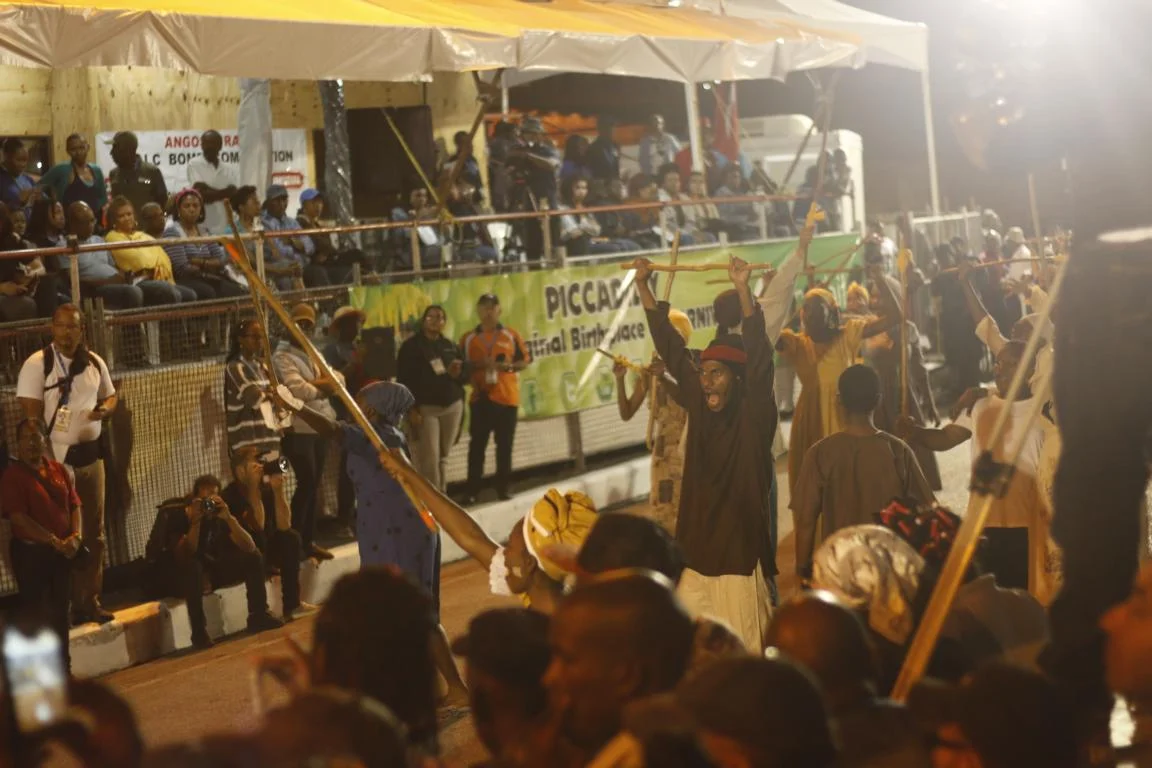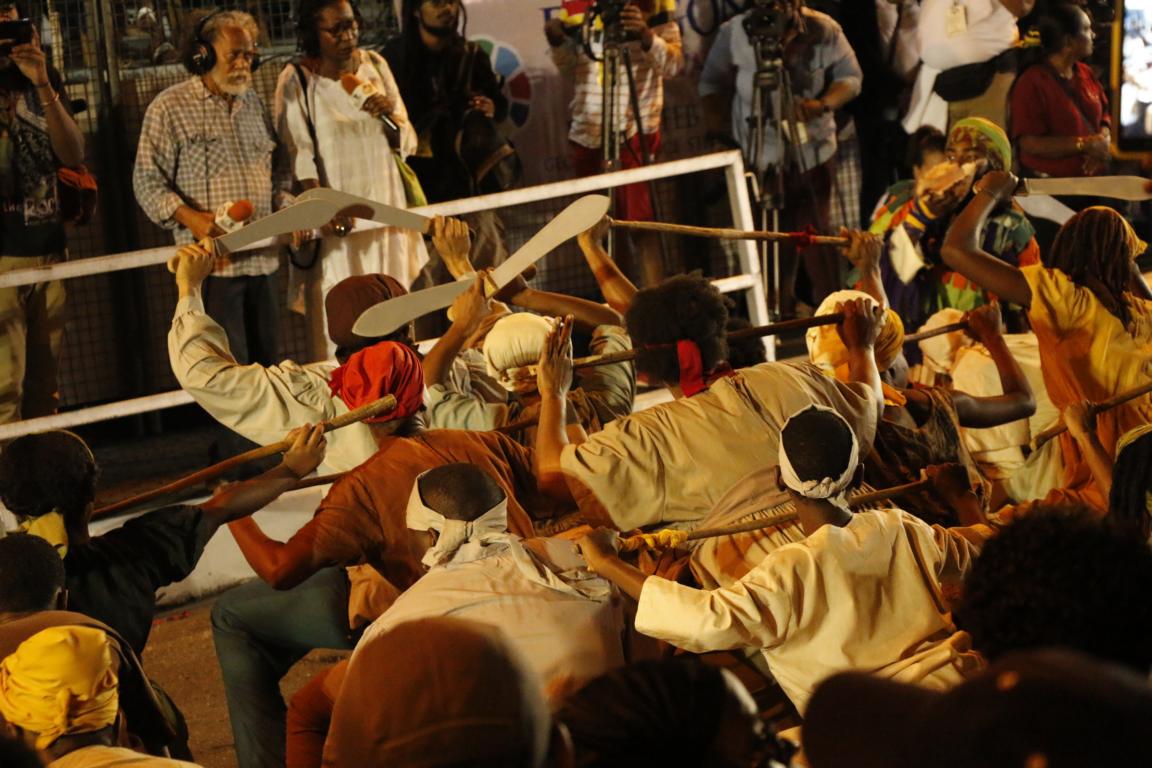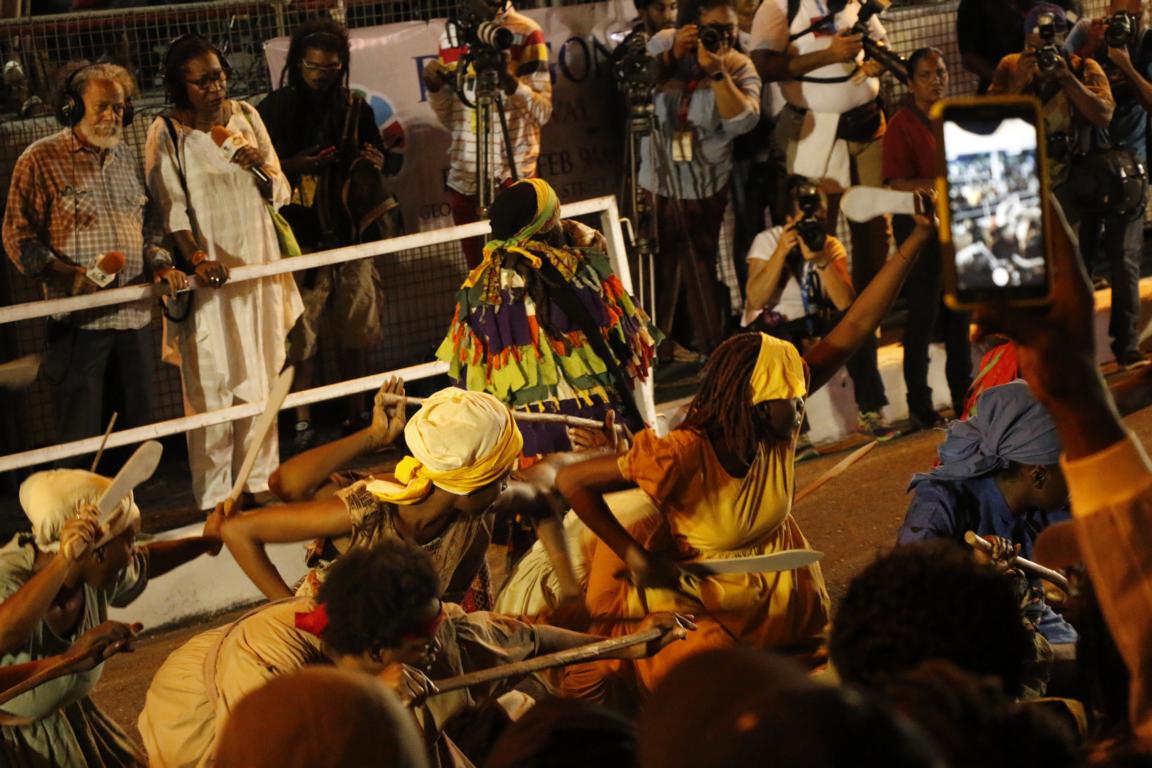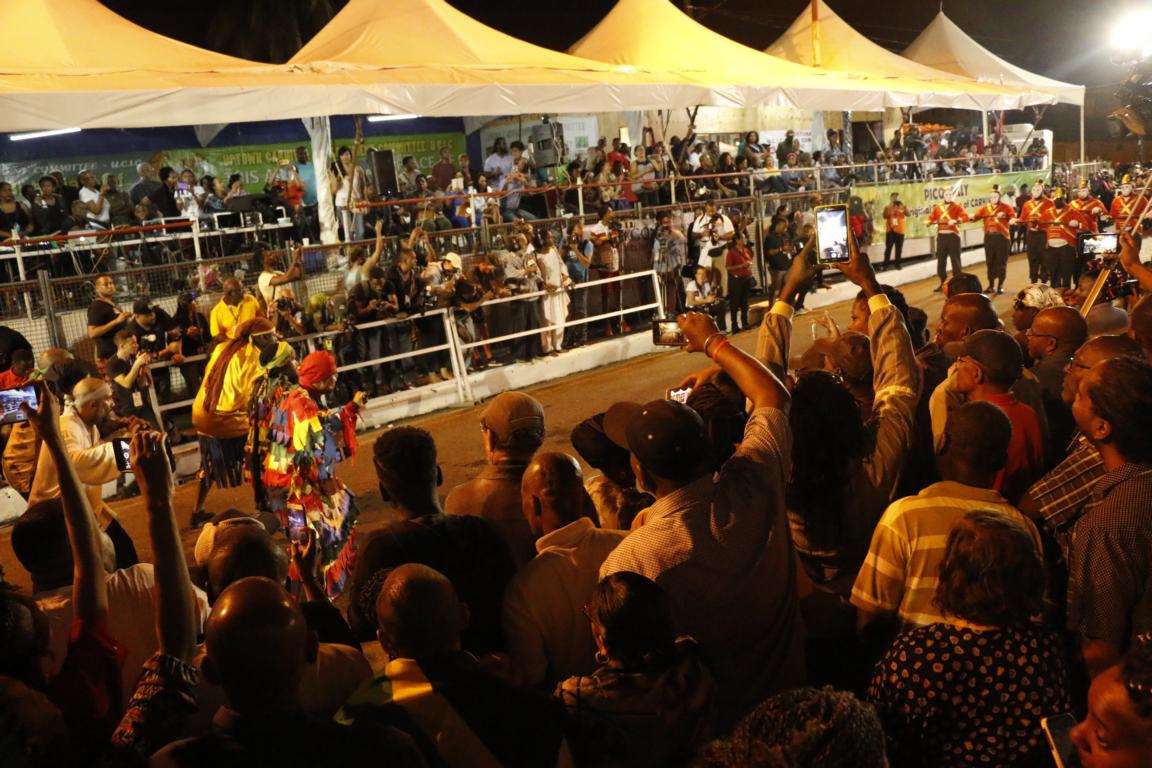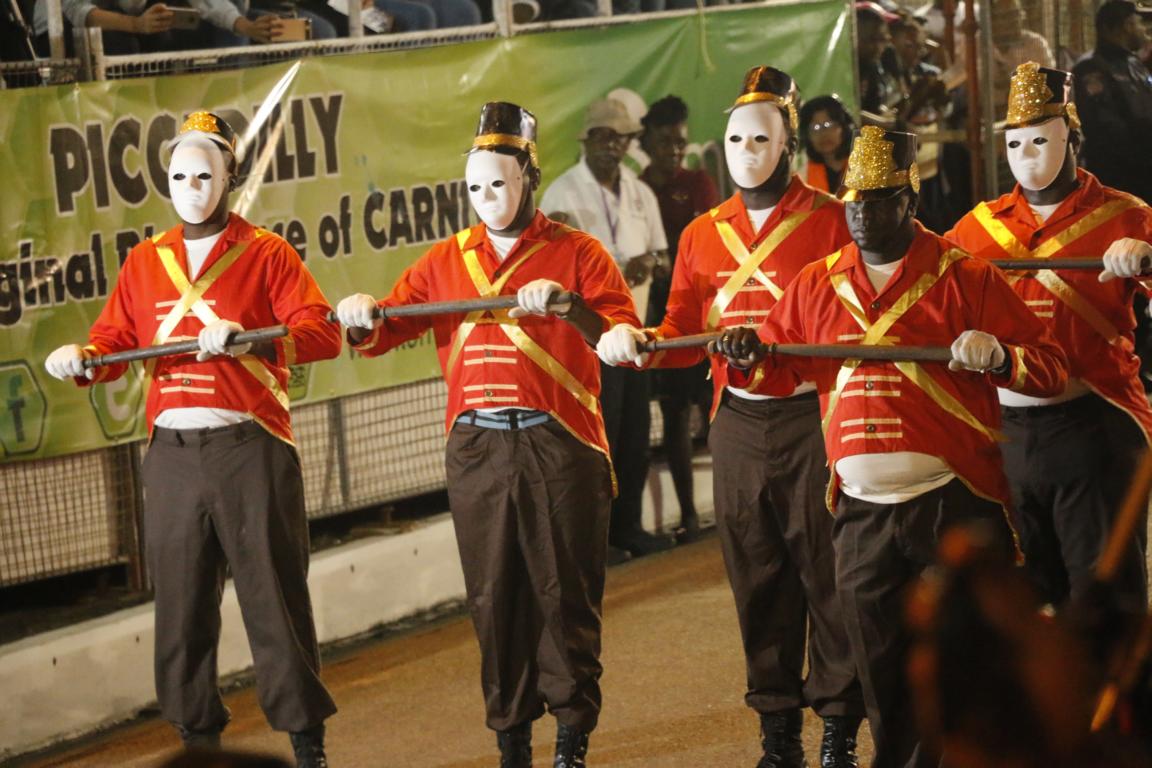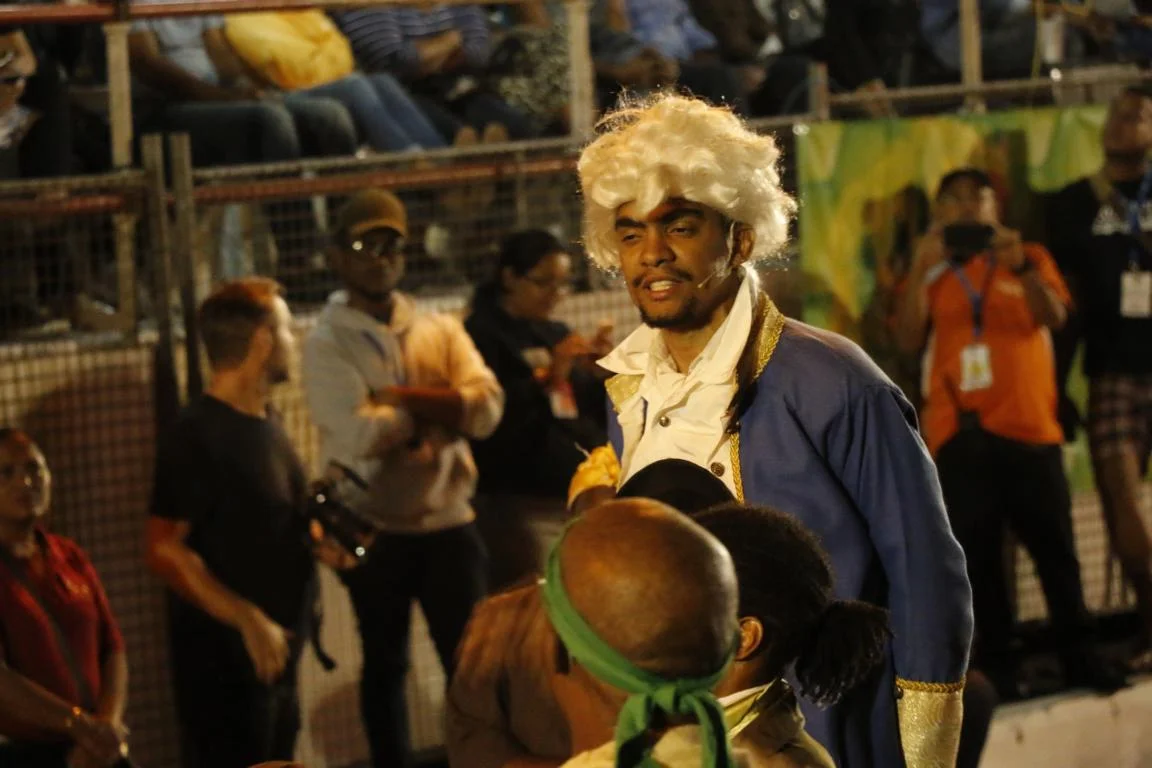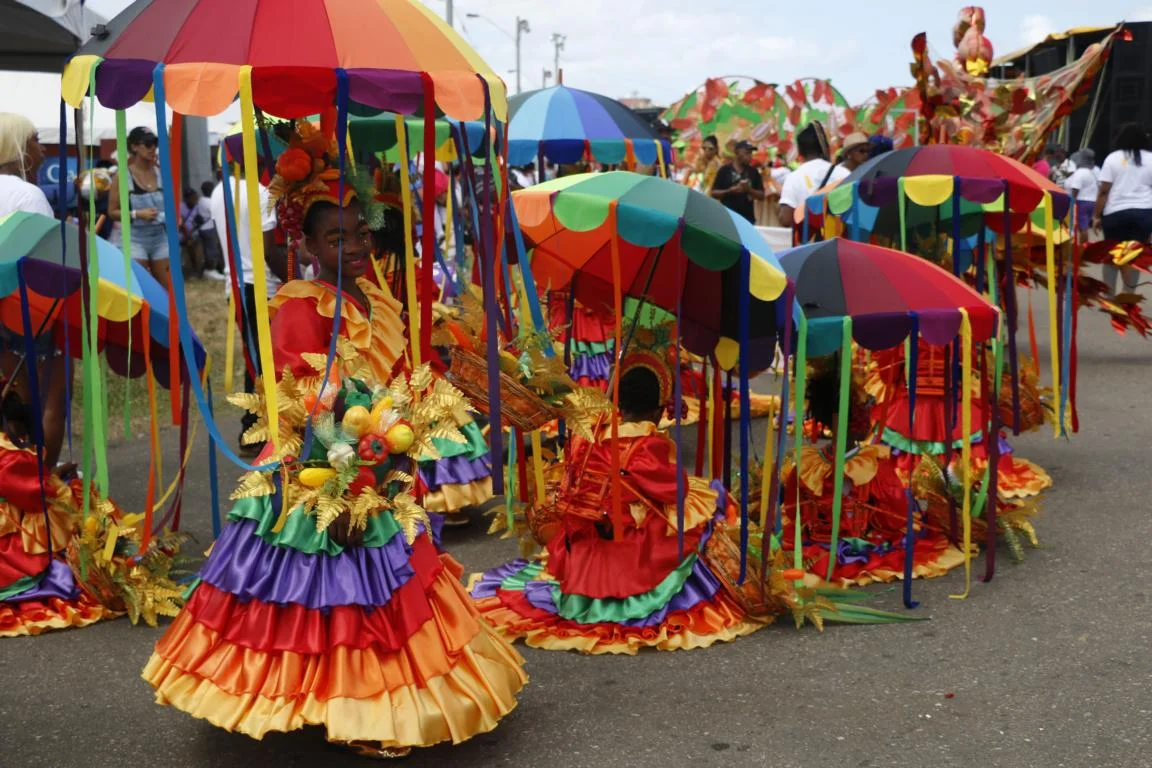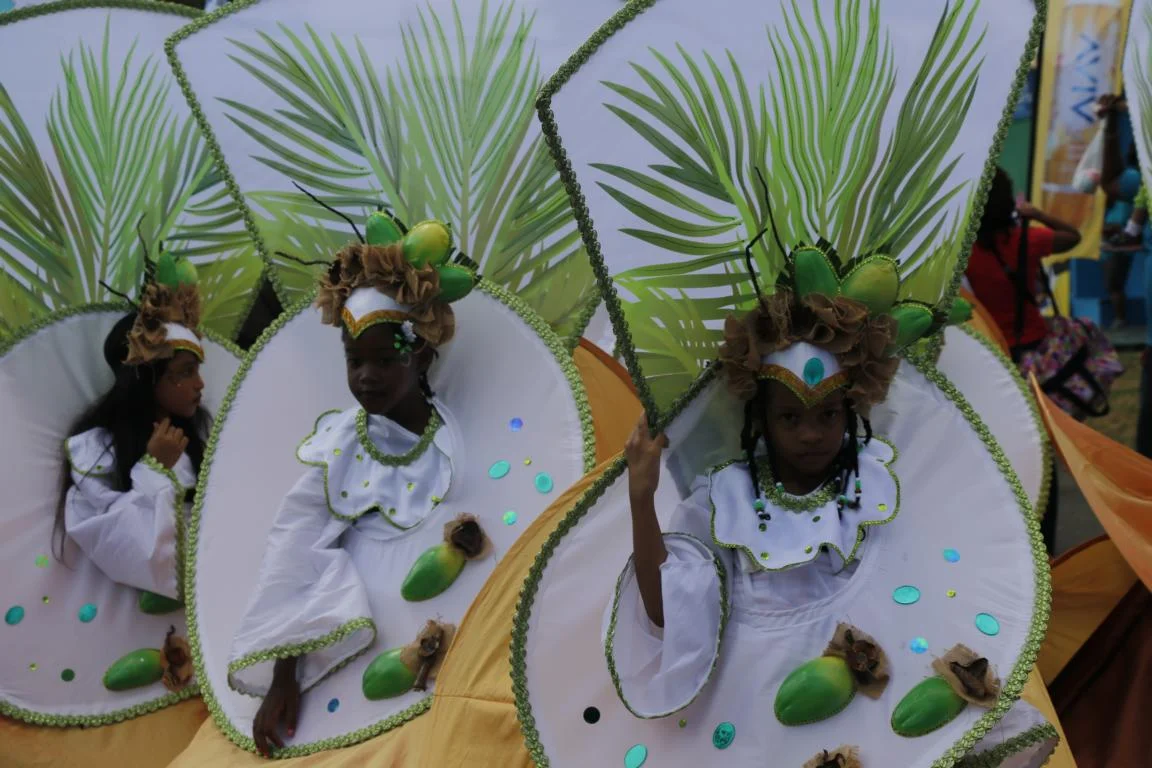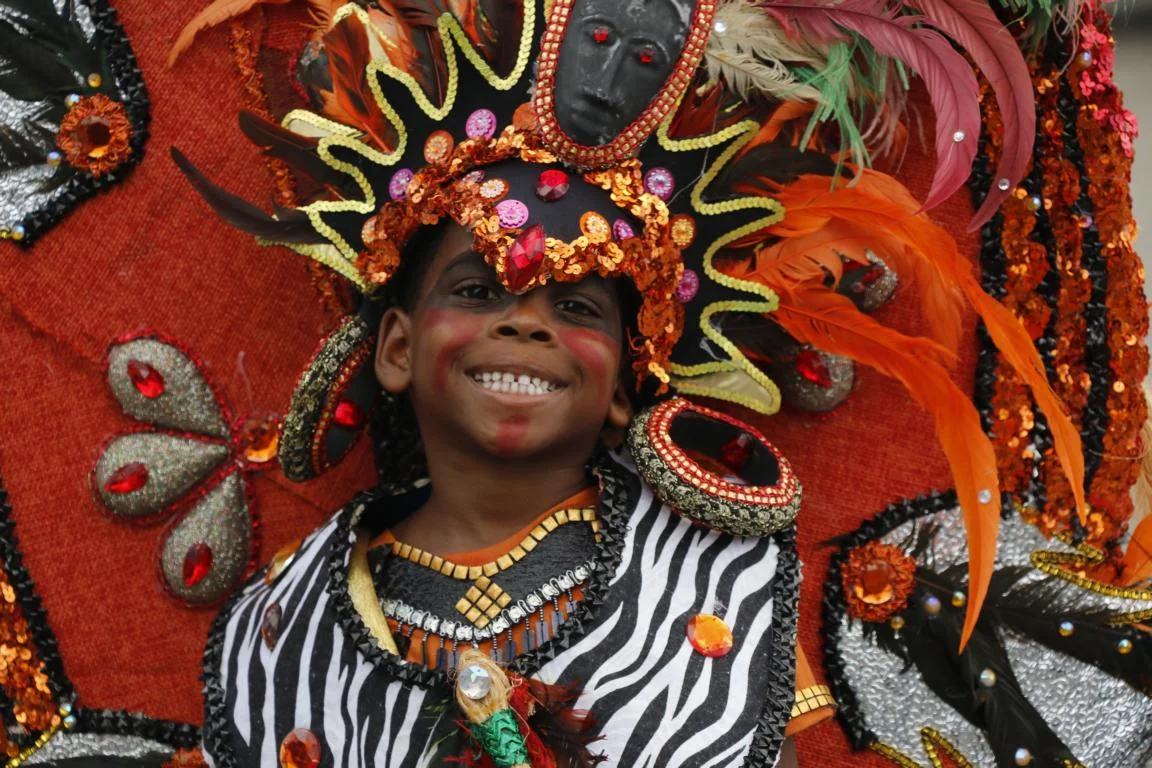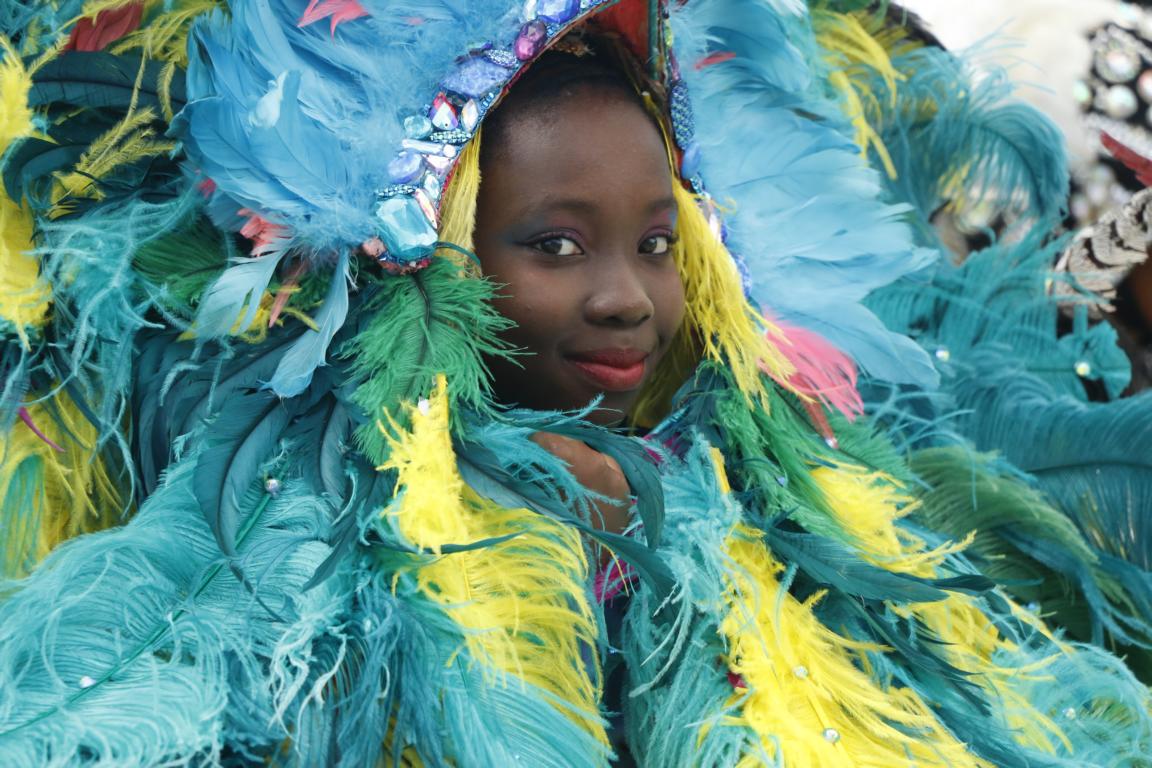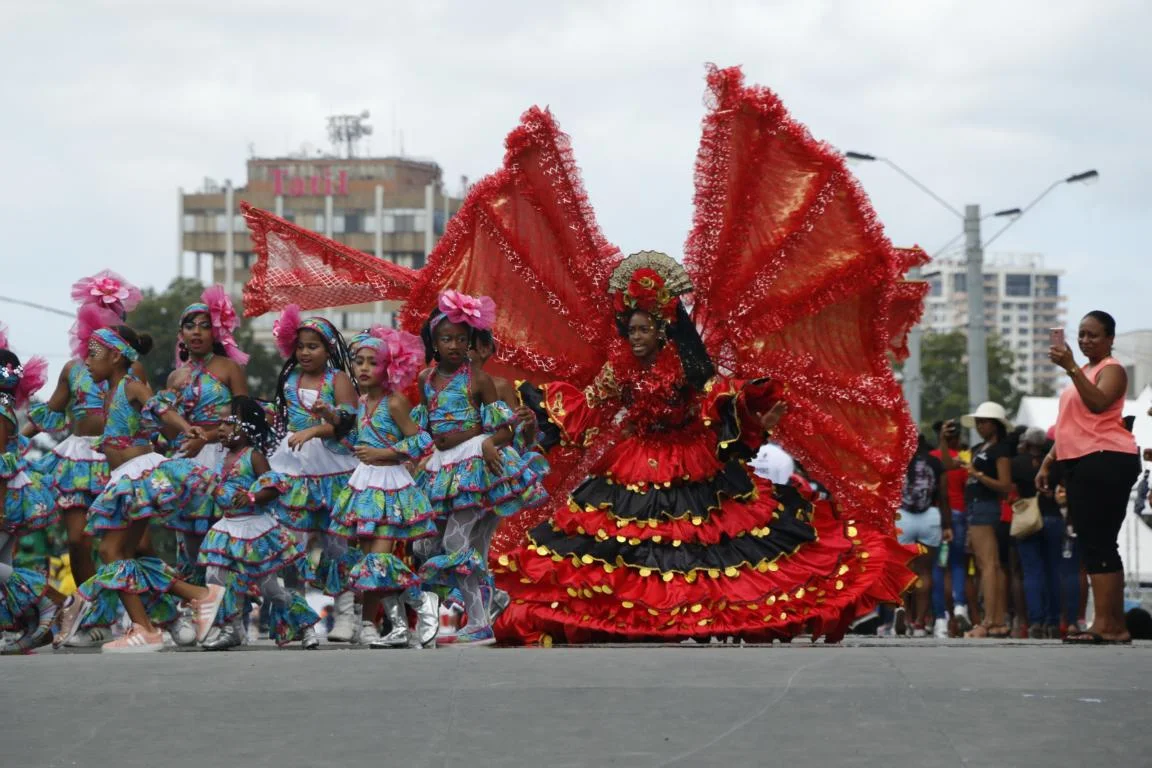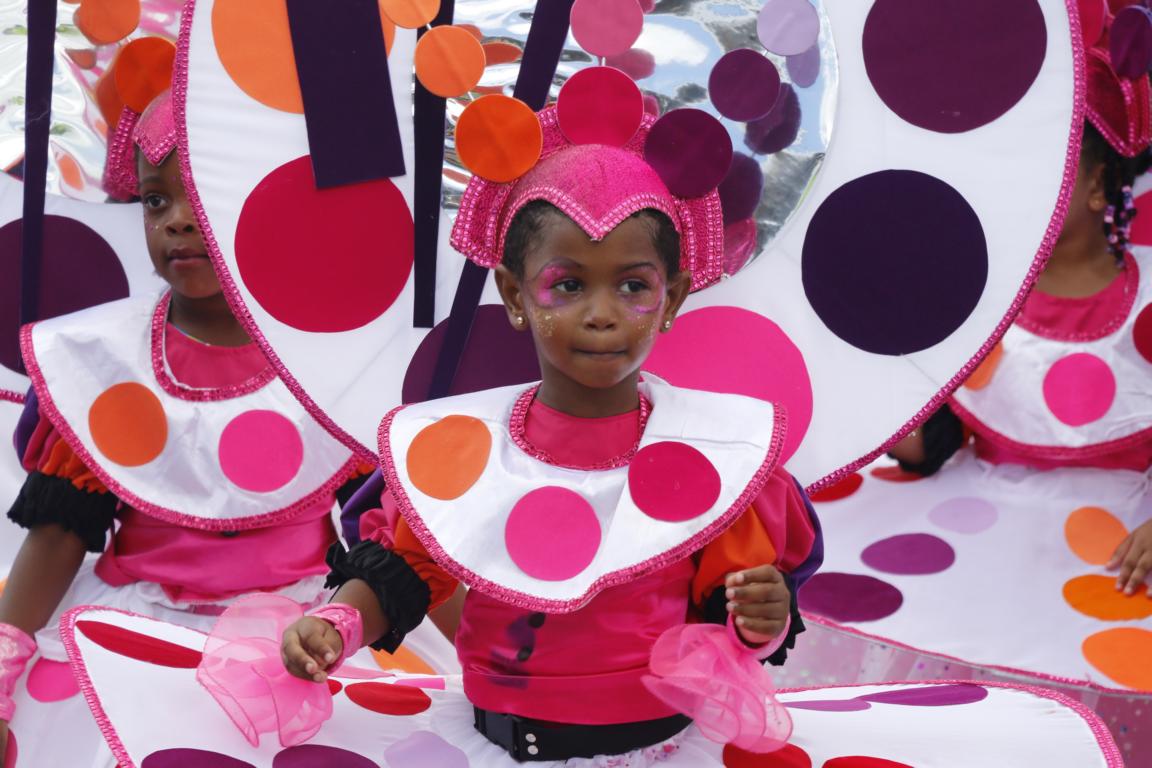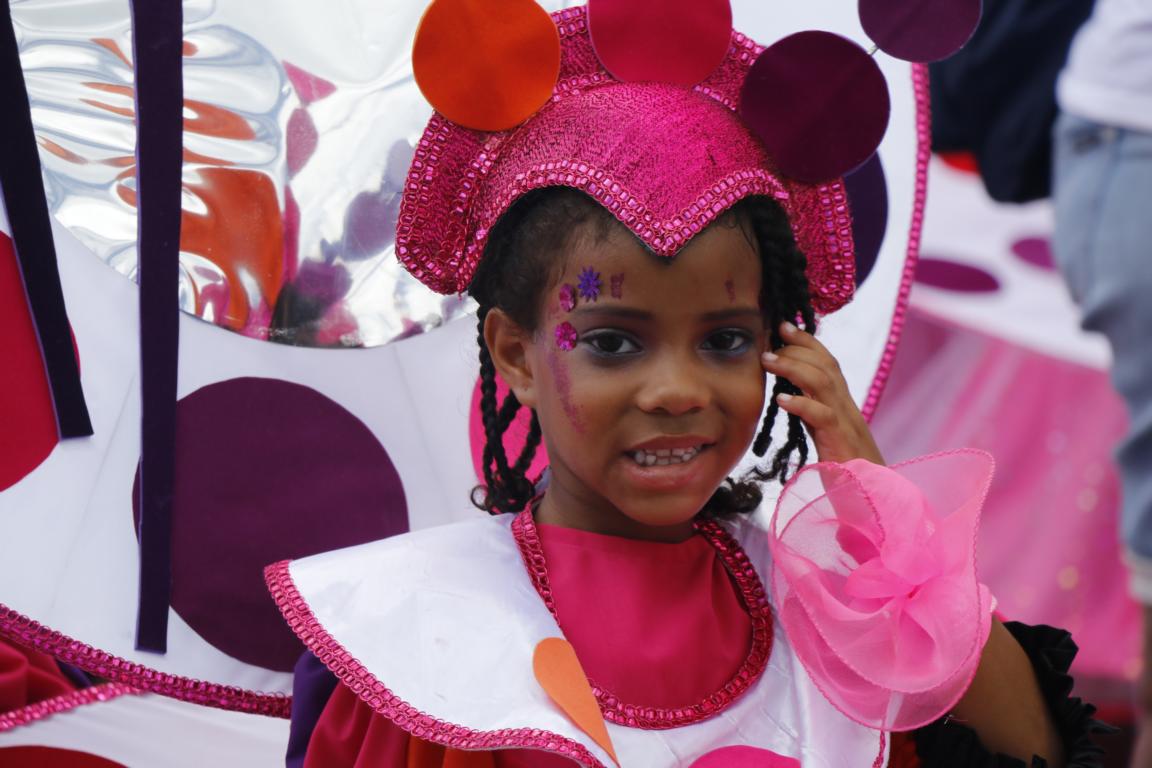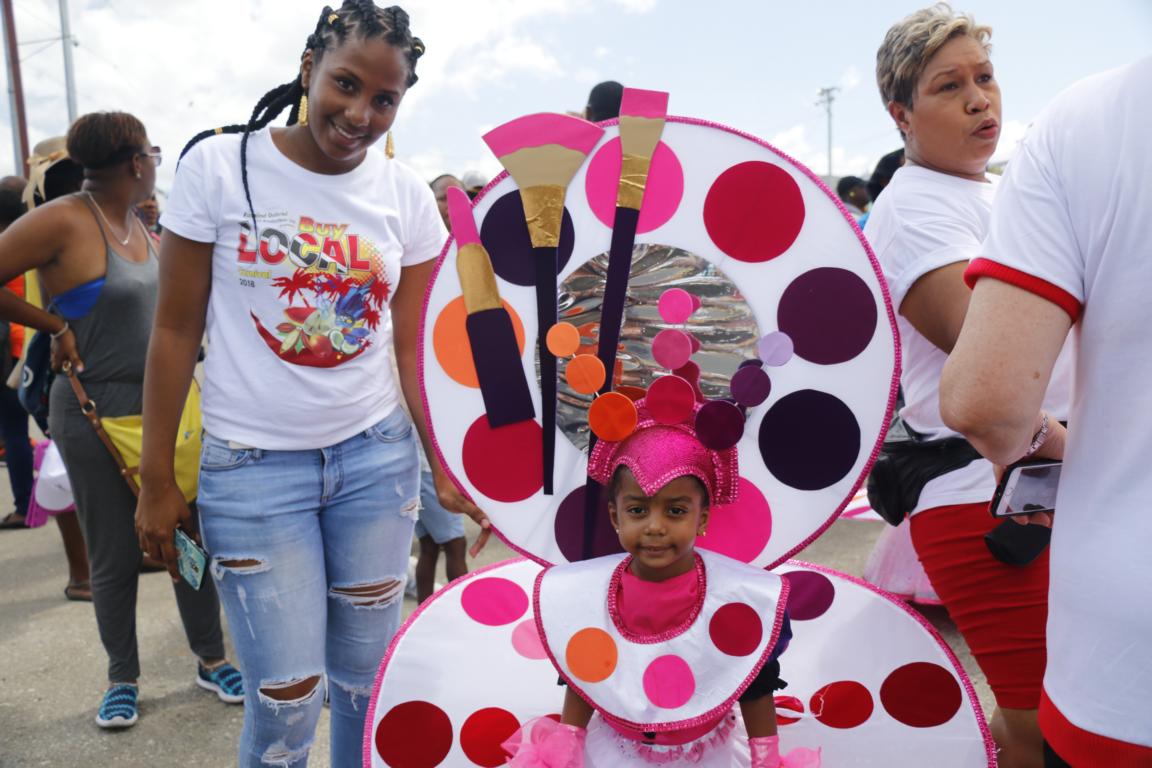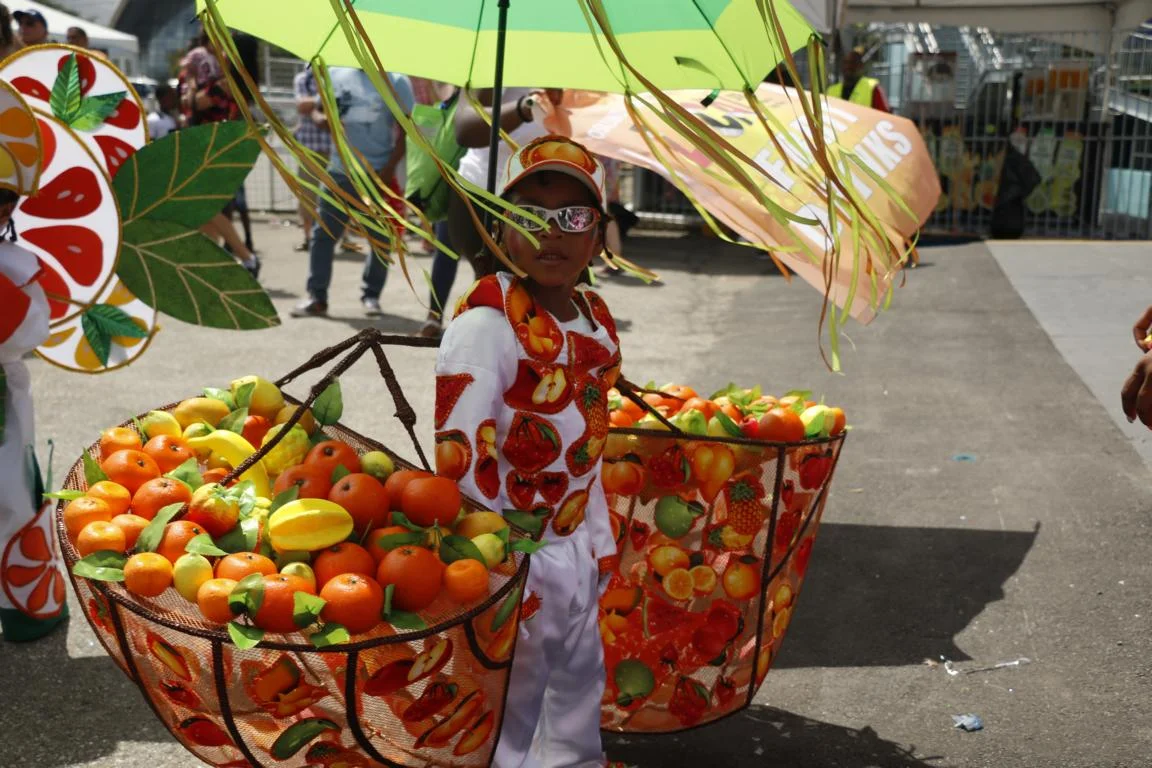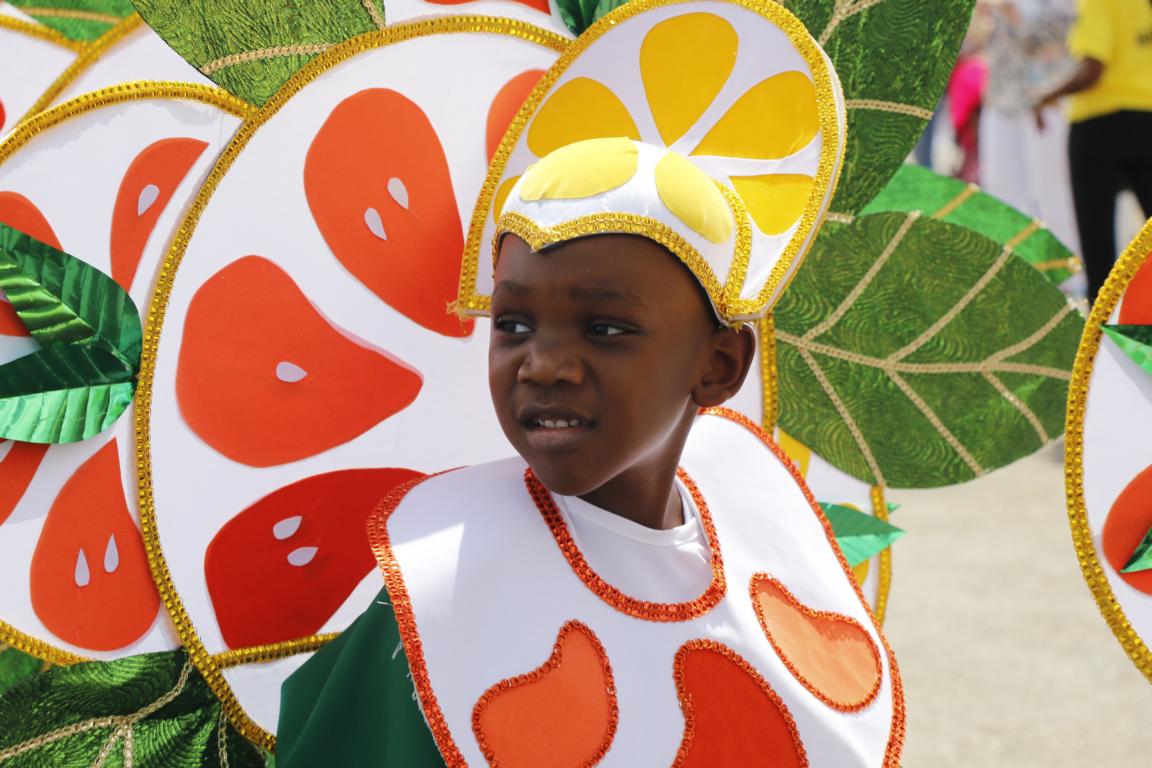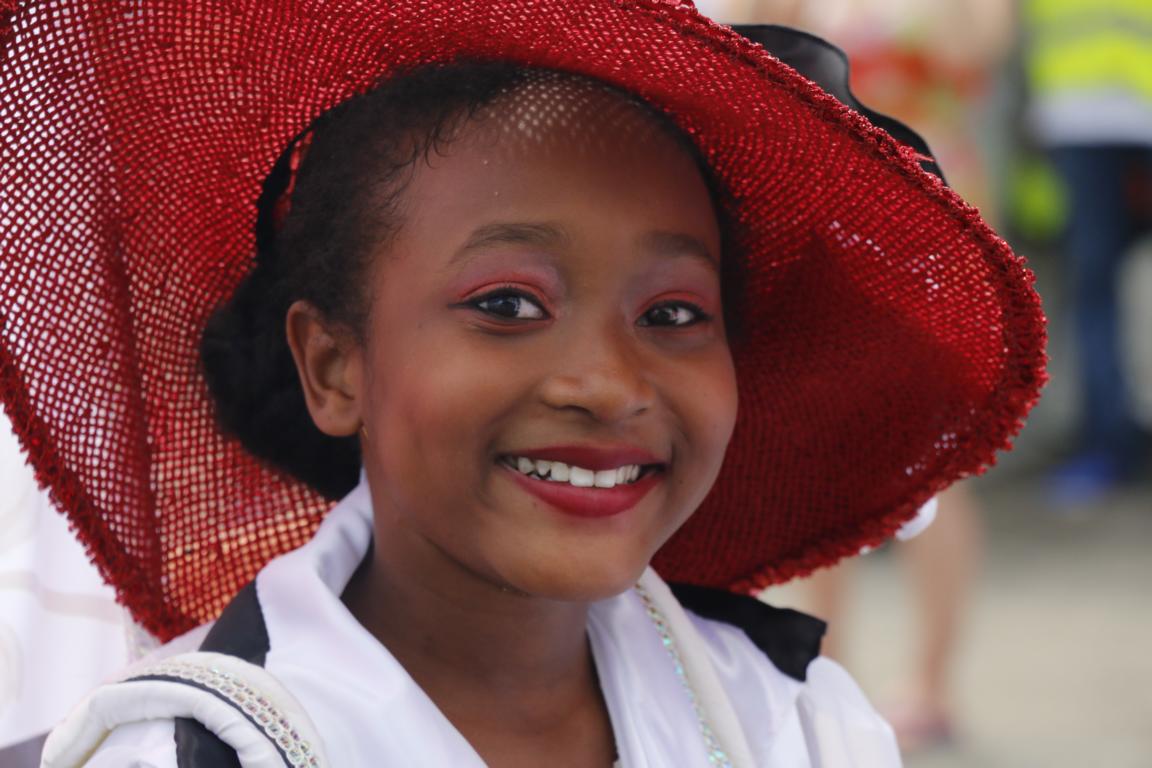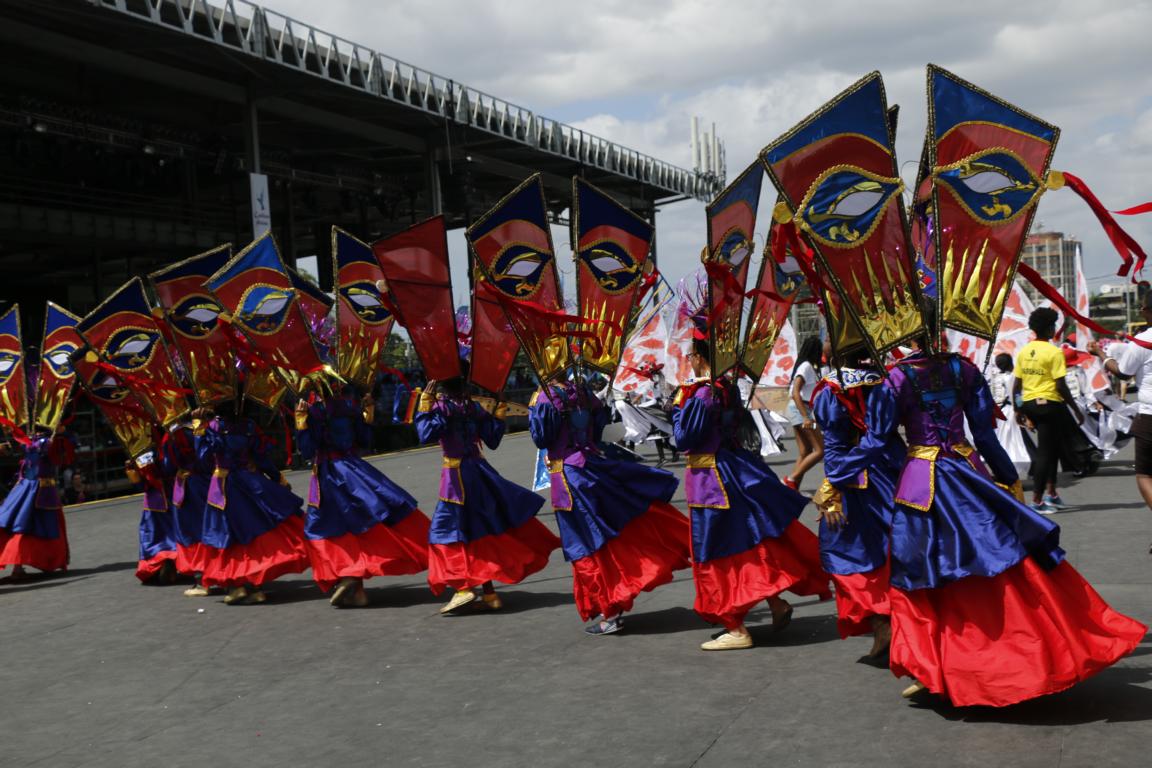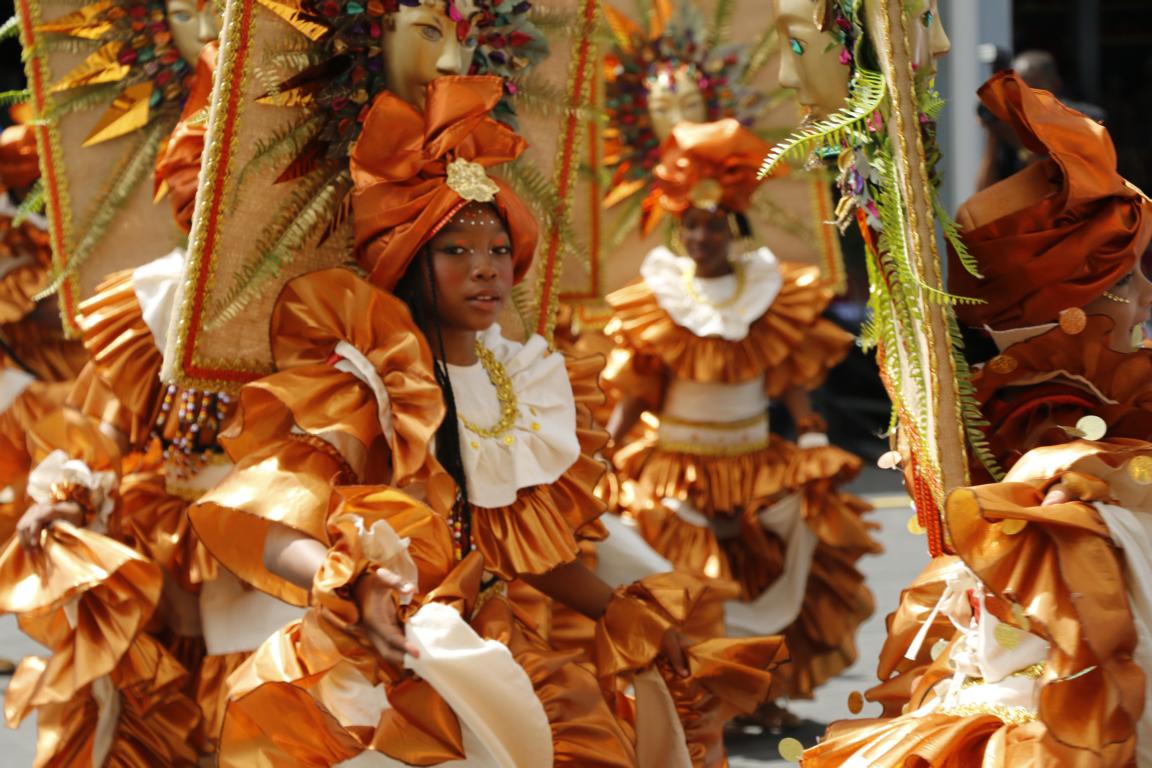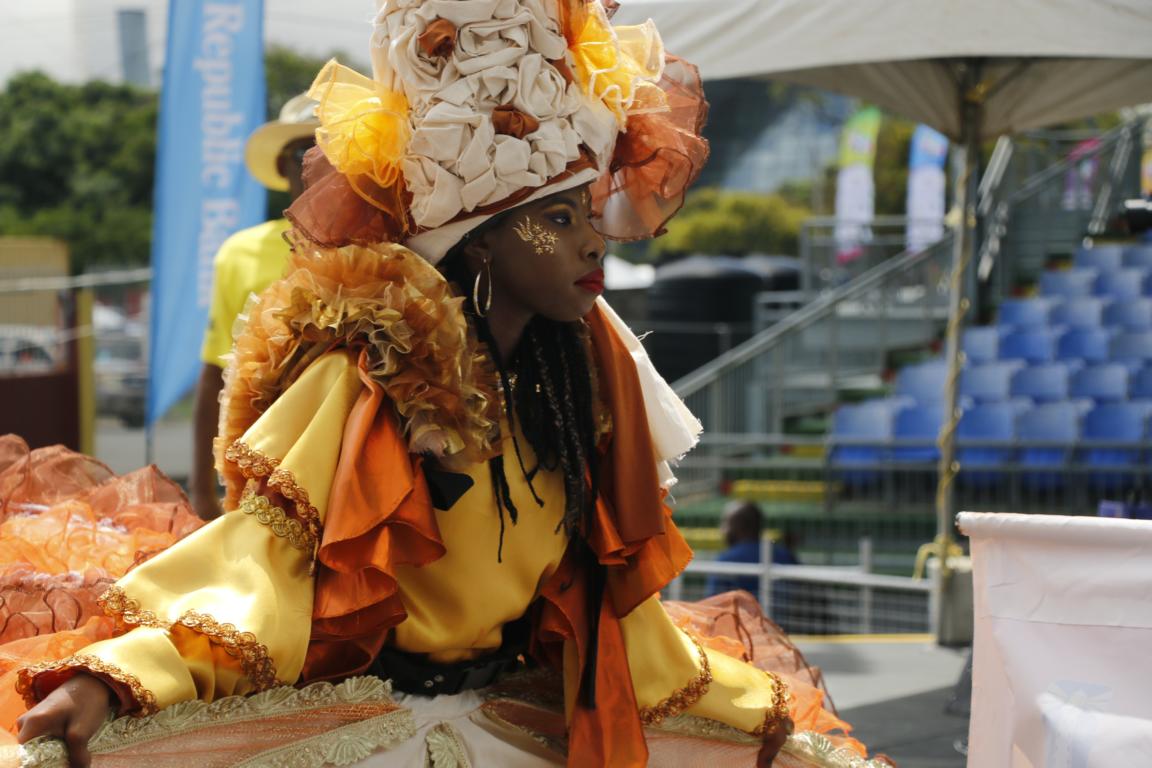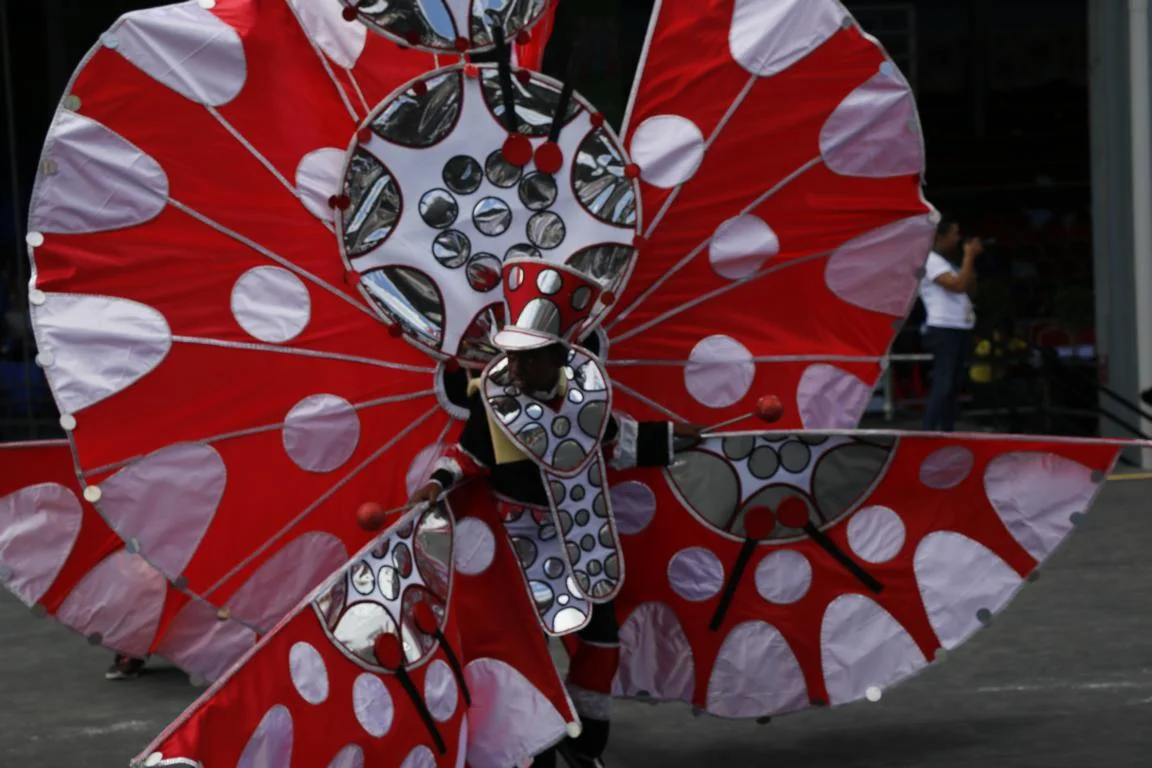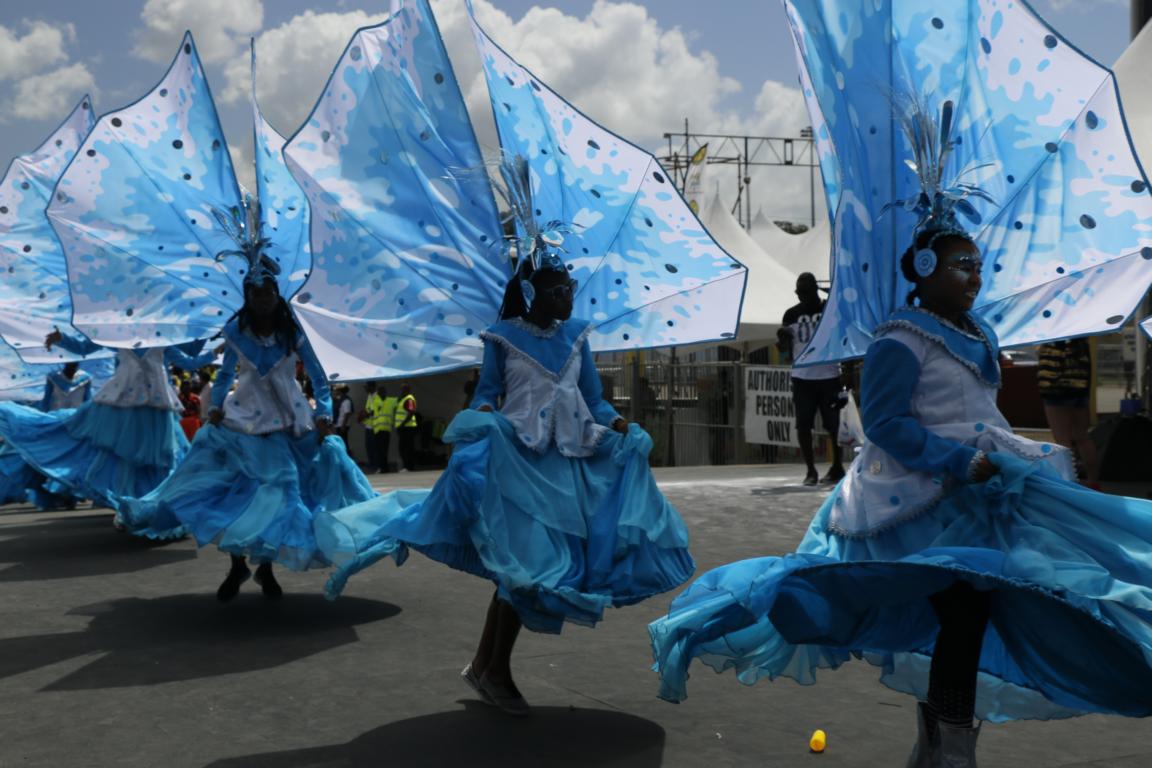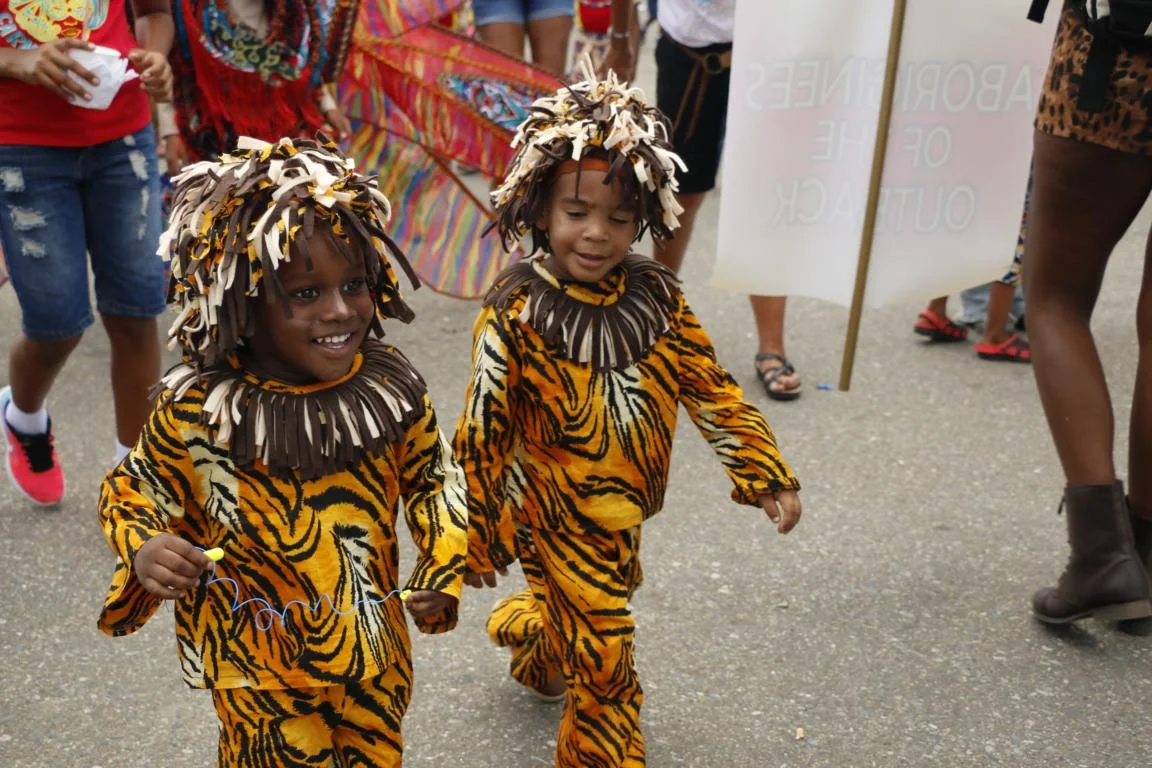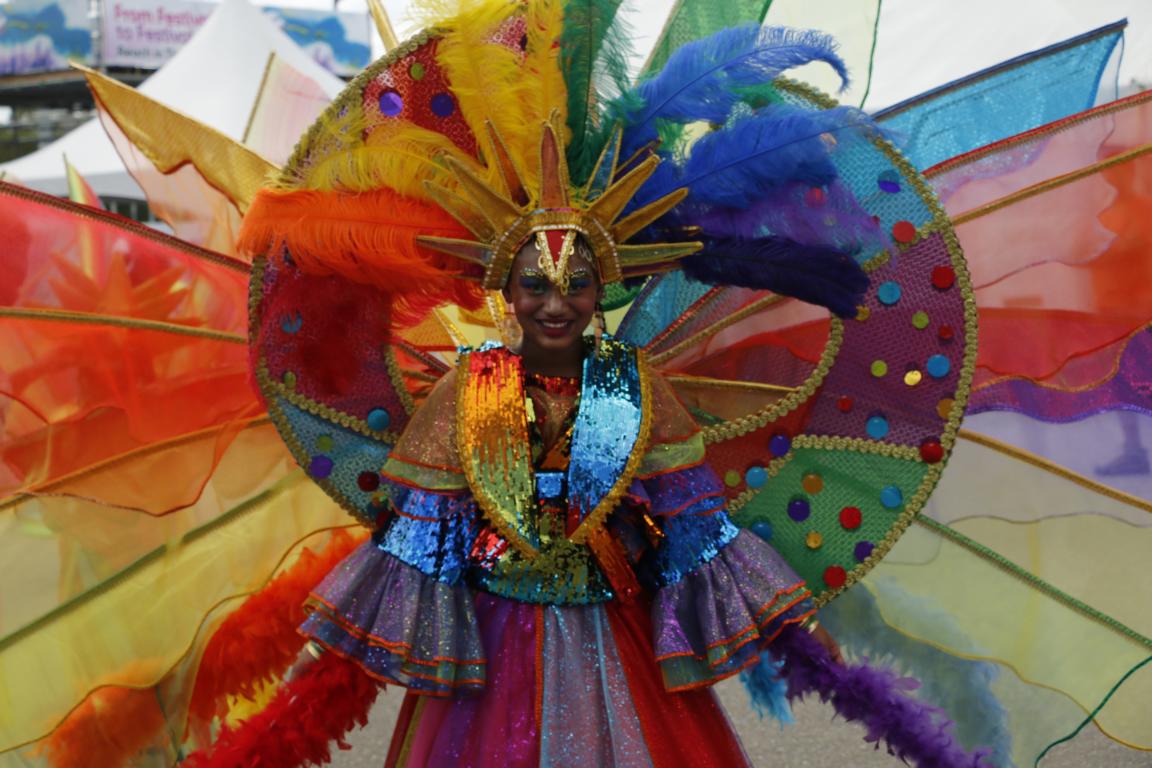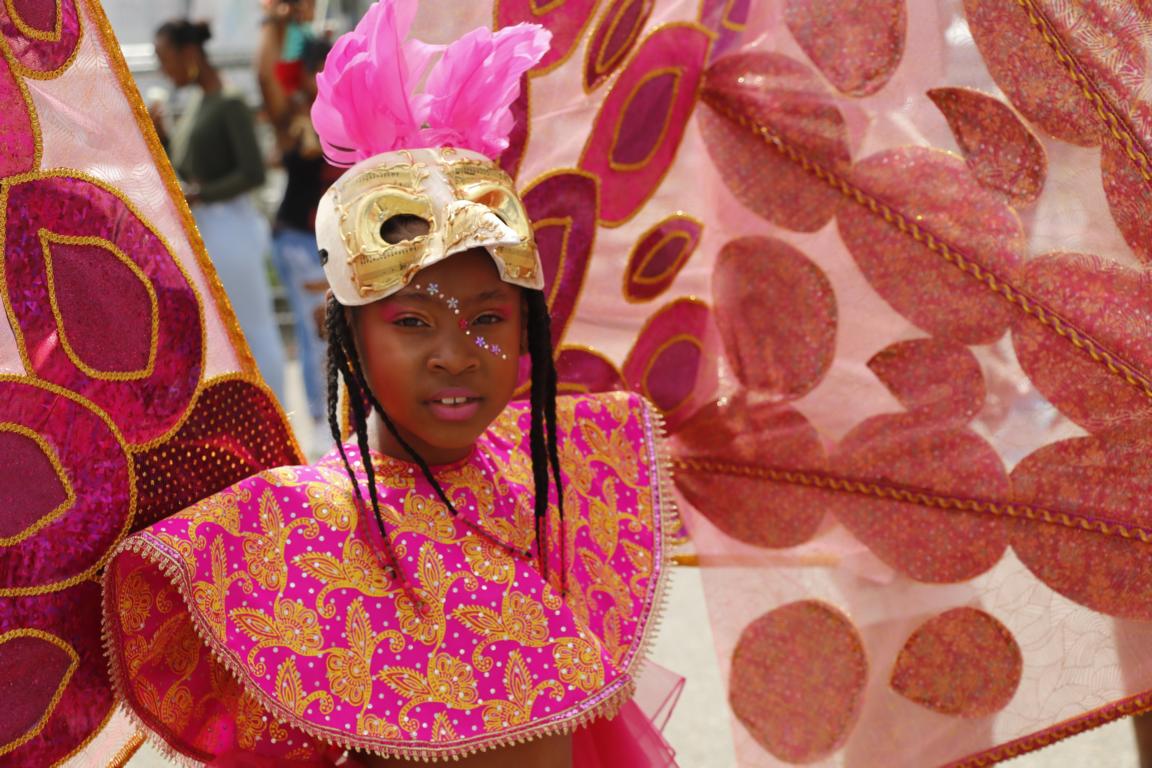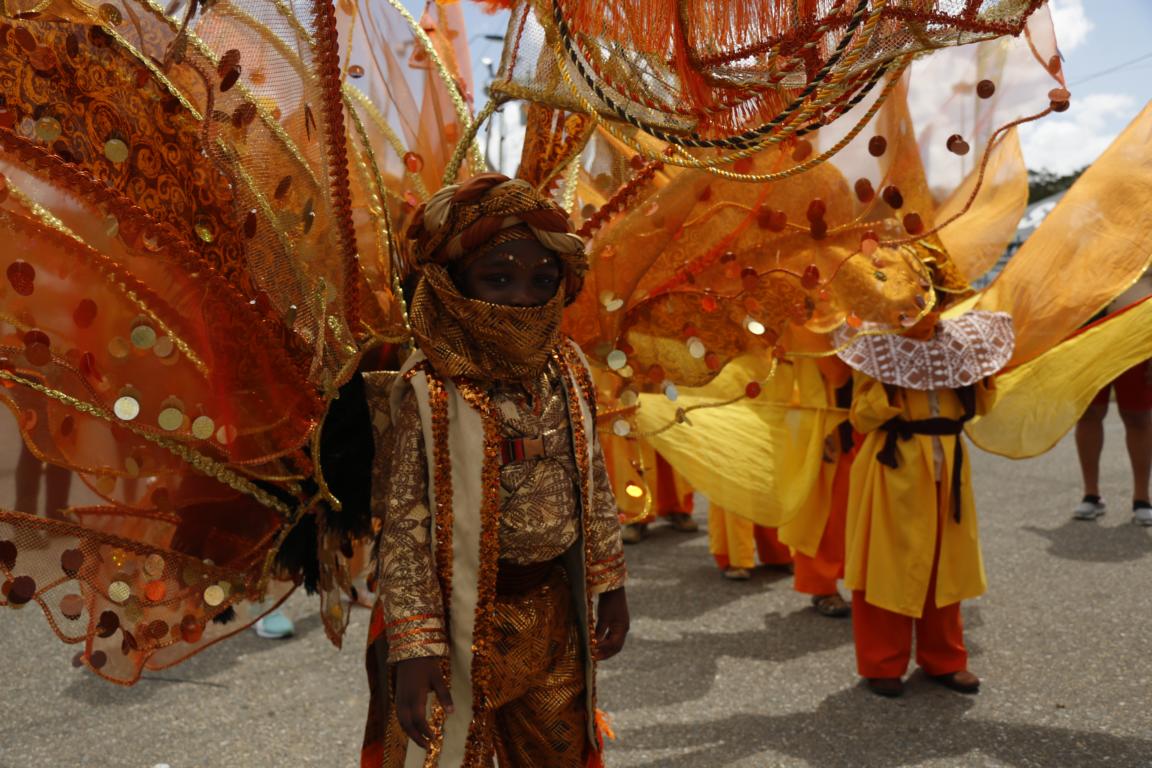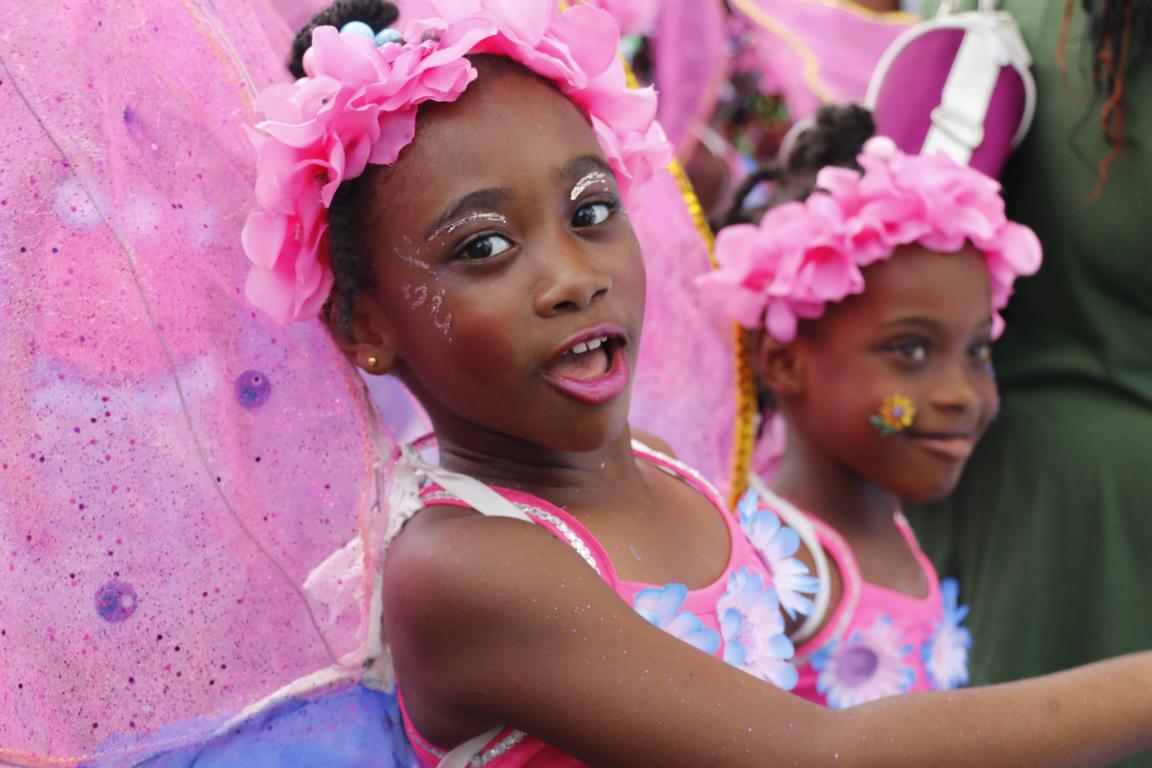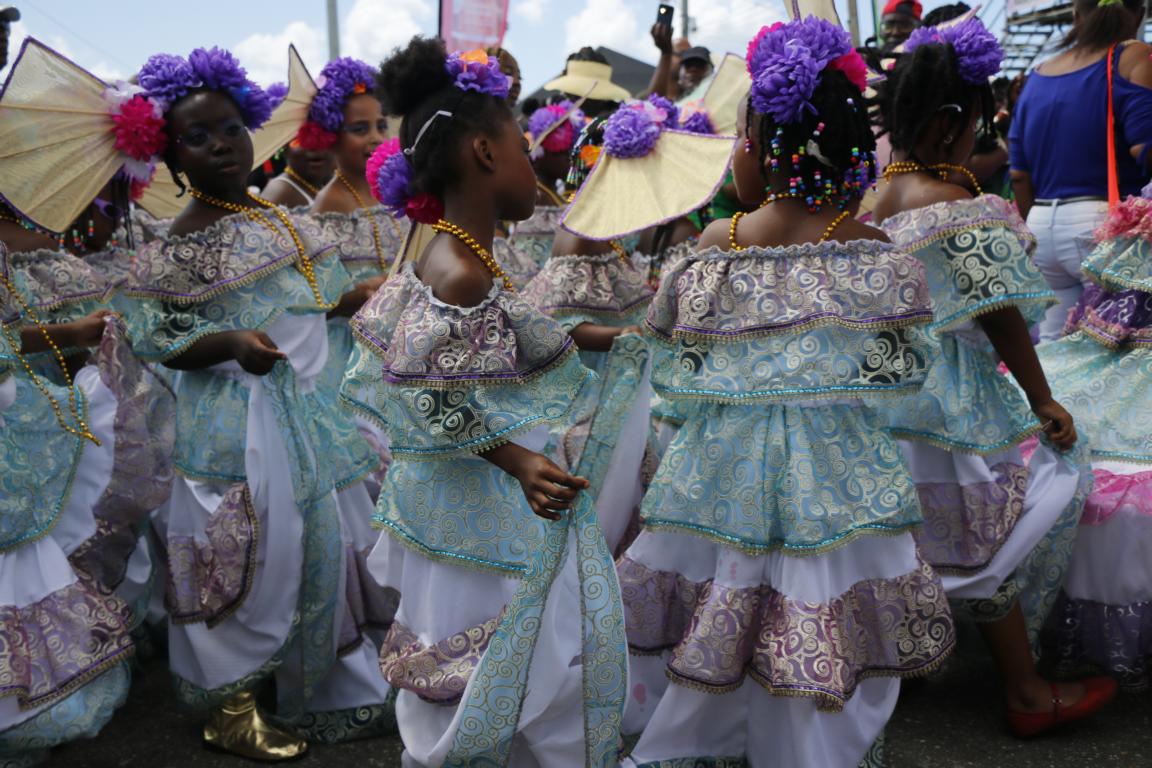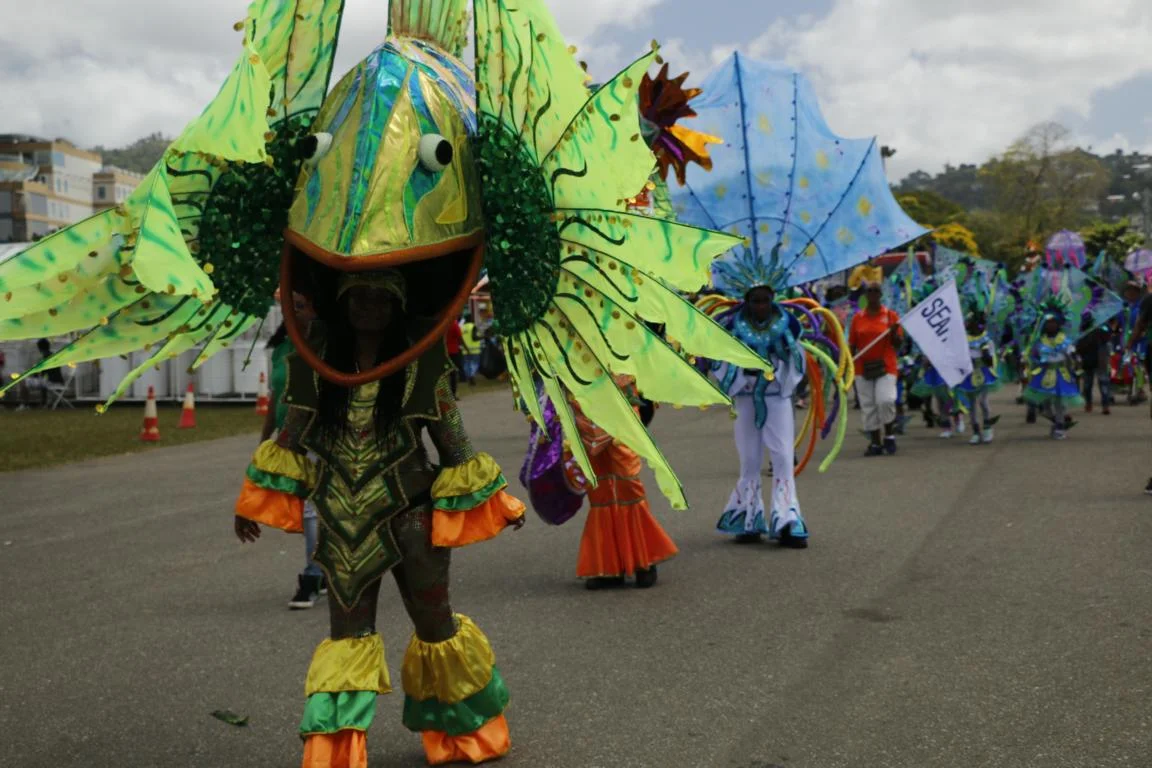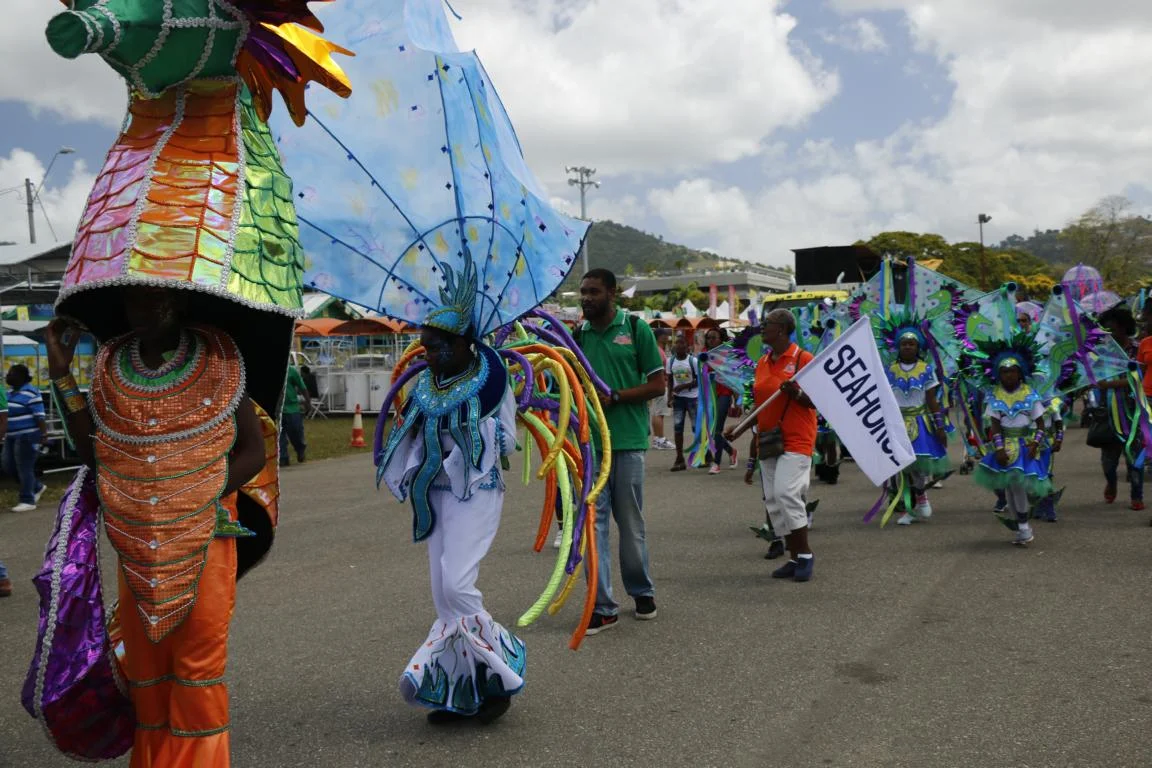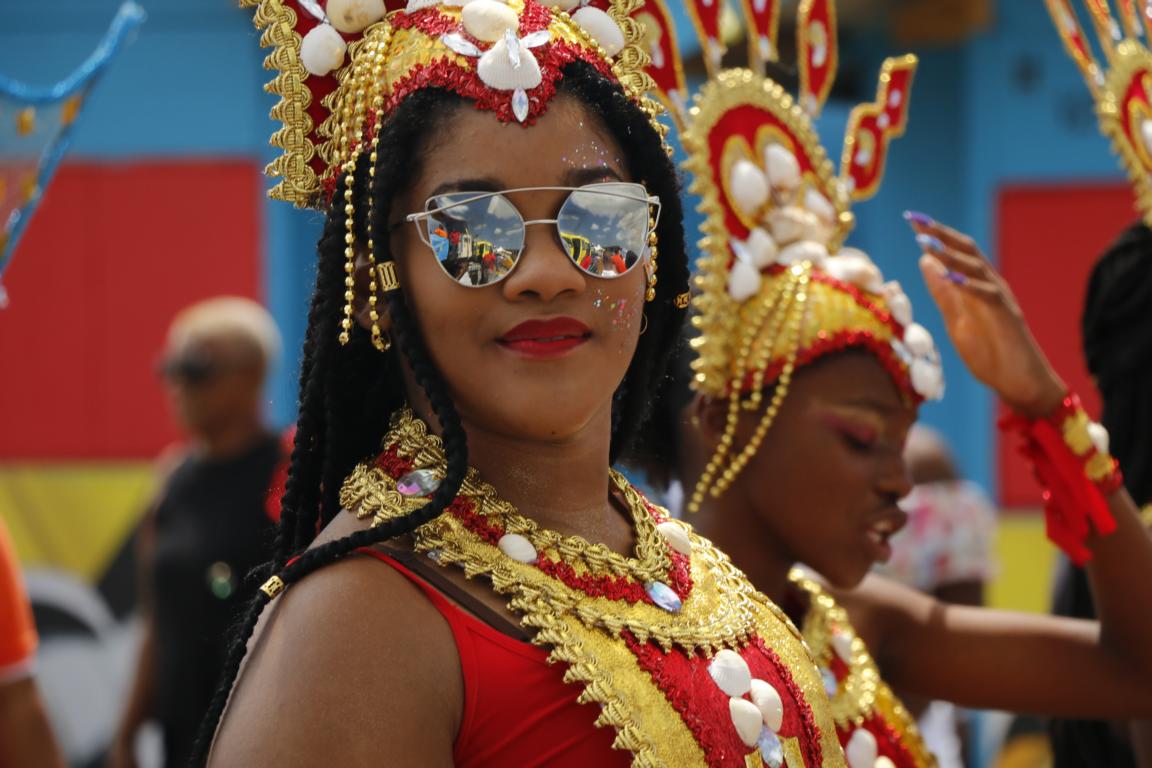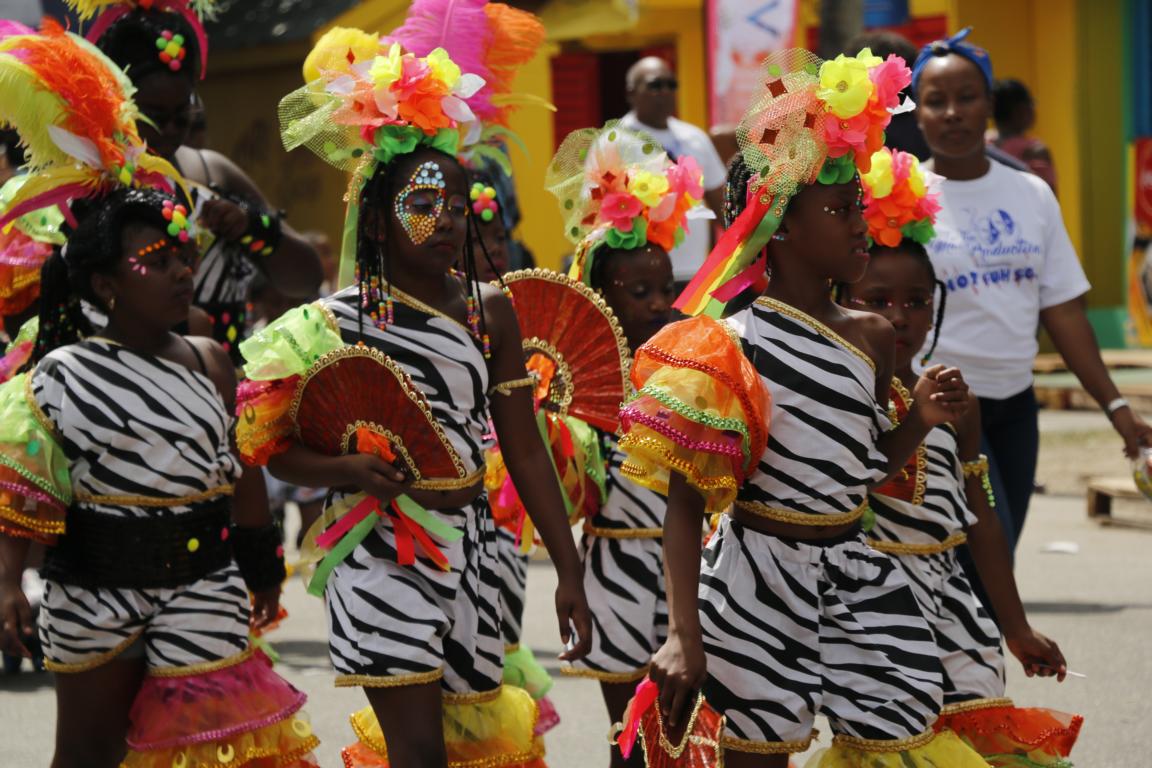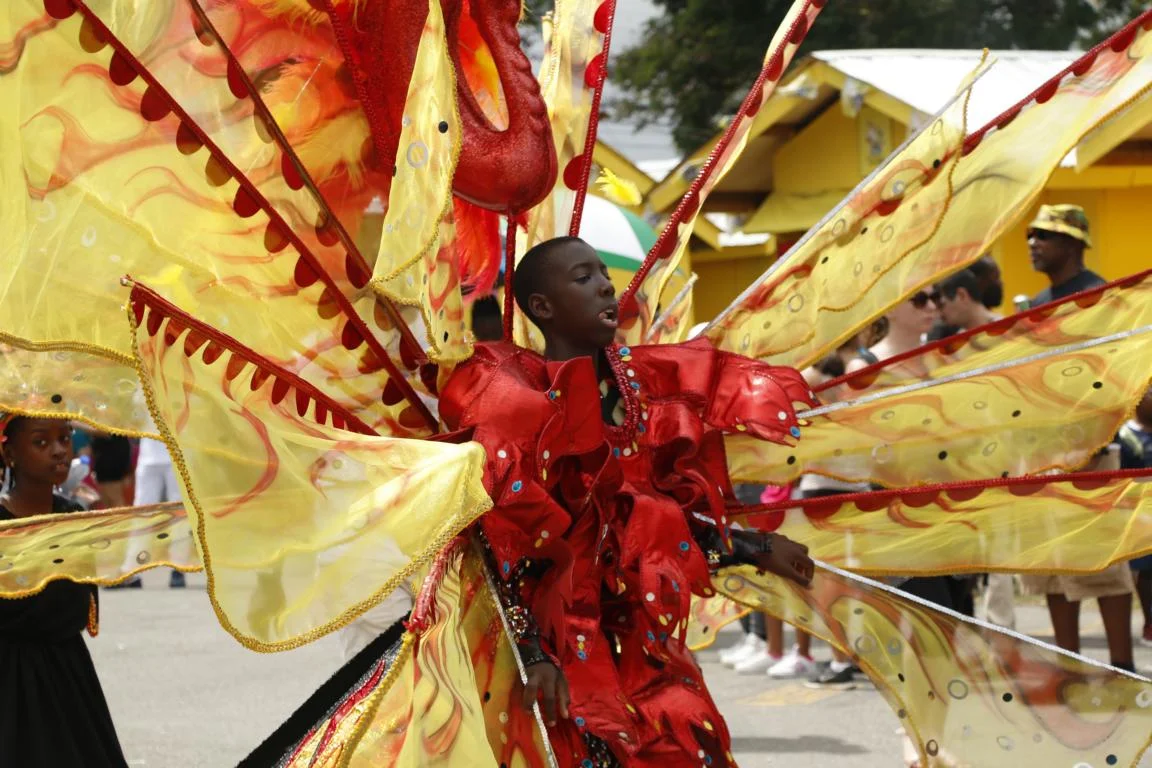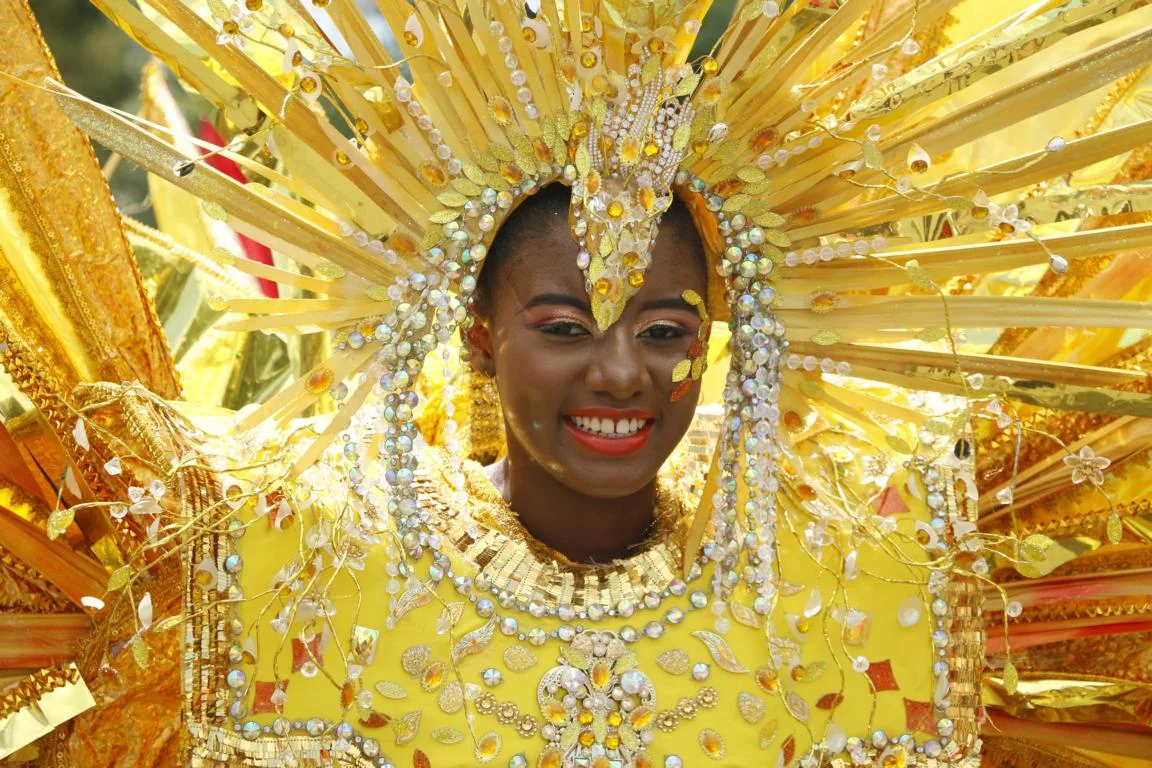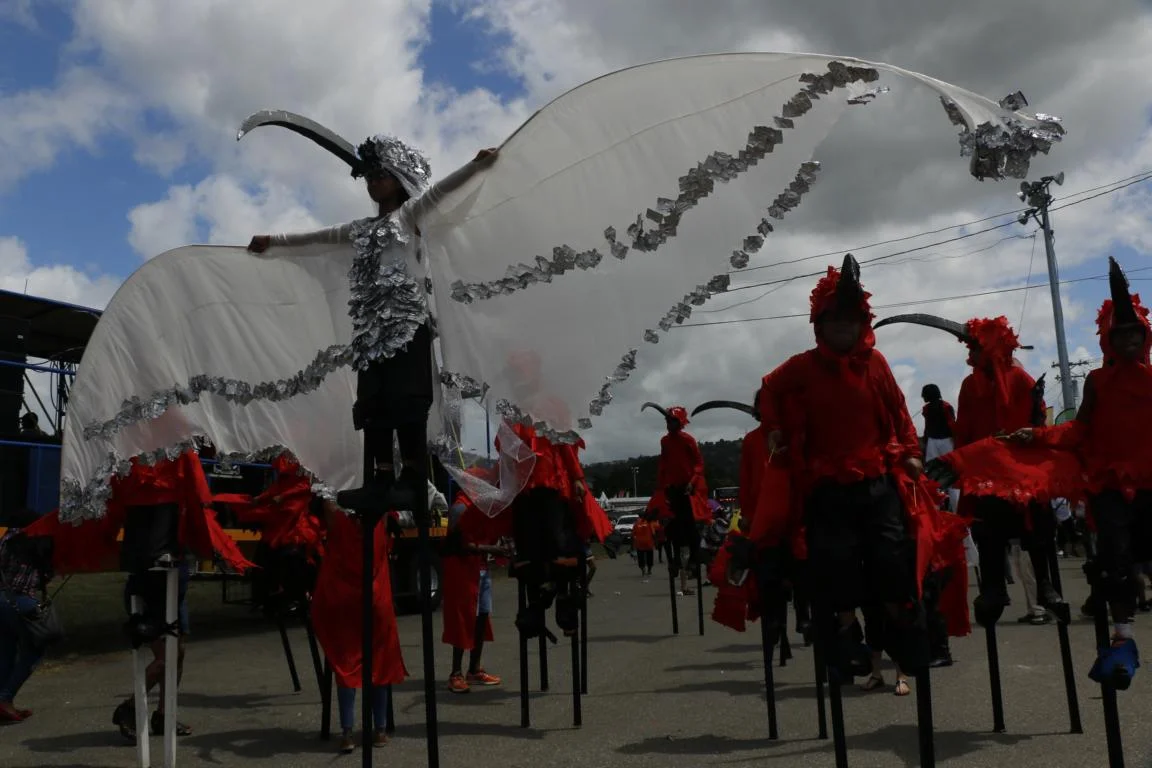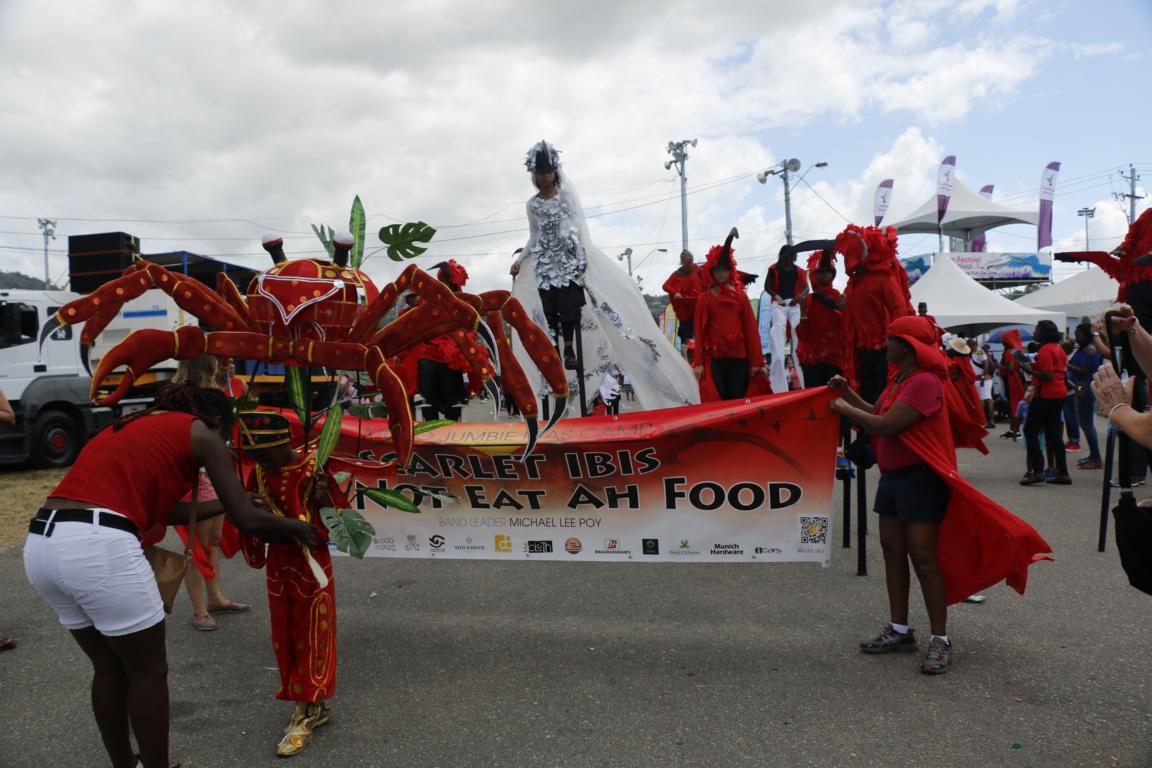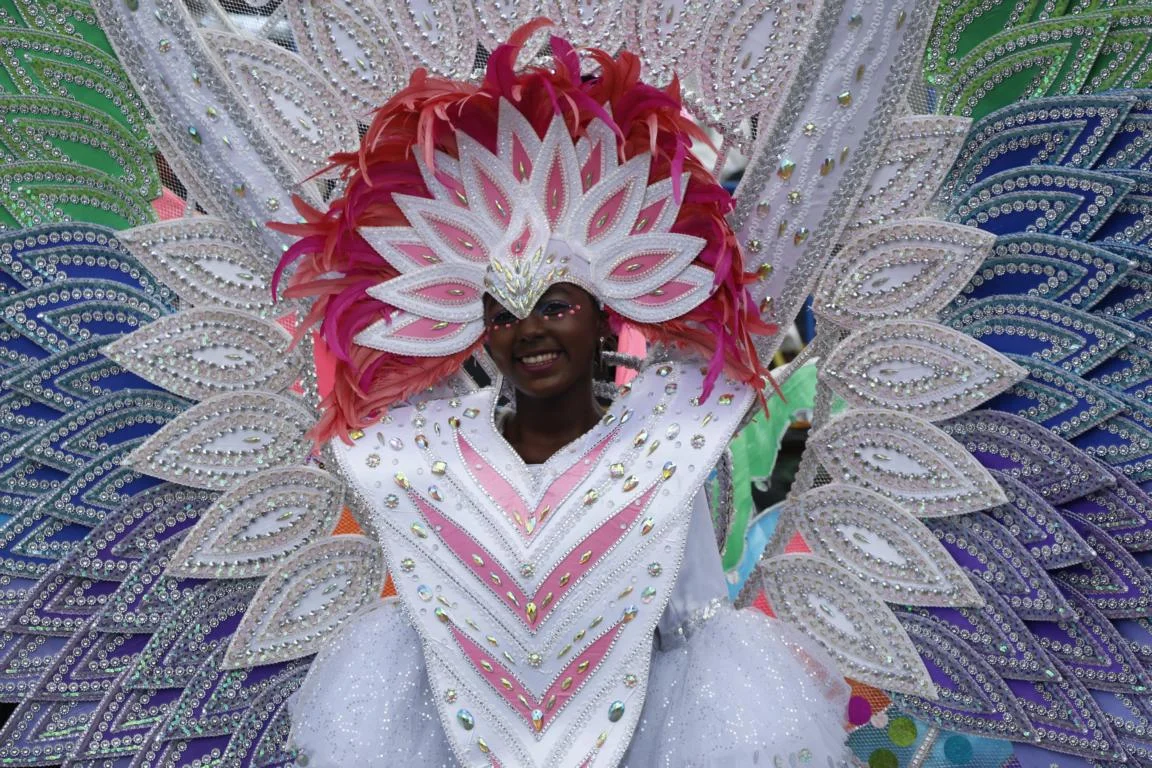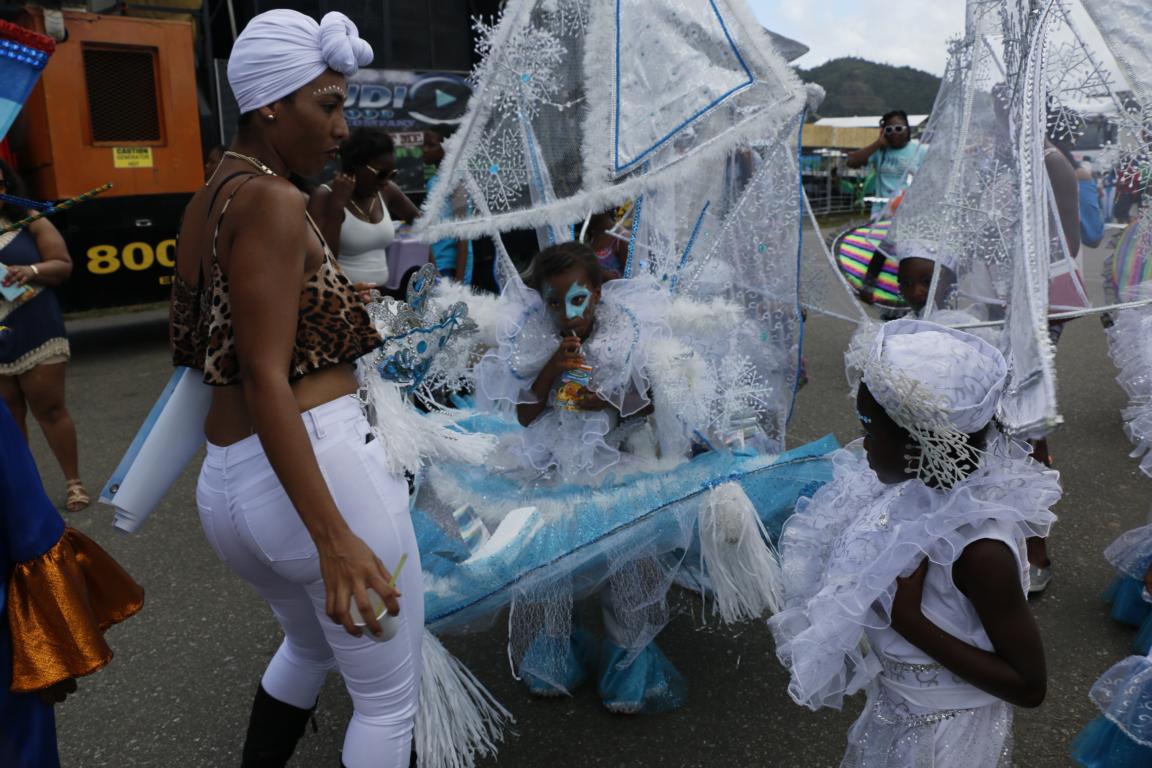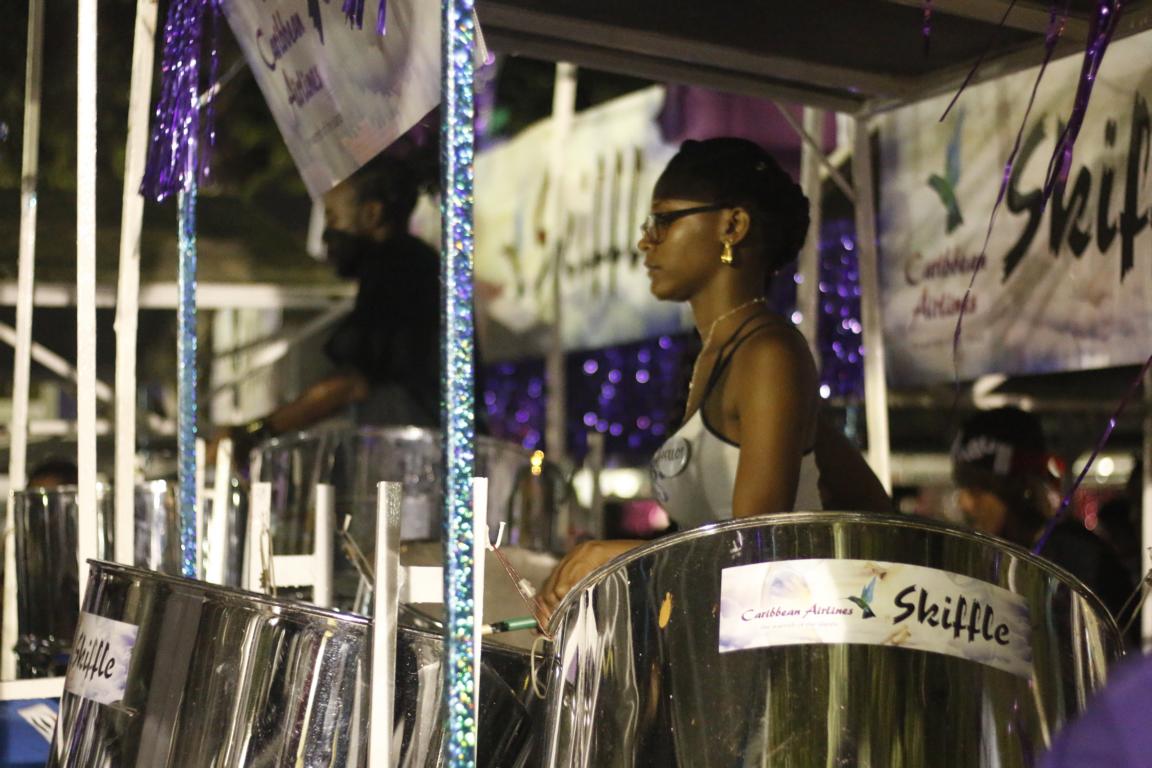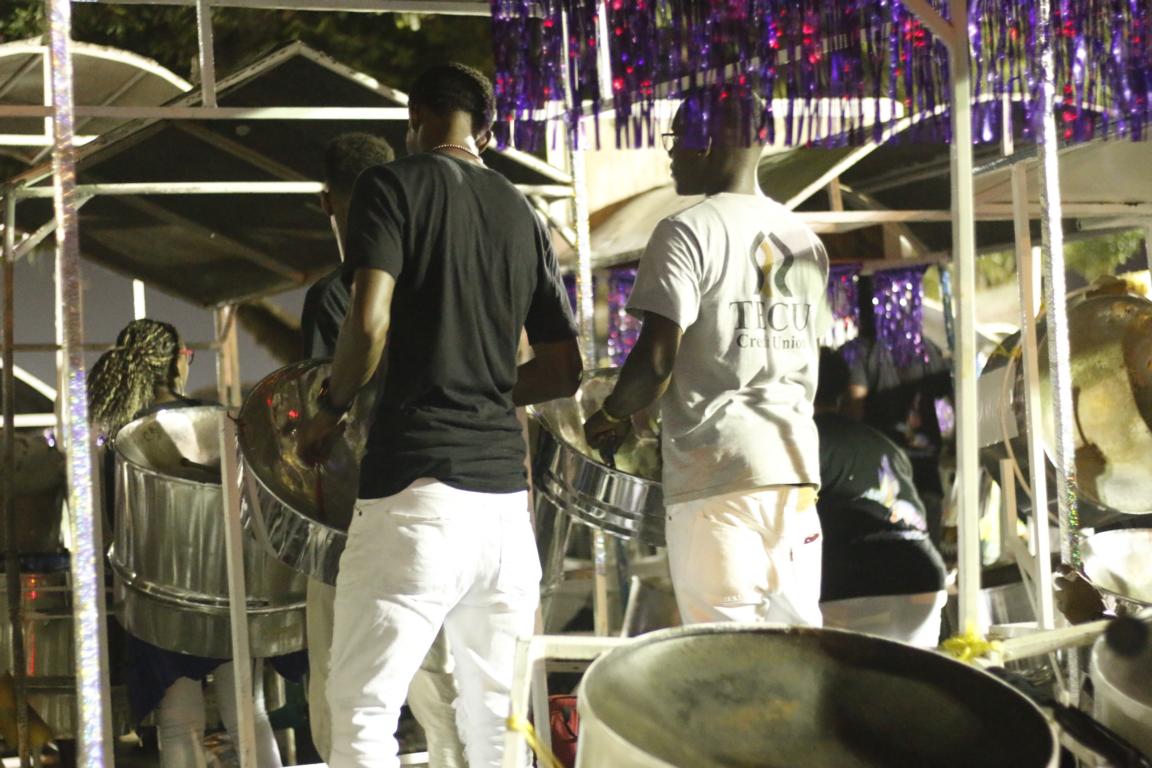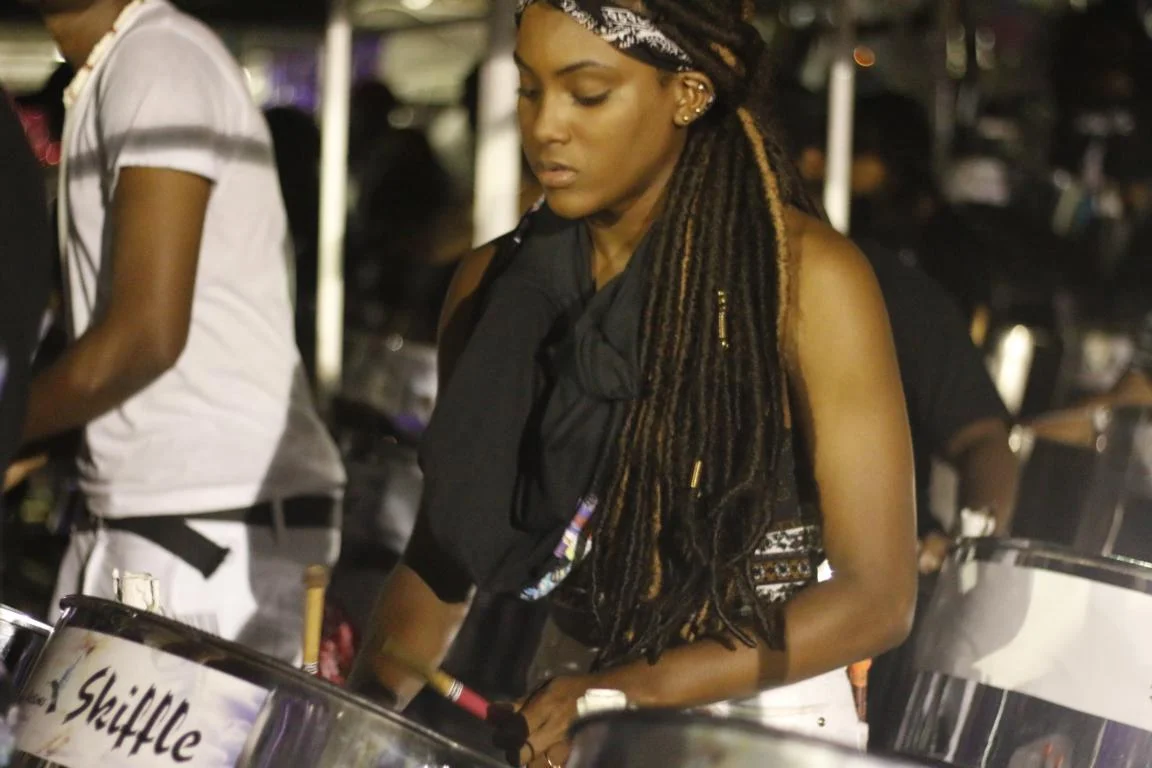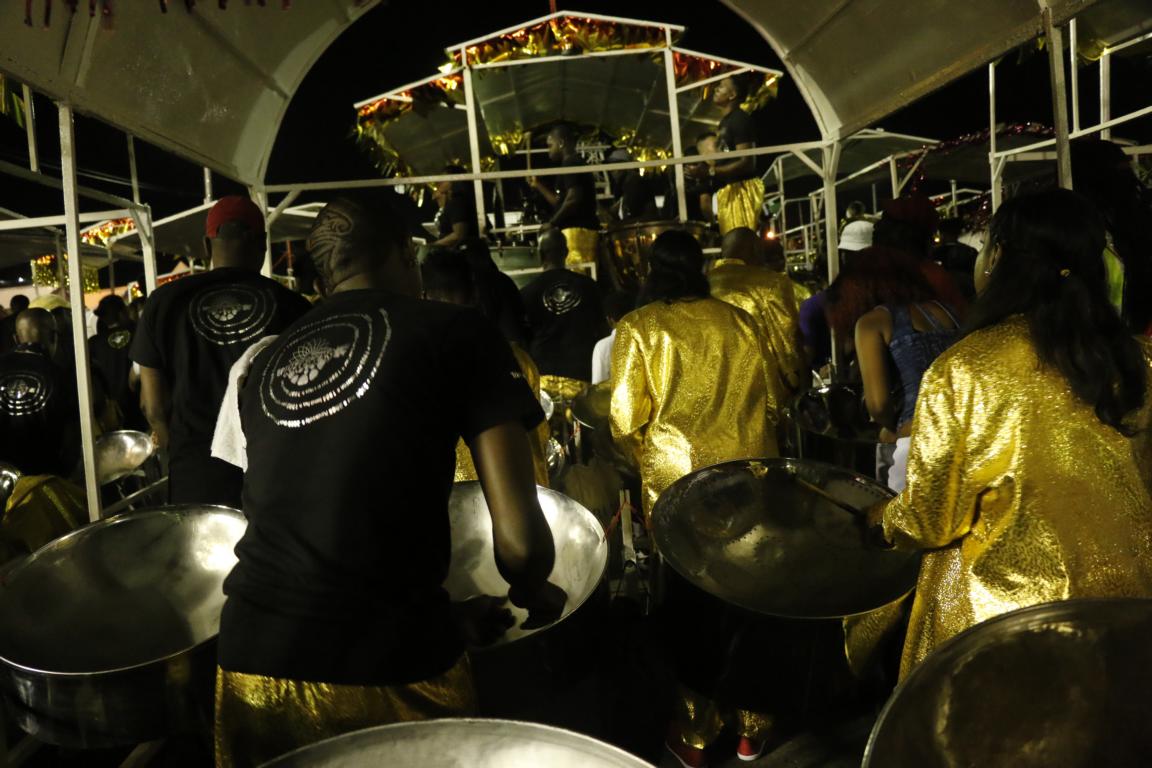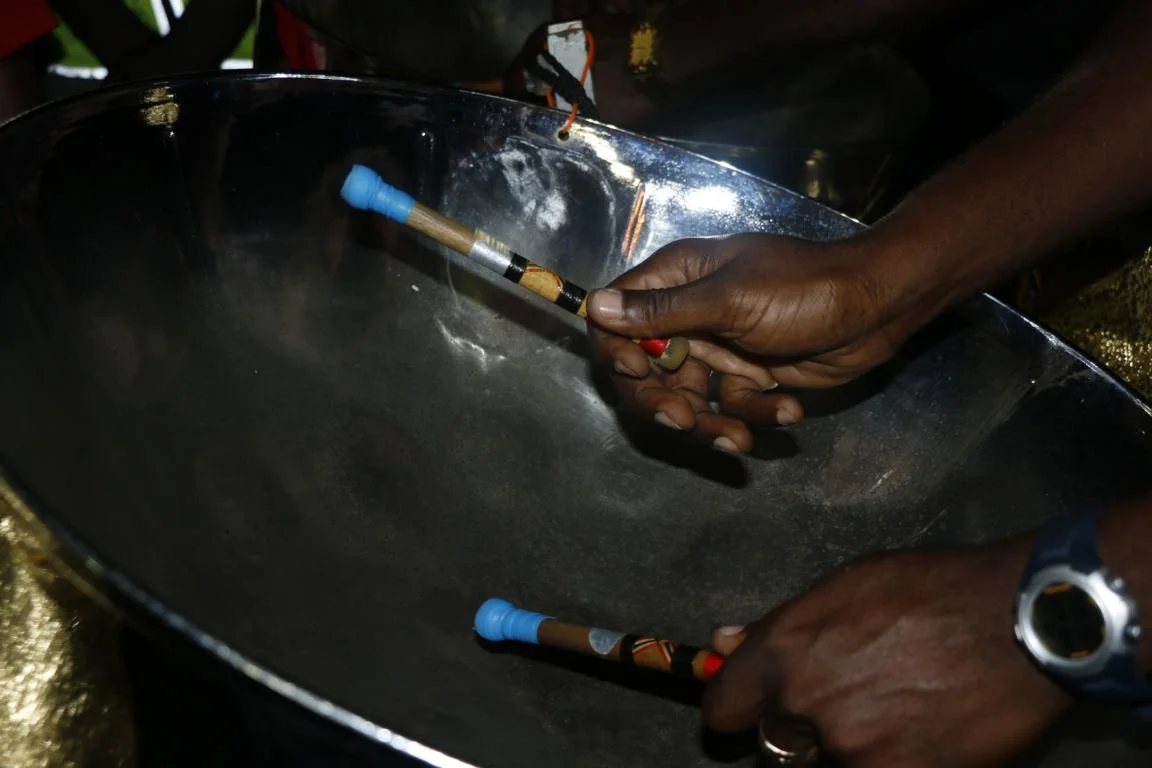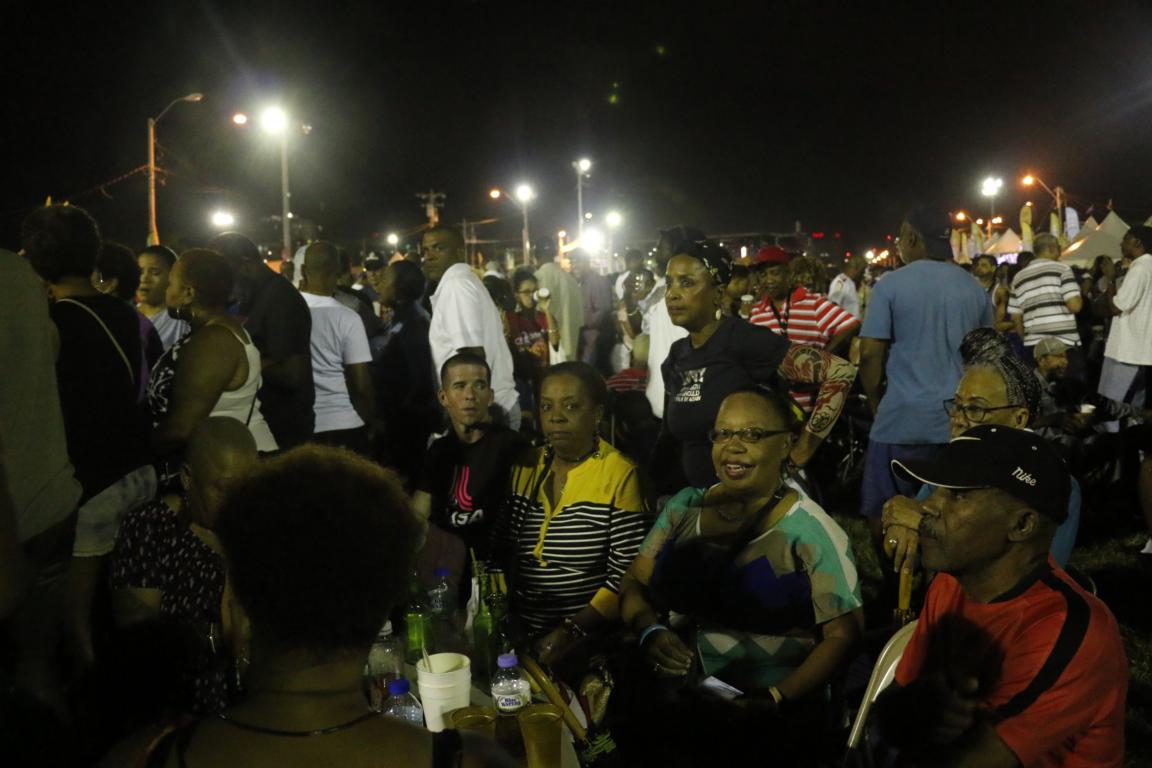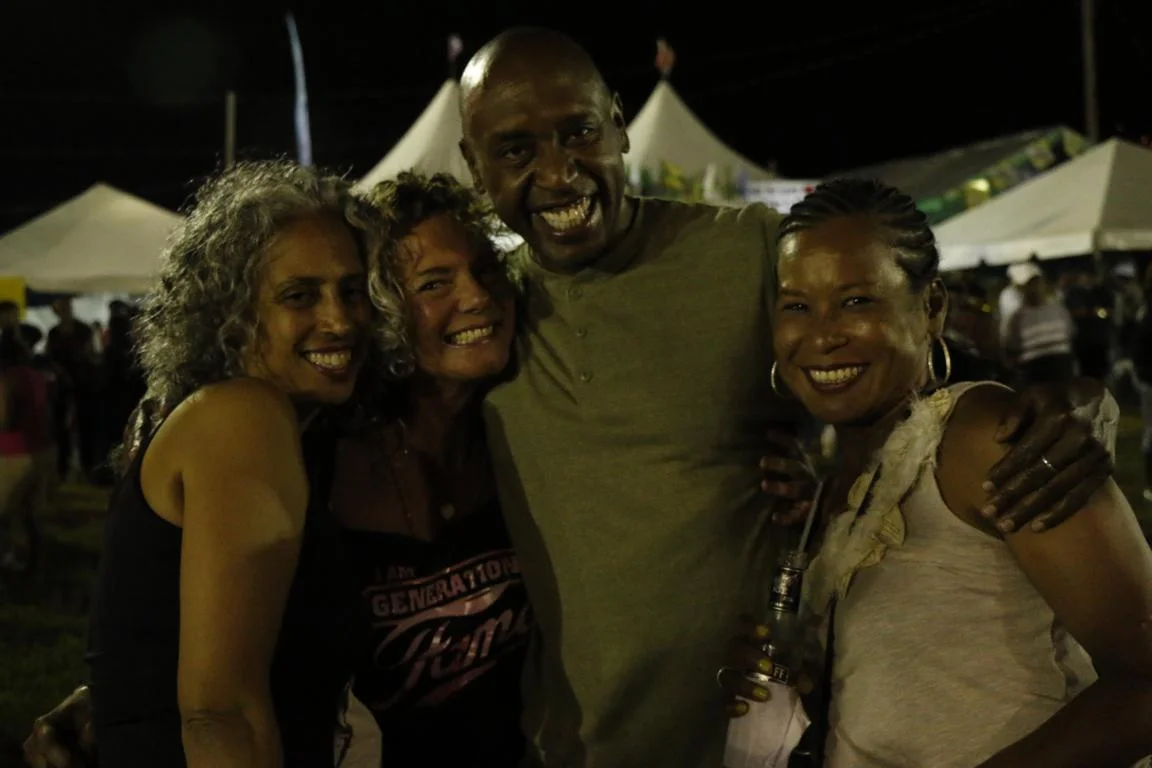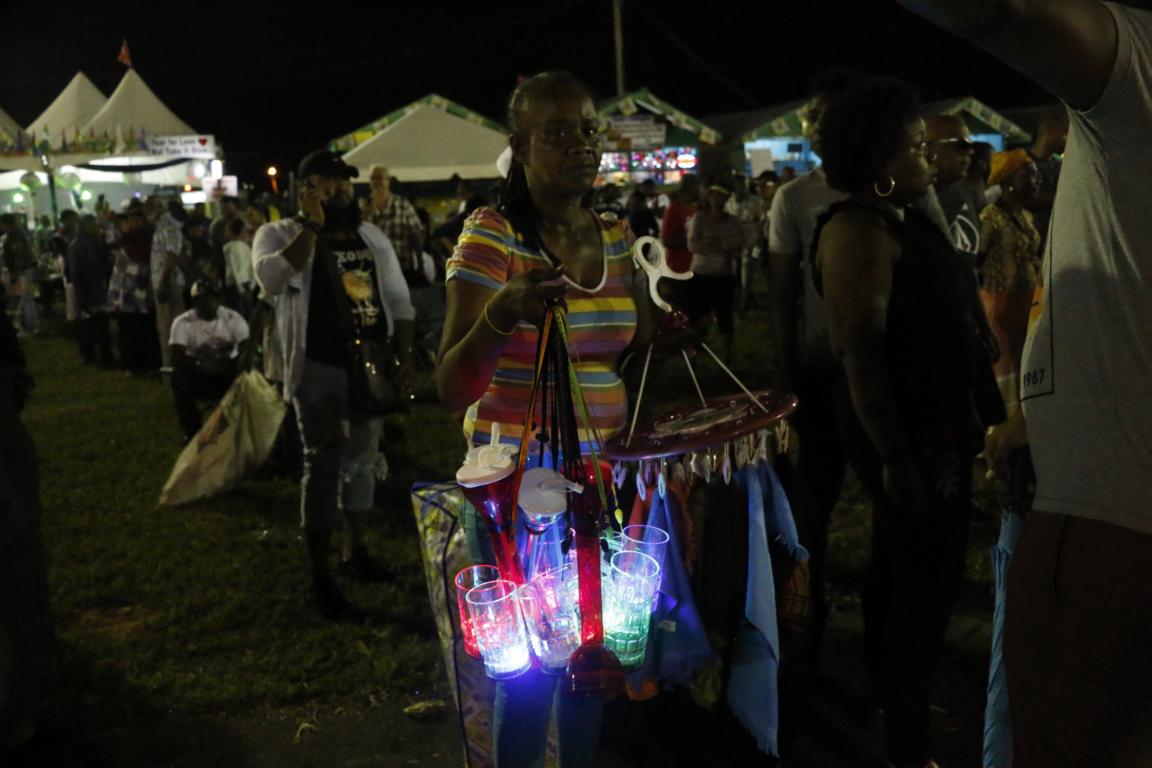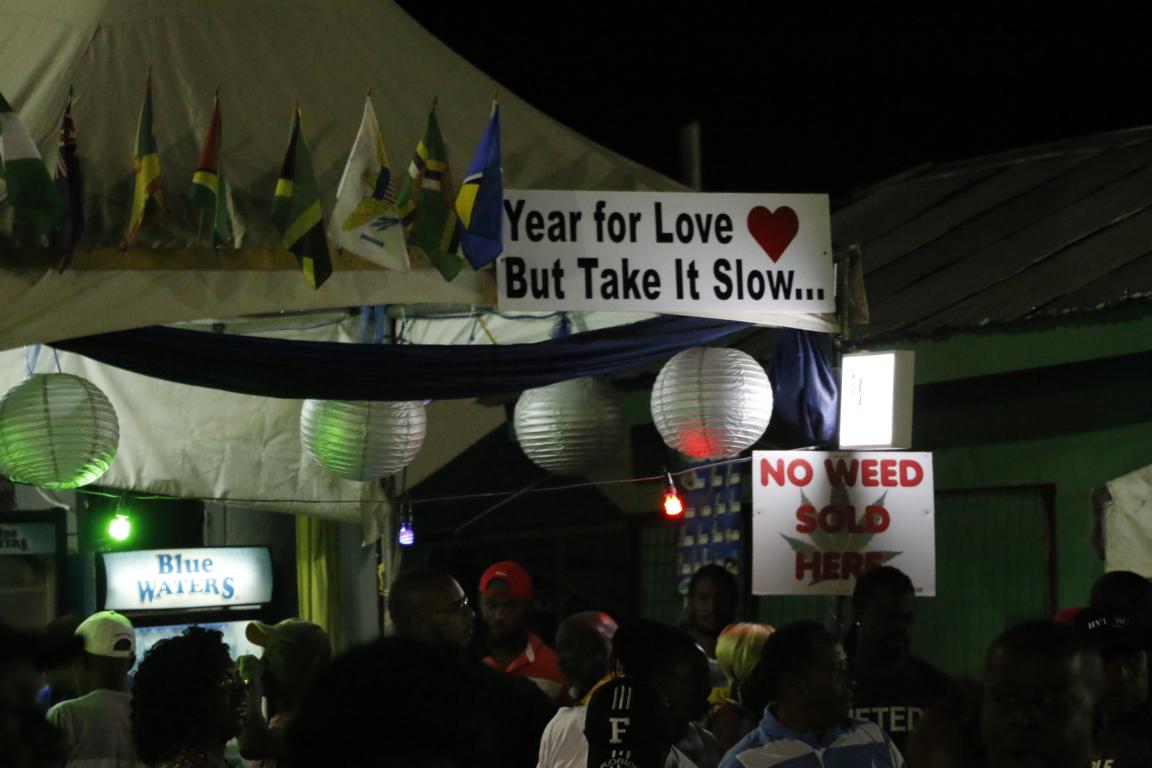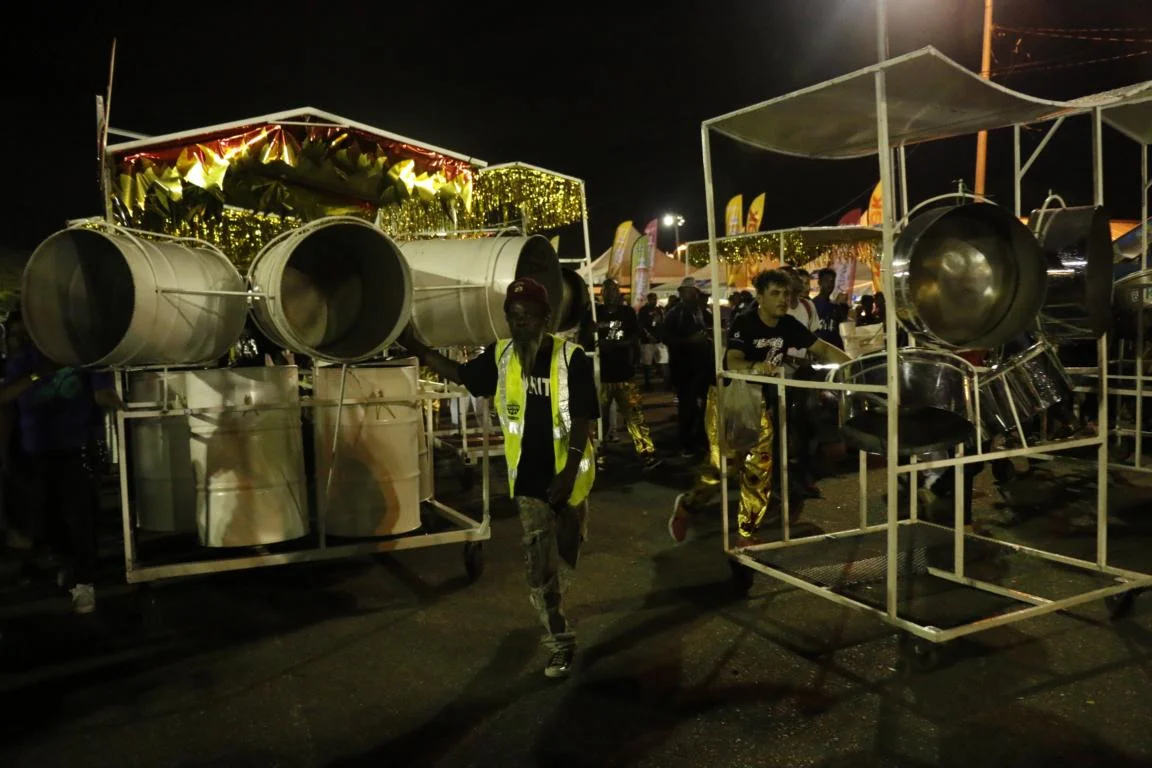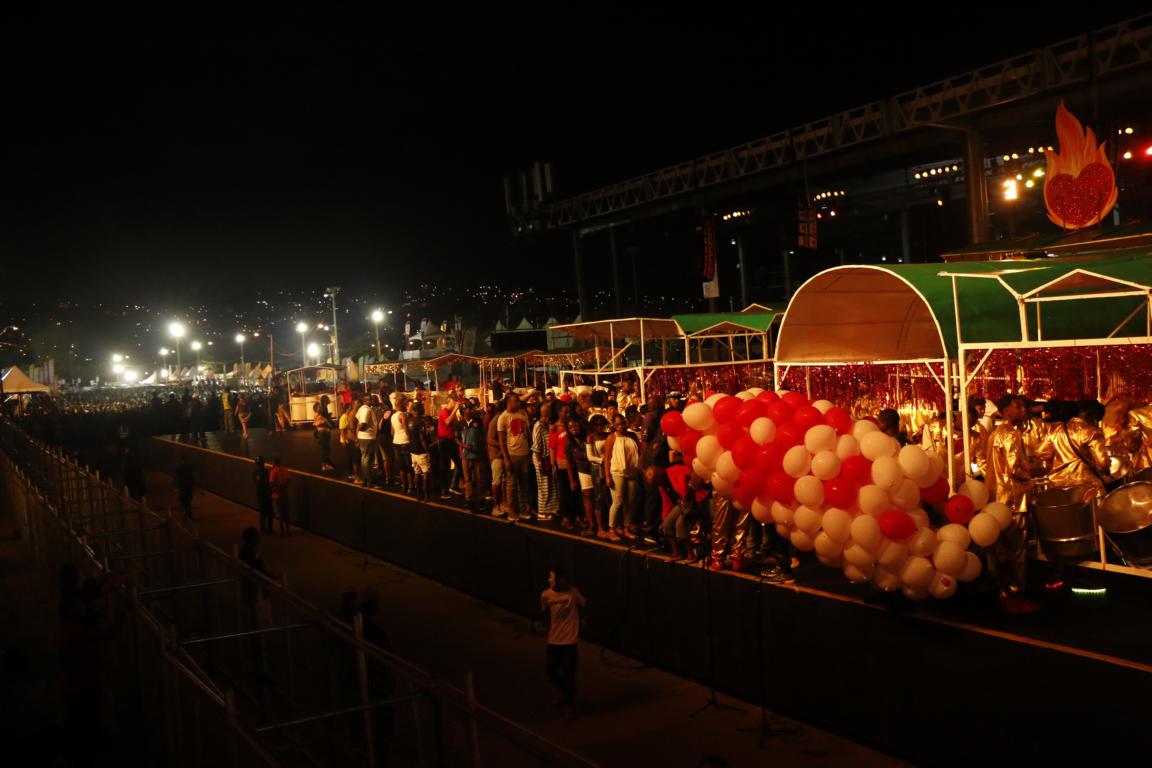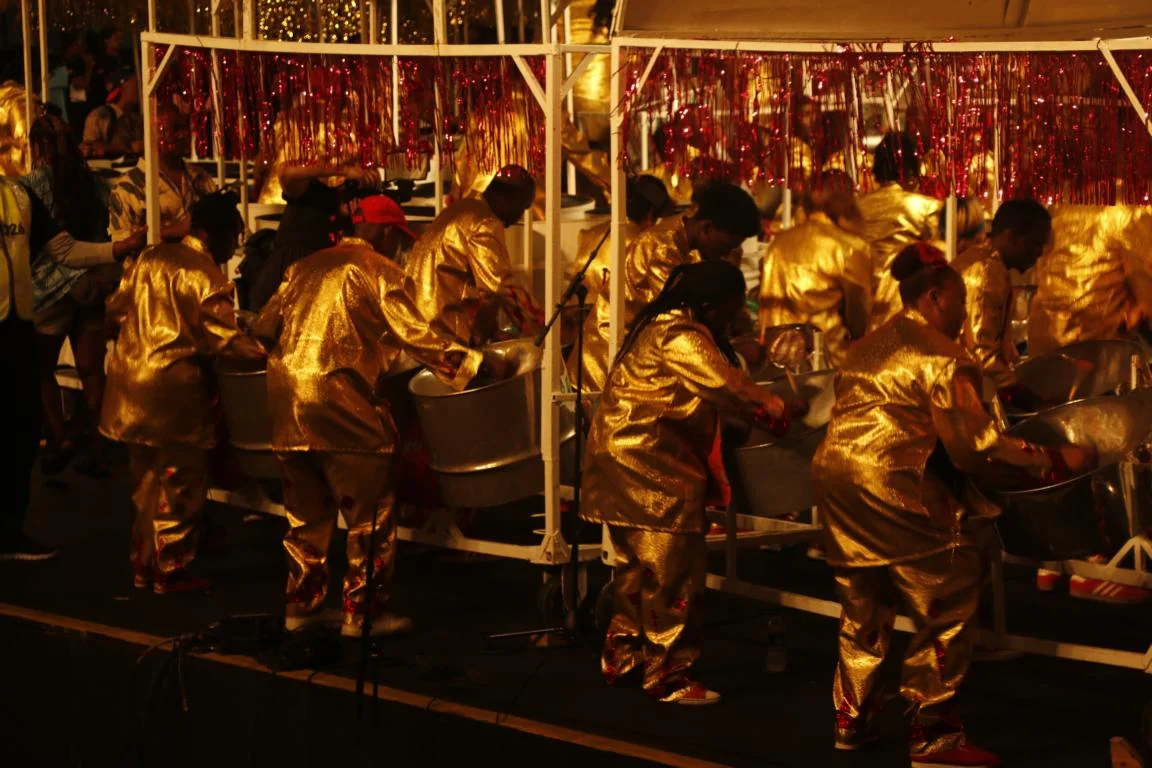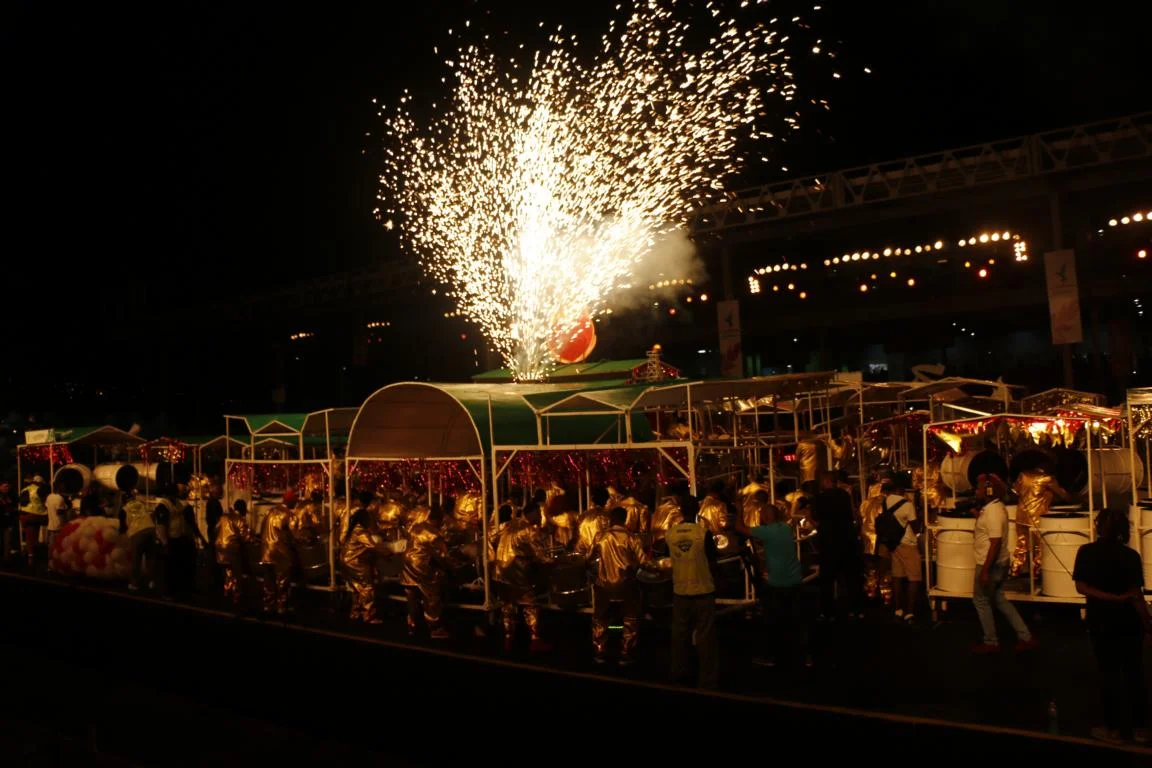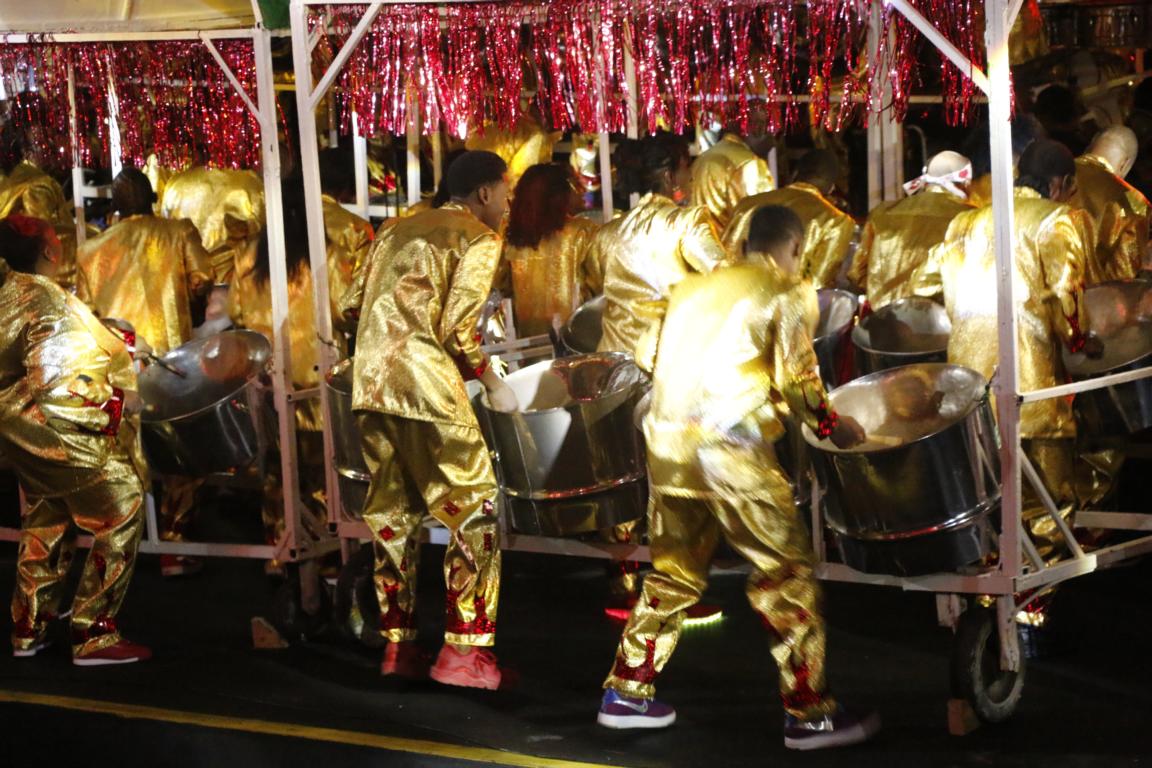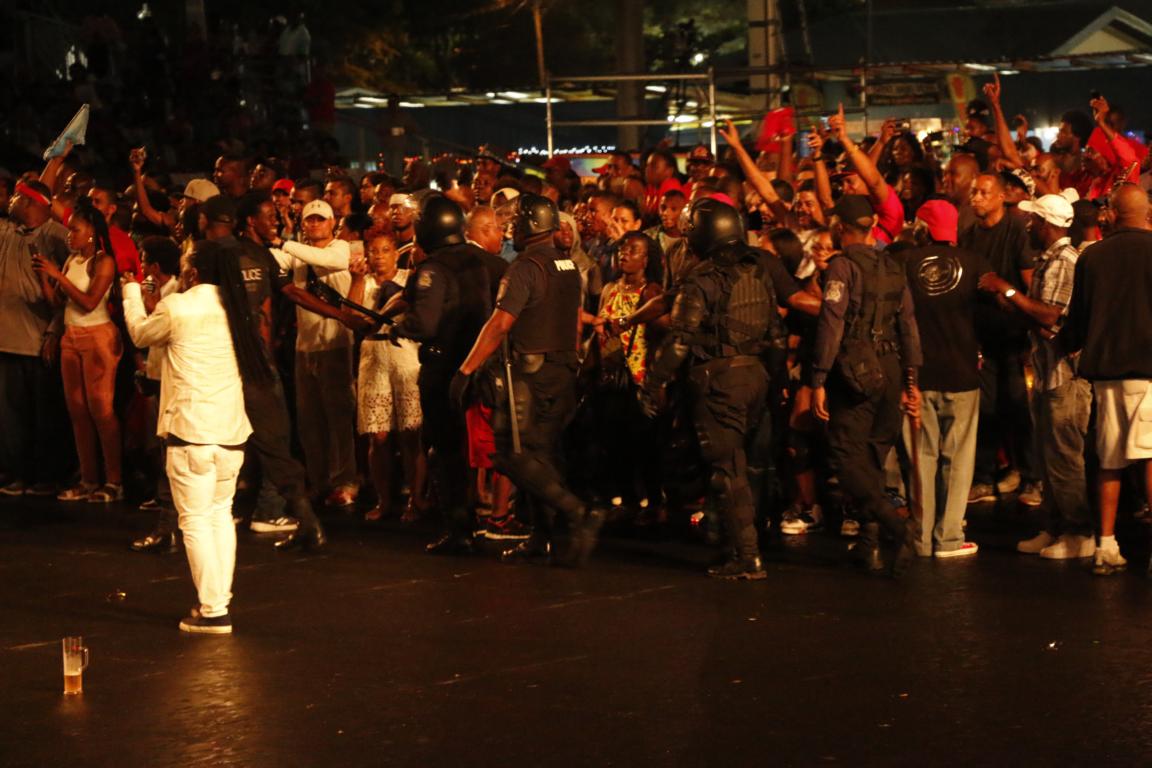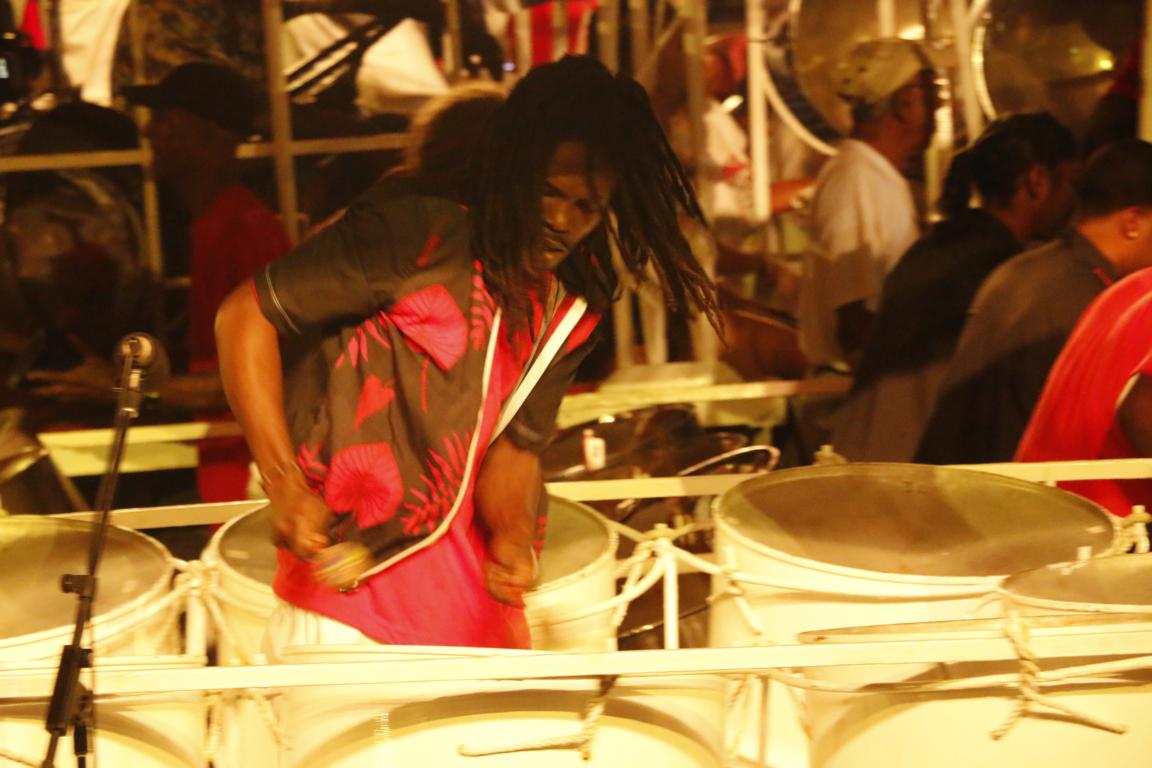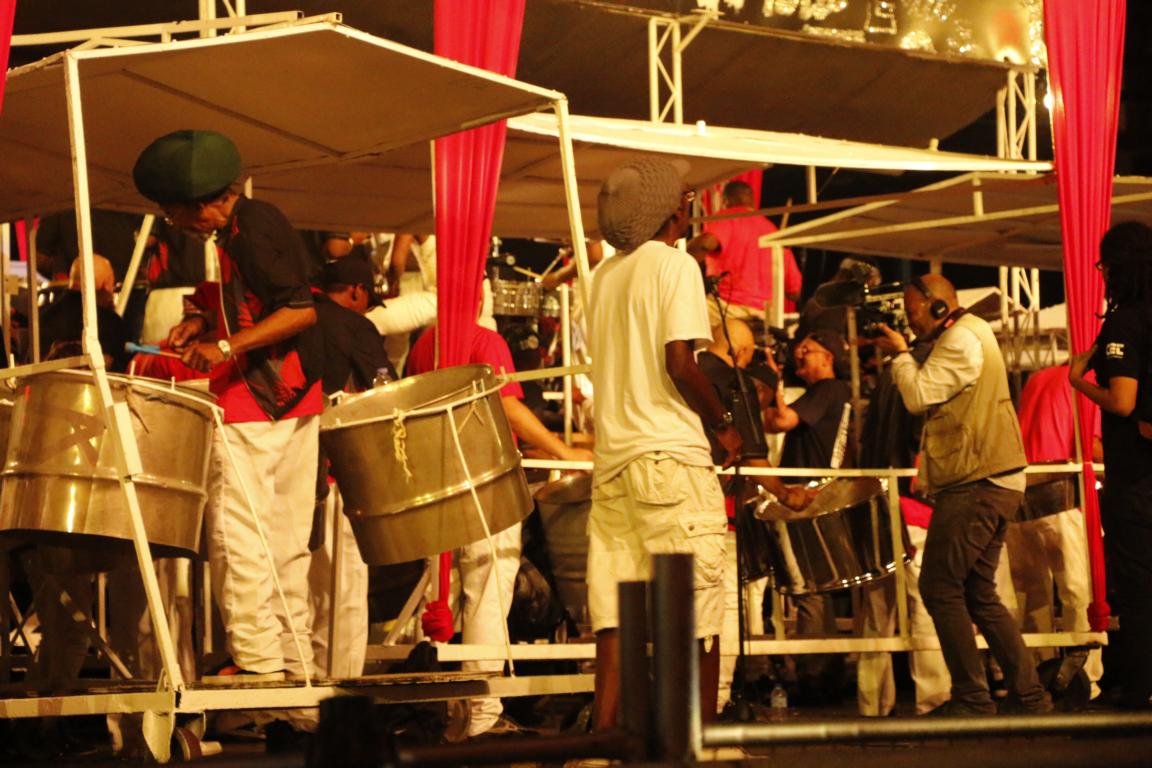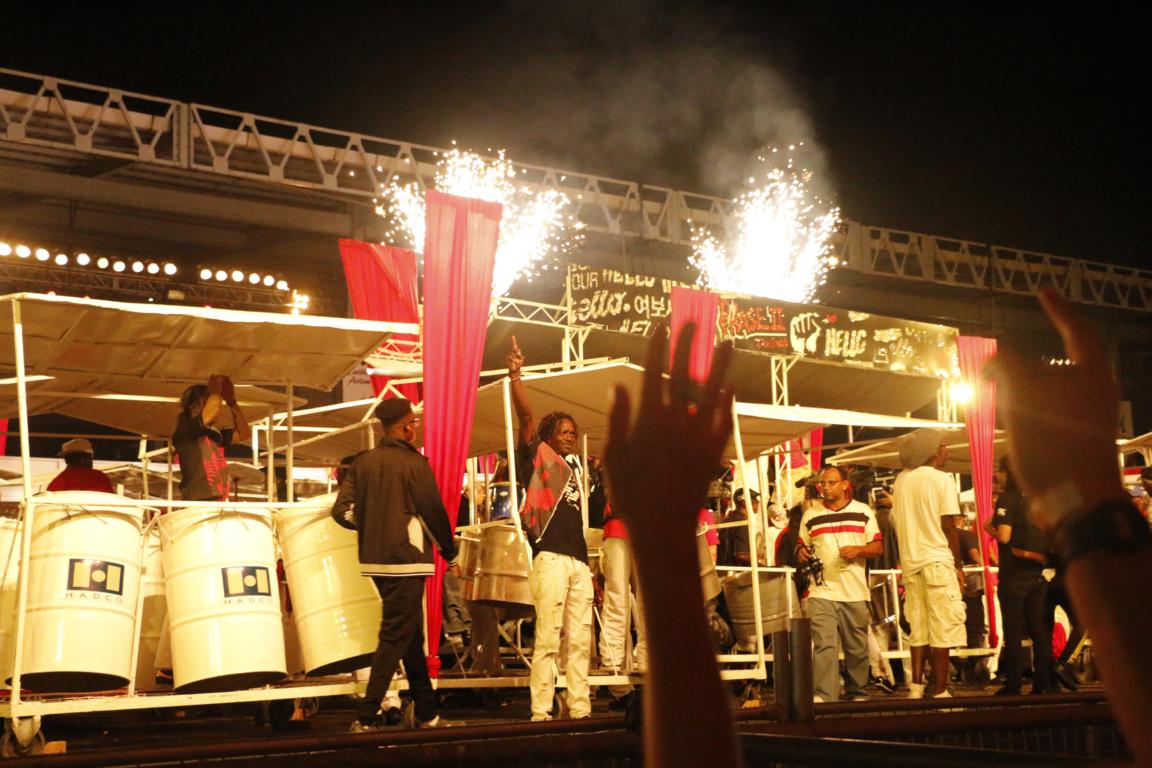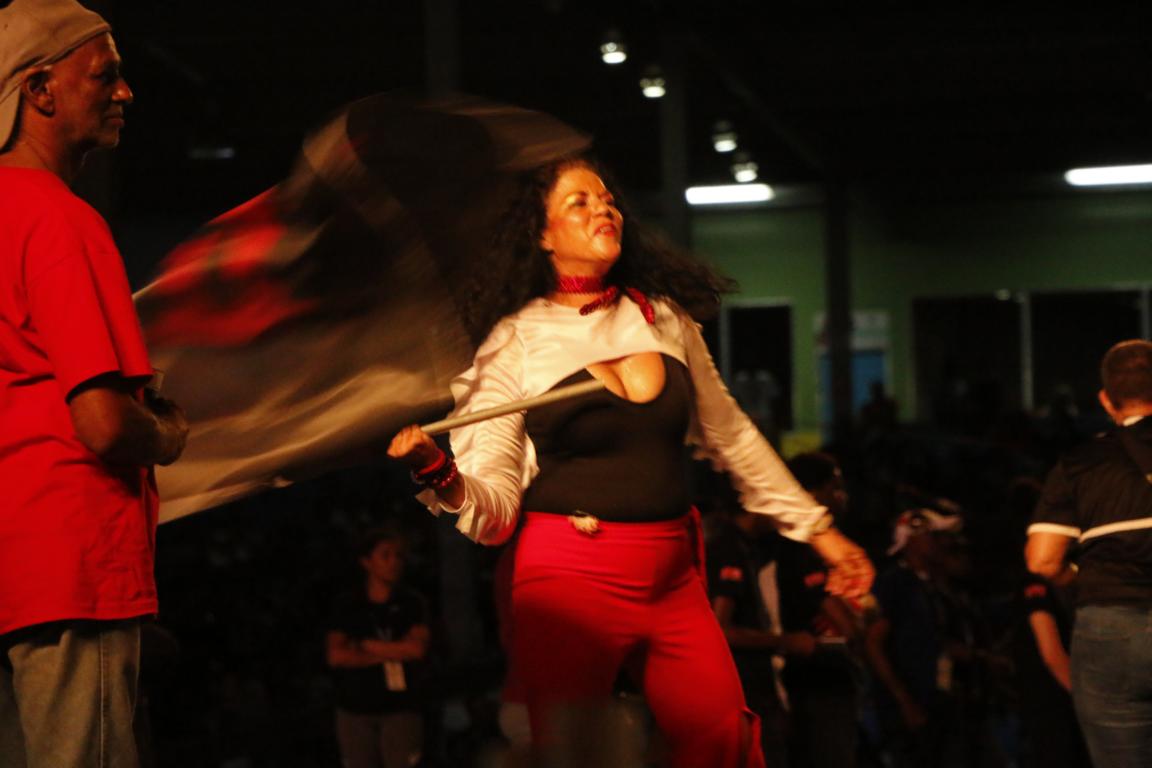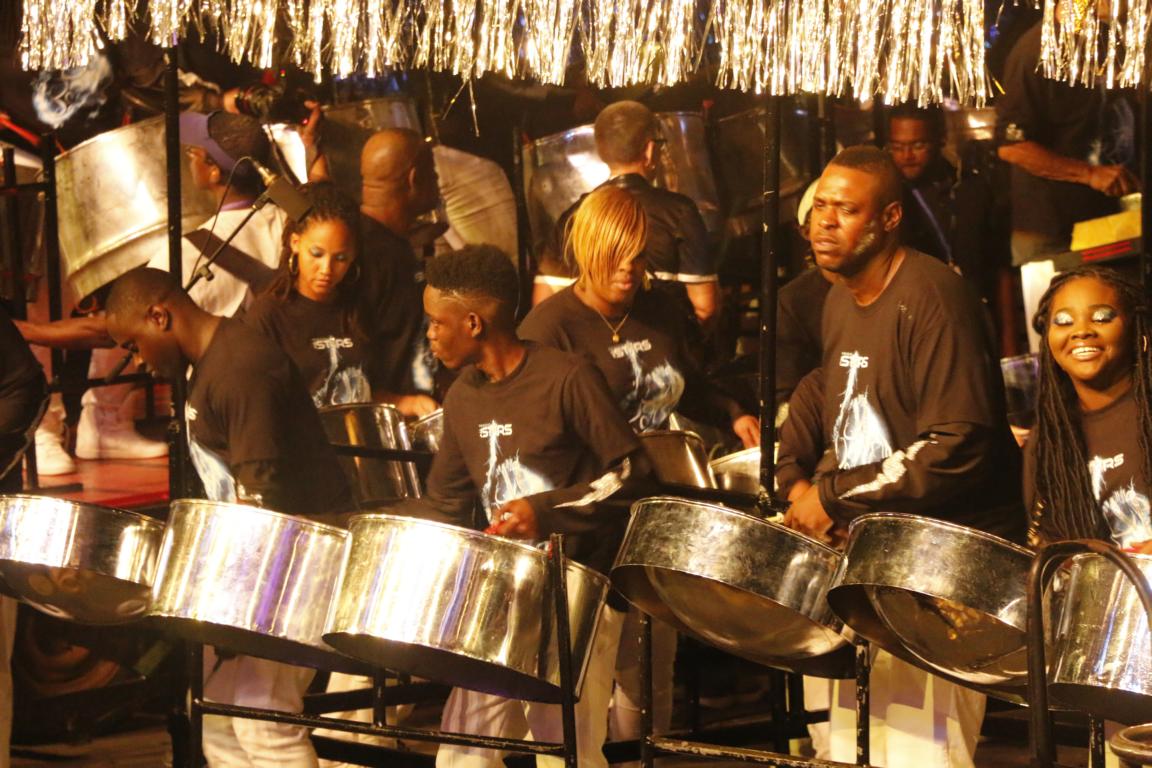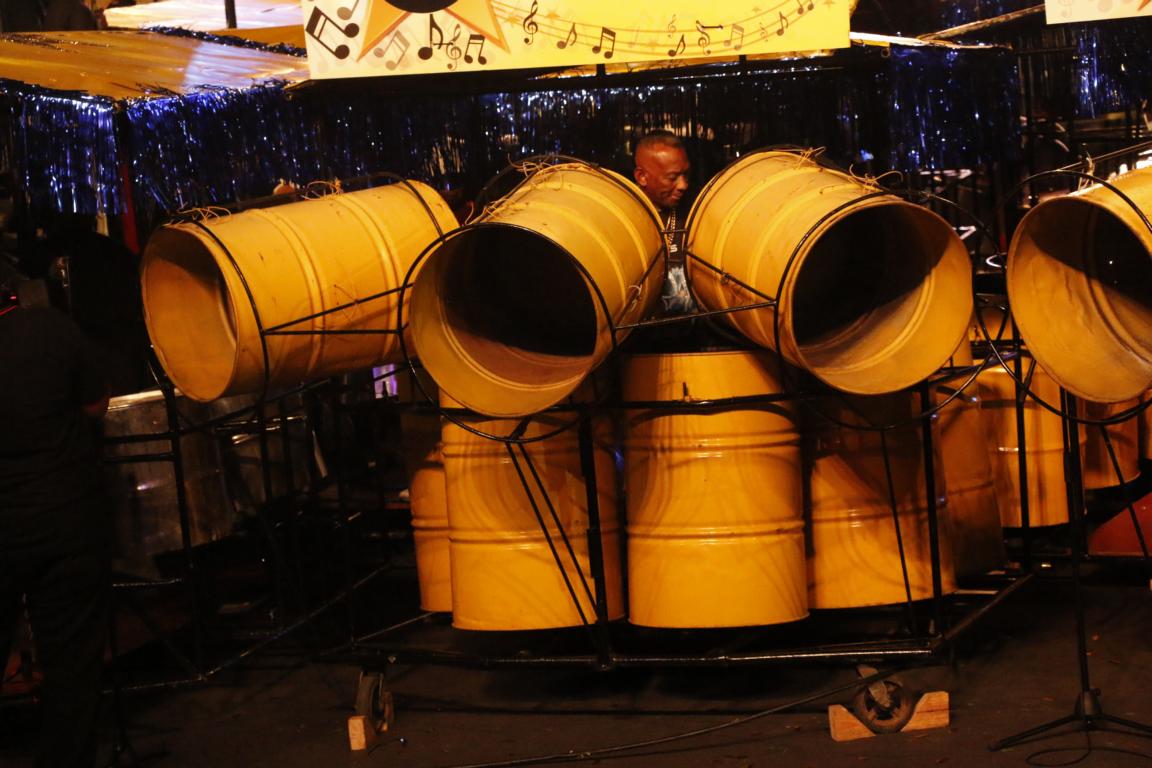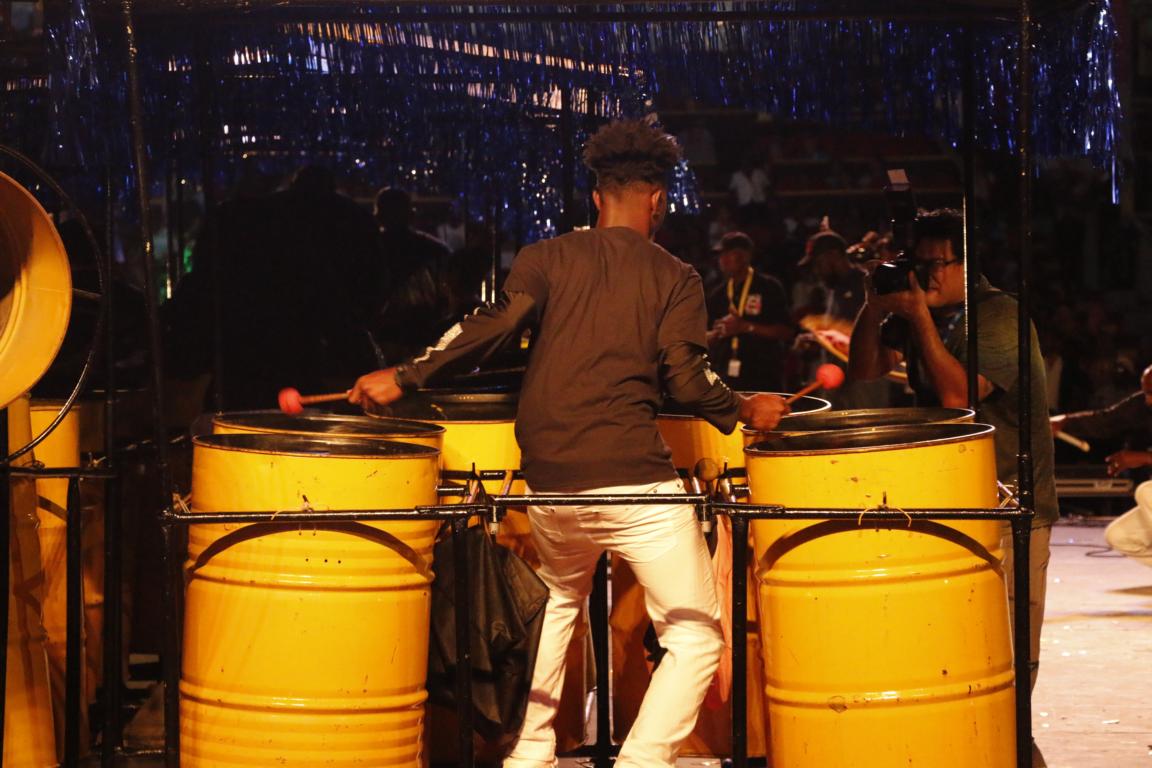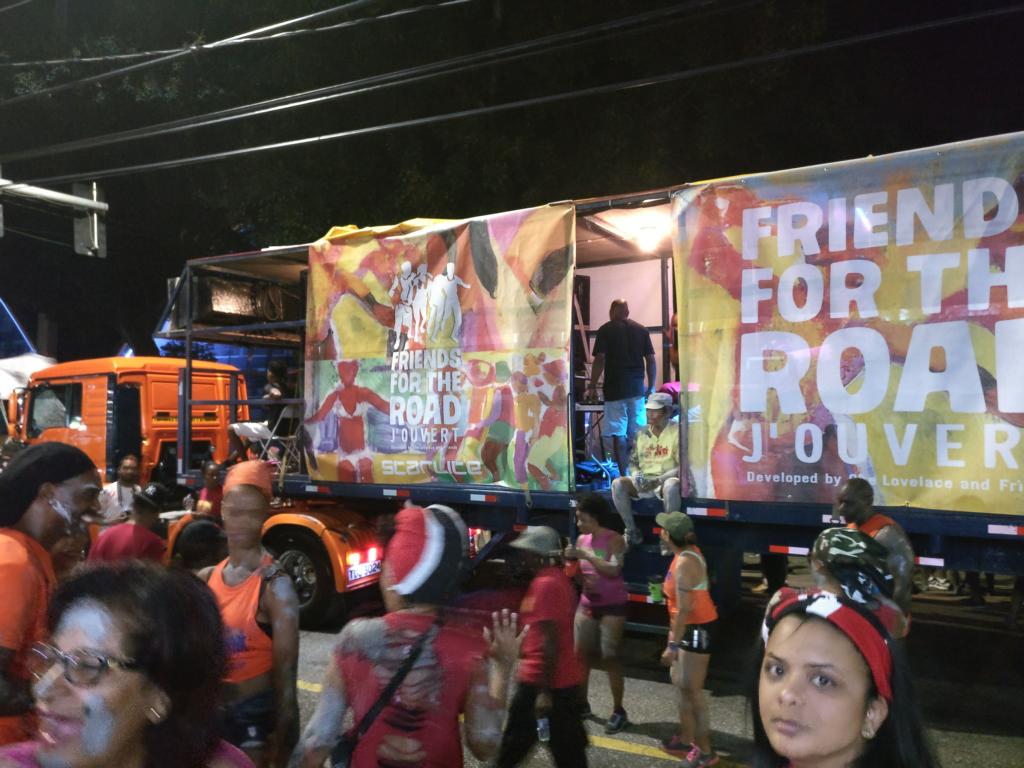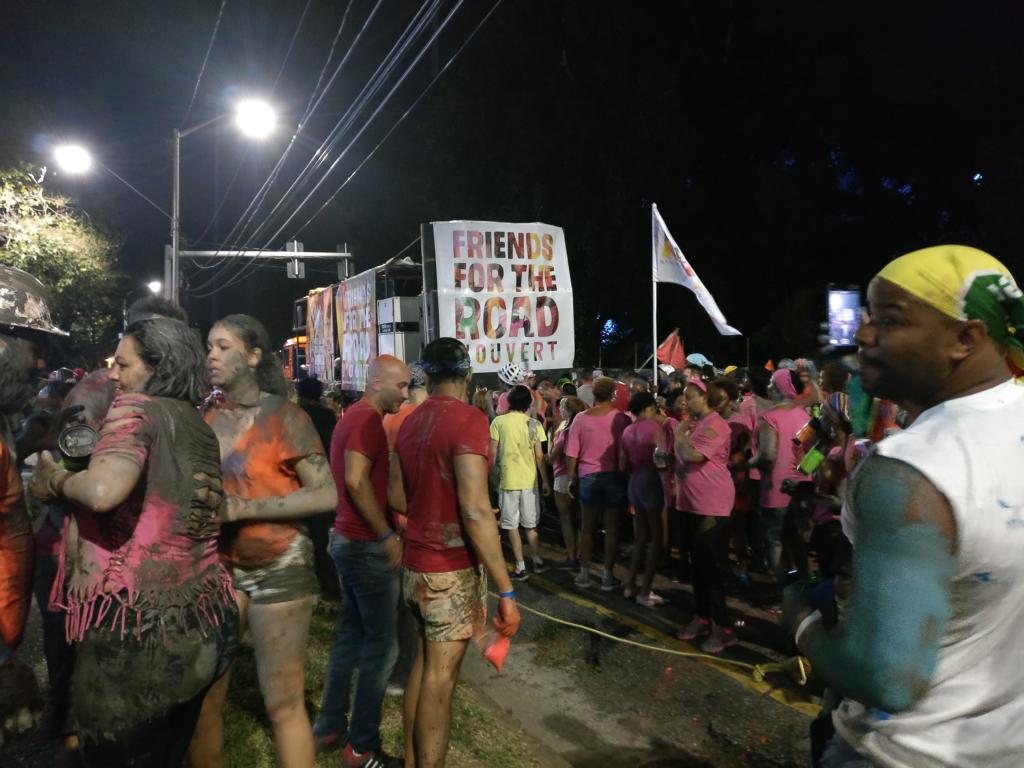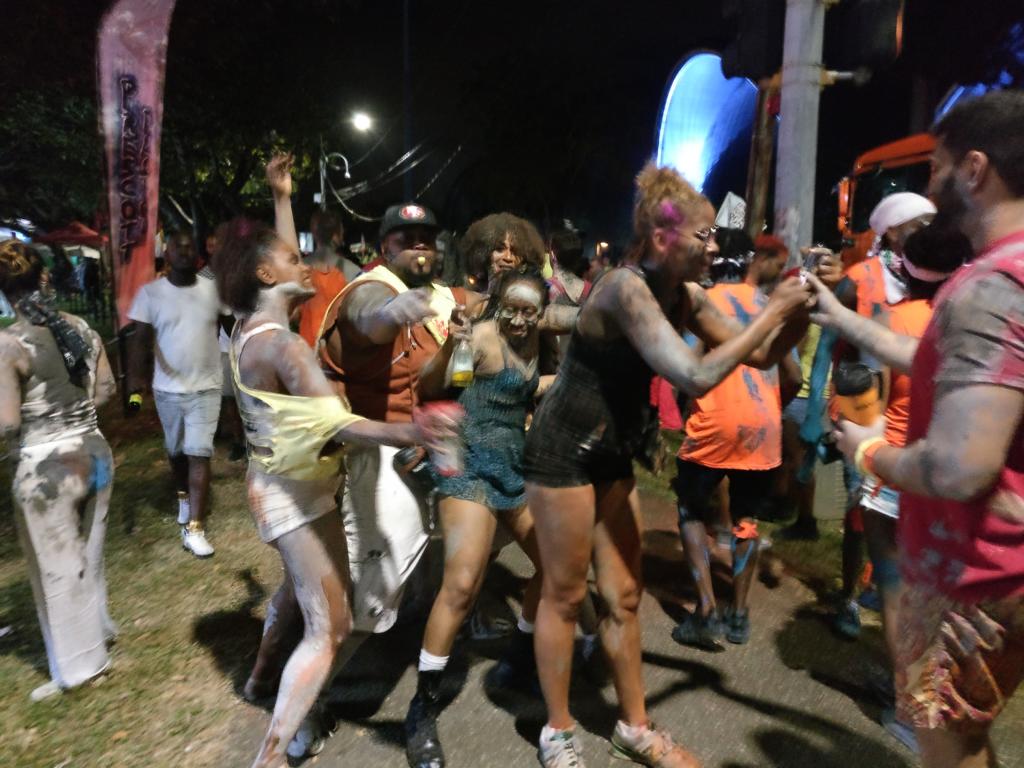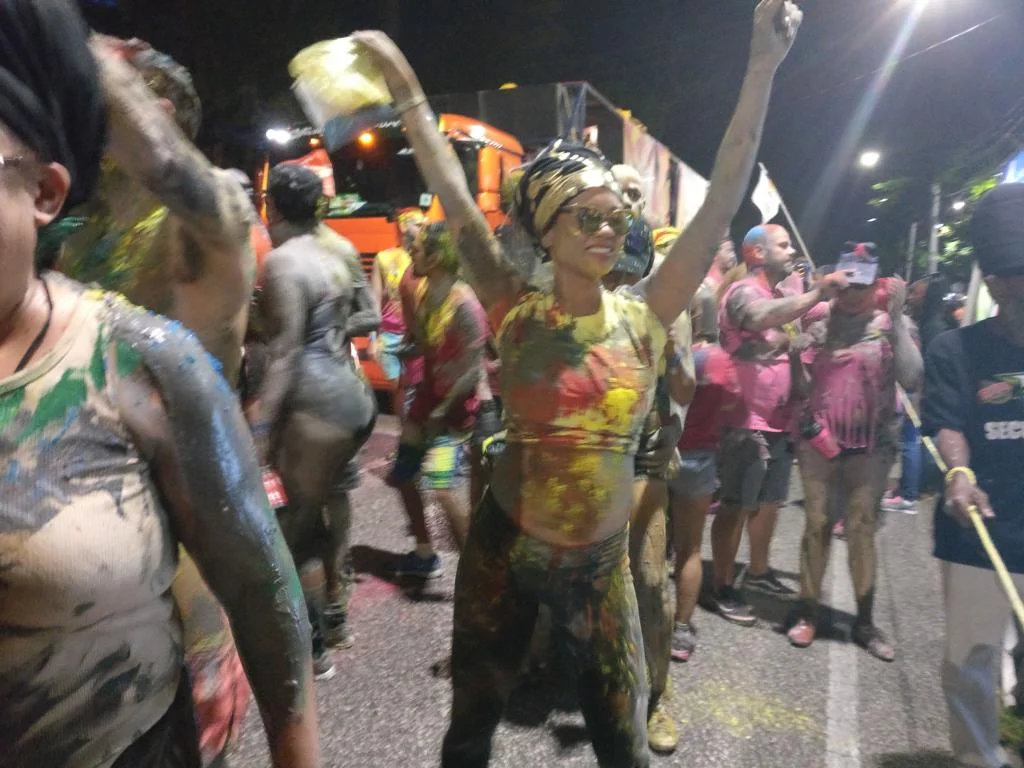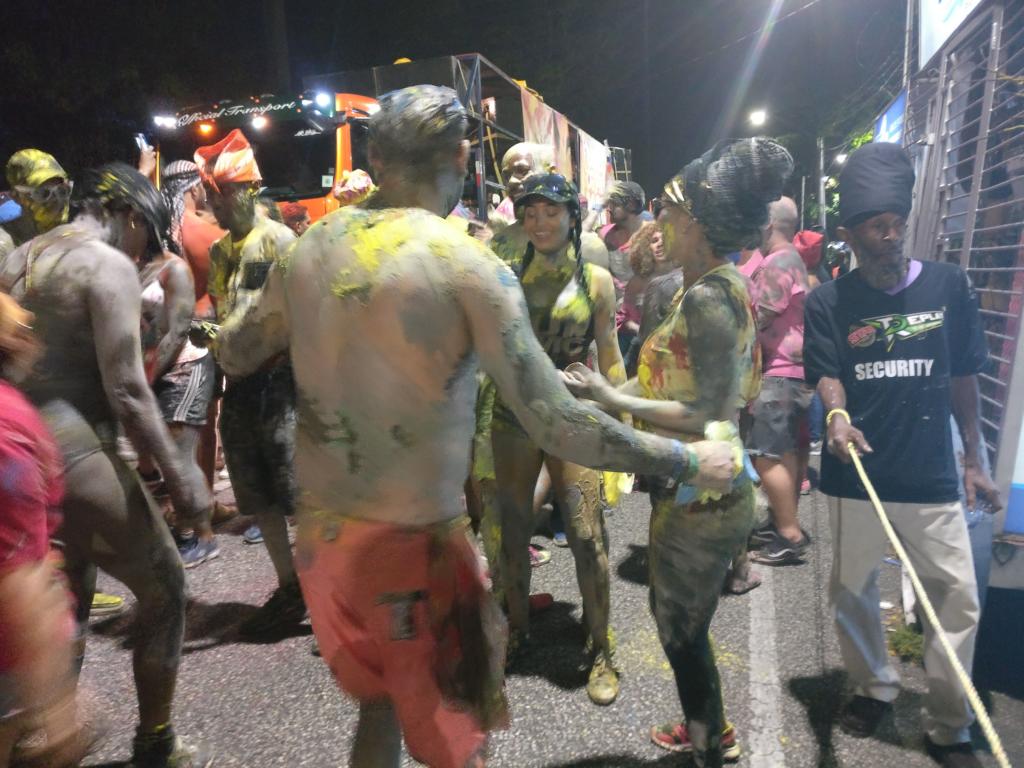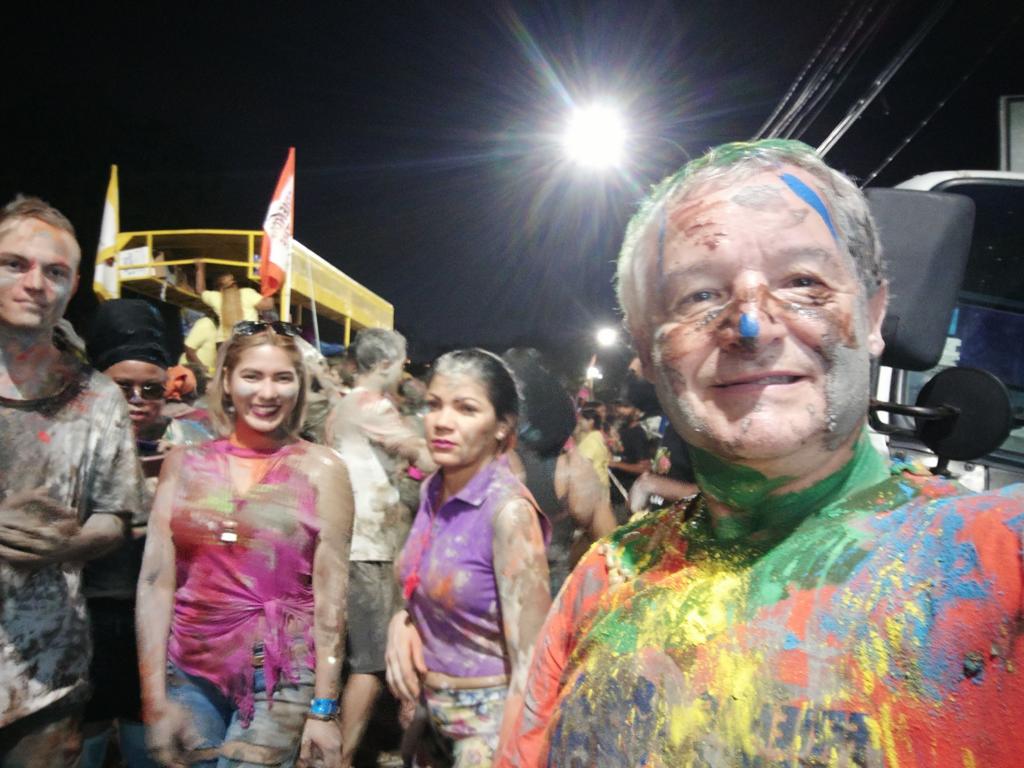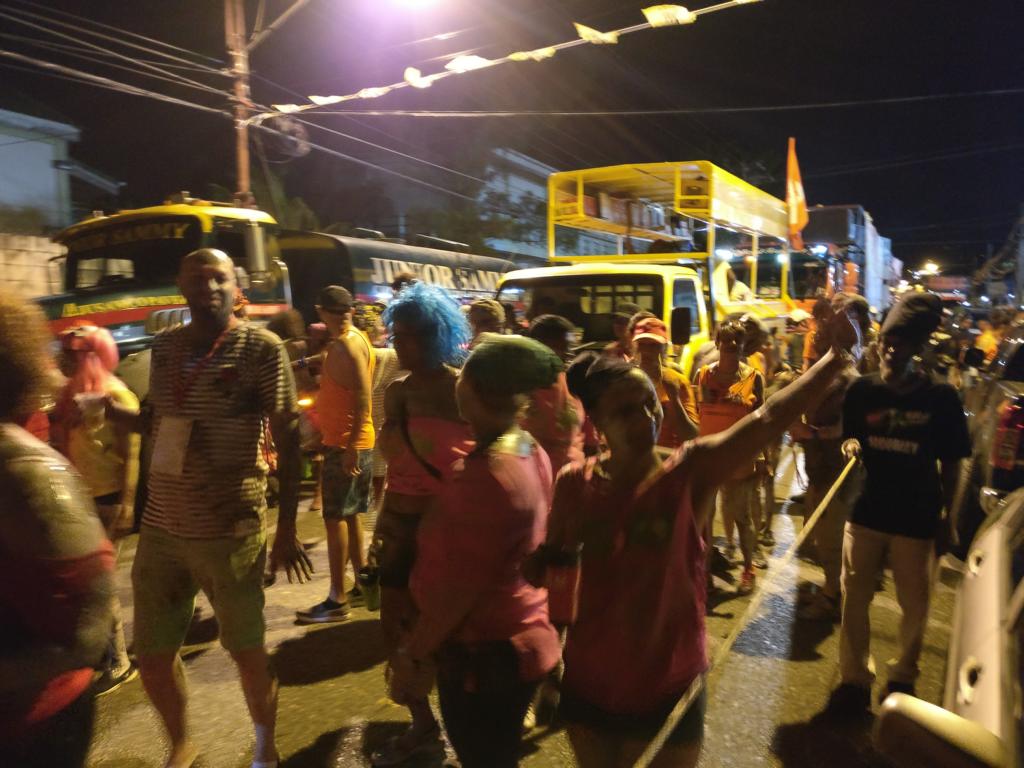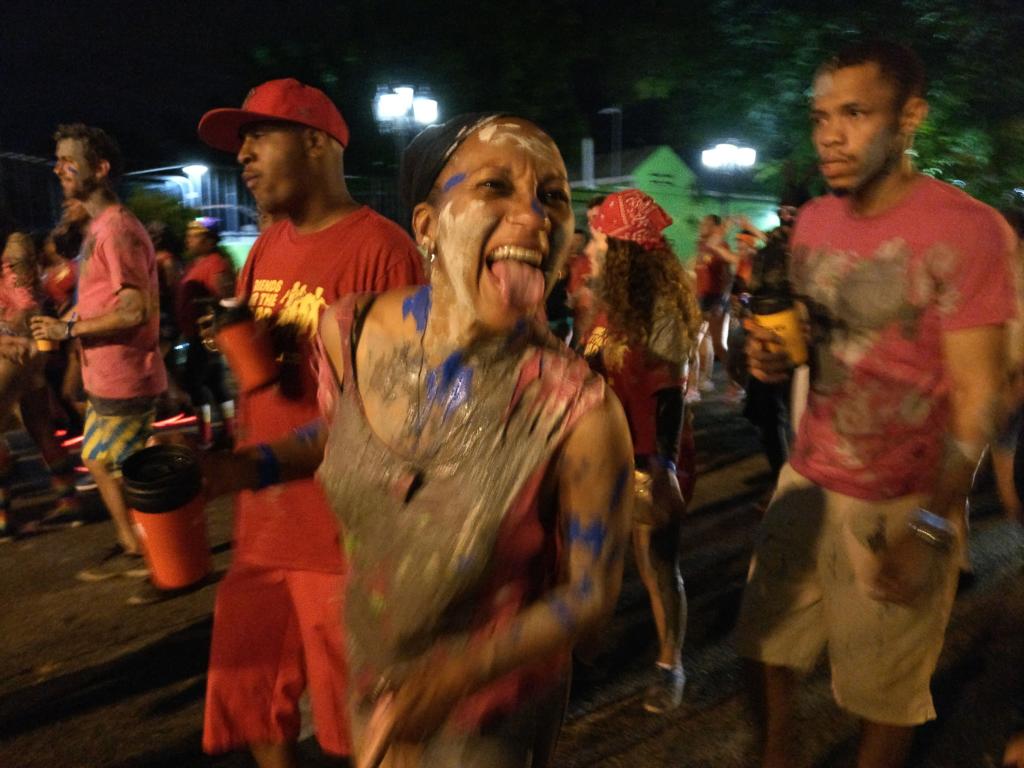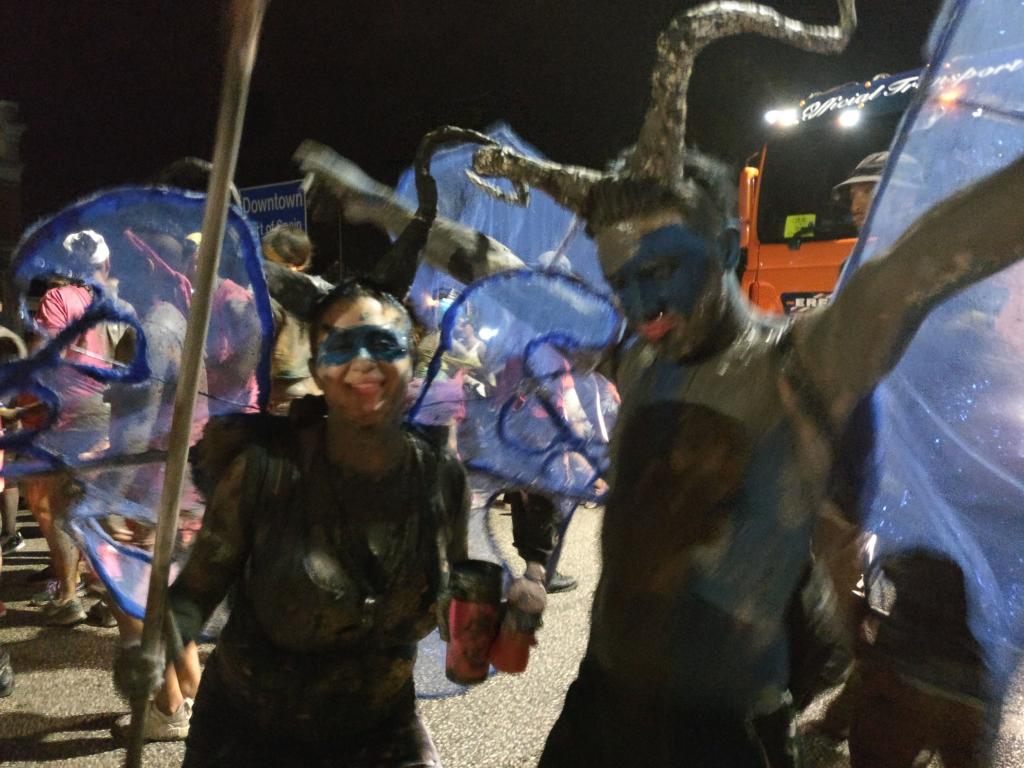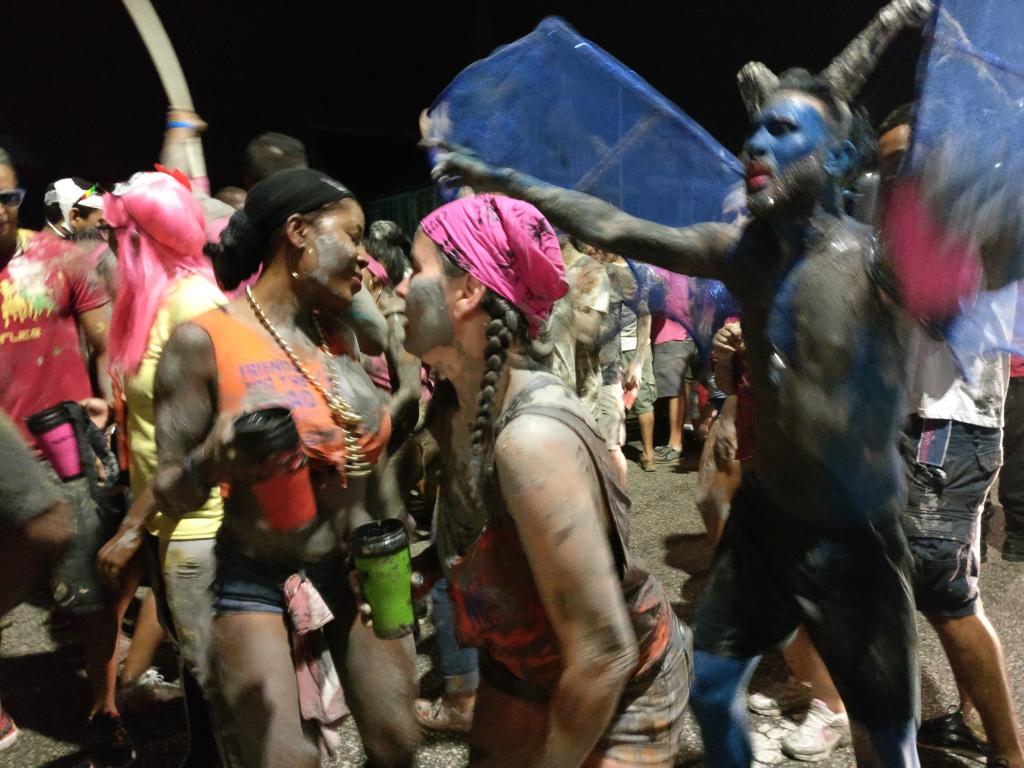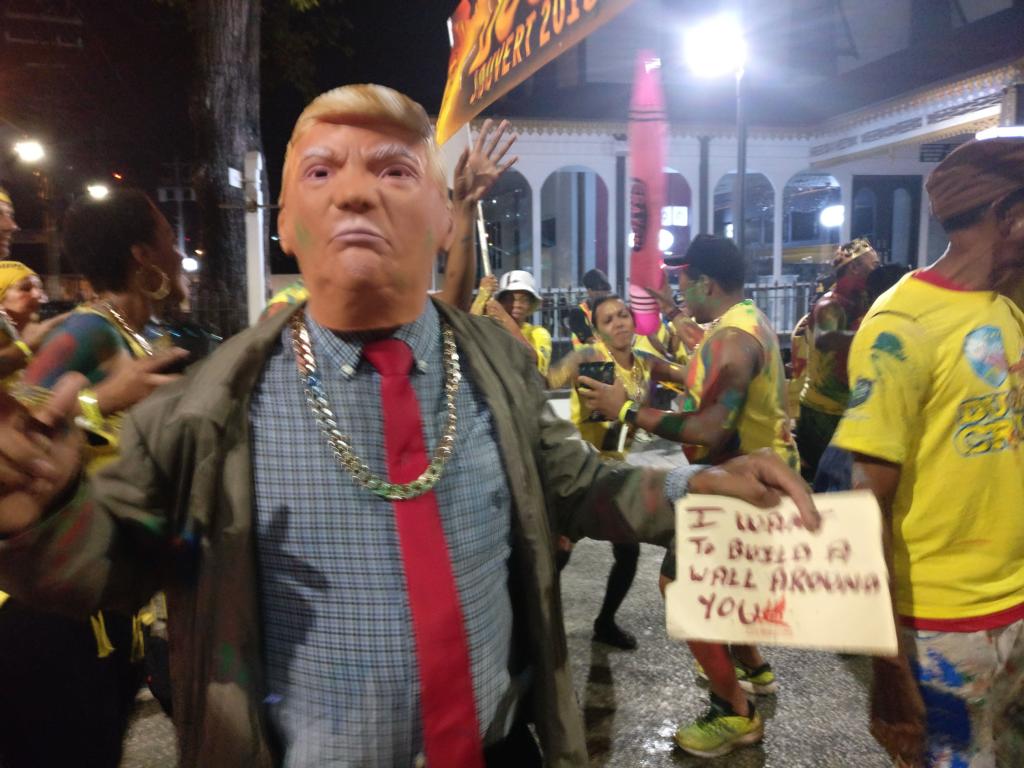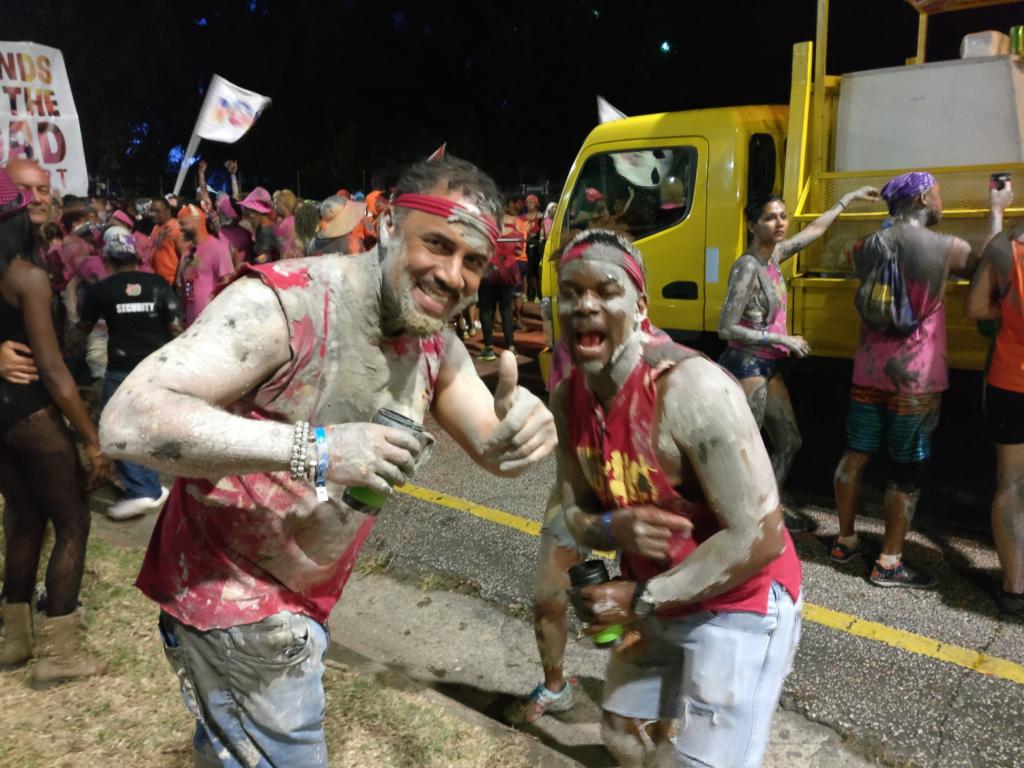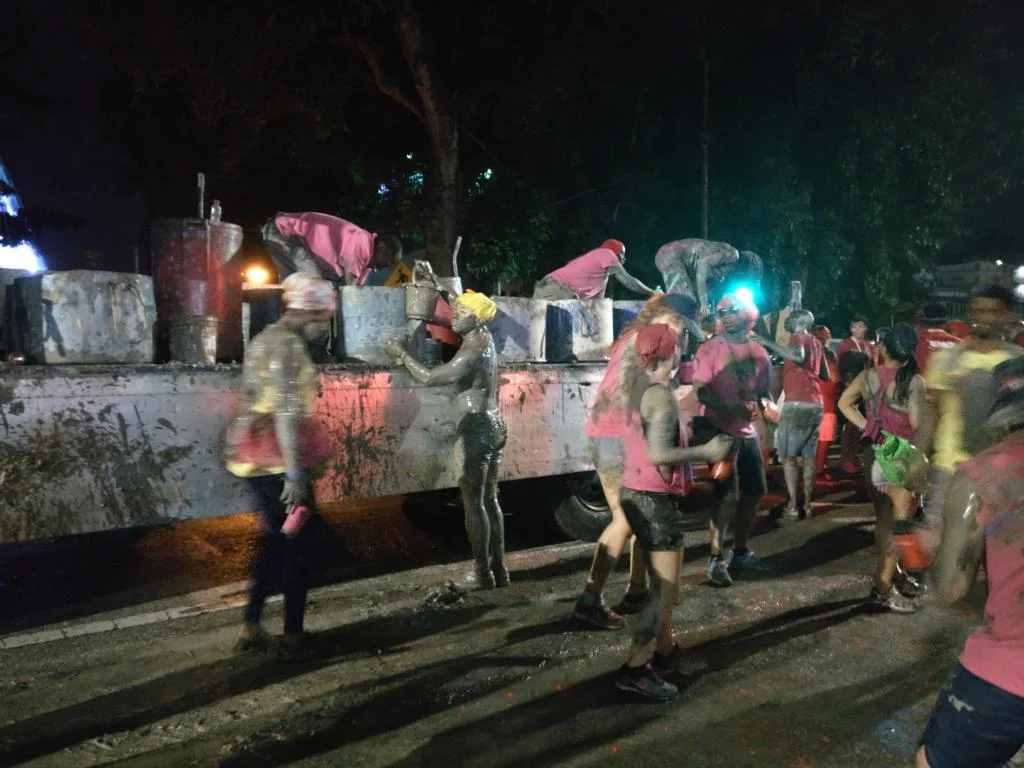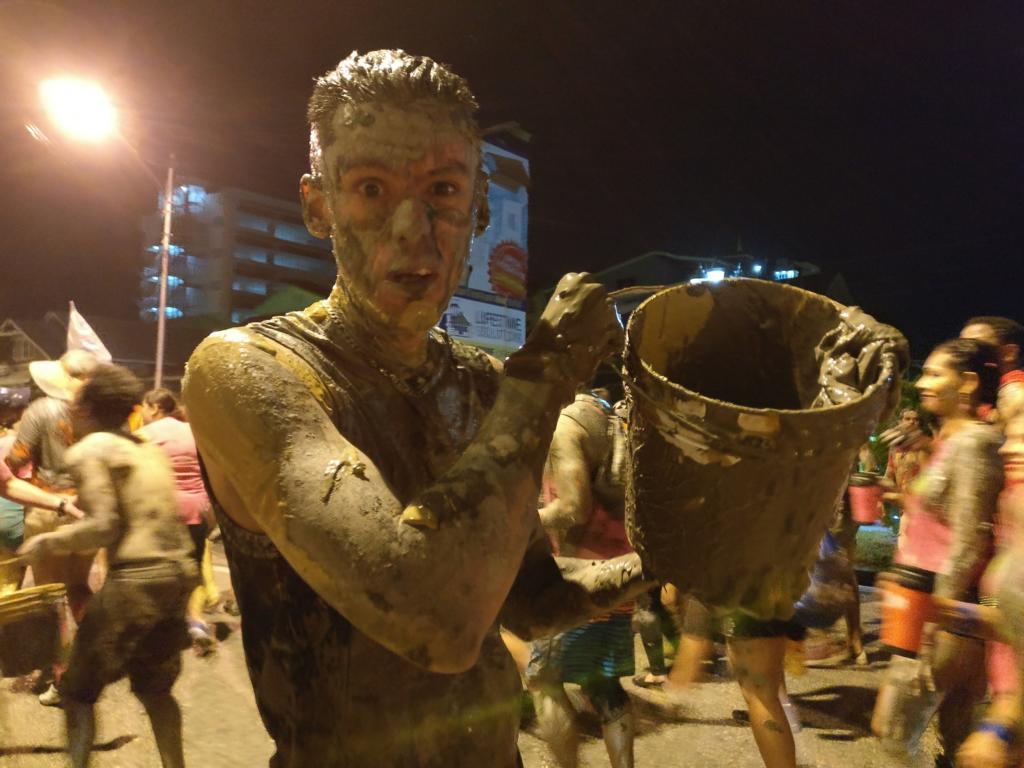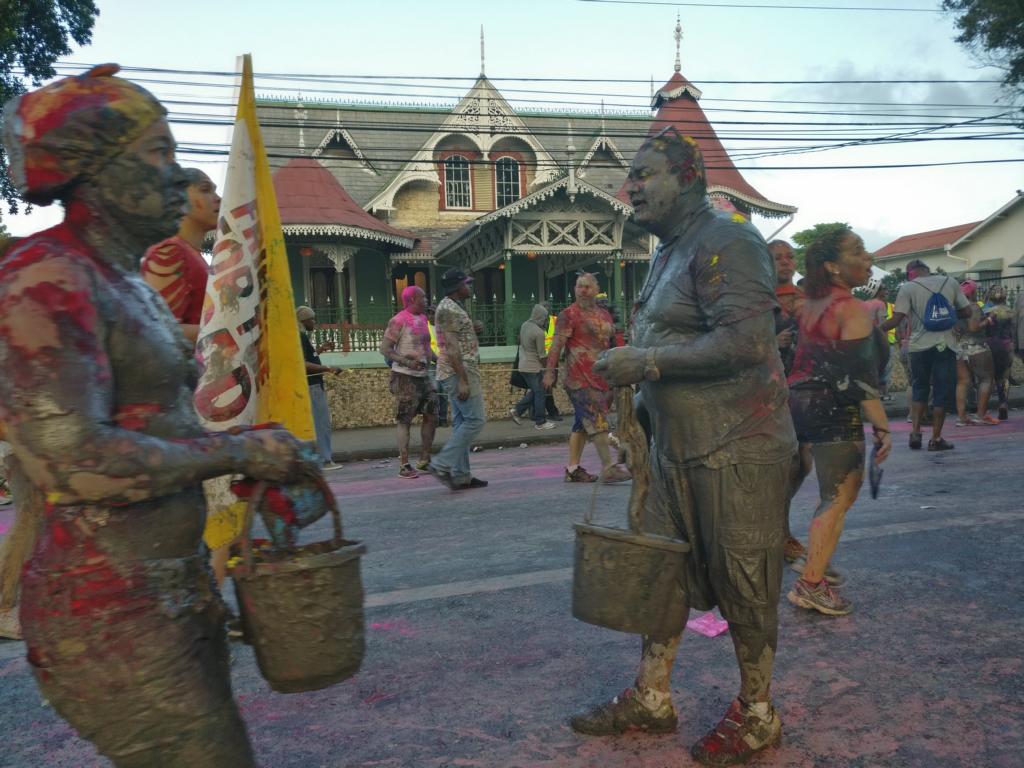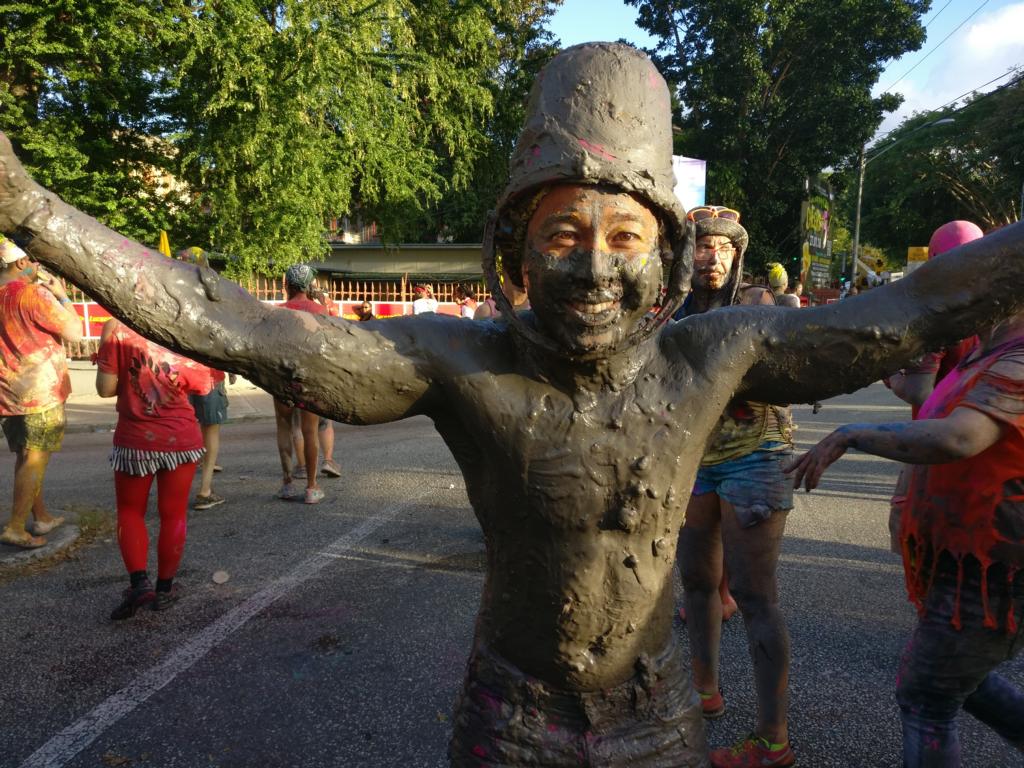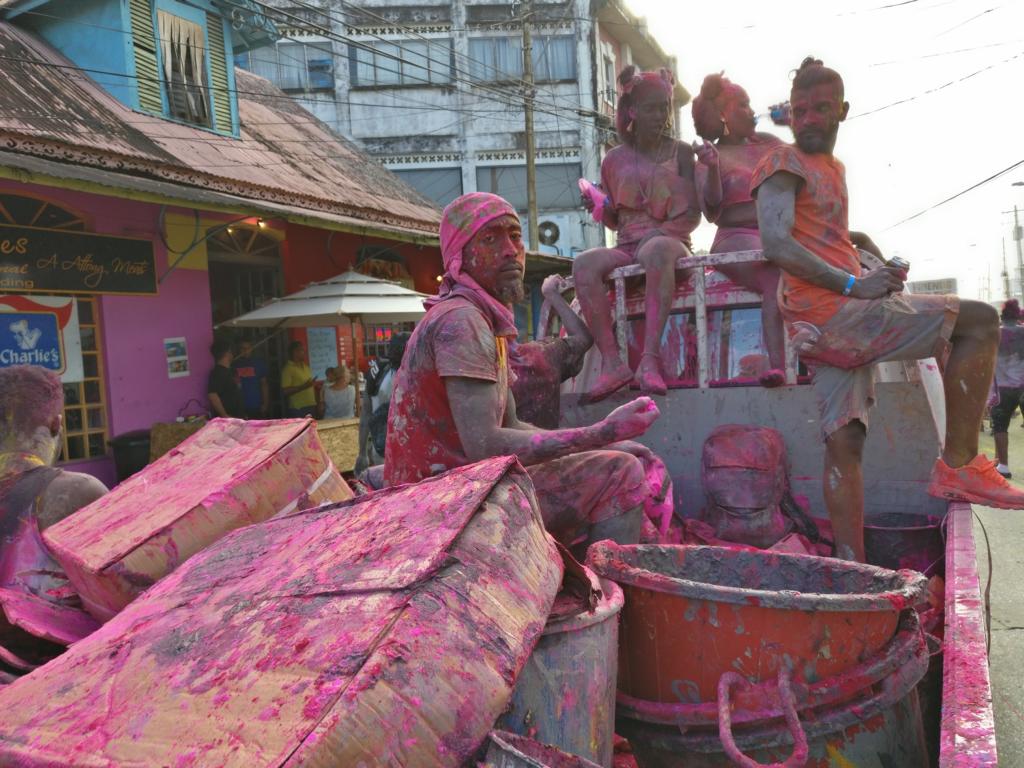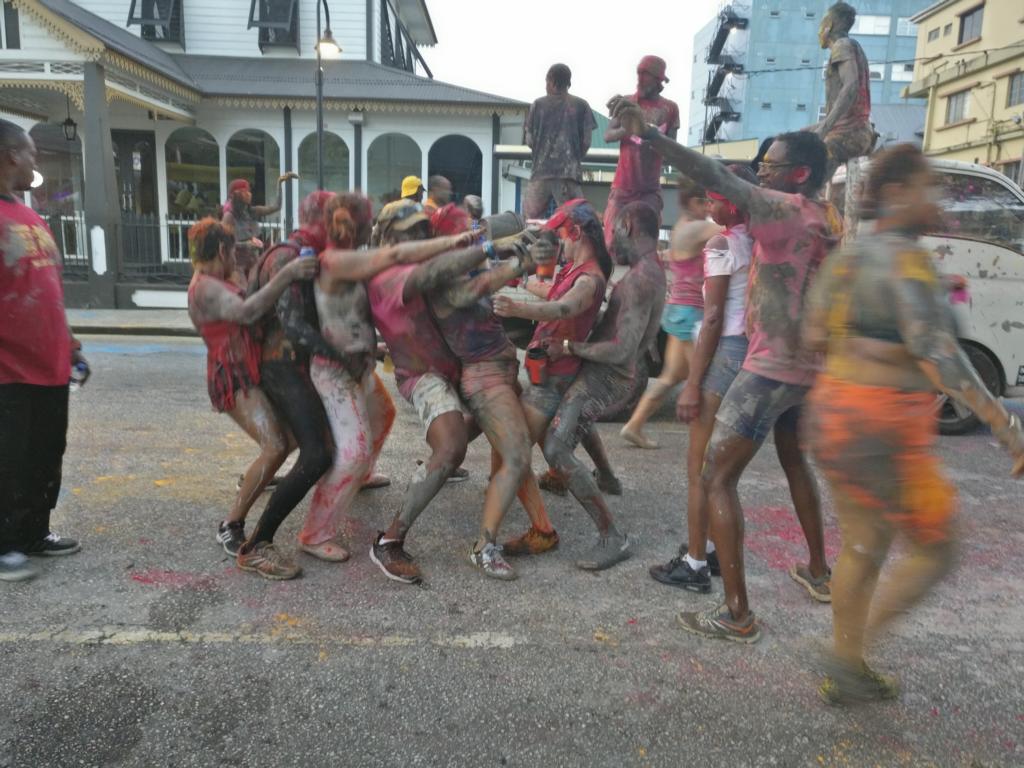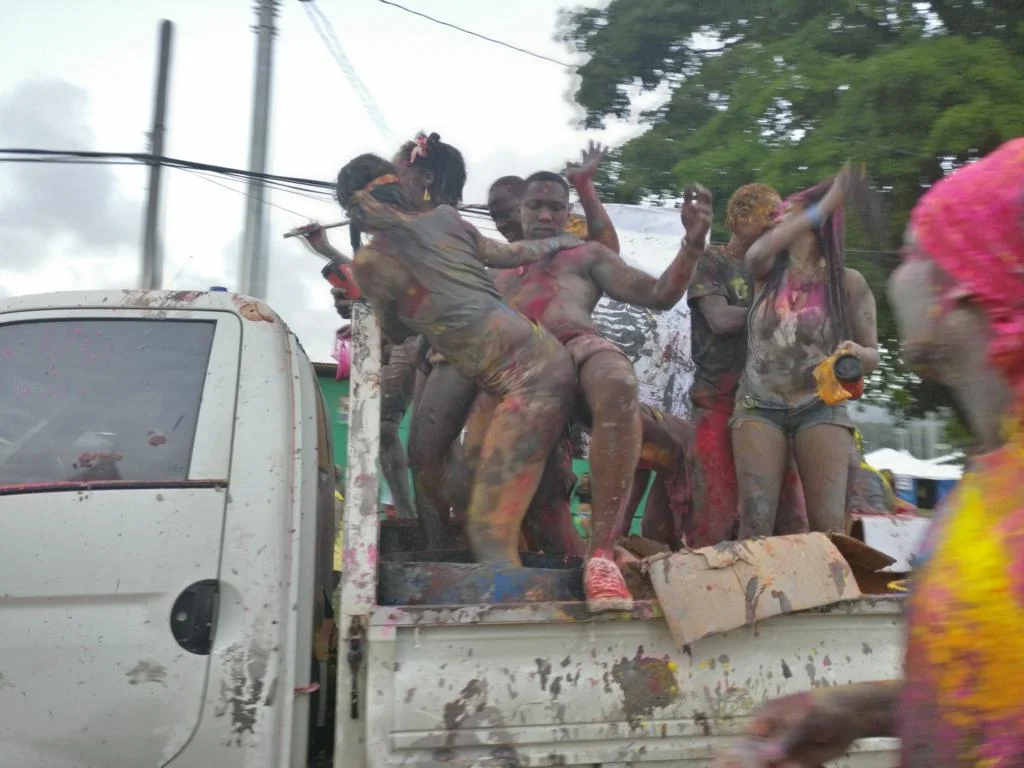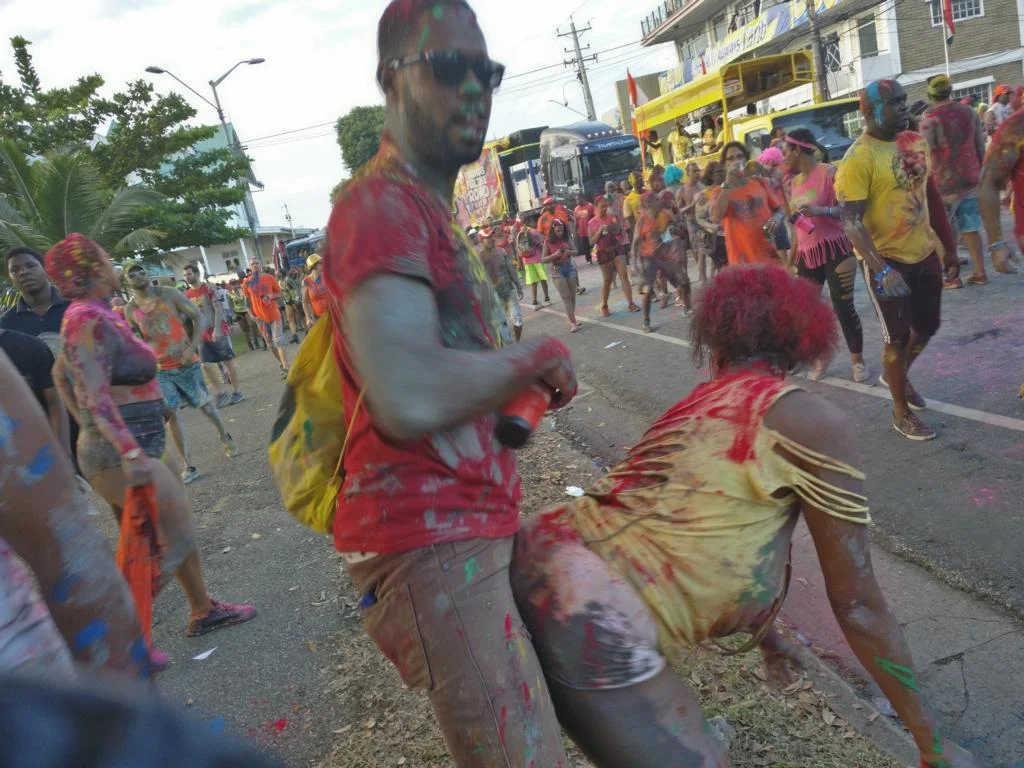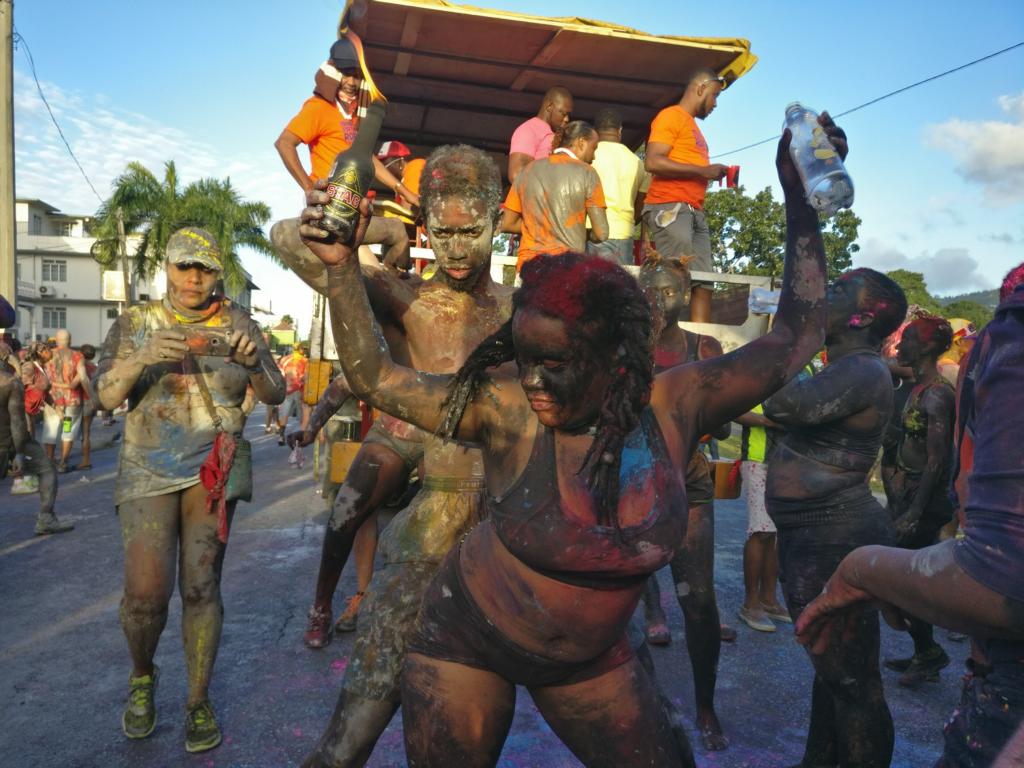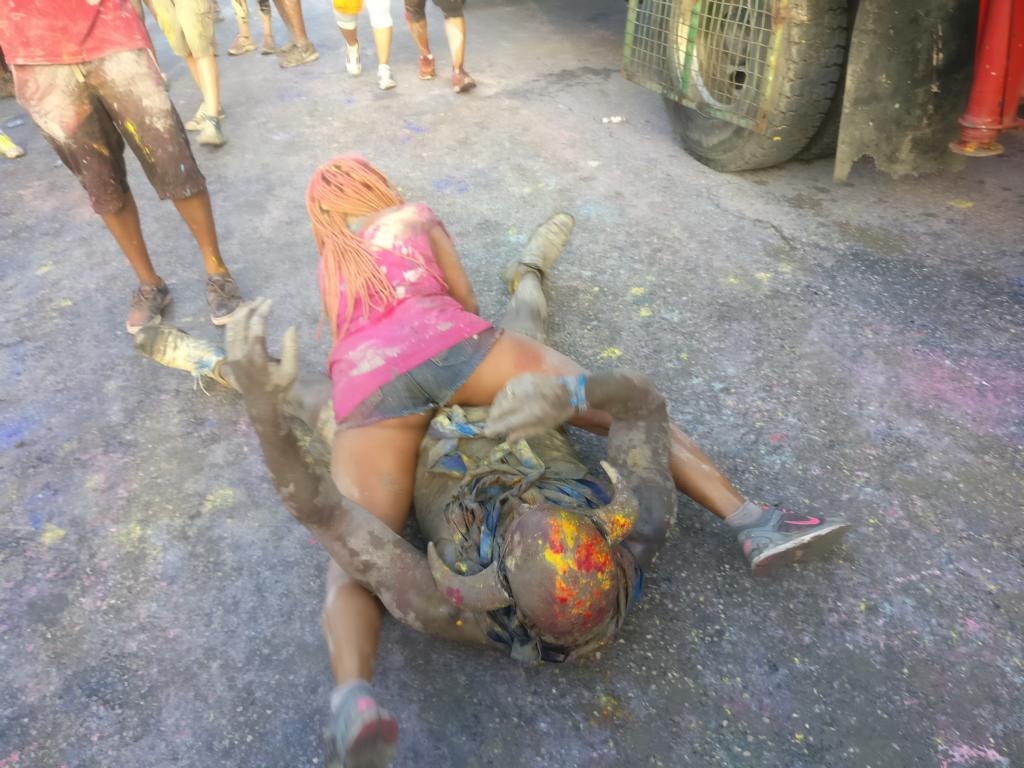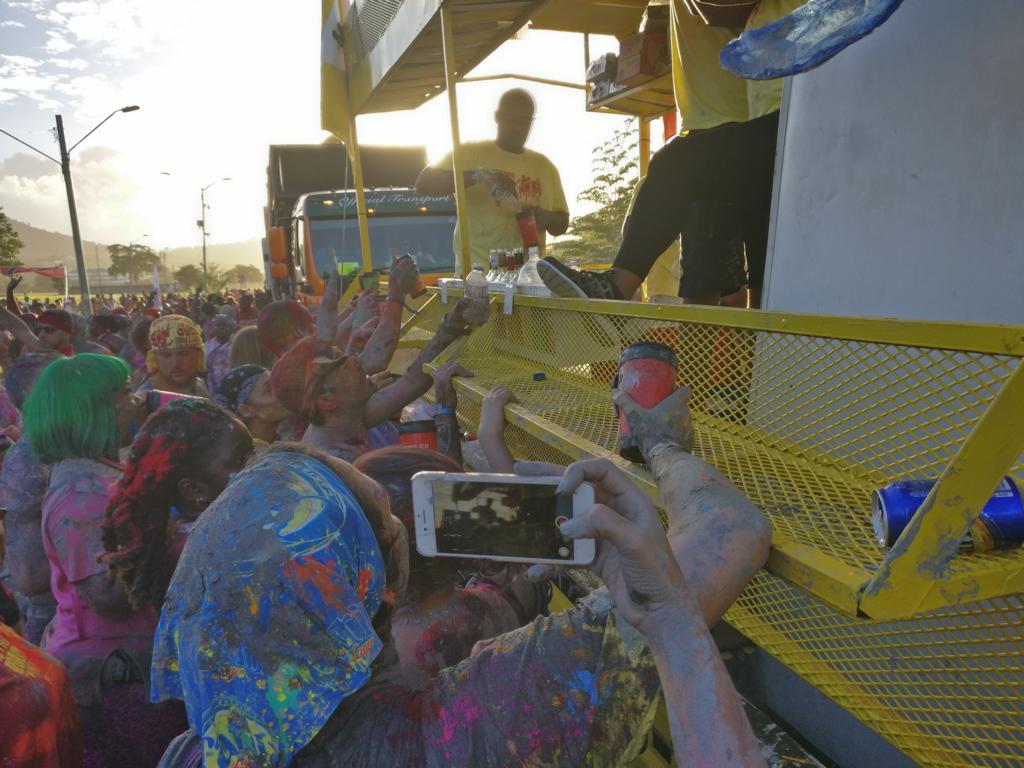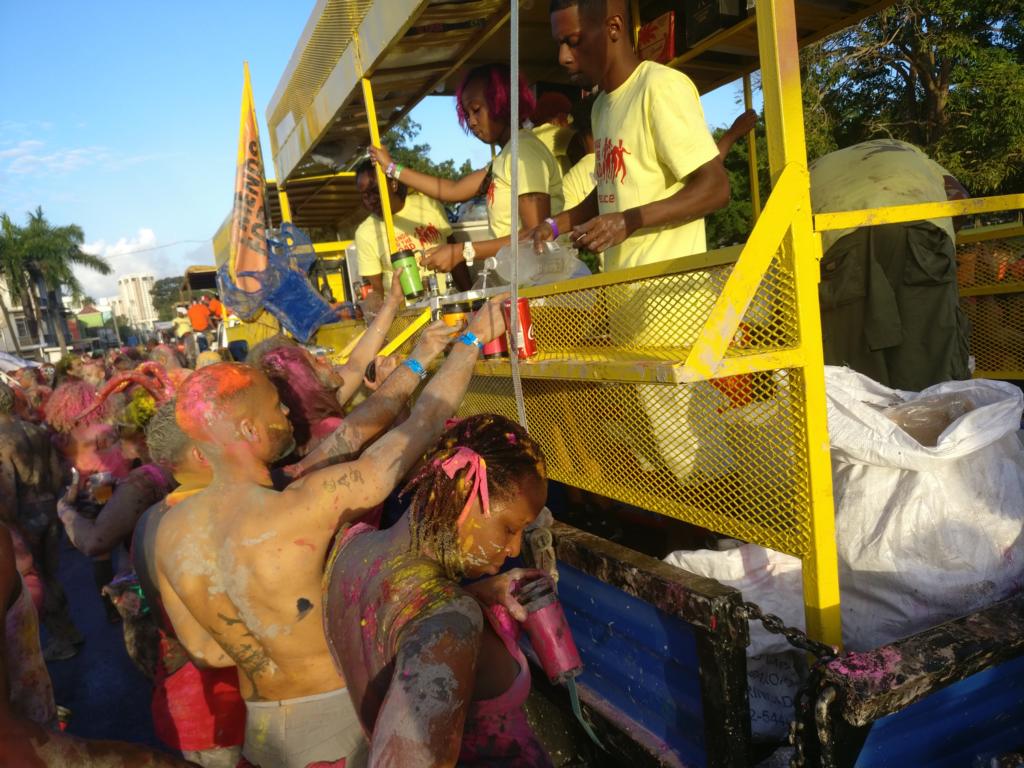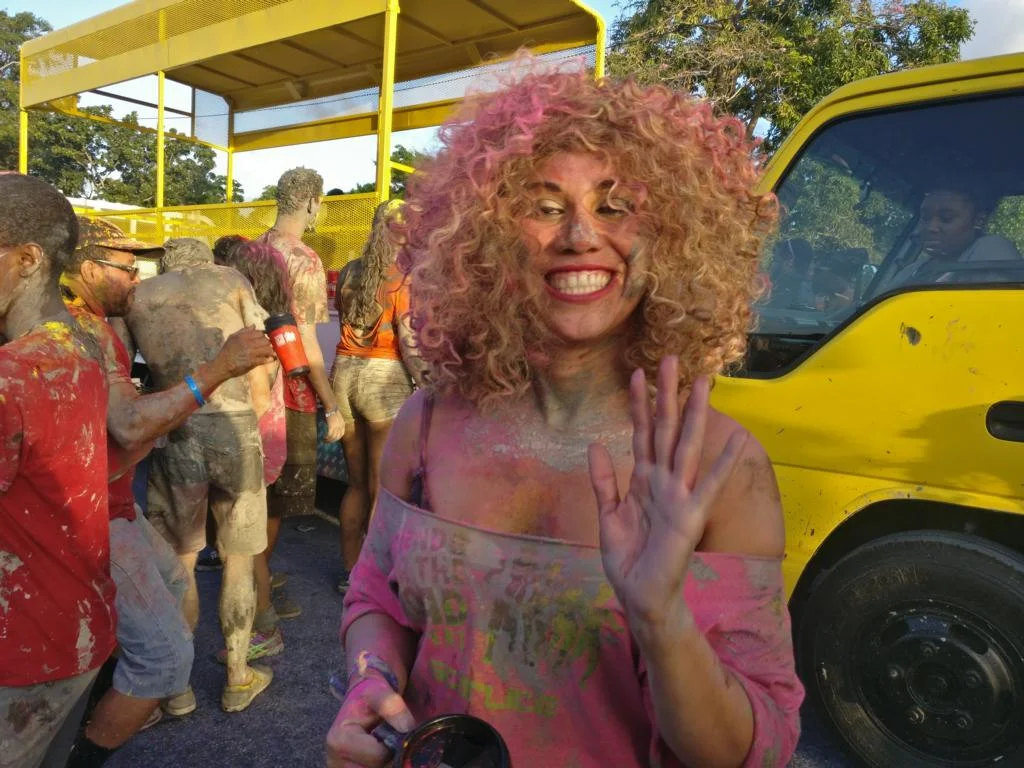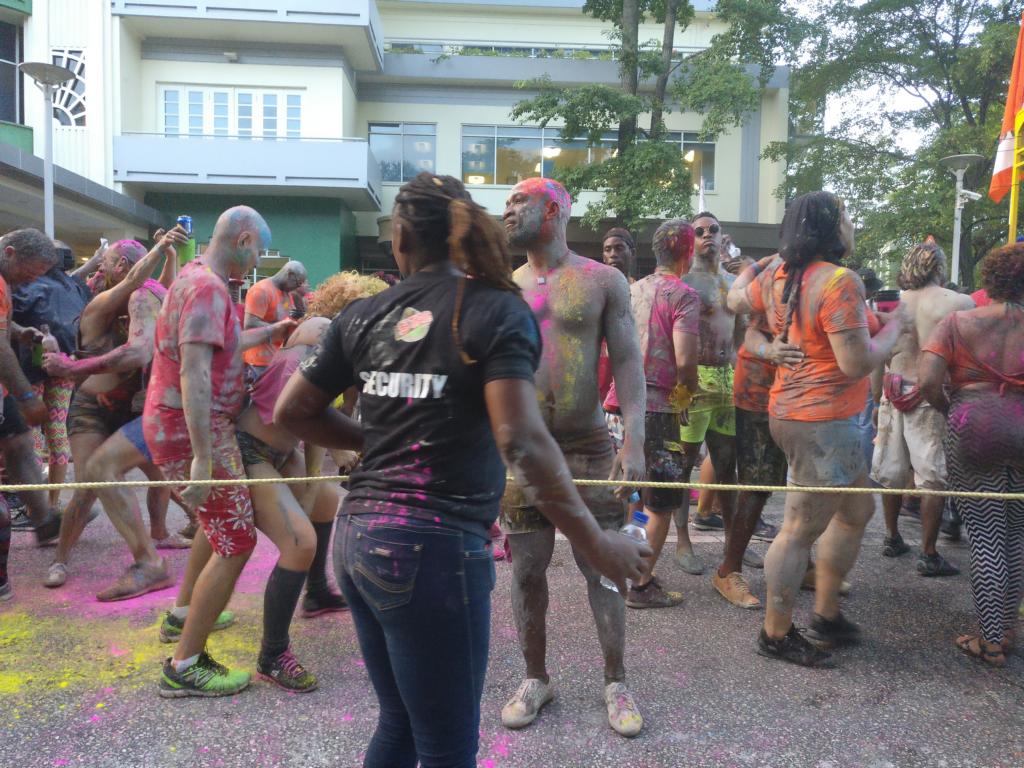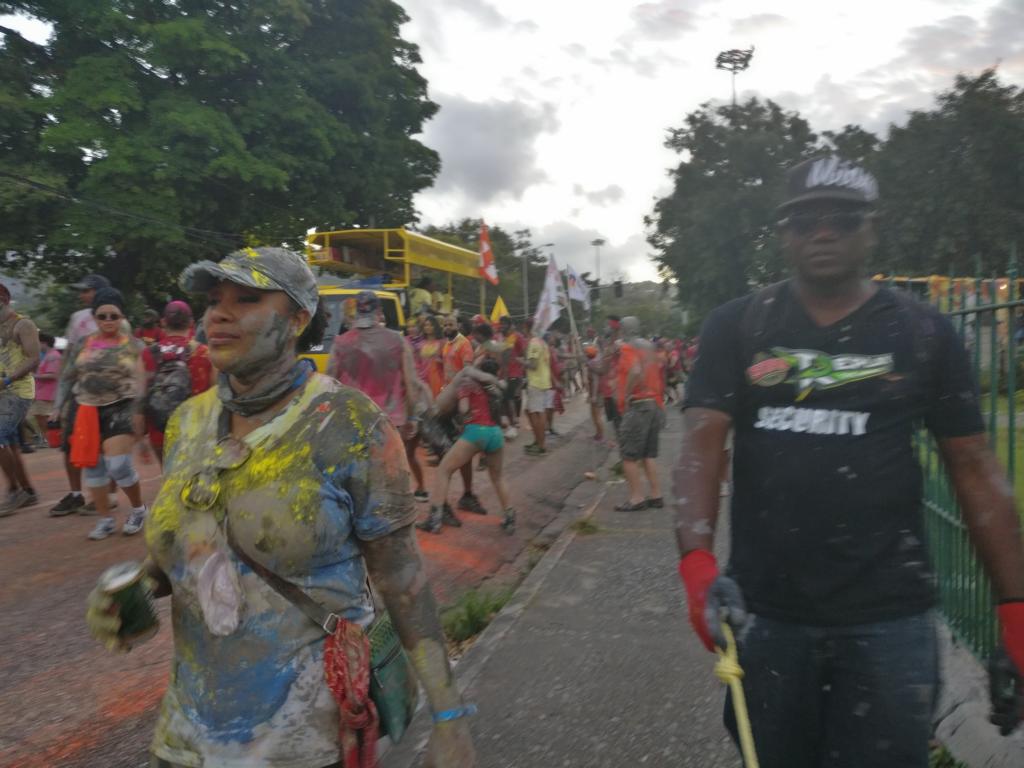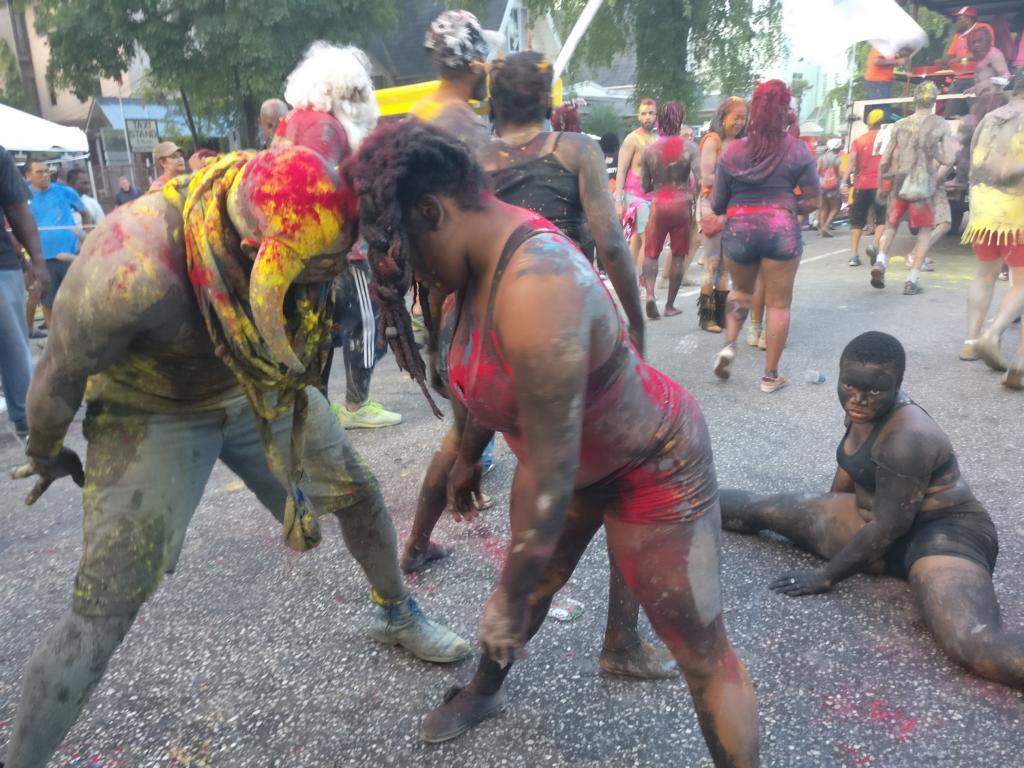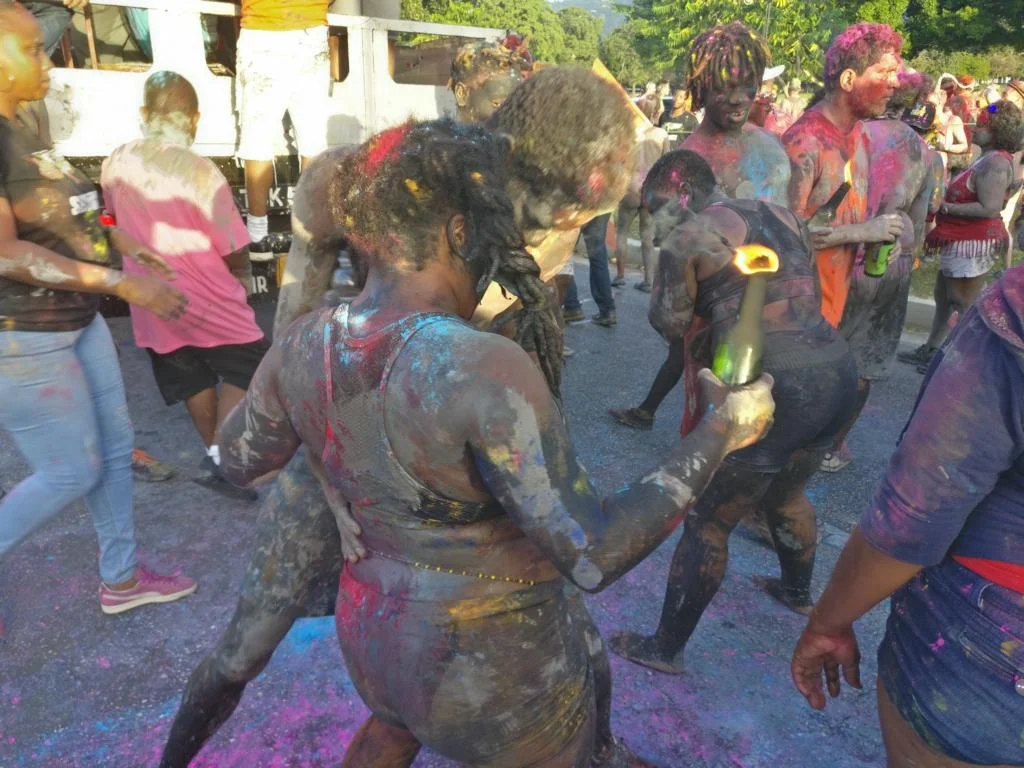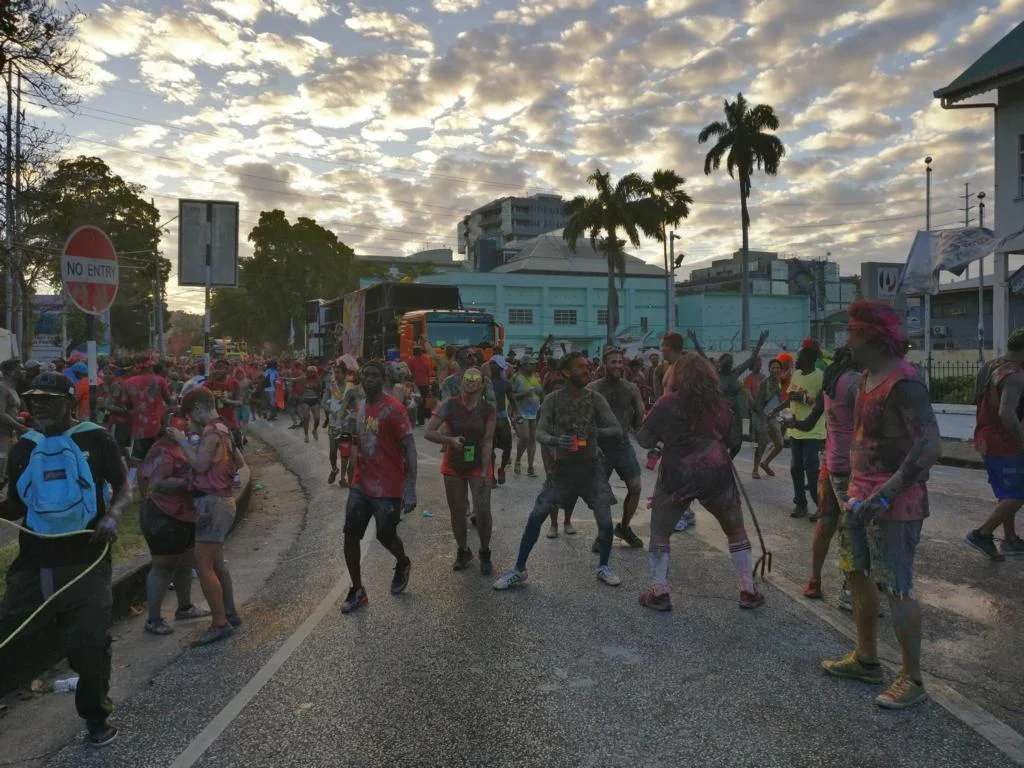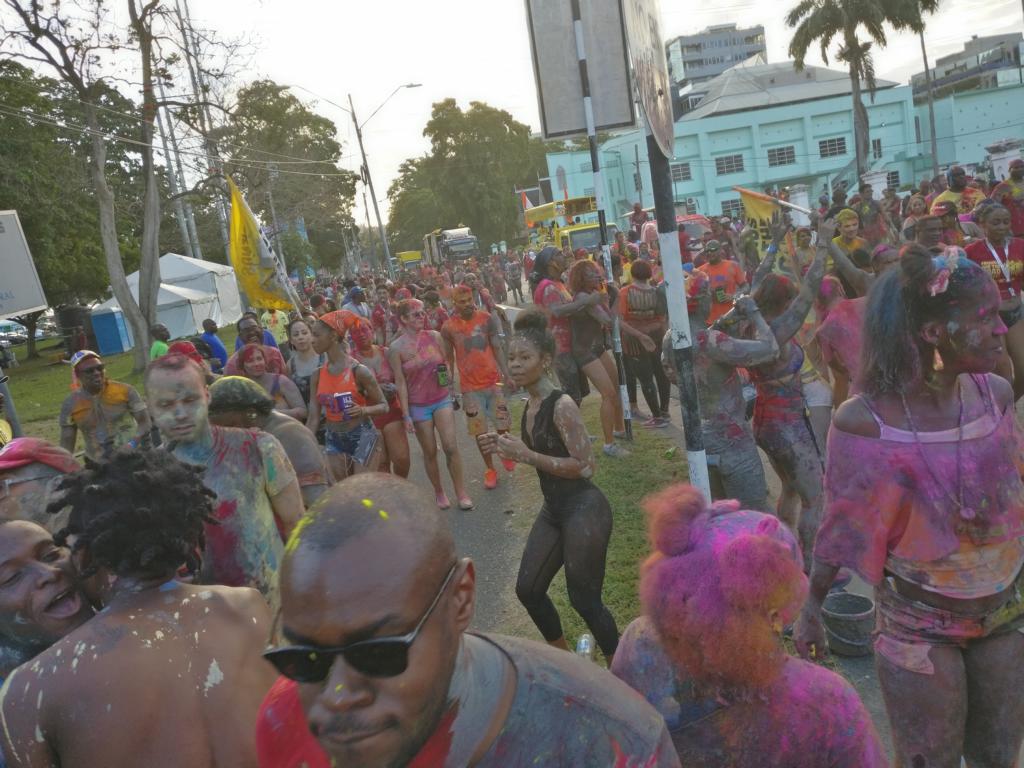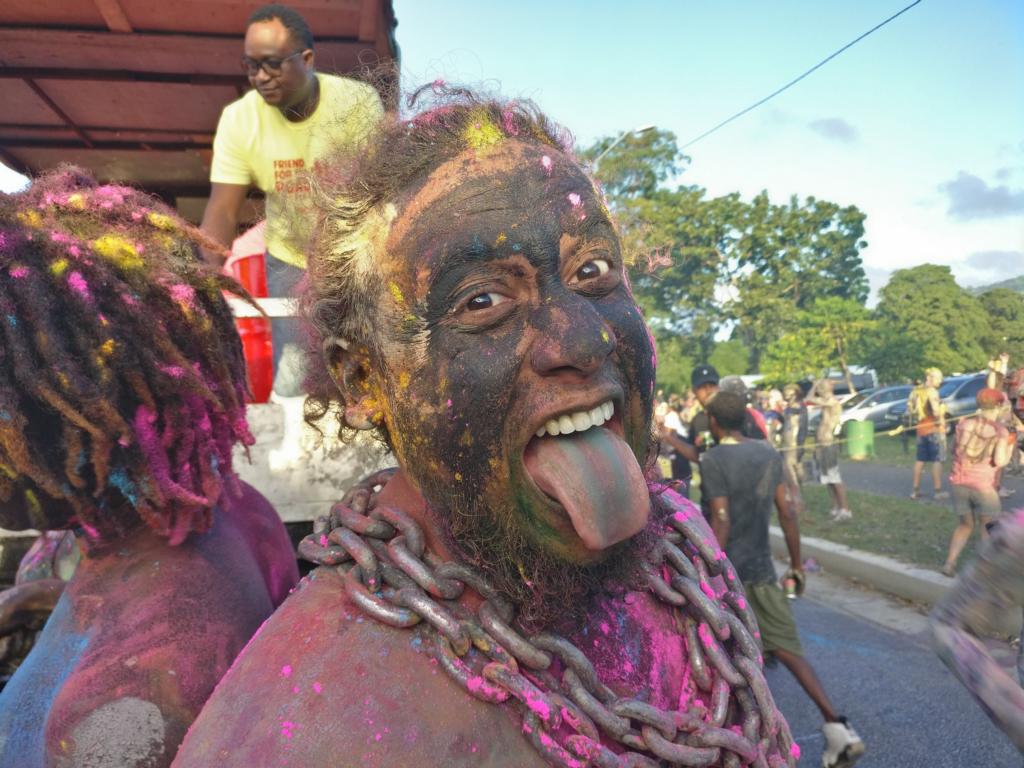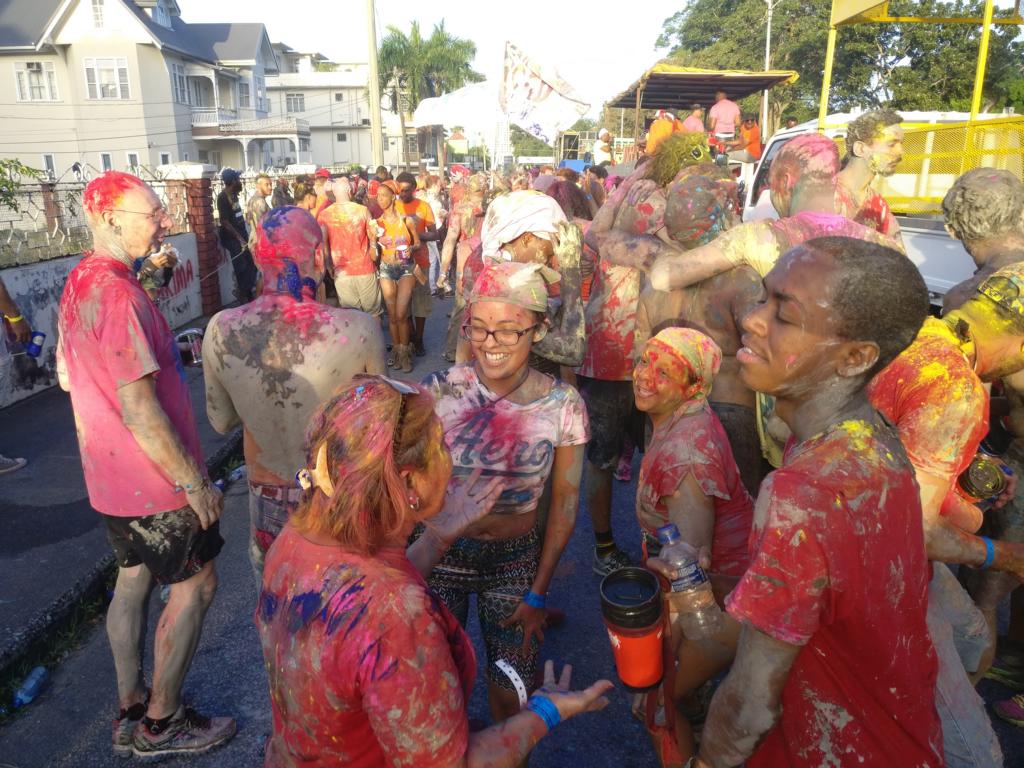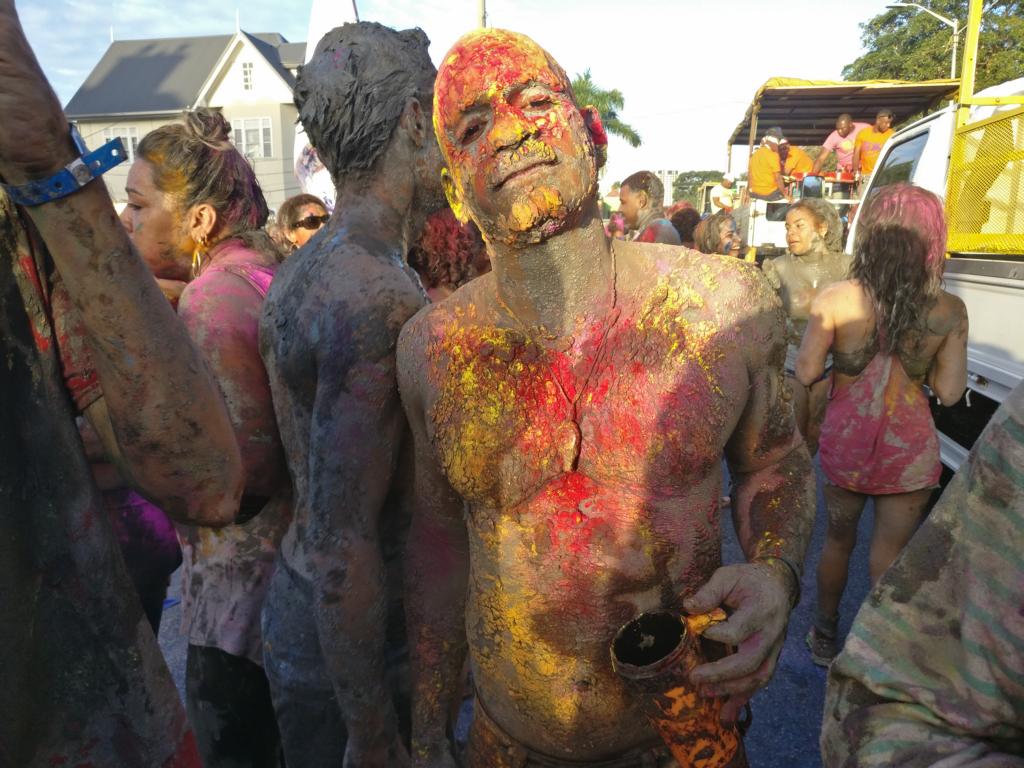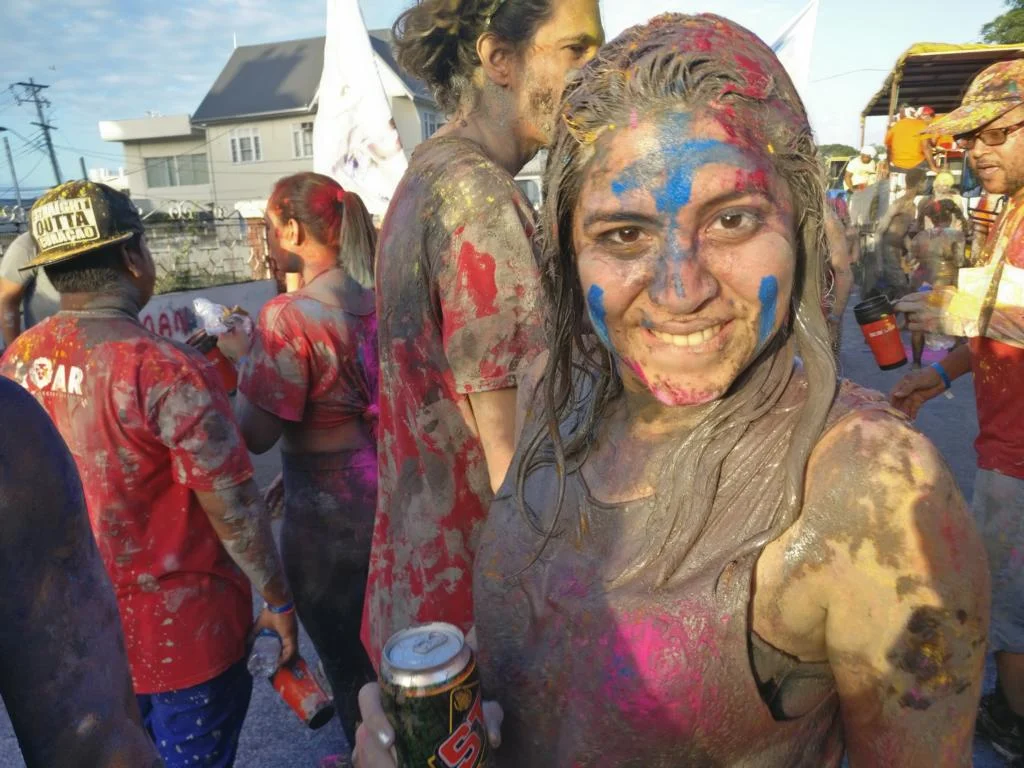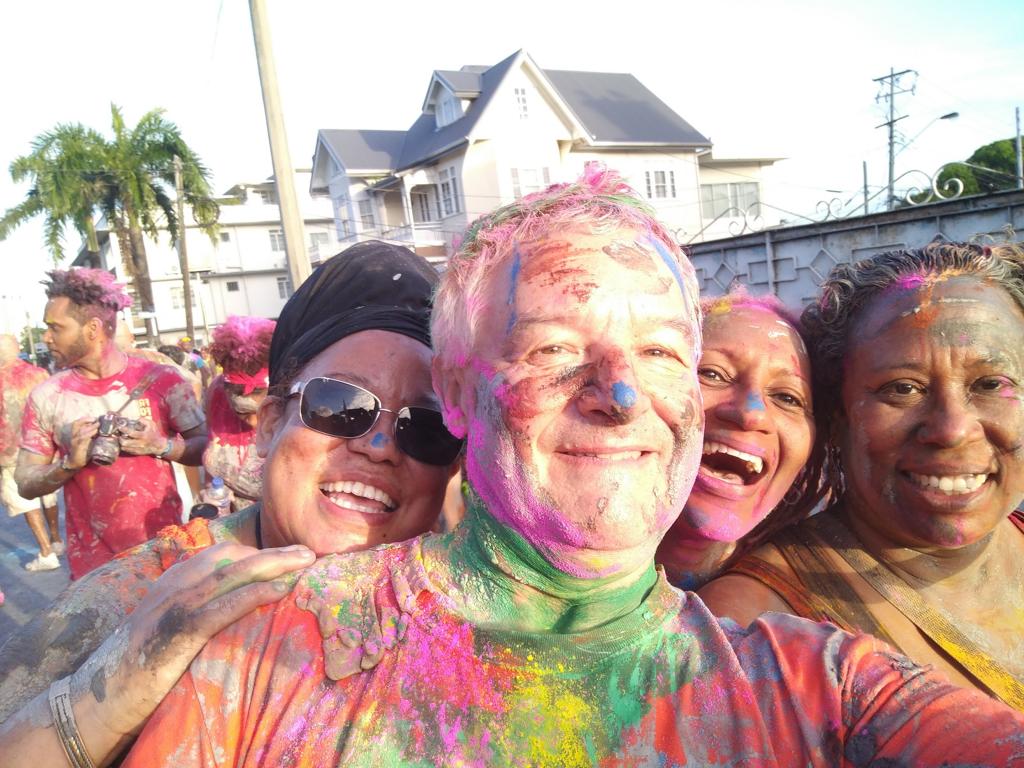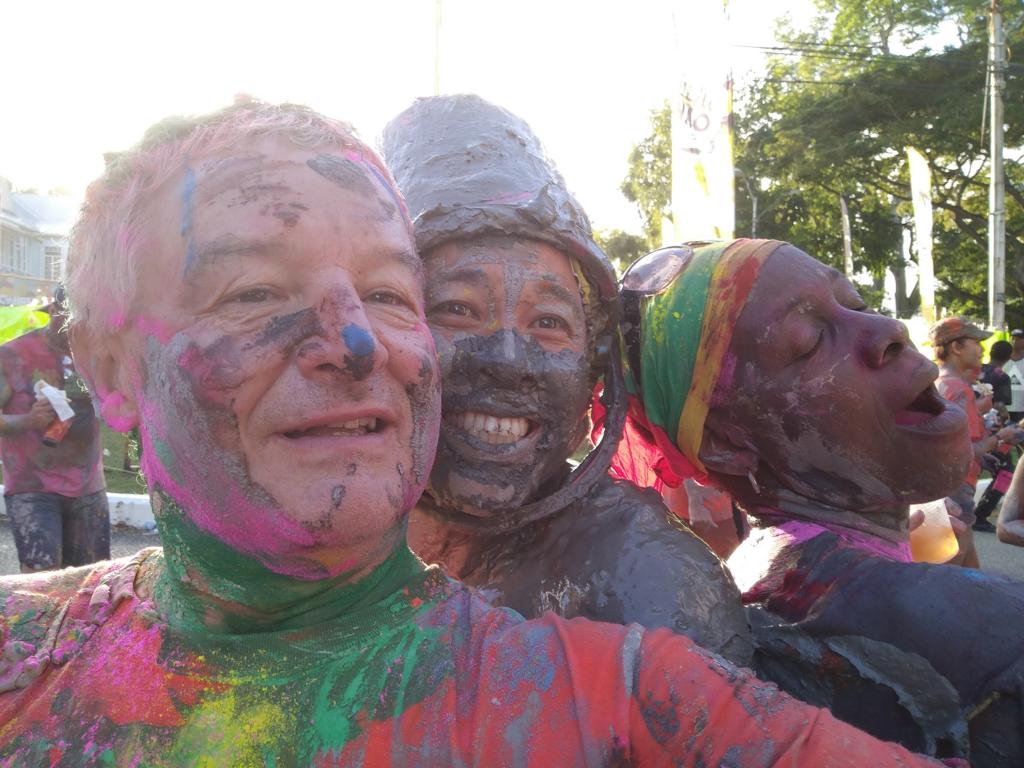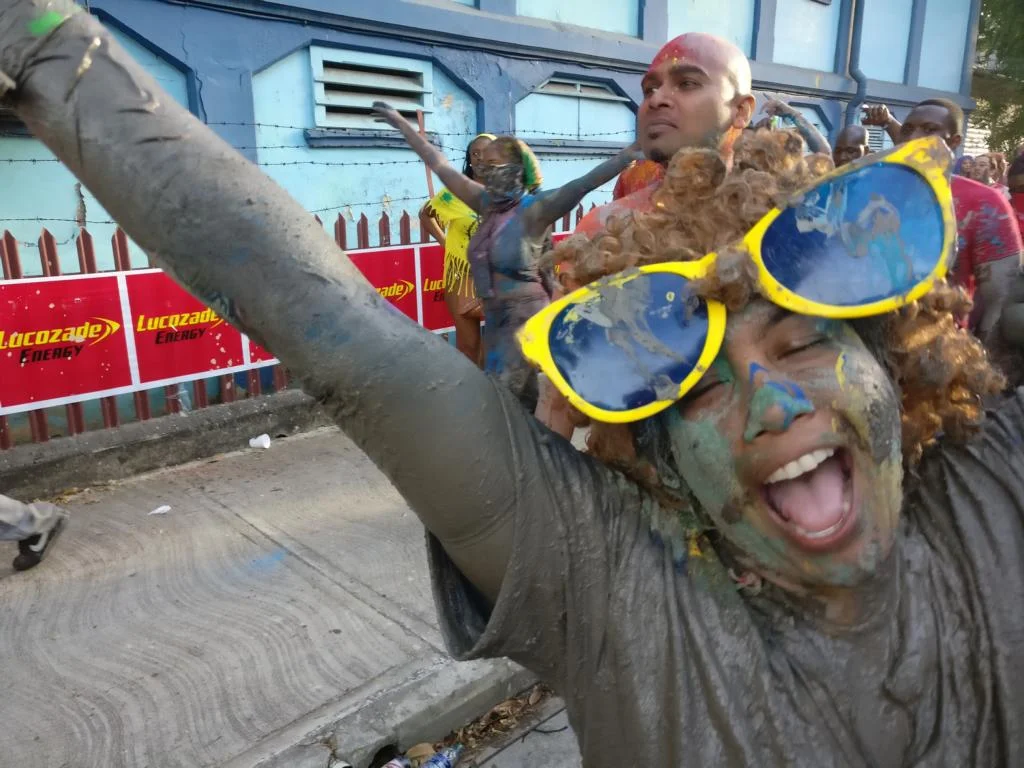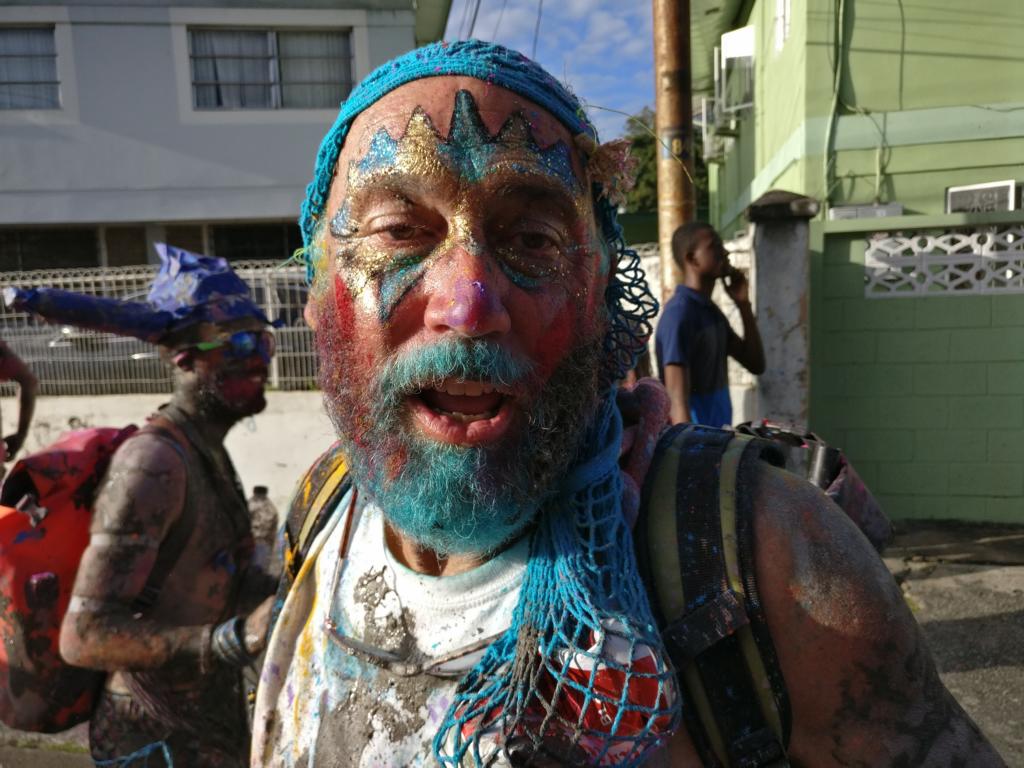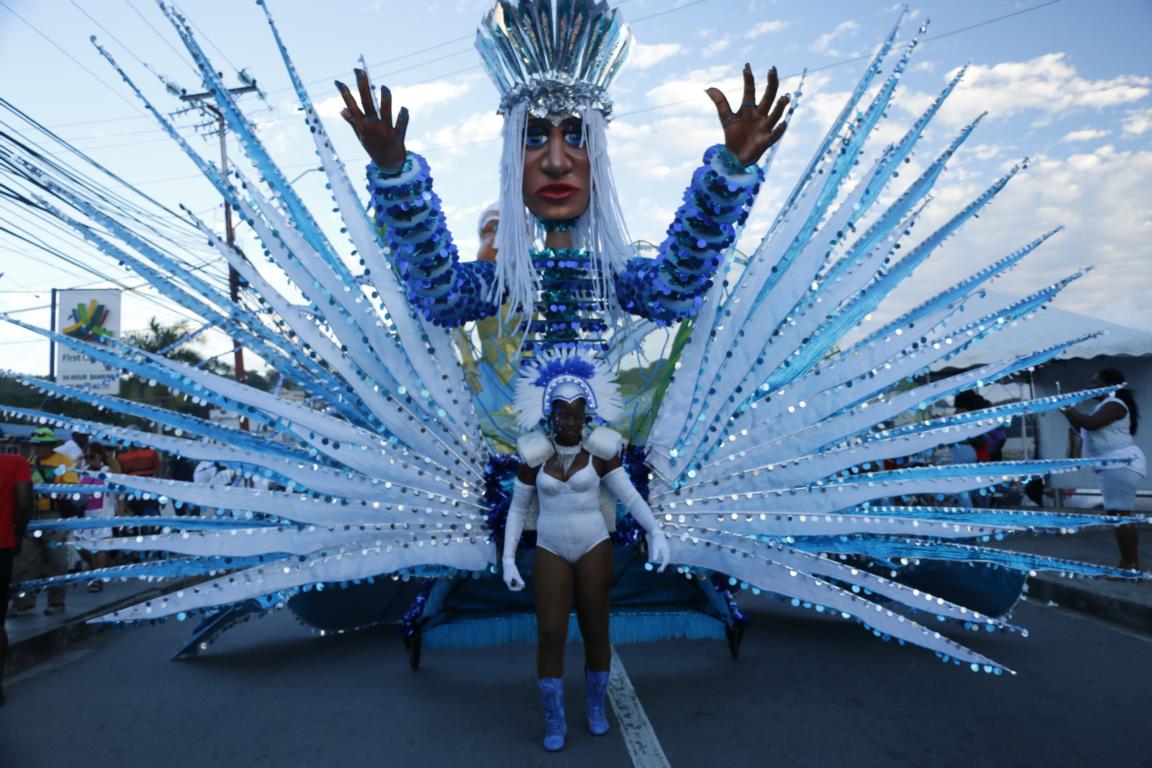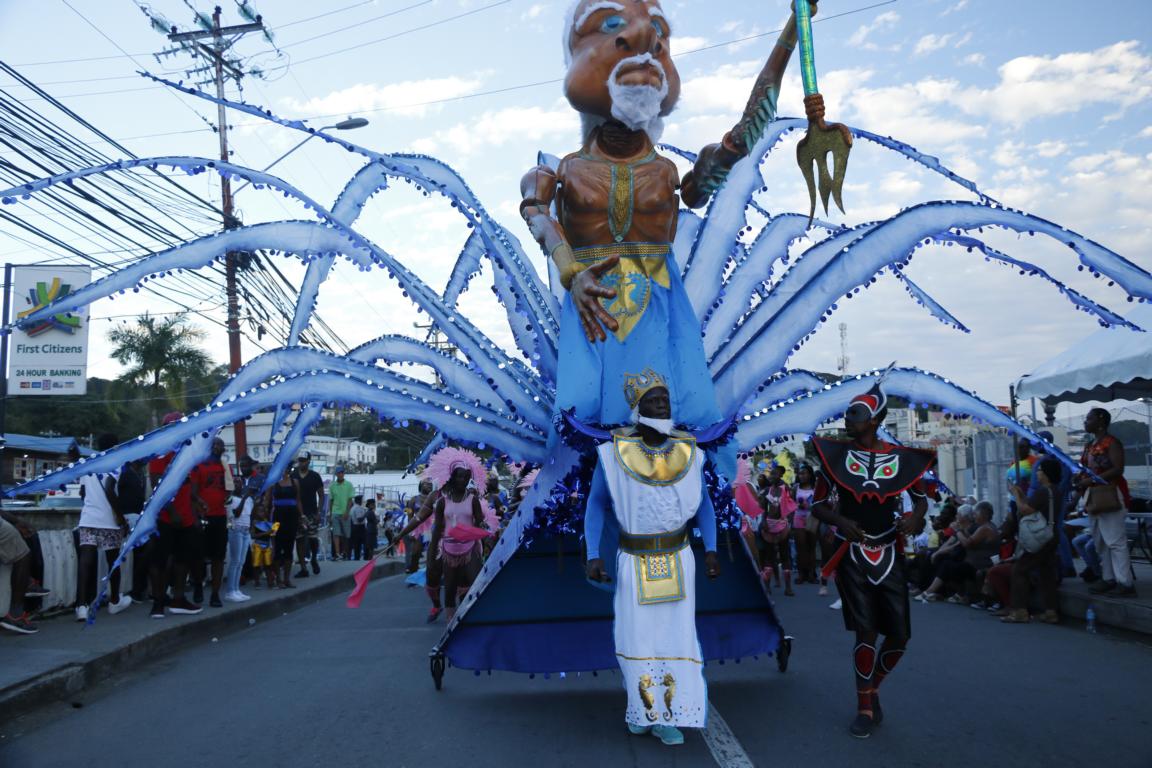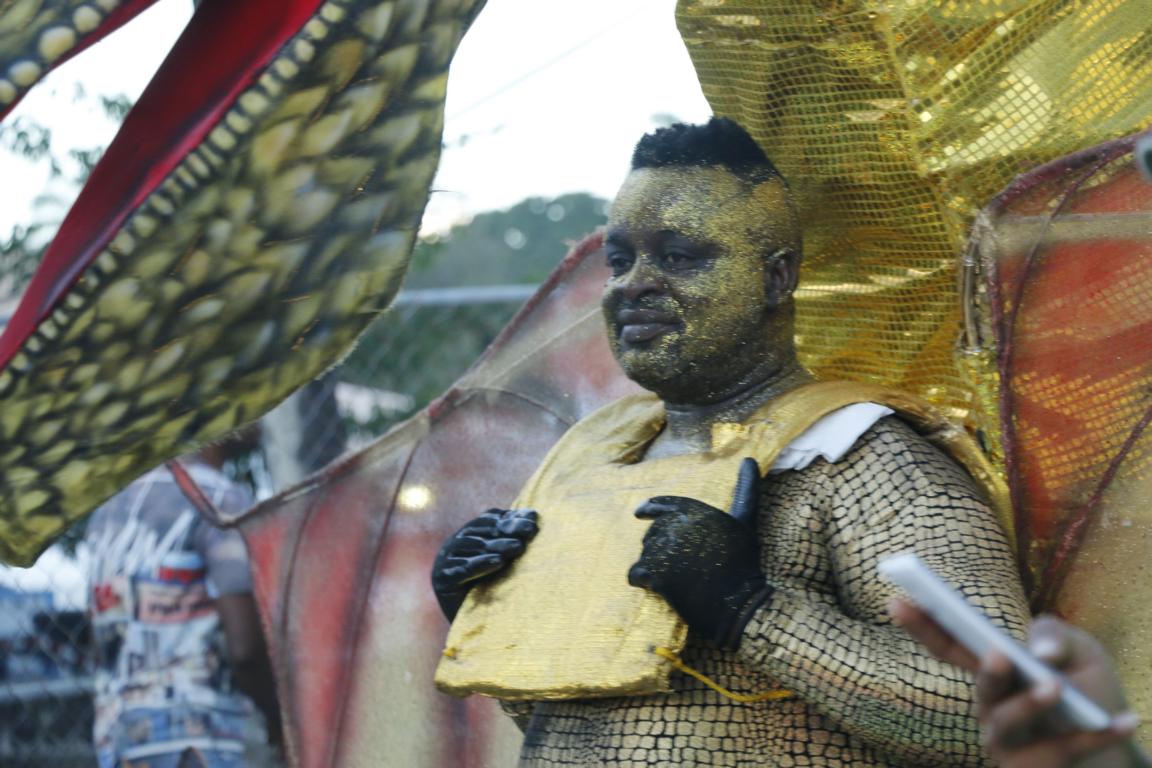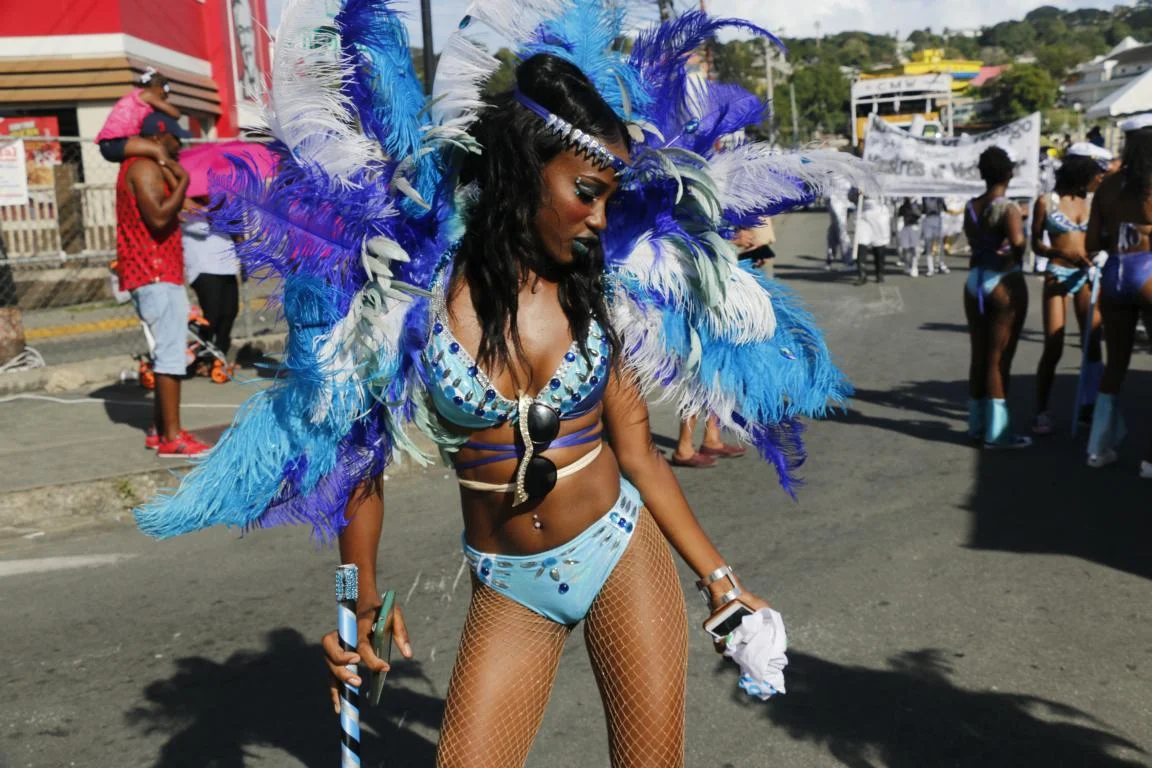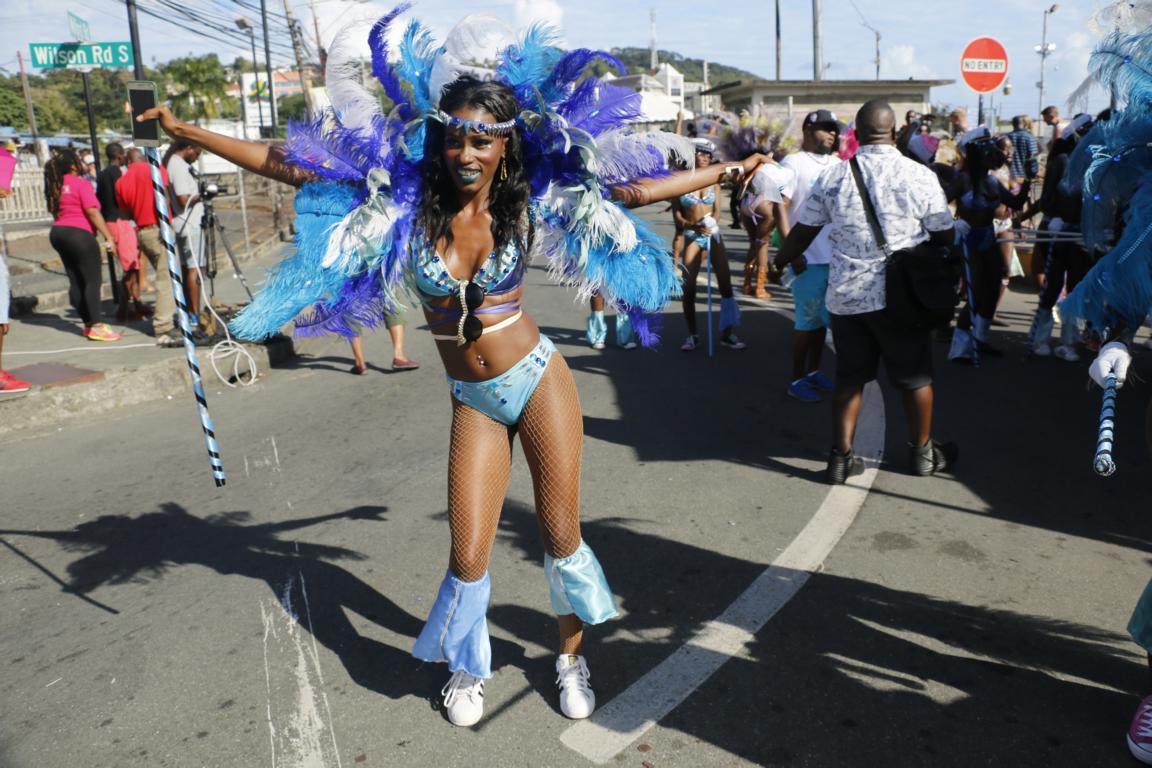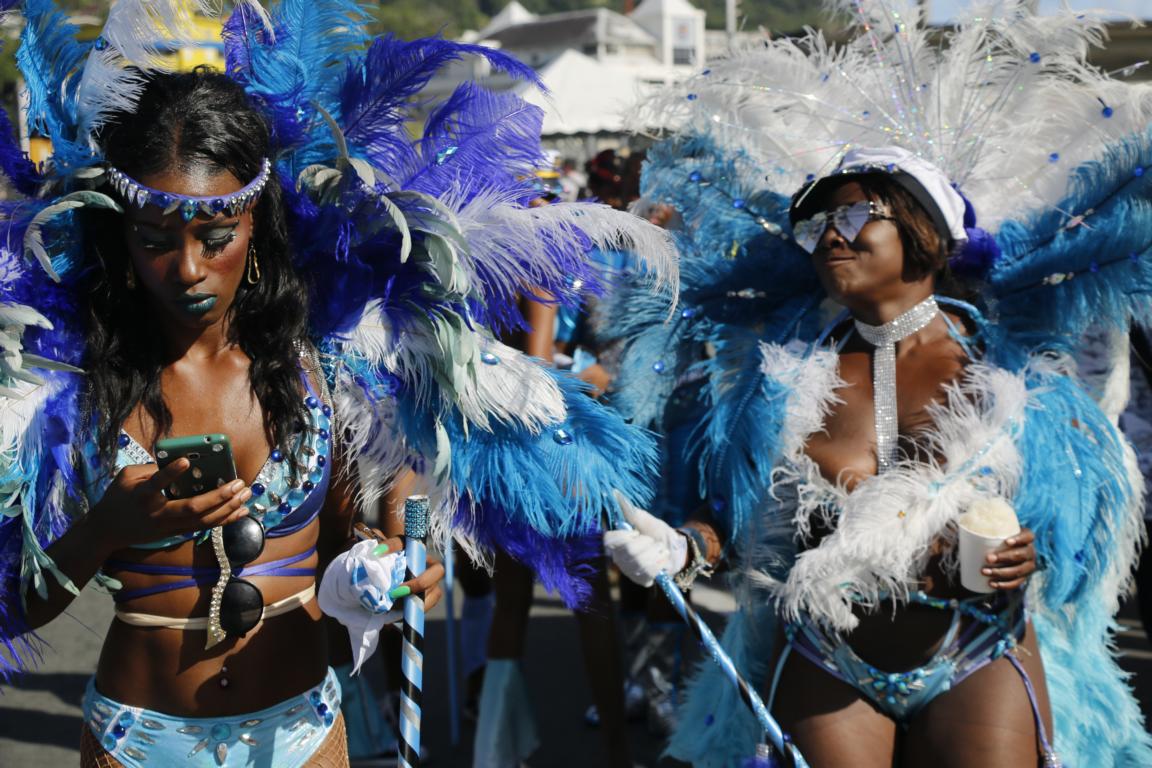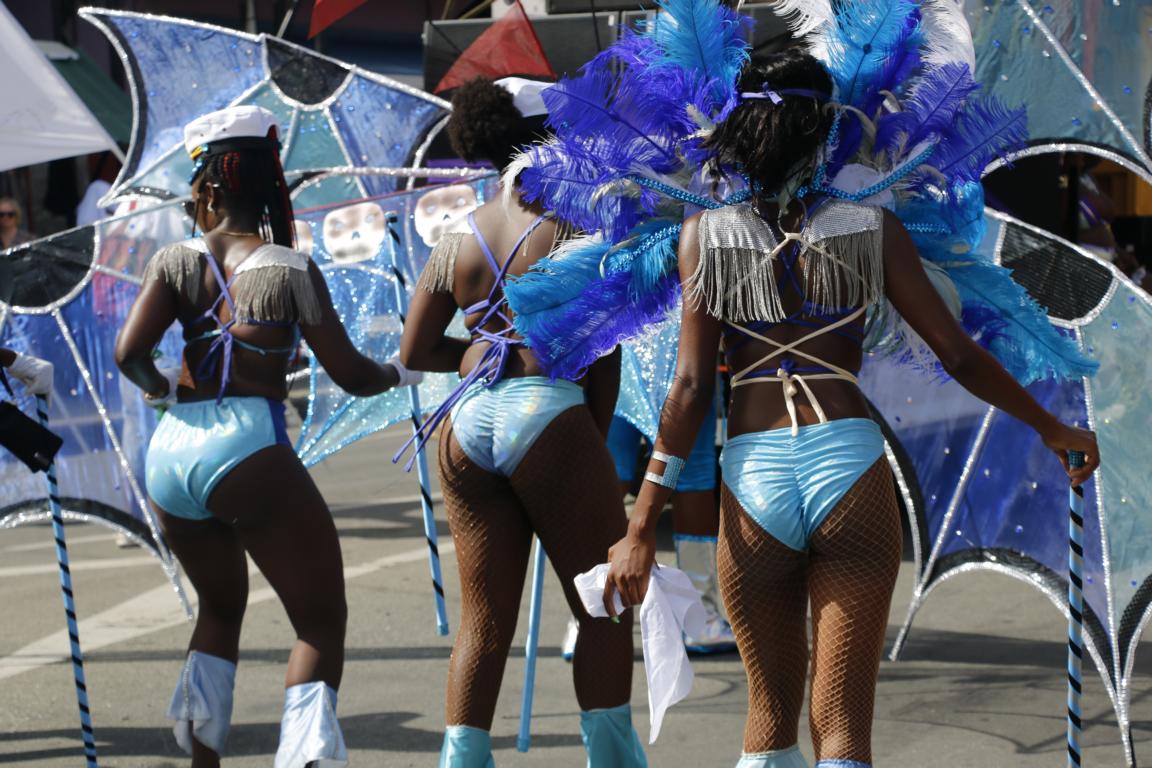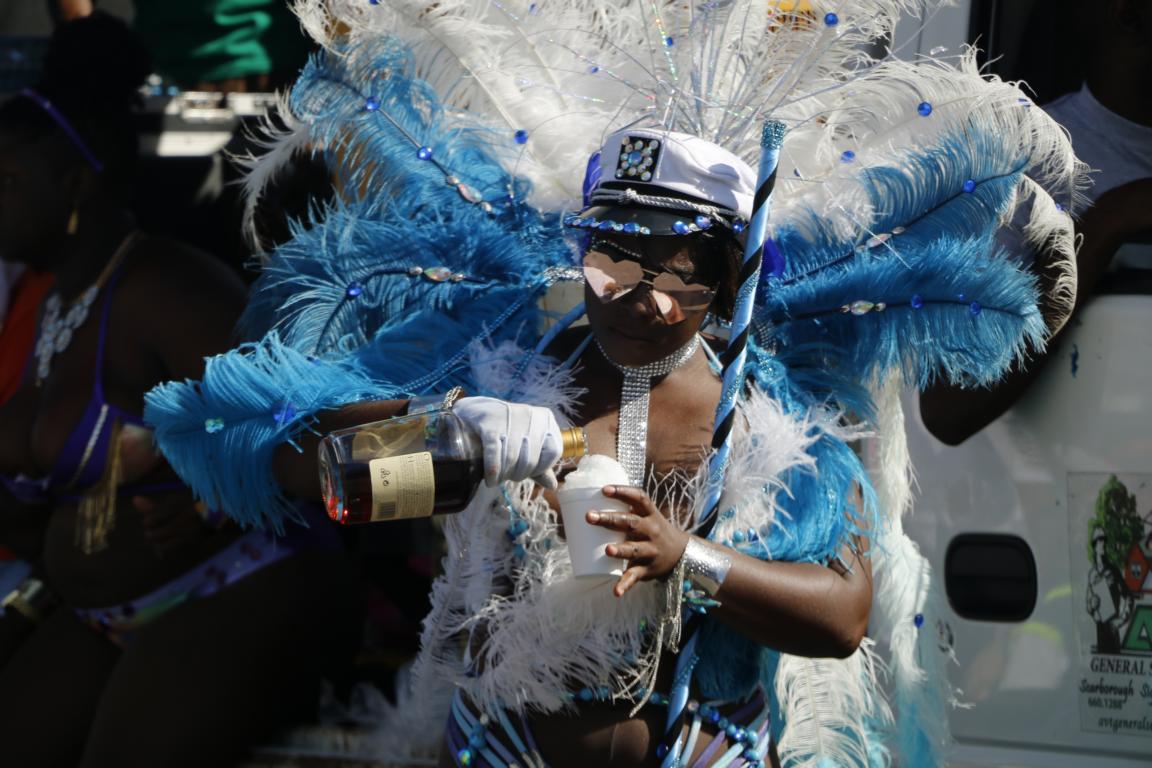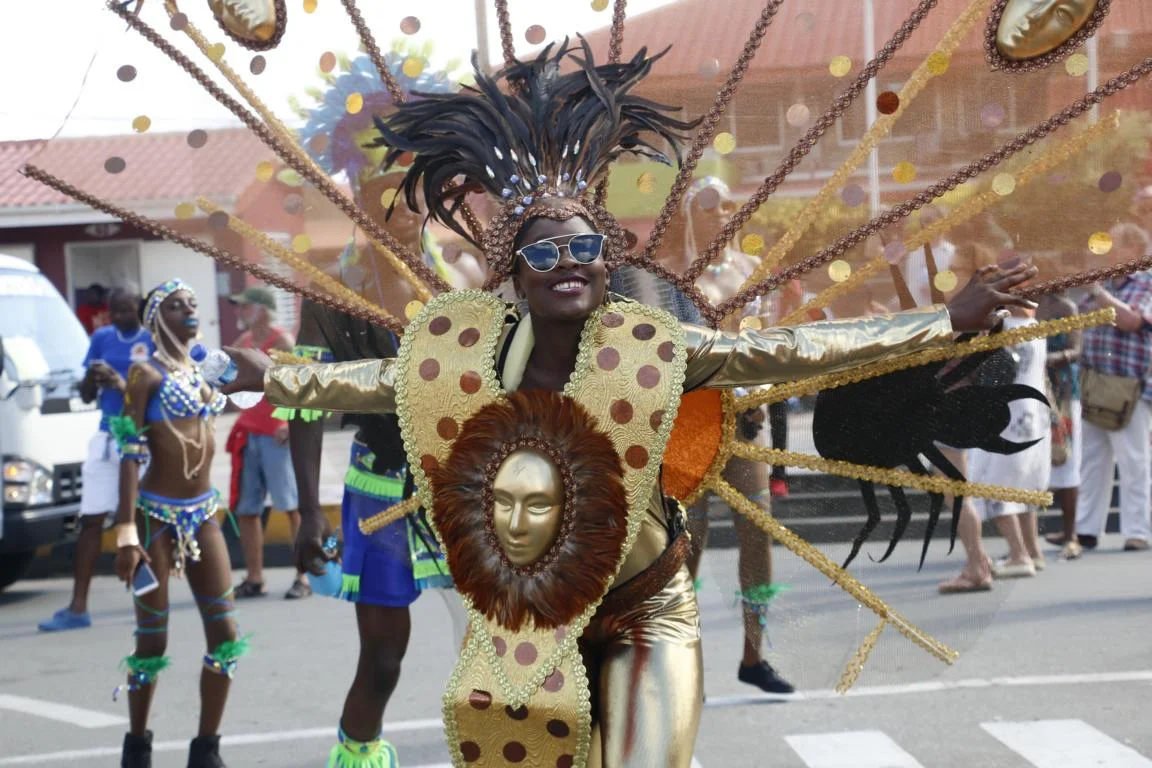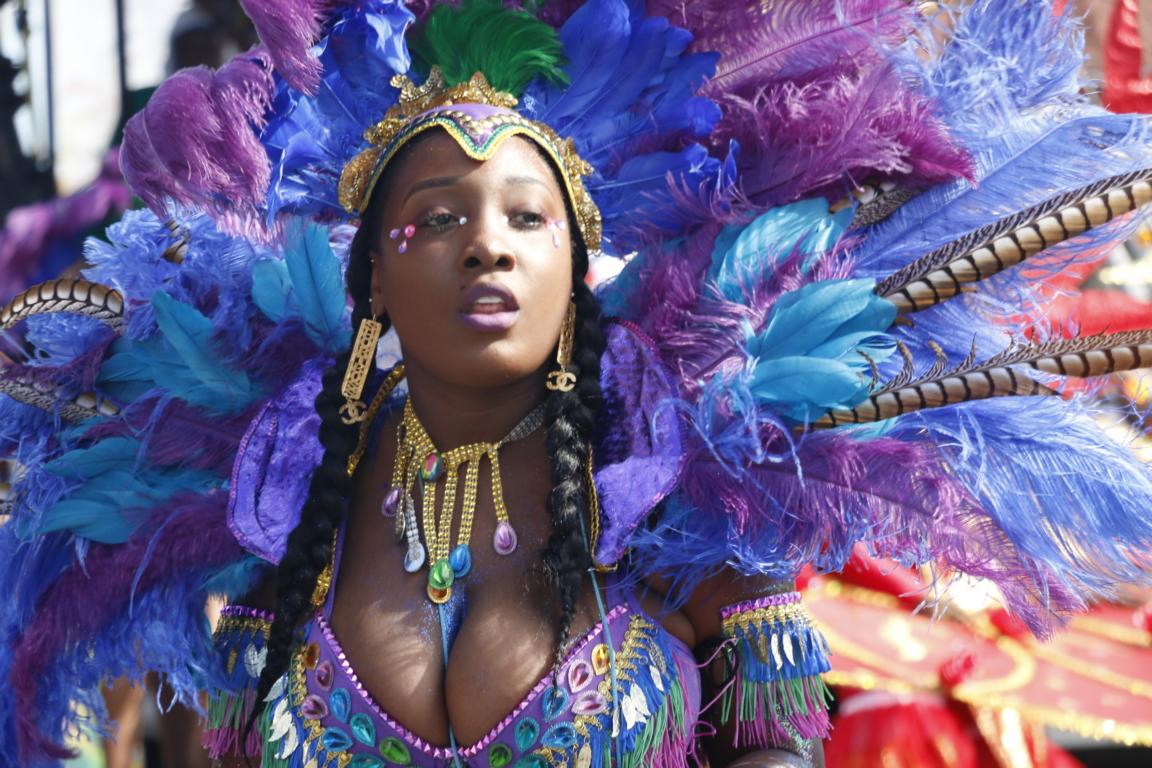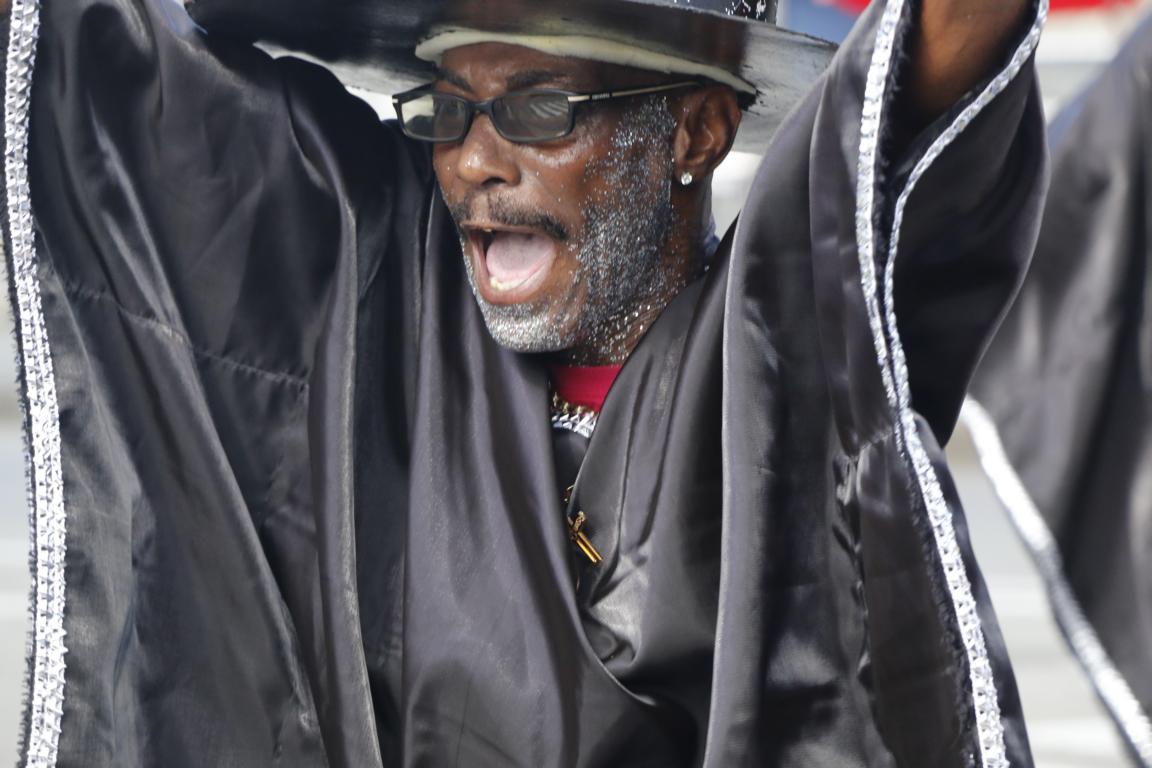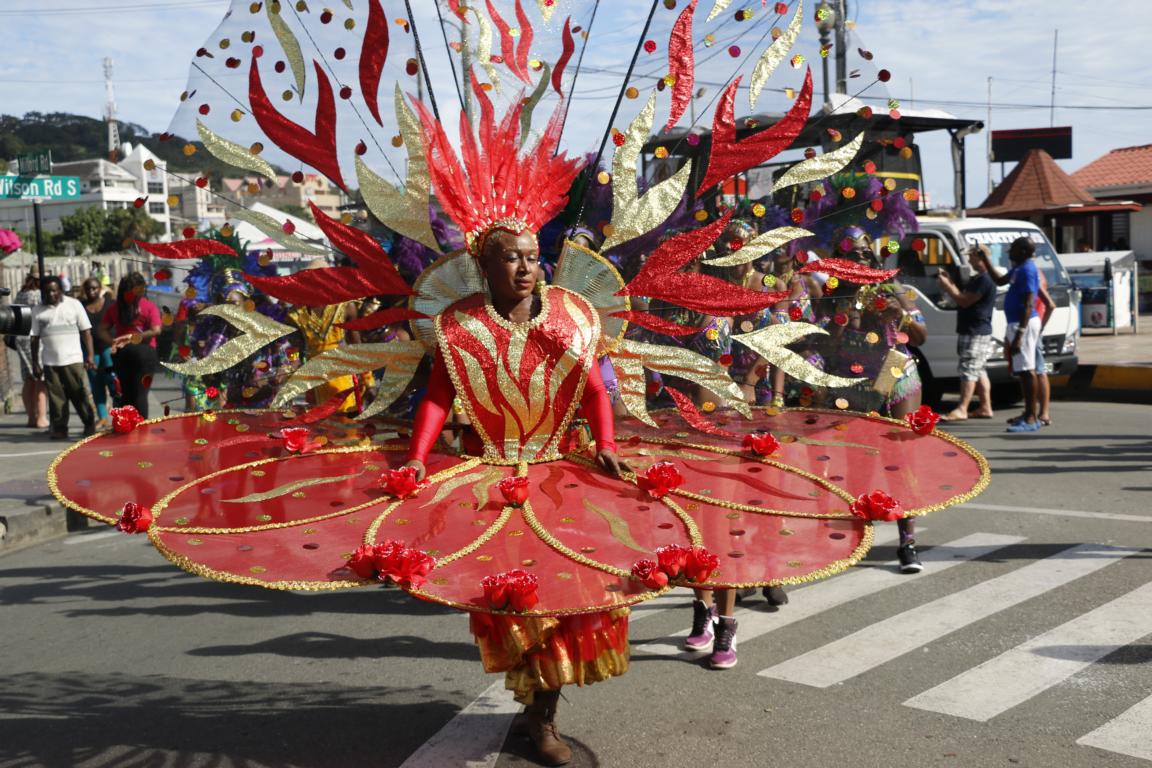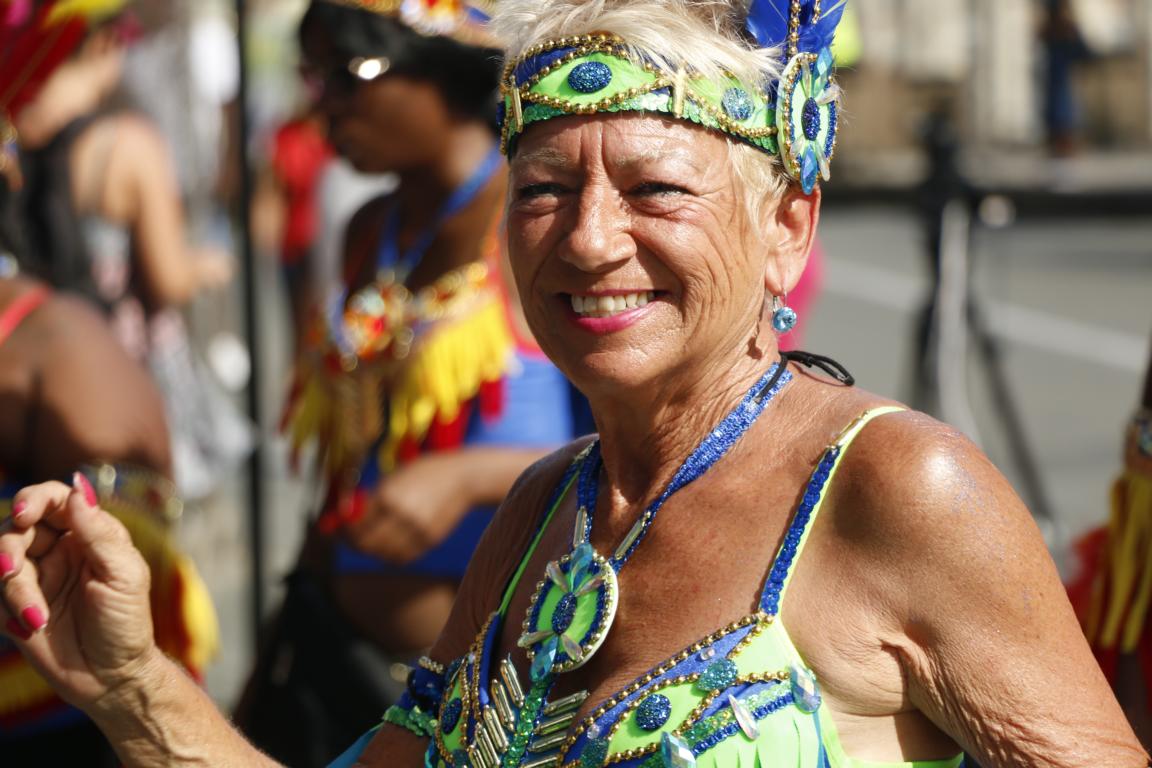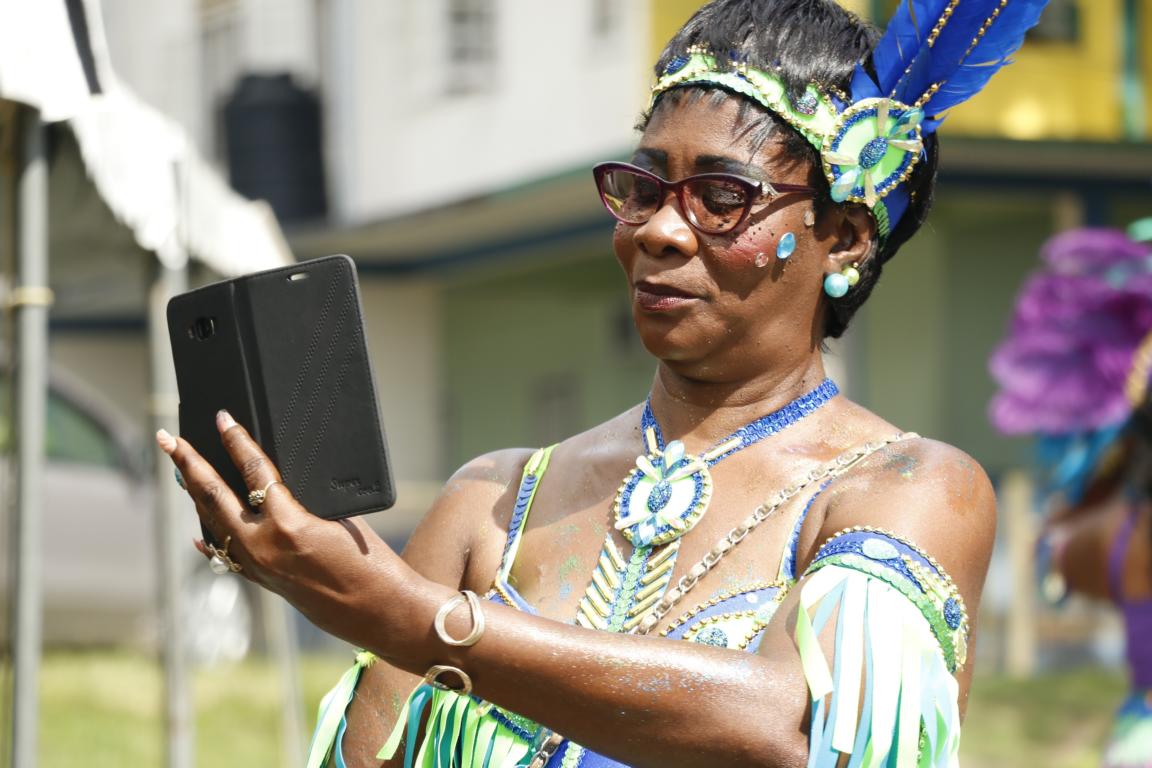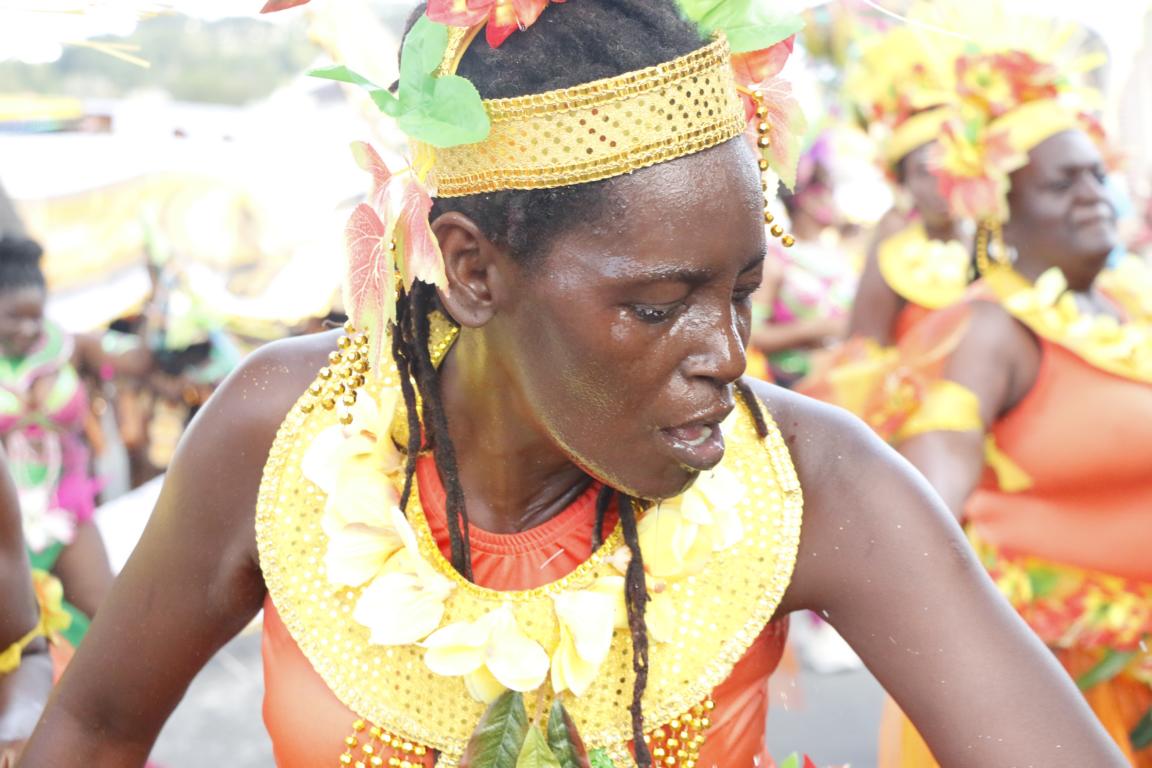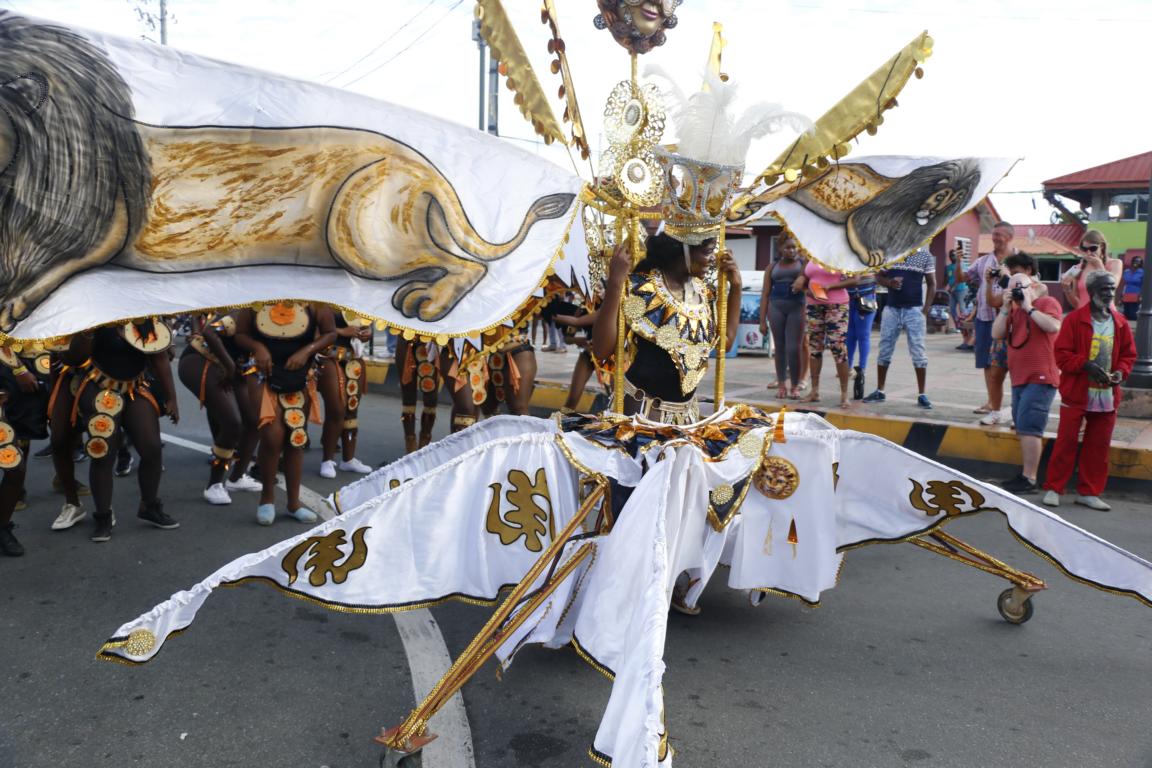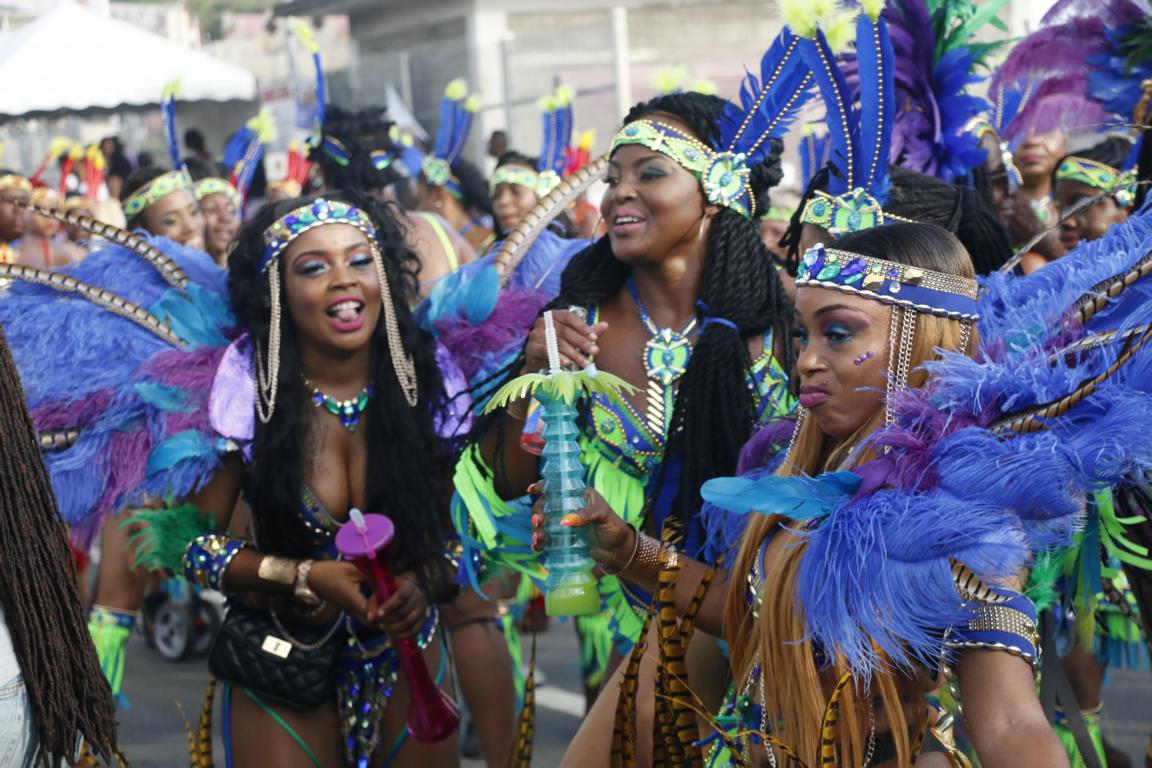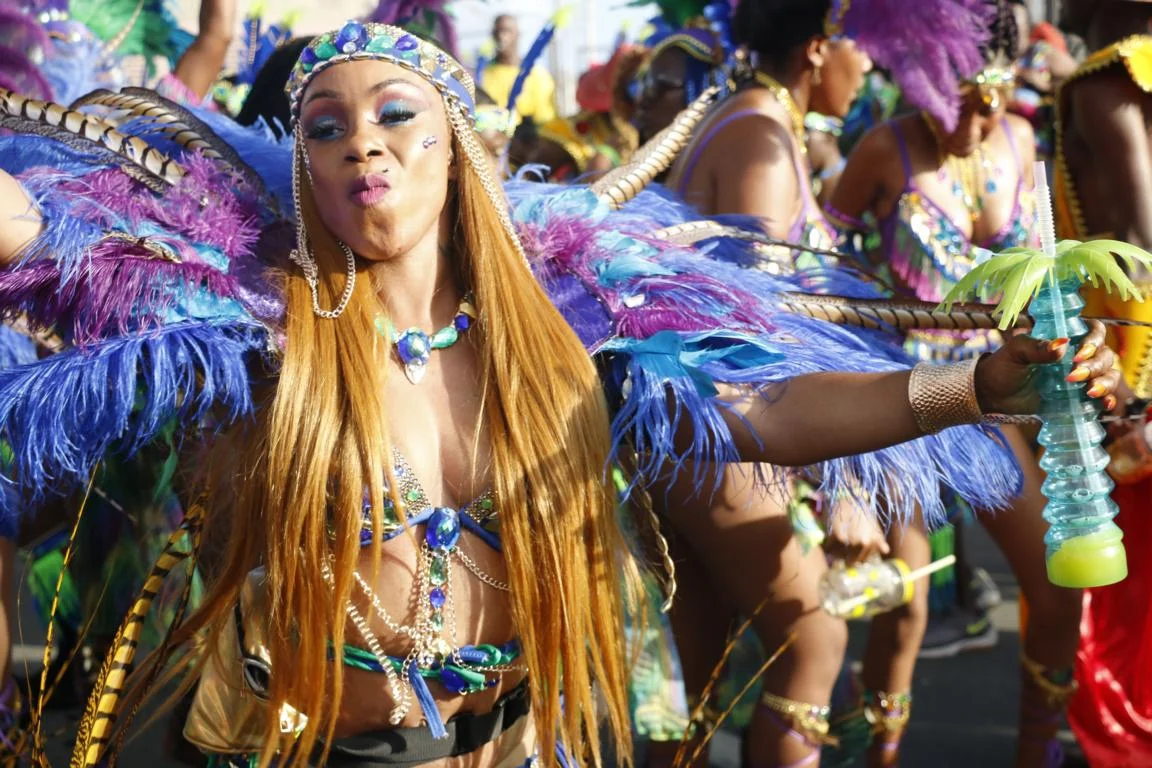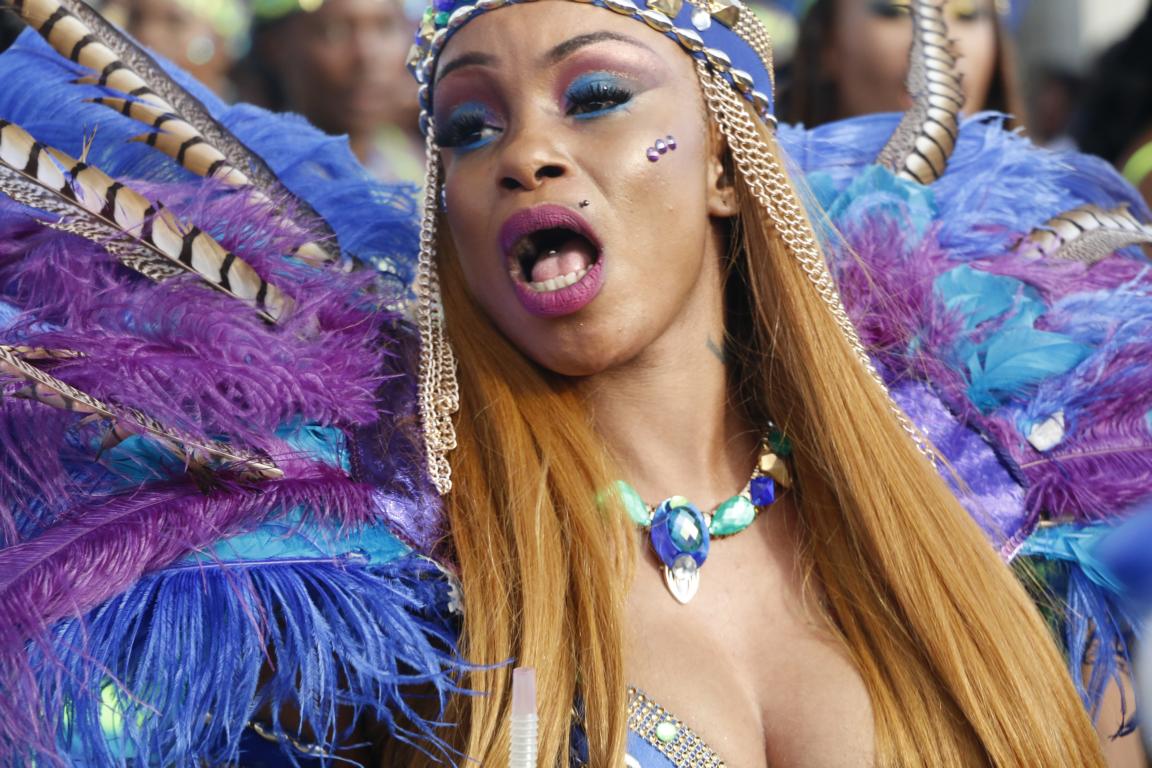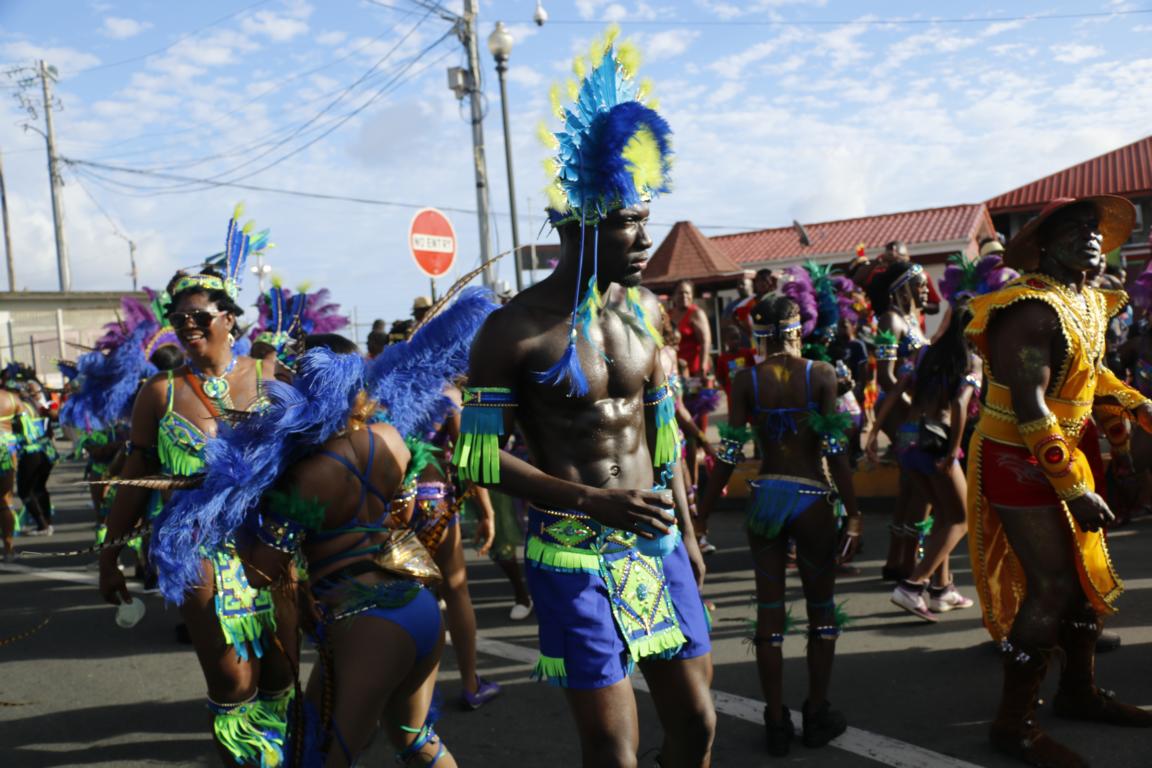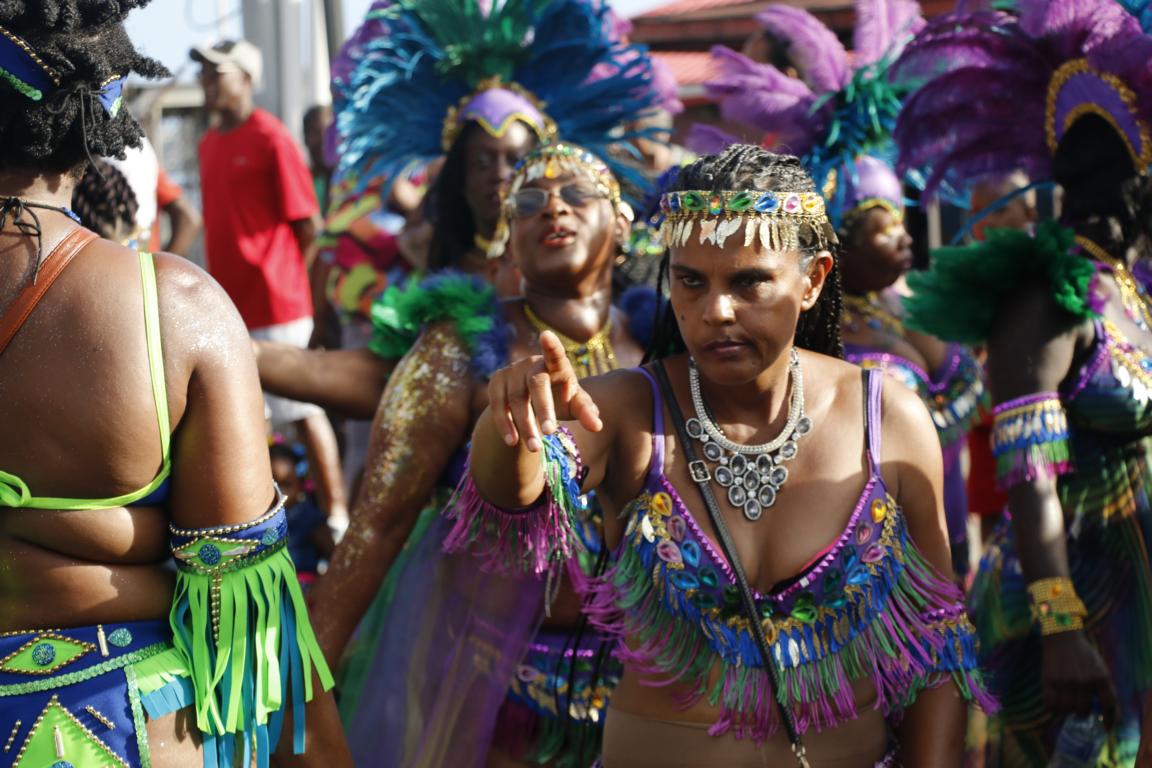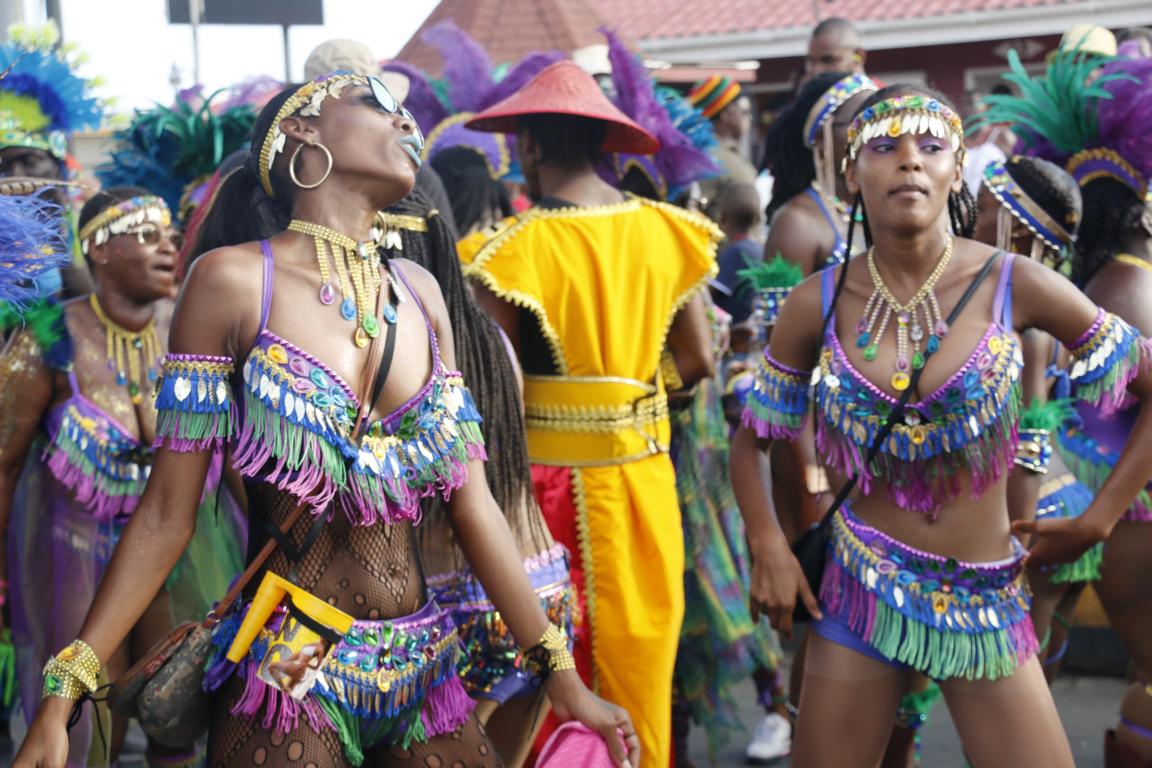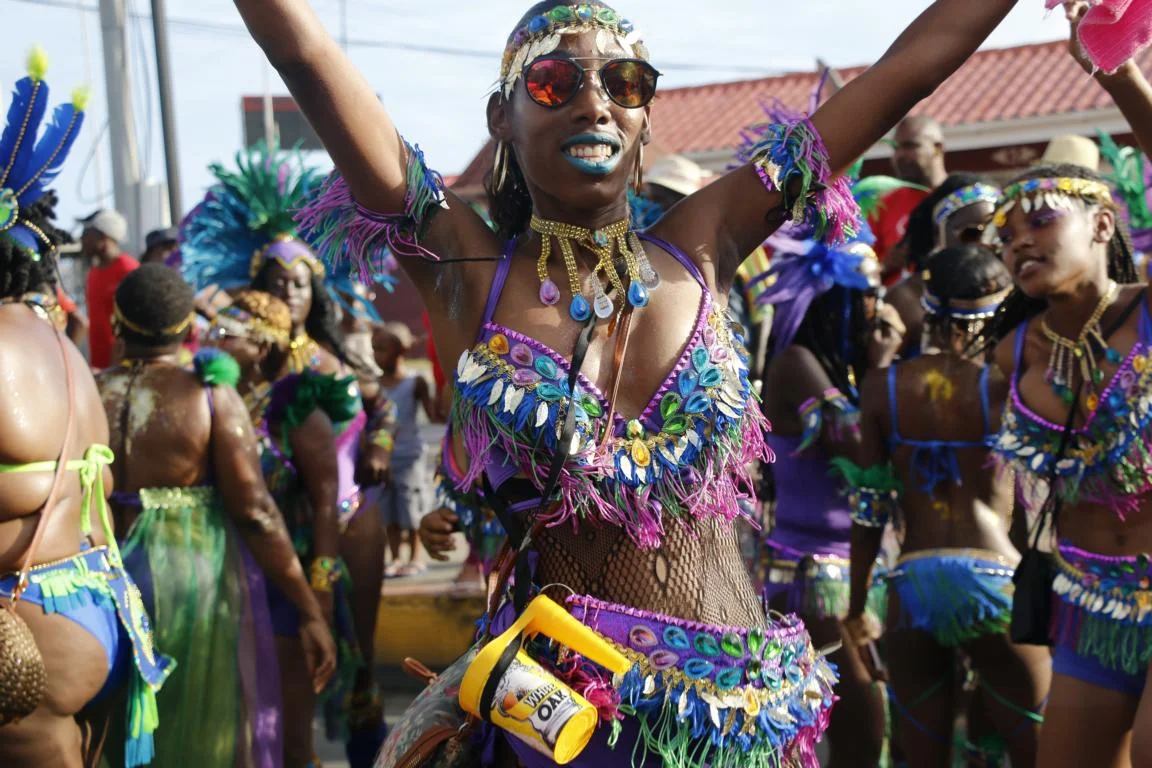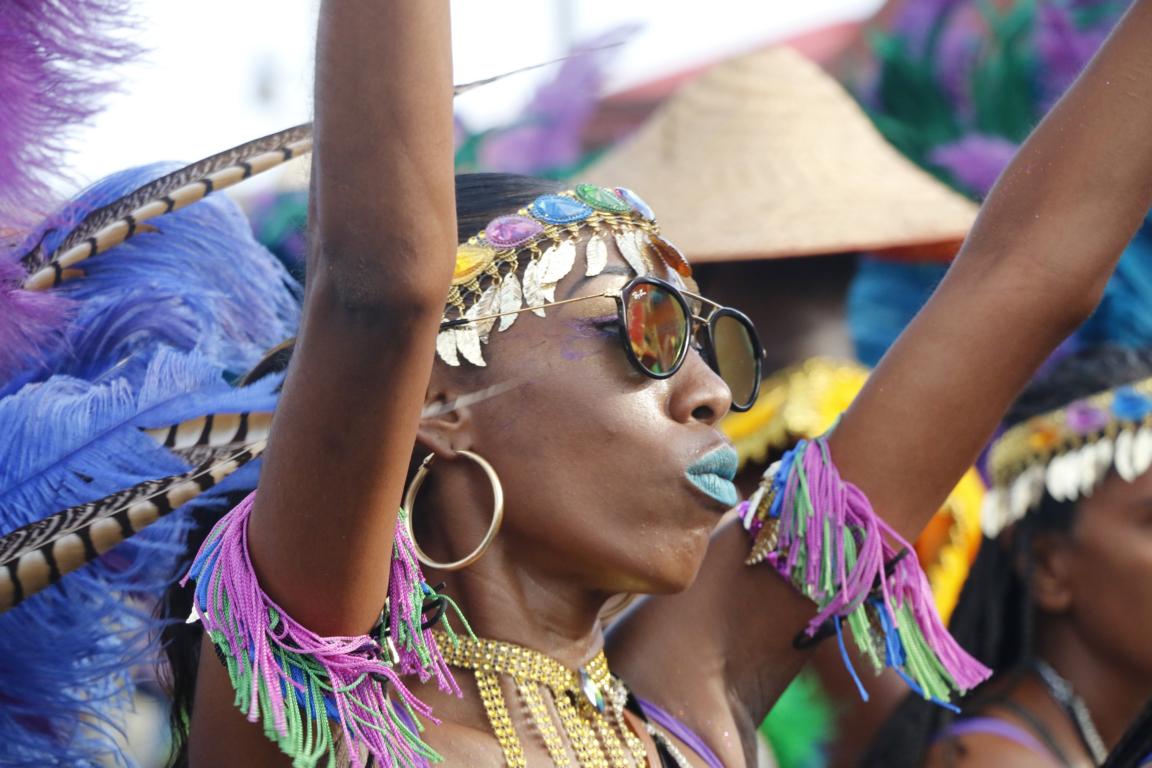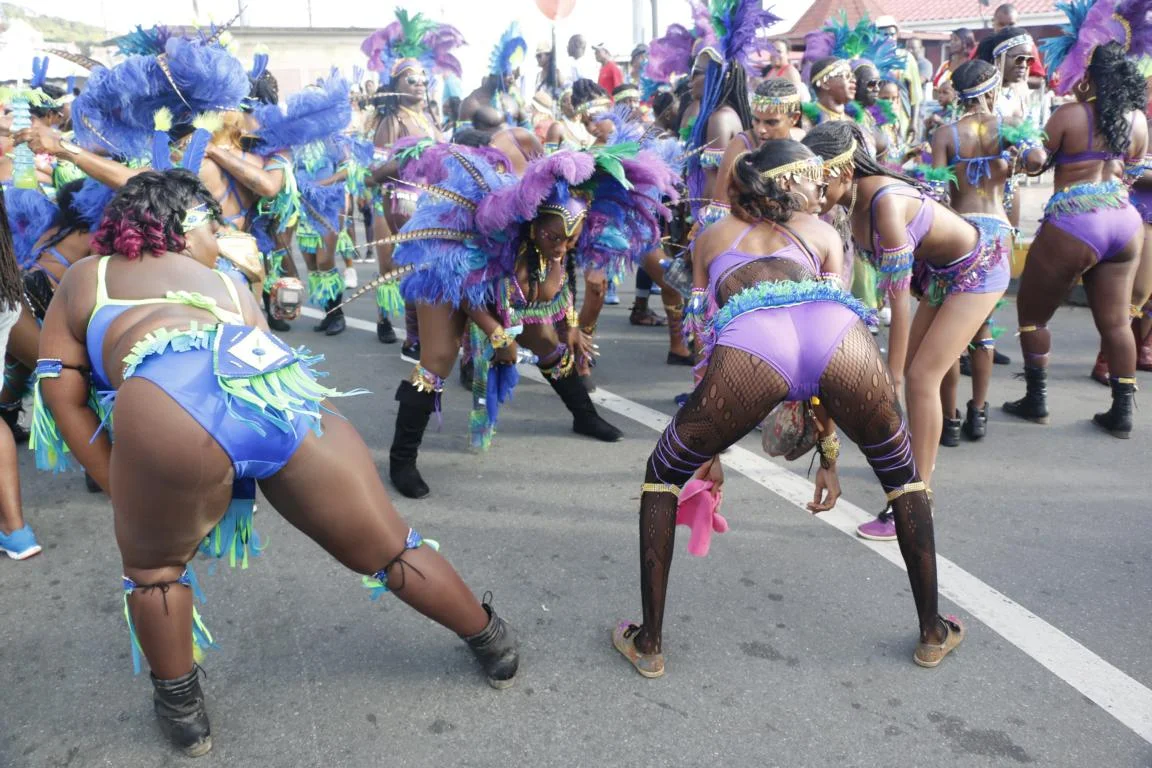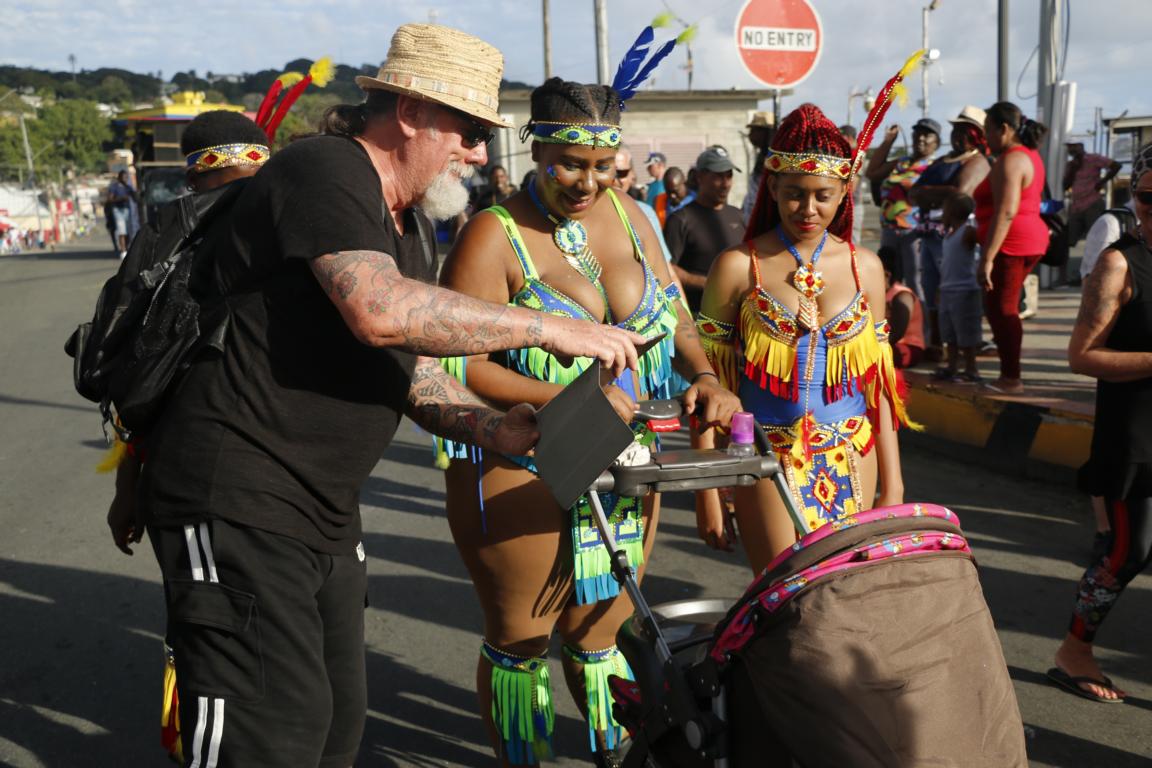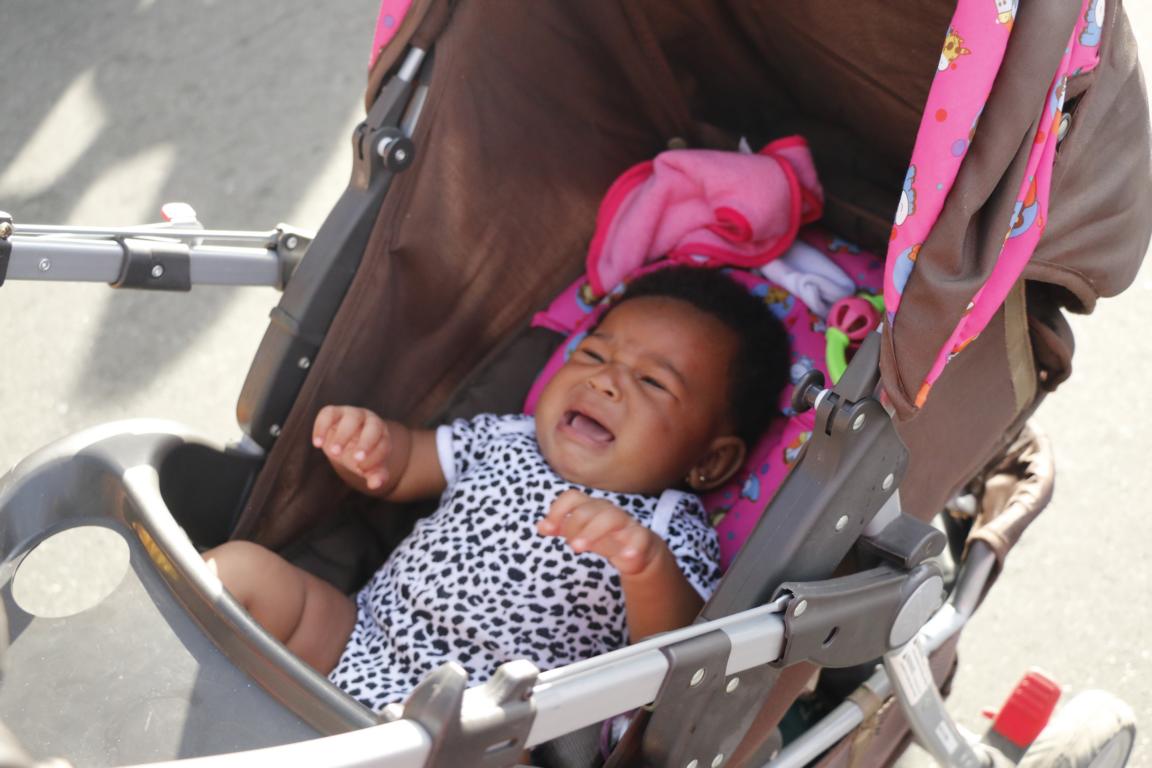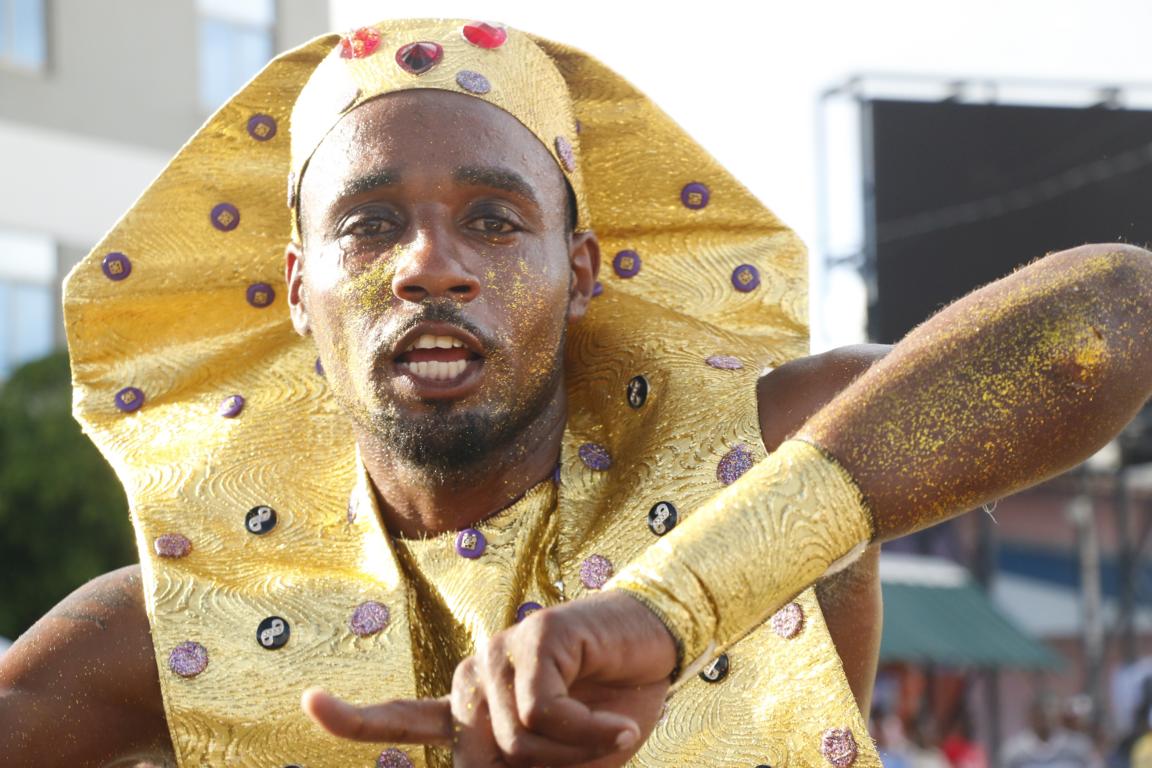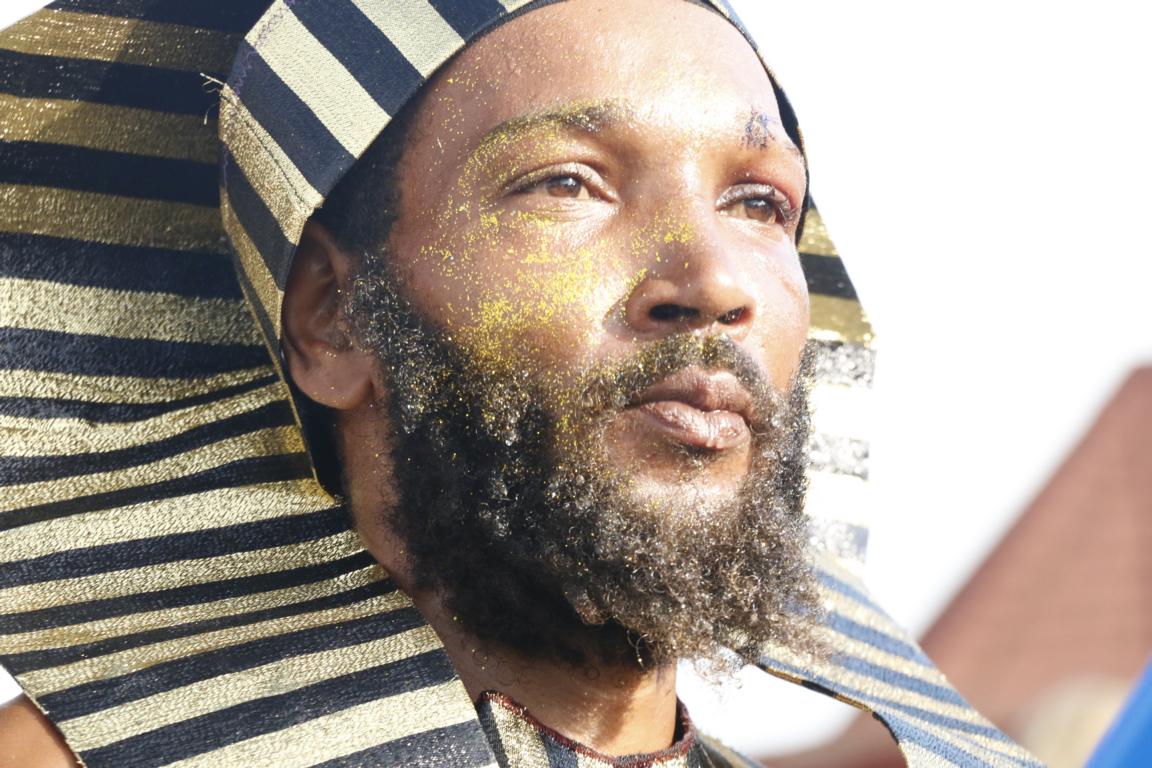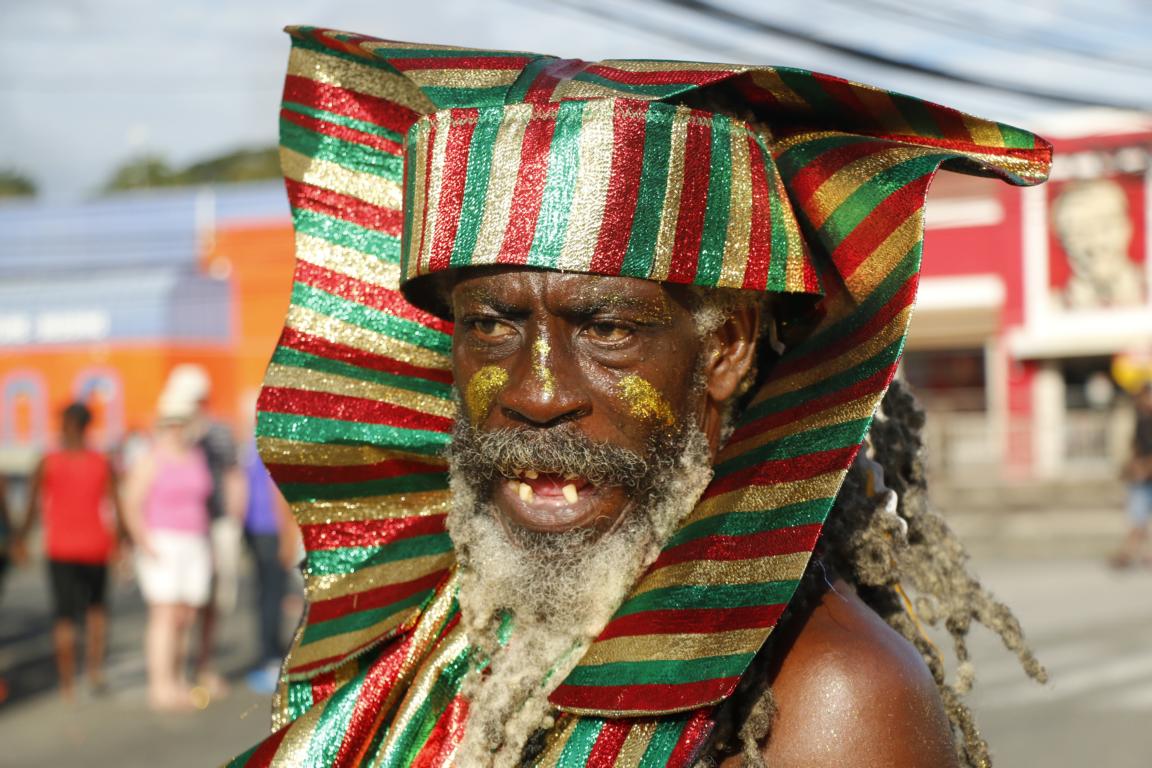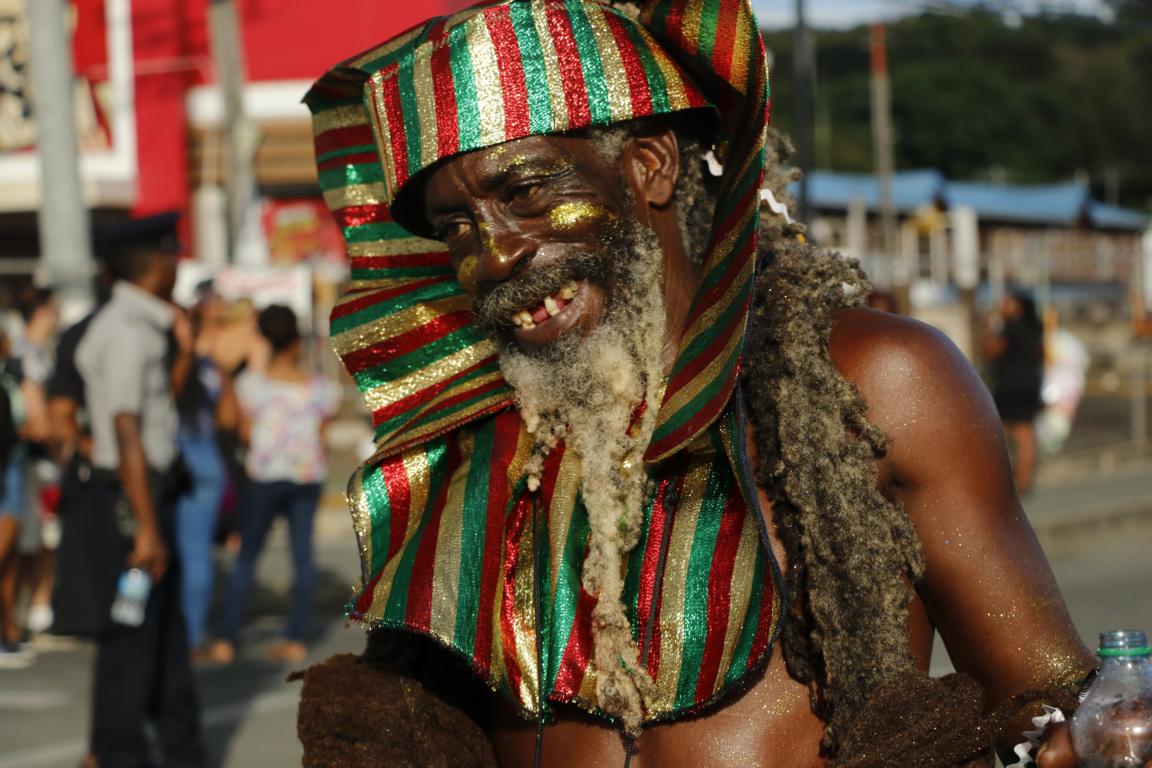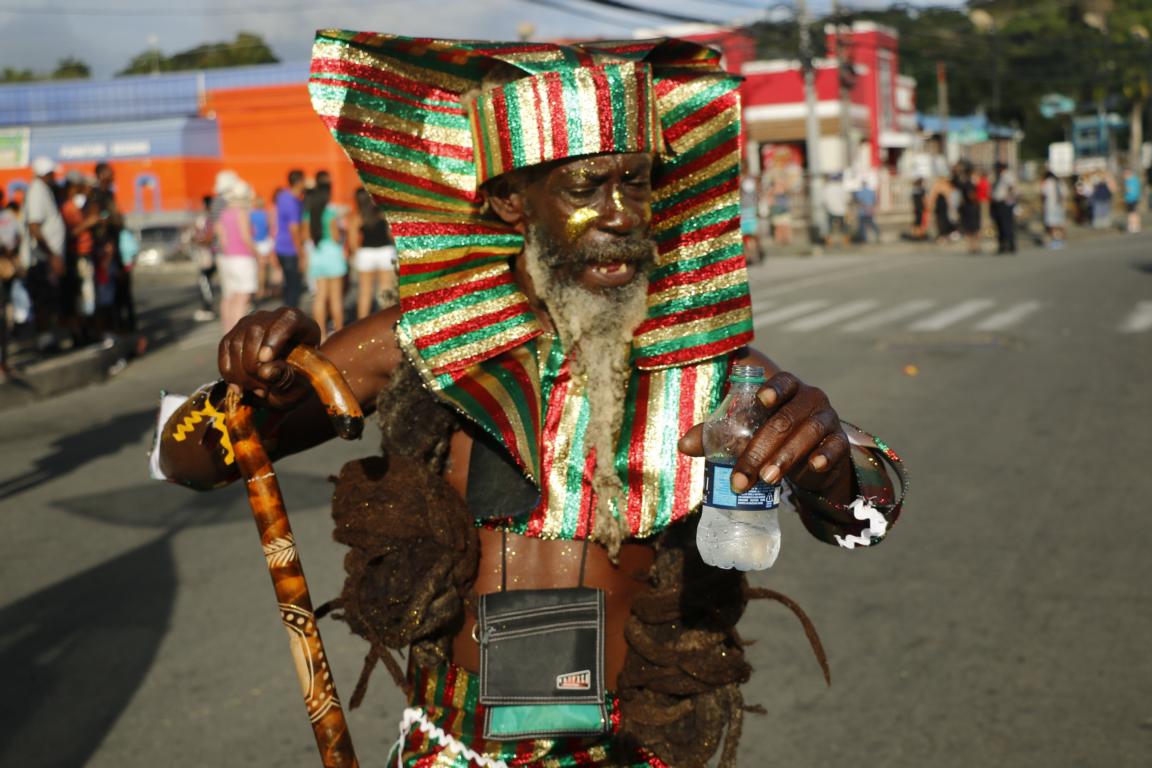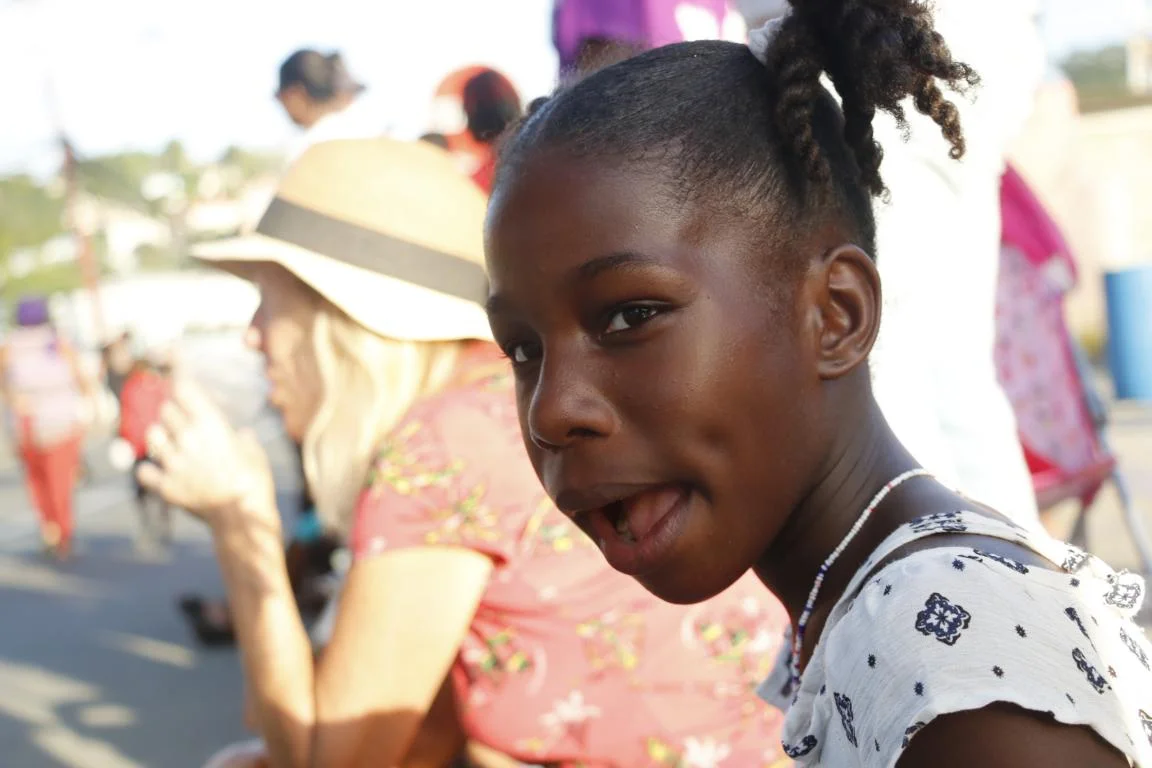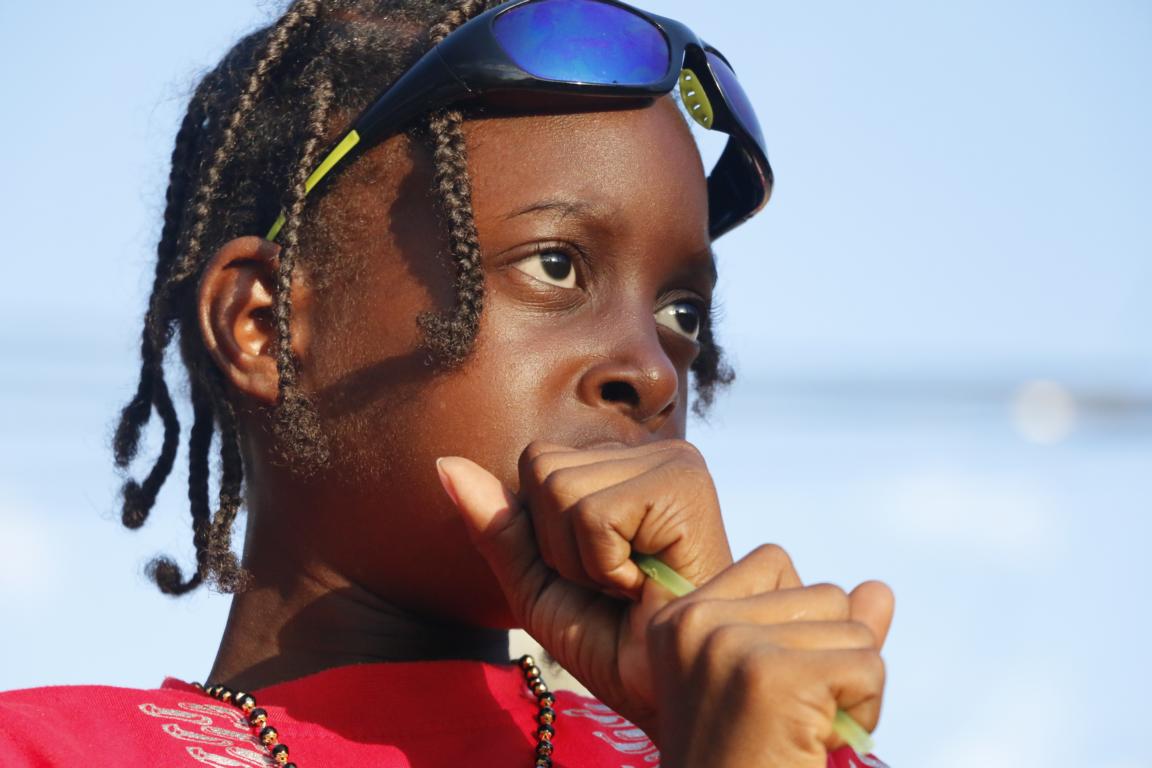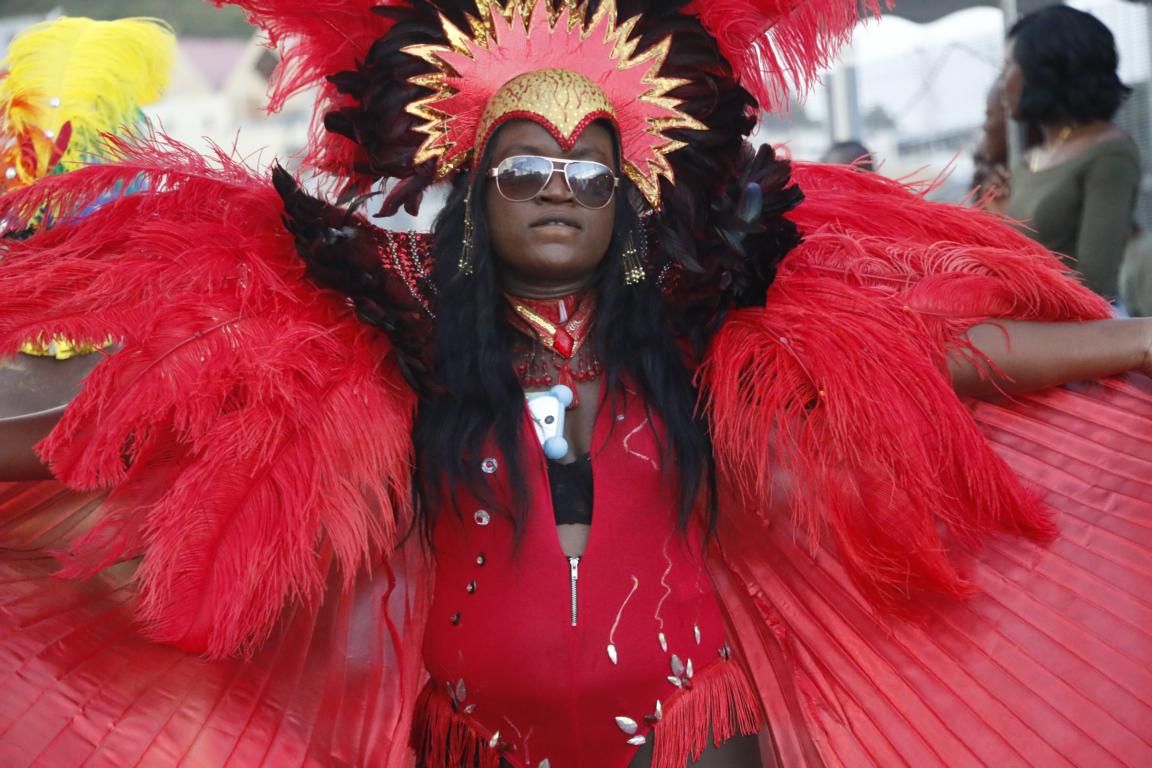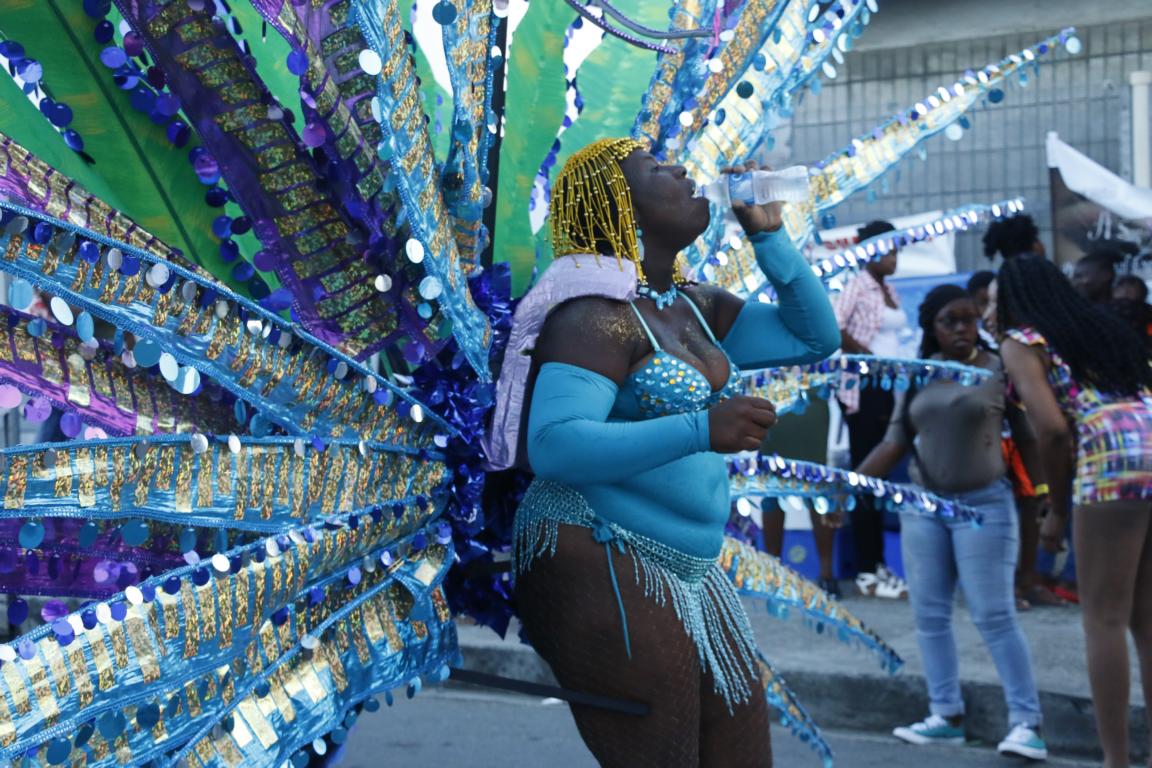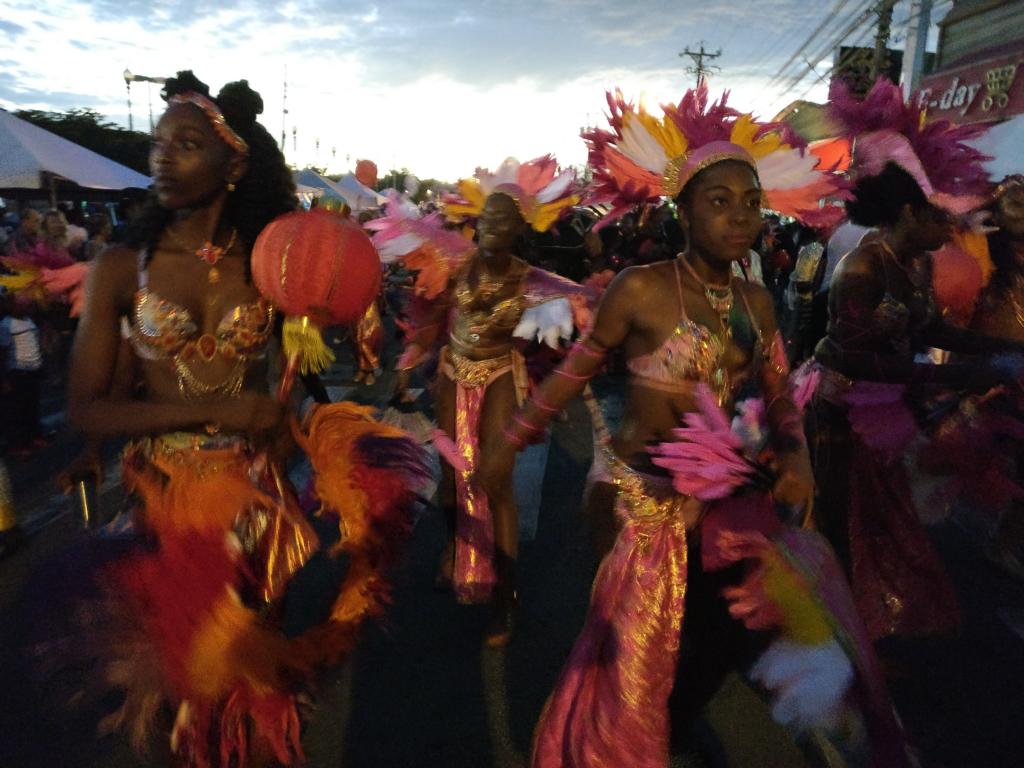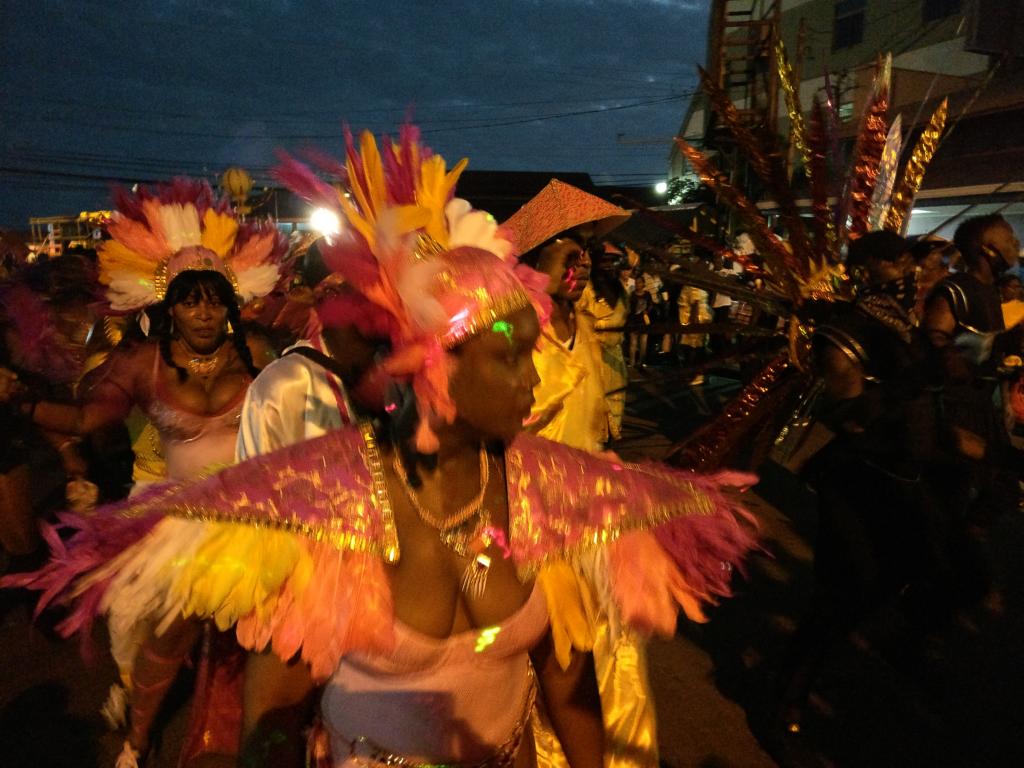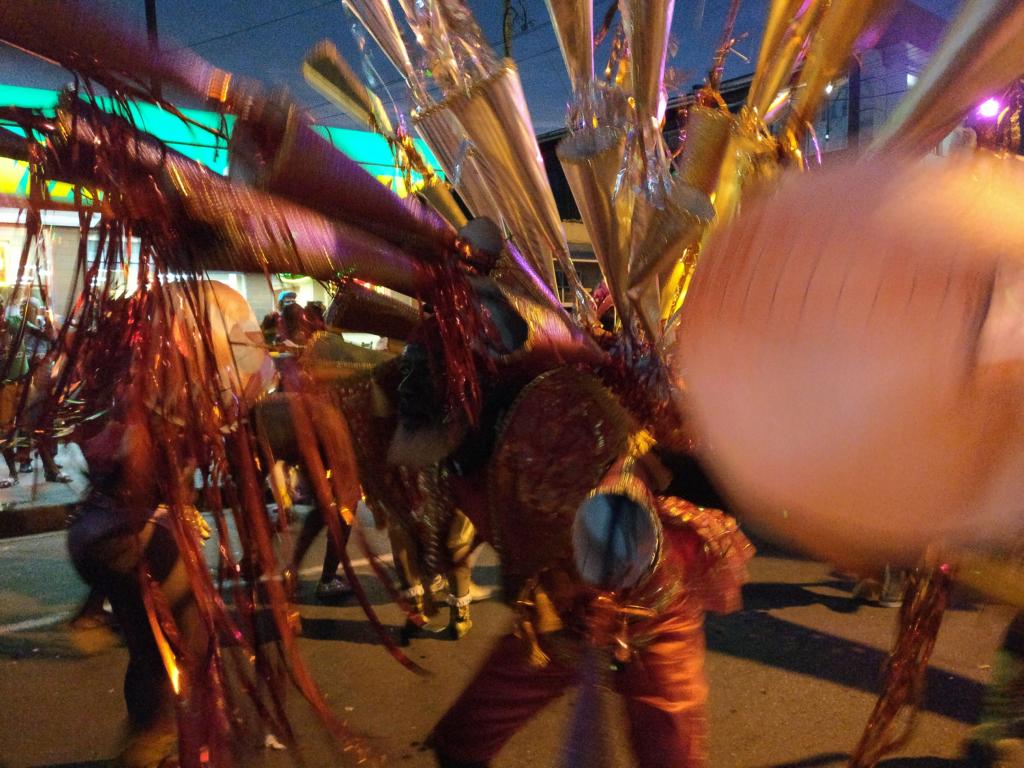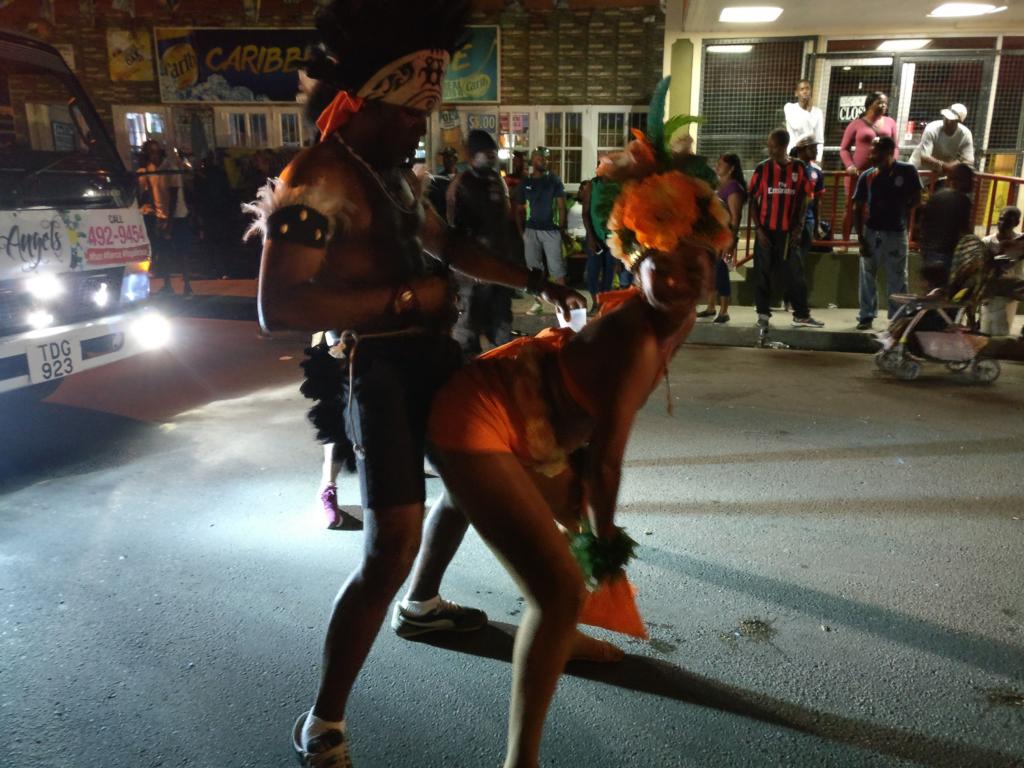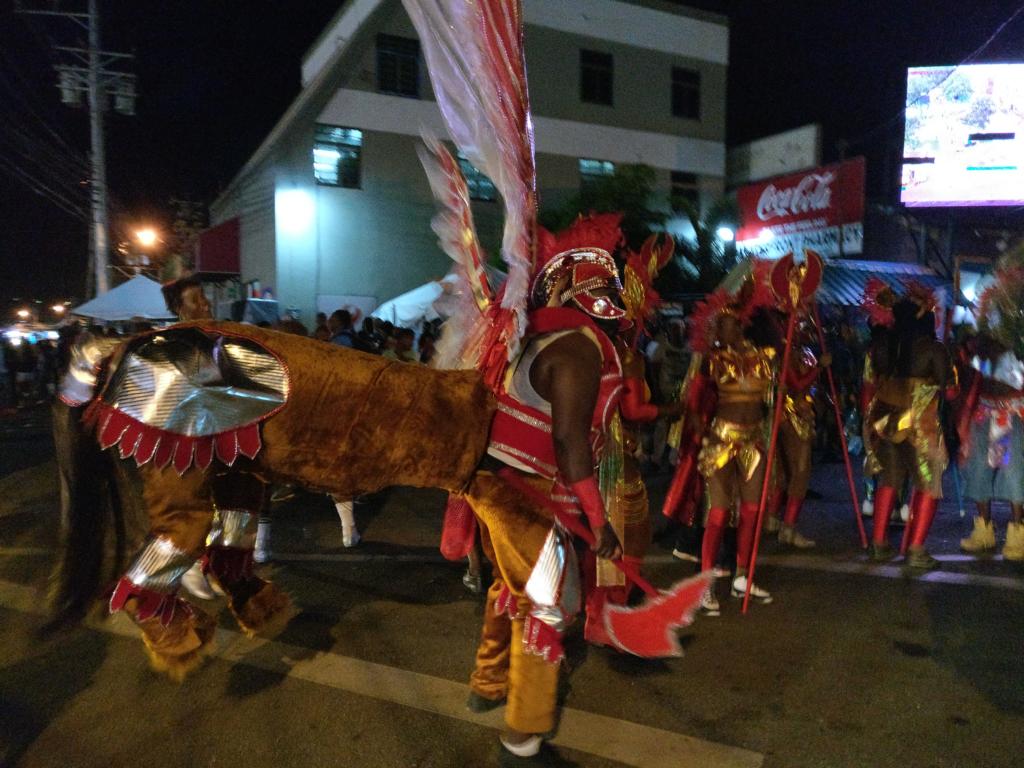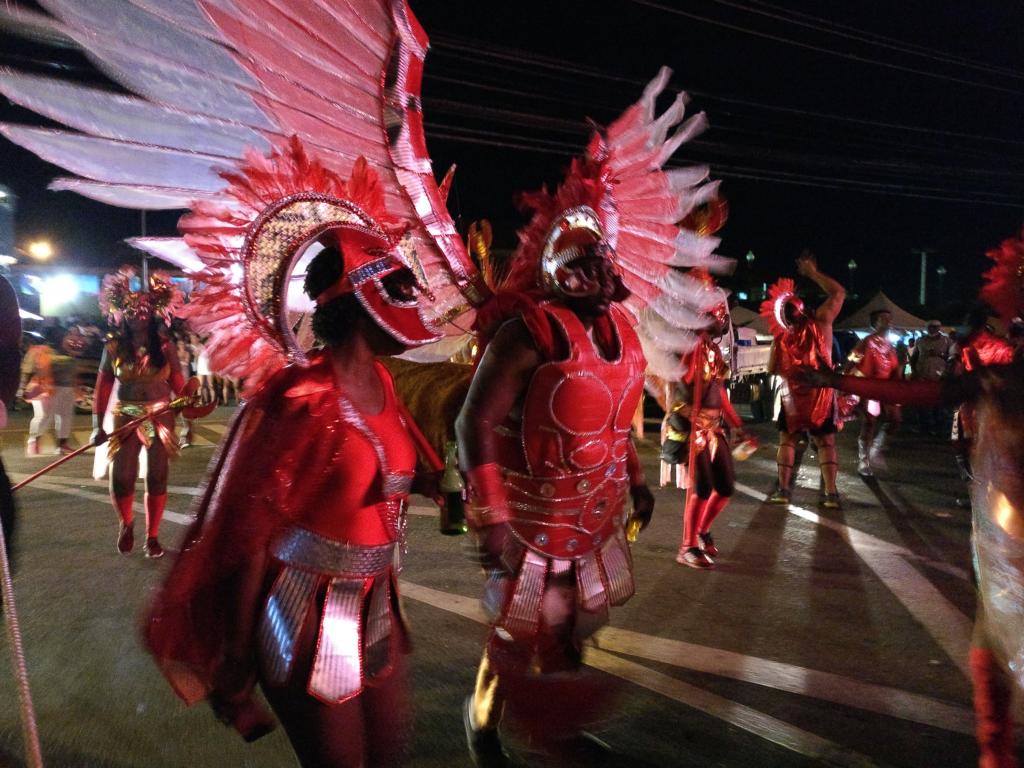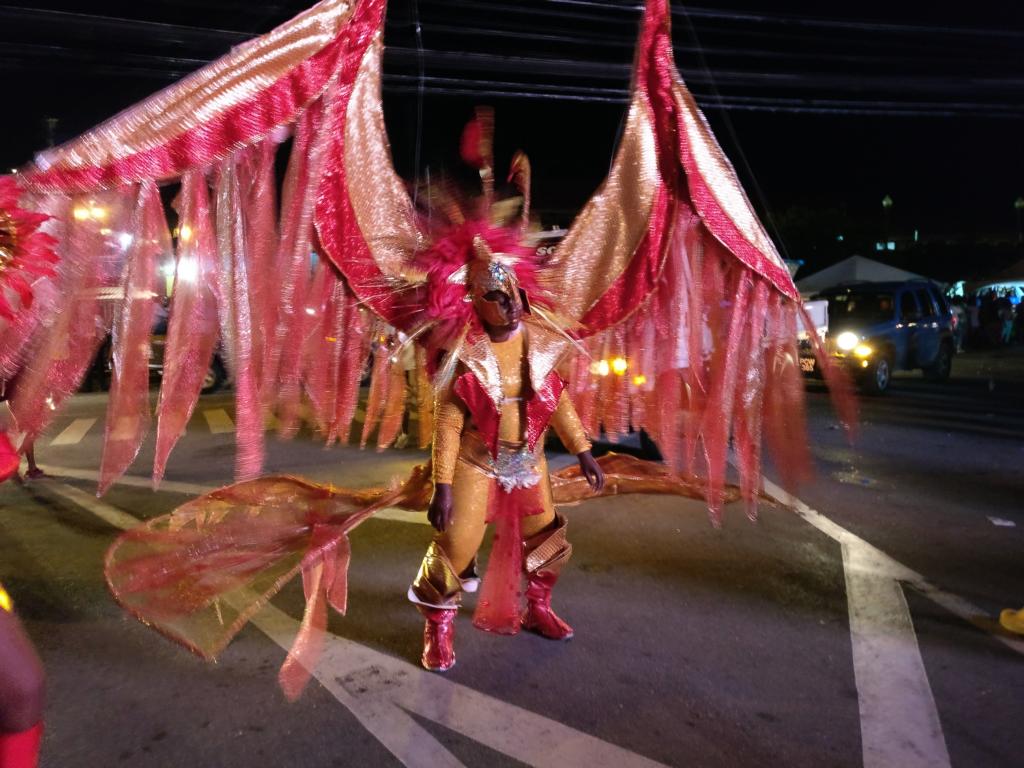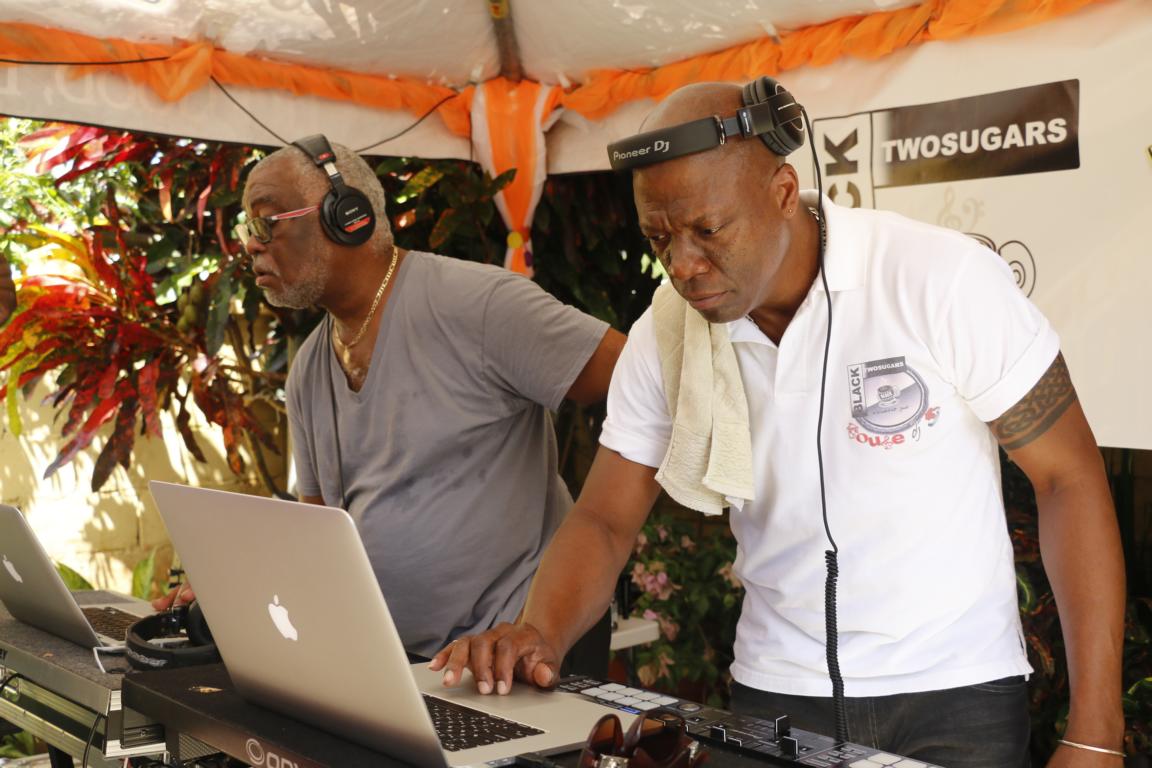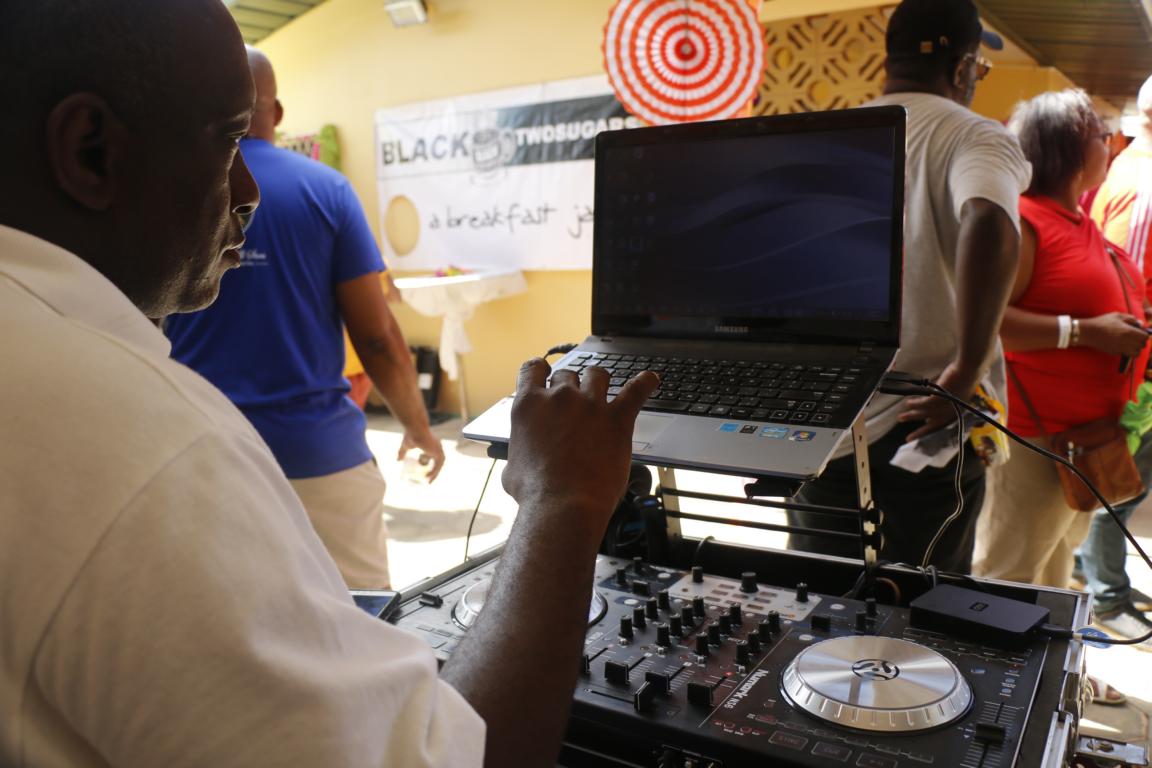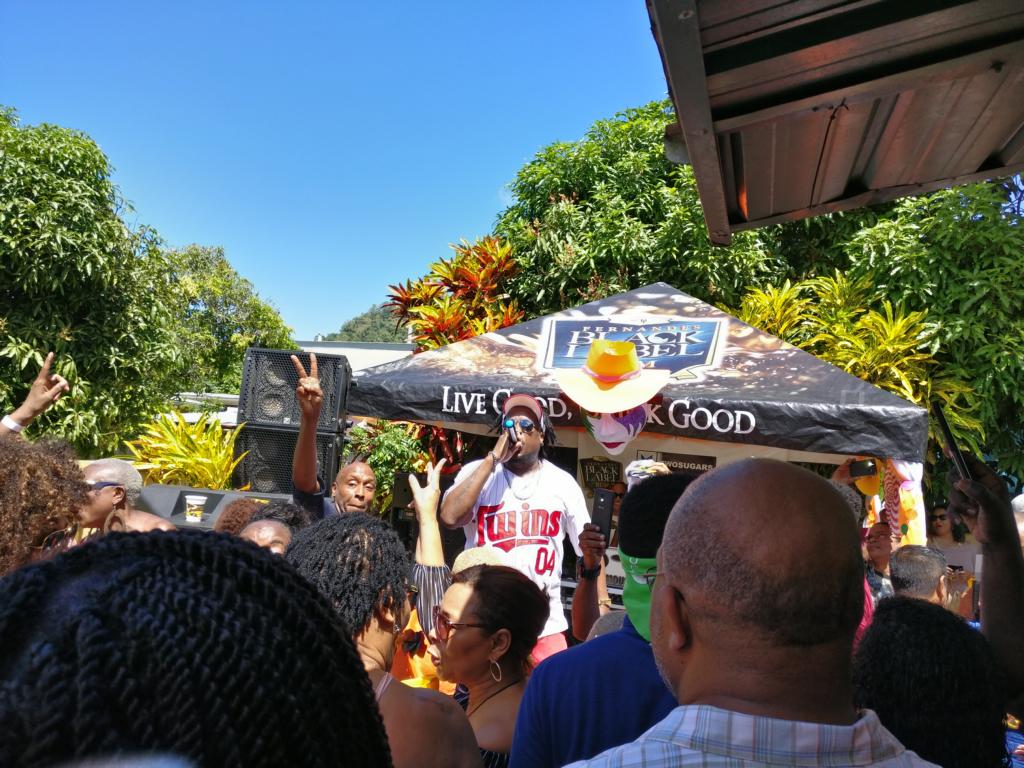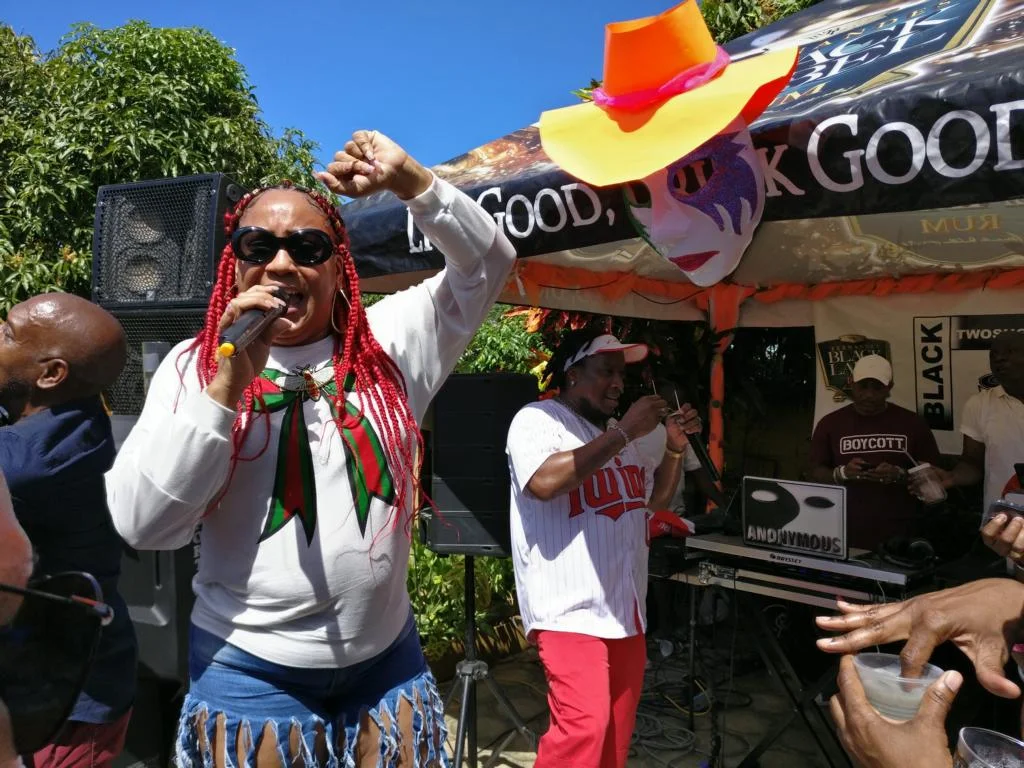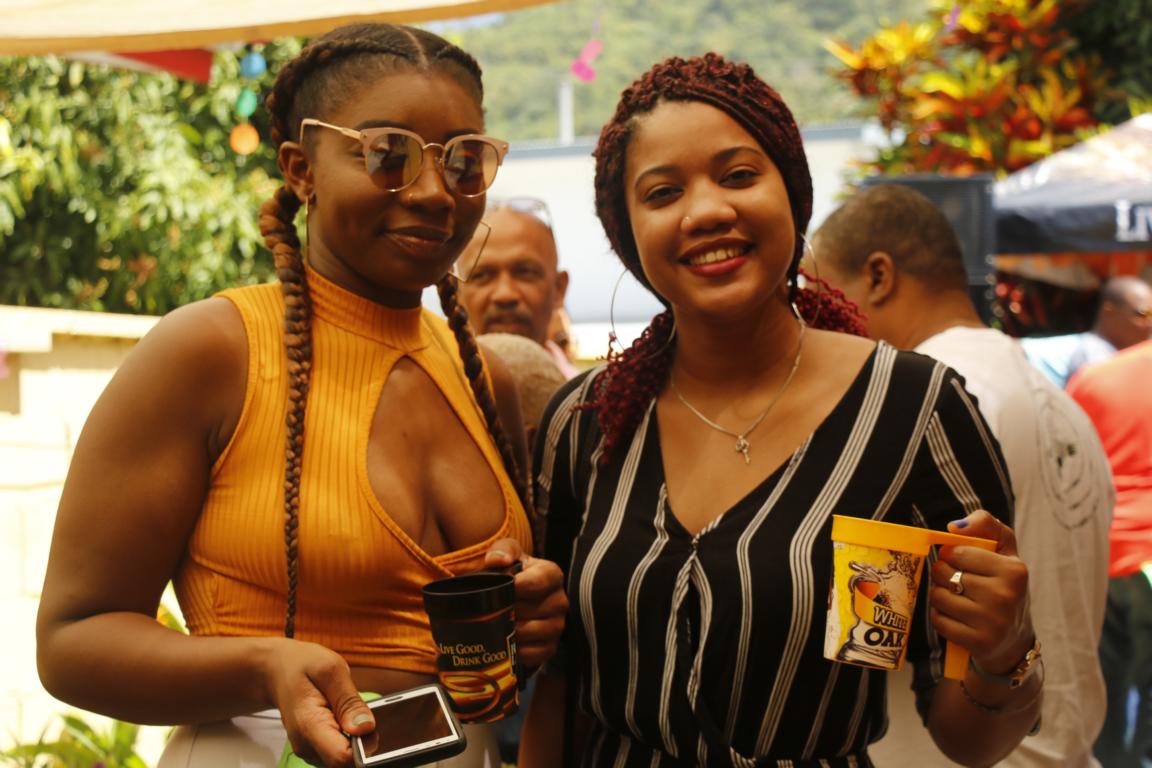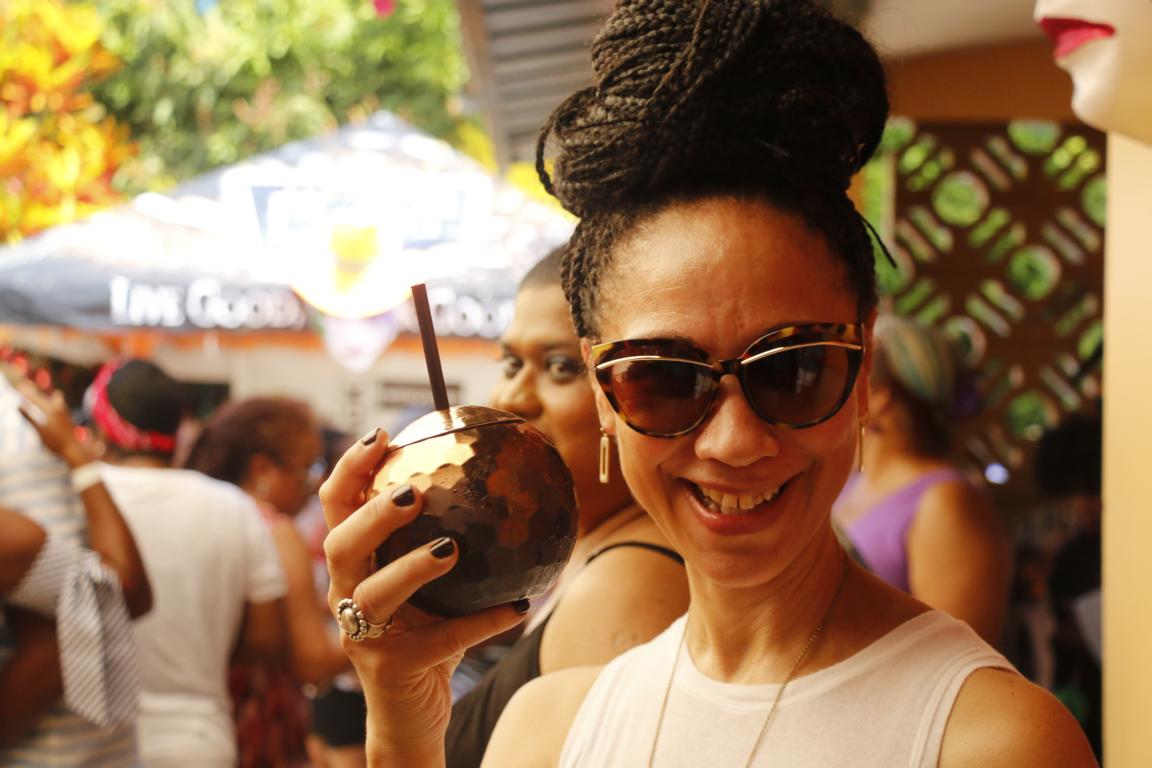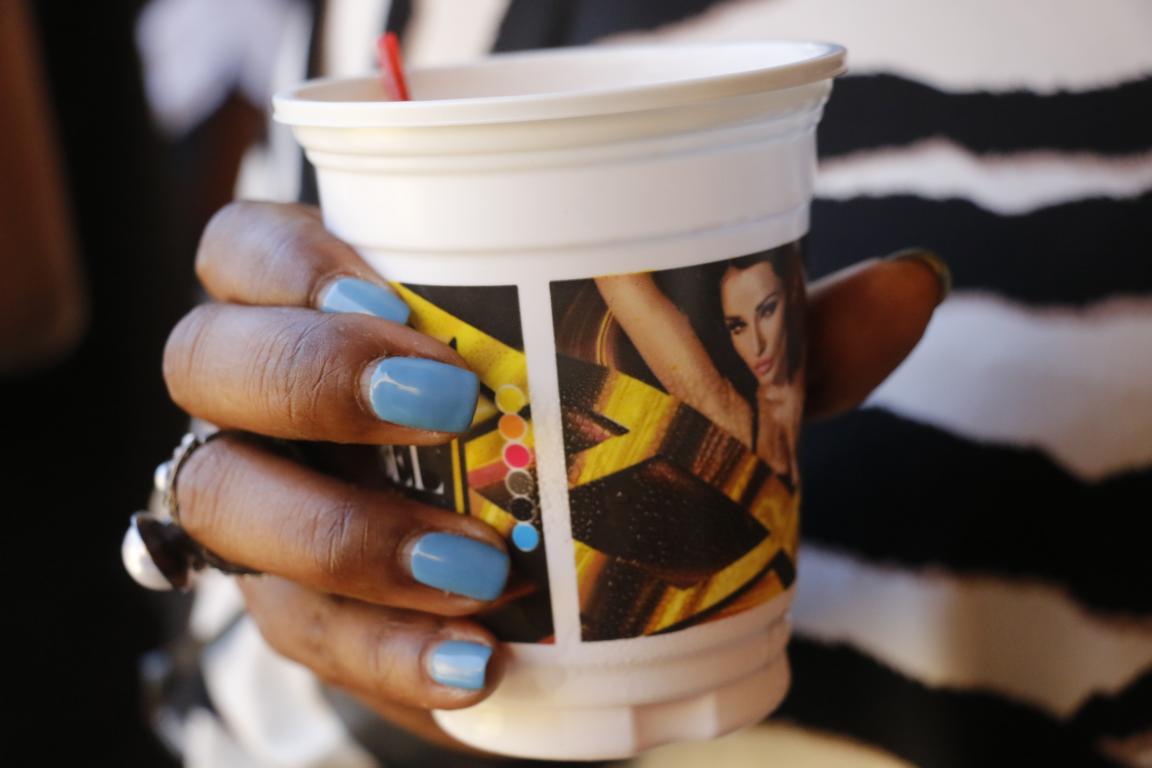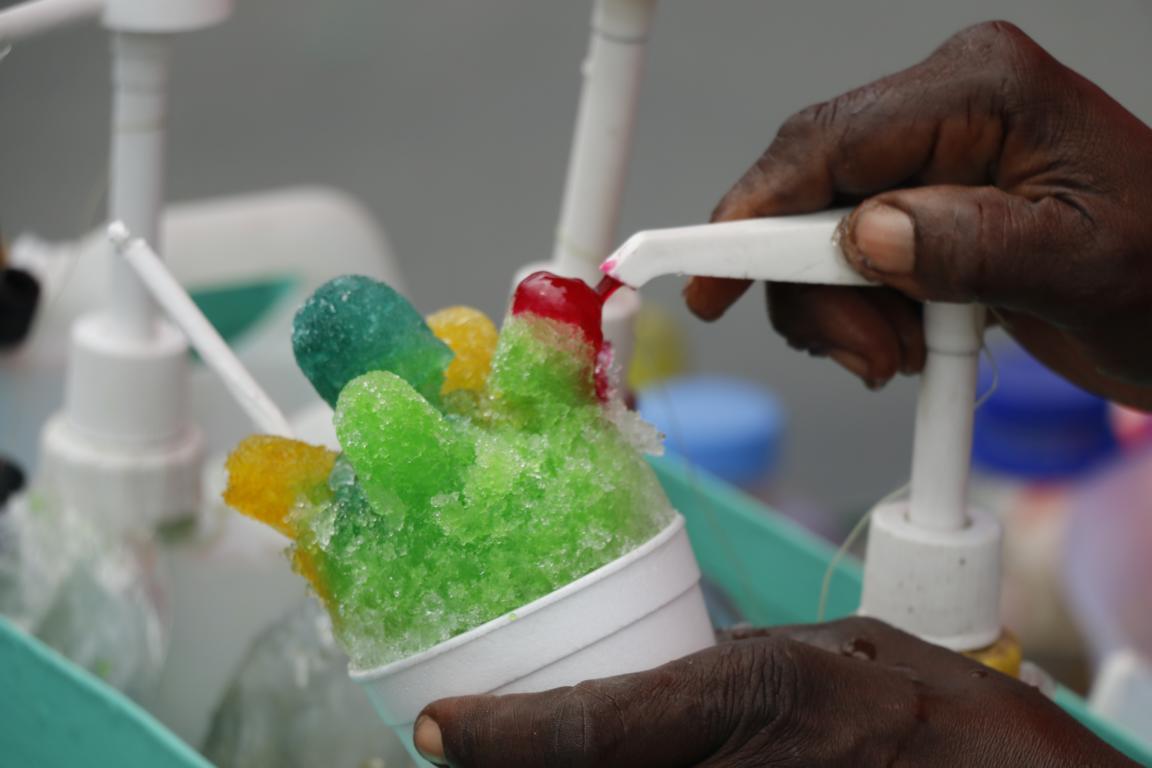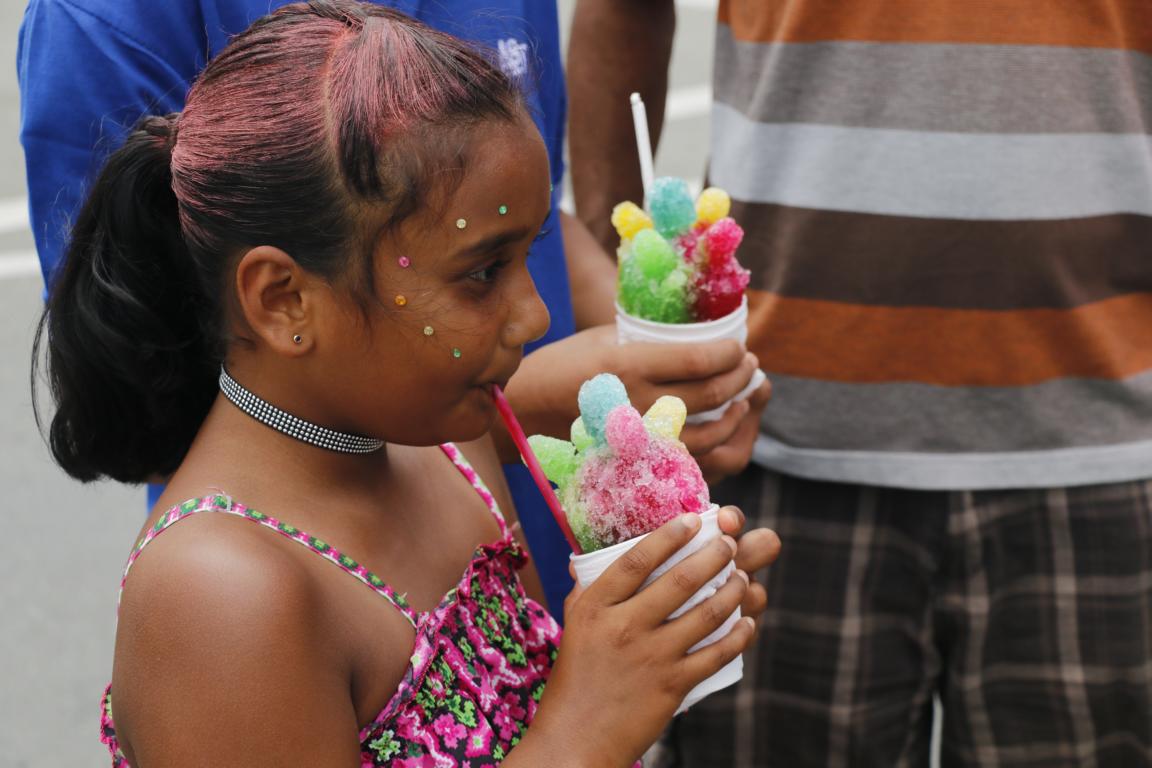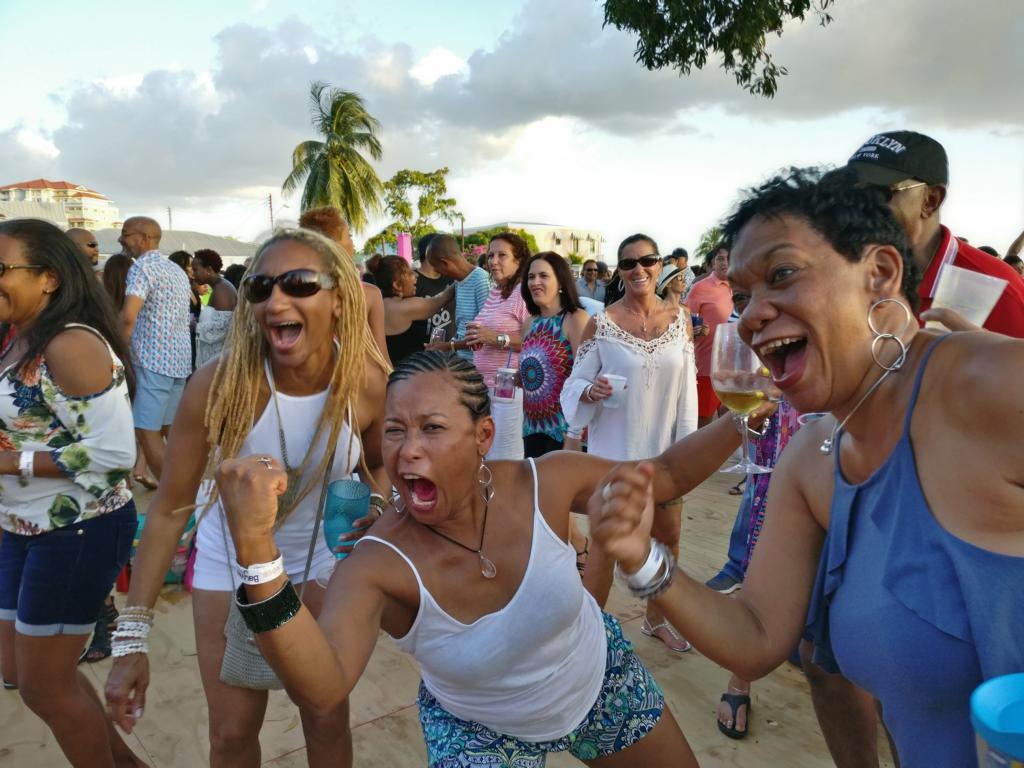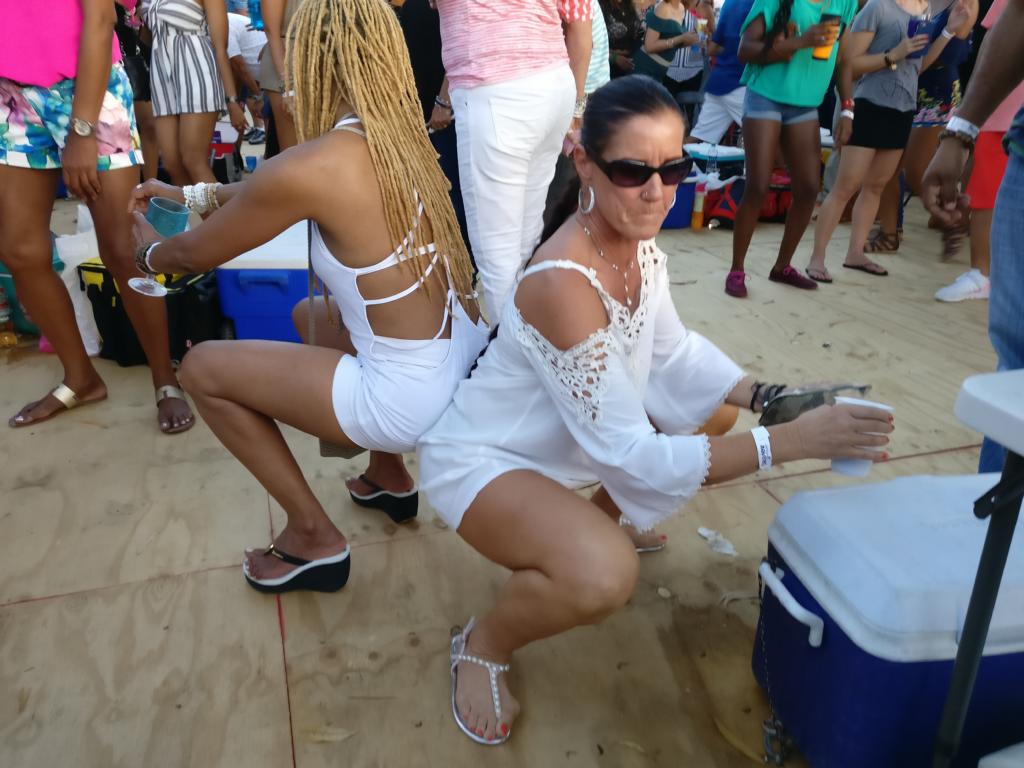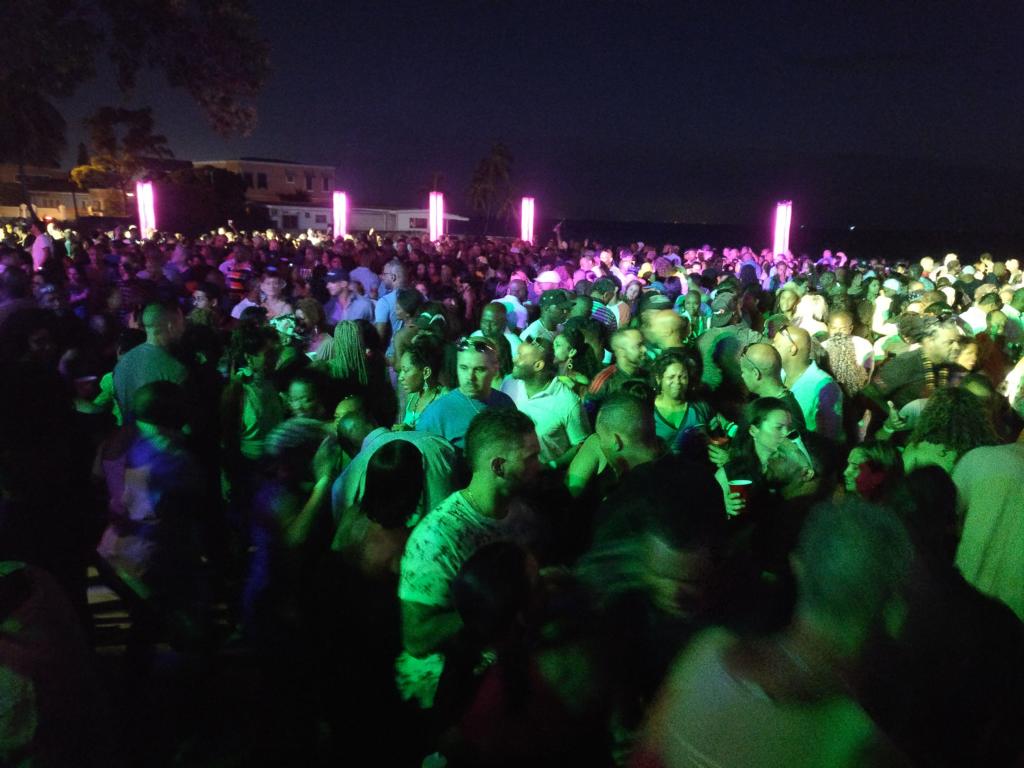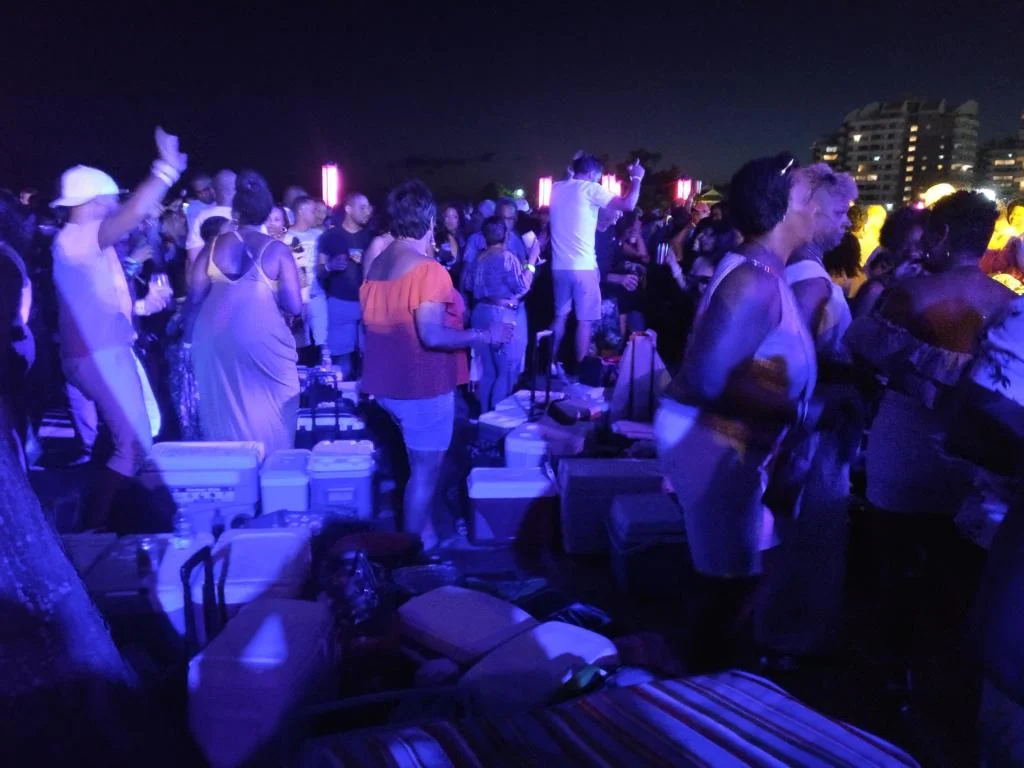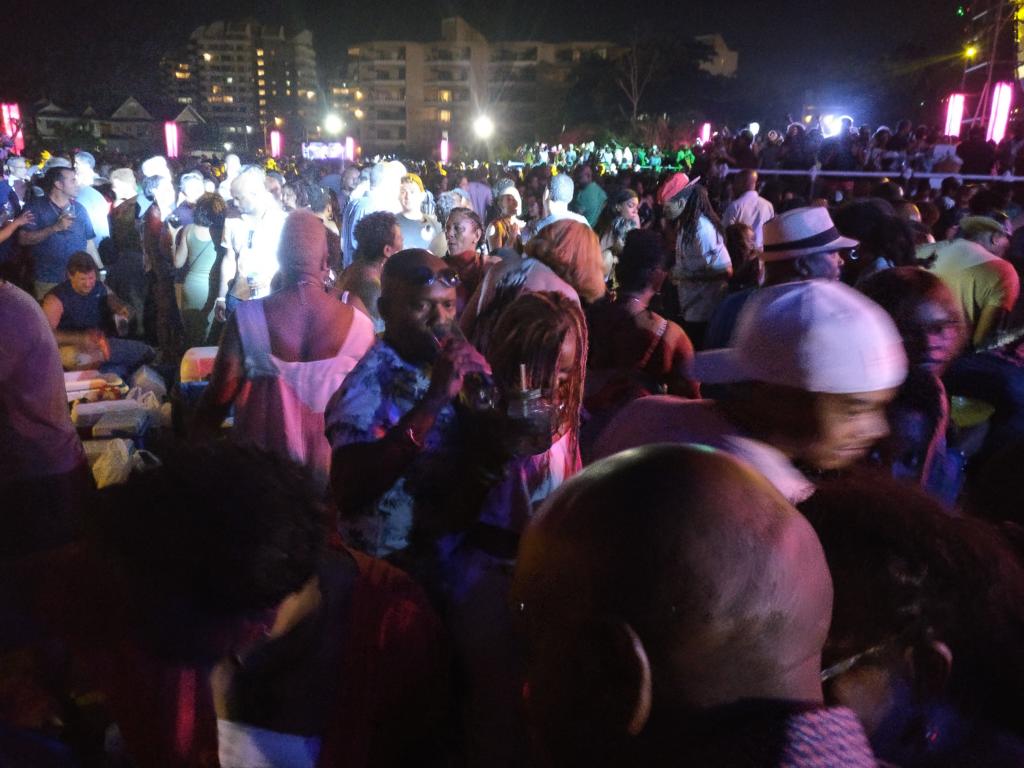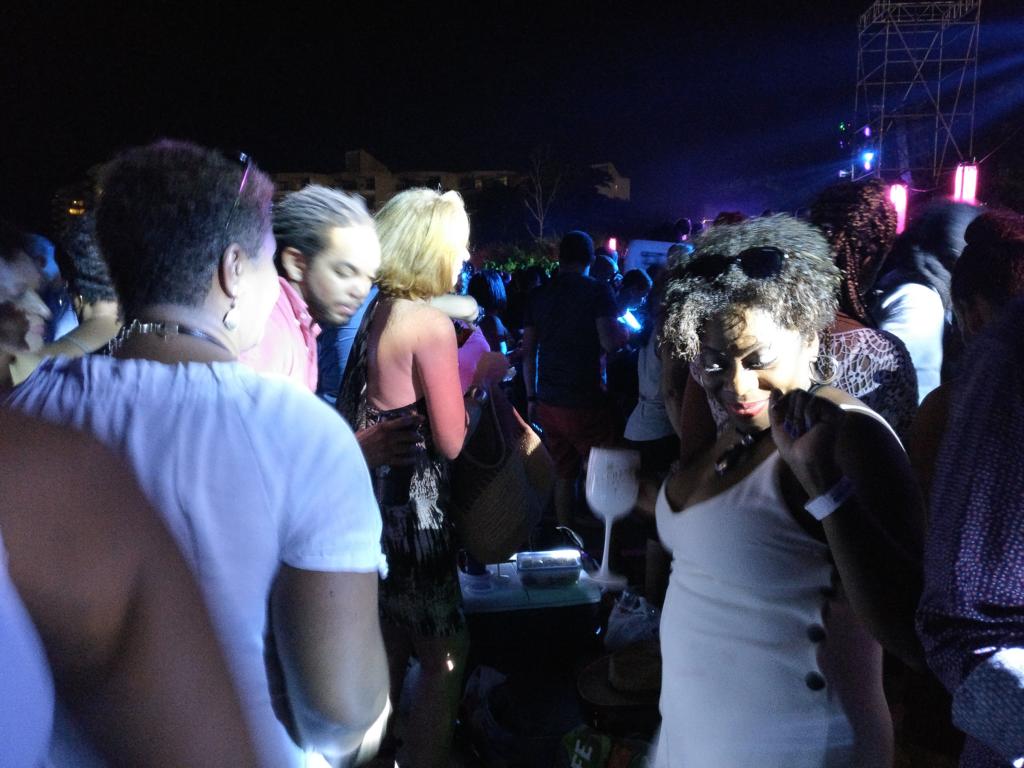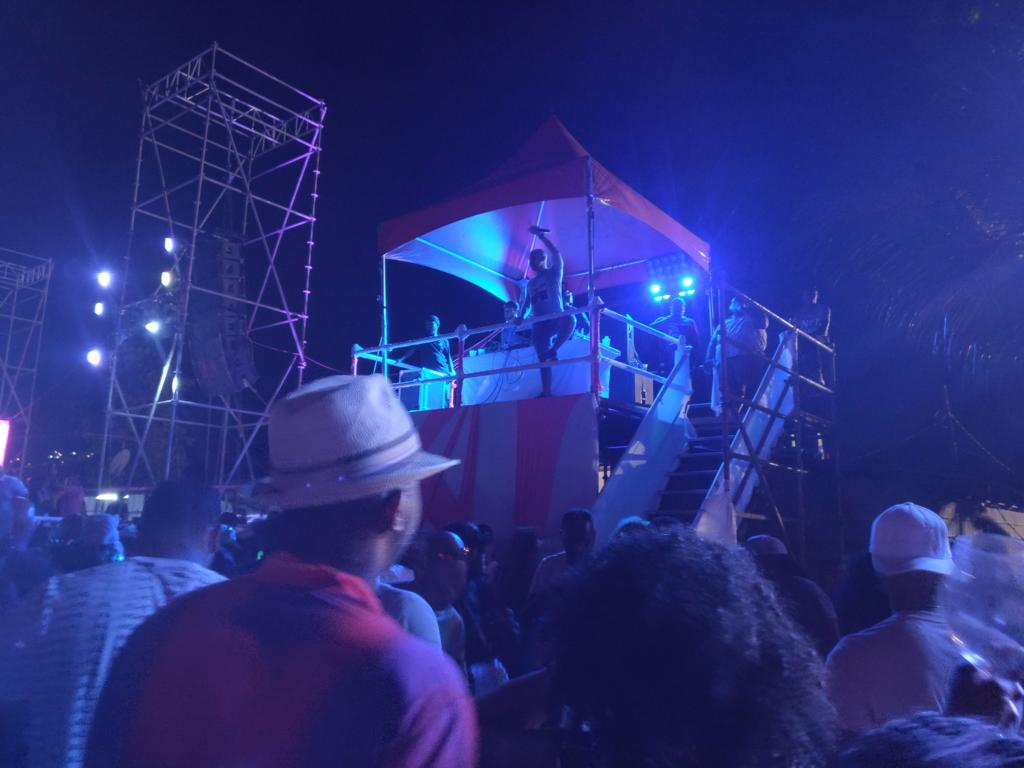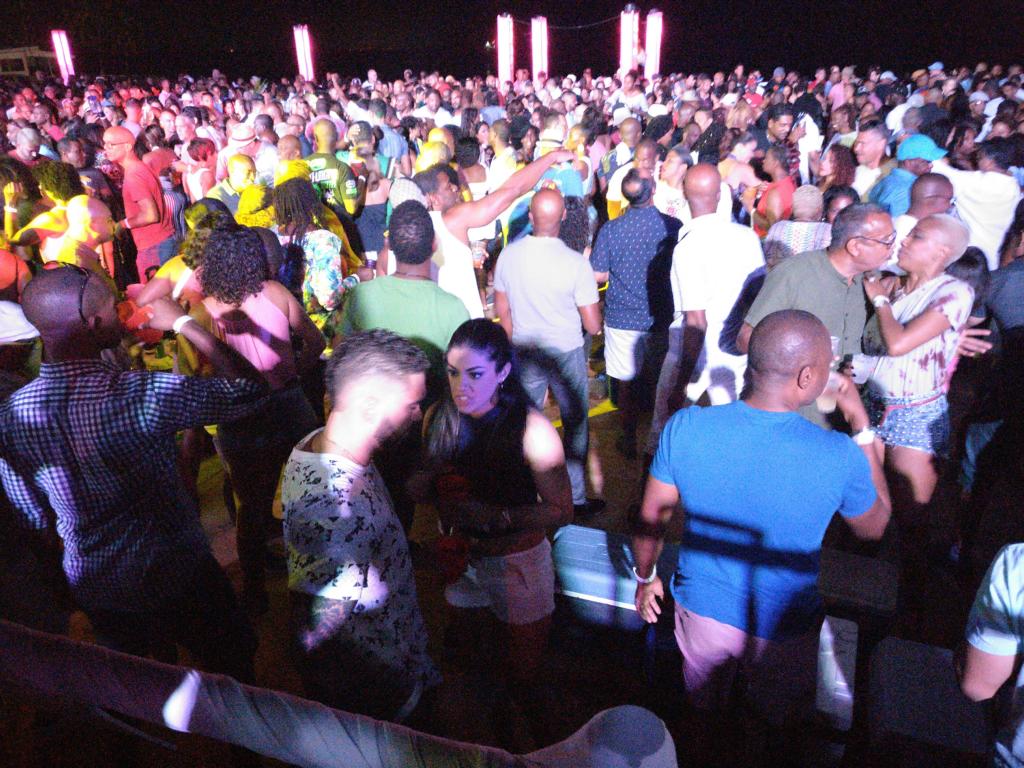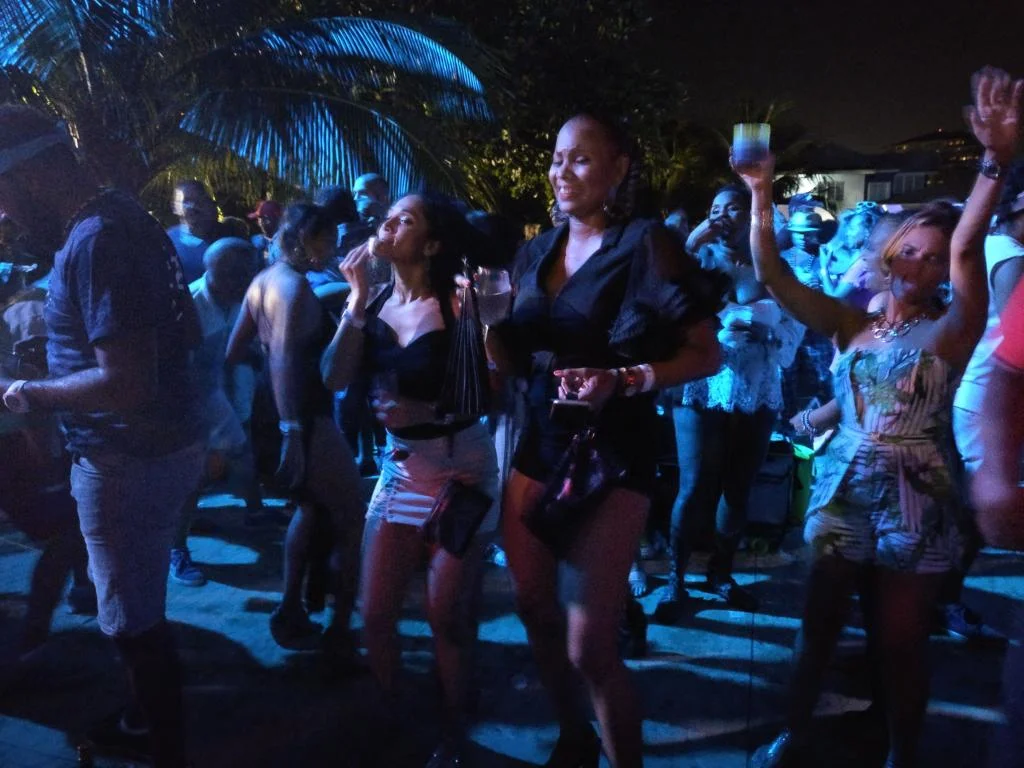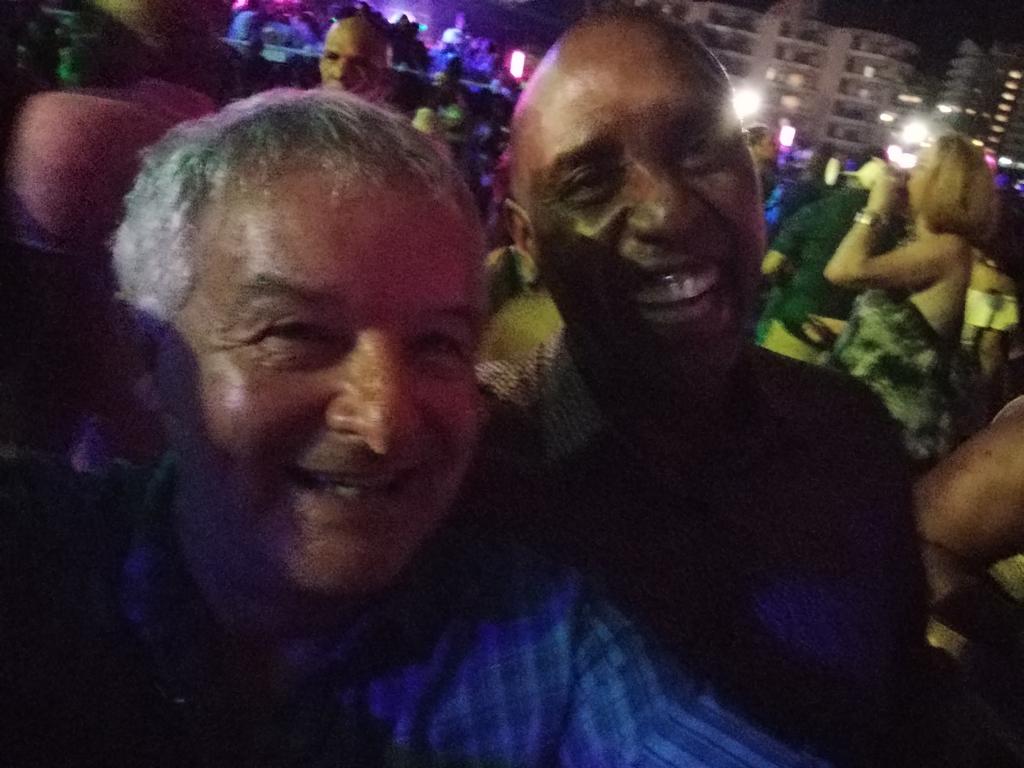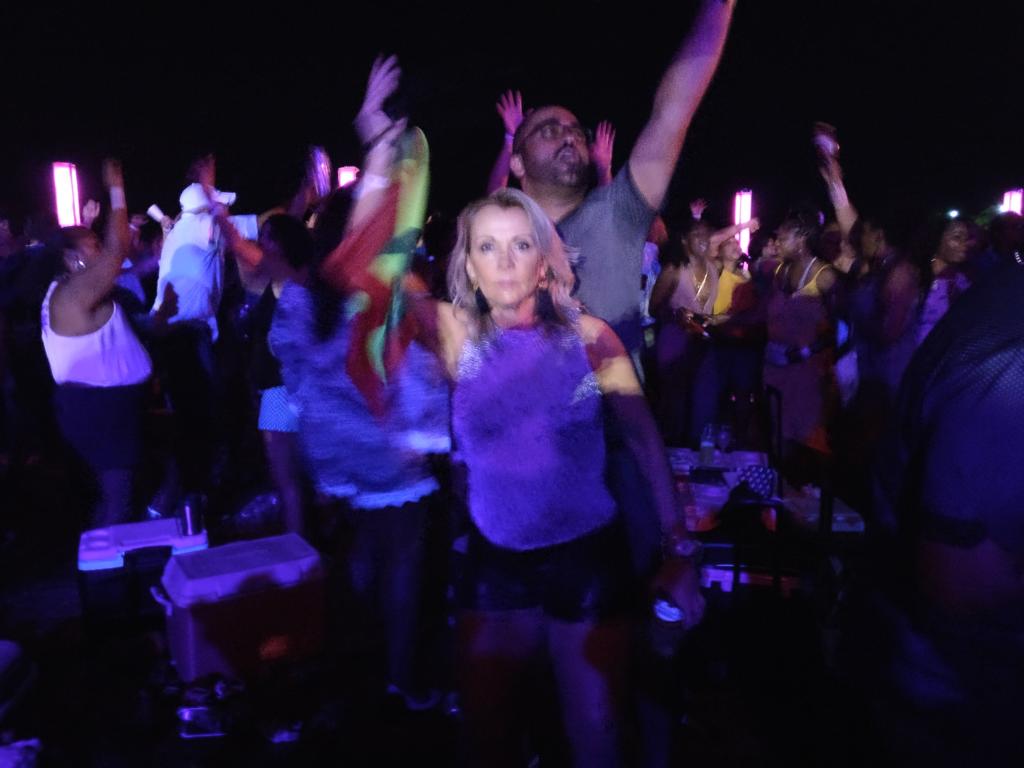Trinidad & Tobago: Carnival - Feb 2018
Trinidad and Tobago (or T&T) is a sovereign state in the Carribean consisting of two twin islands some 11 km north of Venezuela. The total surface is 4,748 km2 with a population of 1.3 million inhabitants. The capital is called Port of Spain. While Trinidad is part of the South-American continental shelf (and until several thousand of years ago was connected to the mainland) the second island Tobago is of volcanic origin.
The population consists of descendants of former slaves brought from West Africa during the 17th and 18th century (slavery was abolished in 1834). A second substantial migration wave from India took place in the 19th century. Due to its colonial past Trinidad & Tobago have a mixture of African, Spanish, French, British and Indian cultural elements. Of the original Amerindian population (Arawaks and the Caribs) only a few small communities survived.
In Trinidad I met my friend Deryck Fritz, who originates from Port of Spain and was my colleague in Afghanistan. Together with Corinne and her sisters he was an excellent guide to bring me safely through the carnival.
Trinidad is famous for its colorful carnival which every year takes place in the capital Port of Spain. During this time the whole country literally shuts down for several days as everybody dives into the carnival. Carnival is the time of joy, dancing, beautifully designed costumes, erotic, loud music, drinking, but also of losing control and to be in ecstasy.
The carnival kicks off on Friday morning with the so-called "Canboulay" (from the French cannes brulées, meaning burnt cane). It goes back to the time when French settlers celebrated carnivals. Slaves on he sugar cane farms were excluded and therefore organized their own events. During the 19th century the new British authorities tried to forbid carnival but after a period of violent clashes the population gained the right to party. Now every Friday before Carnival “Canboulay” is performed where in form of a street theater the struggle for the right to carnival is commemorated.
Saturday always is Kiddies’ Carnival, which is a big event for children. Have a look at the joy and focus in the children’s faces, some as young as three years.
Sunday evening was the final of the steel pan band competition (called Panorama). Steel pan (or drum), originally made out of used oil barrels, is an instrument developed in Trinidad during the 20th century and it gives the Trinidad carnival the unique sound. A big steel pan band has more than 100 performers. Pictures show the warming up and the performance on stage. 2018 winner was the Renegades Steel Orchestra (the band in the golden dresses) with their song: “Jam Dem Hard” http://www.panonthenet.com/tnt/bios/bands/renegades-bio.htm
Monday’s highlight is the J’Ouvert (translated from French as “break of day”) which starts at 04.00 in the morning (!) and lasts until 08.00. Different “bands” each consisting of several thousand people move on different routes through the city of Port of Spain. It certainly is the wildest part of the carnival.
You buy yourself into a band (I chose “Friends for the Road”) and for 80 USD you get a T-shirt, a mug, music coming from several trucks (Soca, Calypso and Rapso), lots of booze (mainly rum), lots of mud and paint, as well as security. With your “band” you are “chipping” (some kind of dancing steps) at a pace of 1 to 2 km per hour through the city center.
Integral parts of J’Ouvert are mud, colors and chocolate cream. Whether you like it or not you certainly will get “decorated”. Supply trucks with mud and color buckets are following each band. However, people are kind enough to spare your camera.
Ritual/symbolic intercourse (“dogging”) is widely practiced also and in particular when a TV camera is around. You not necessarily need to know the person, you simply perform it with the person next to you (however, everybody knows the limits forbidden to cross). Surprisingly, one hardly can observe two persons kissing. When asking some people about this contradiction somebody smilingly responded: “We Trinis do not waste time”.
Another essential part of the “band” are several booze-trucks where - as a band member - during the whole parade you can refill your mug with beer, wine, rum, whisky, ice and even soft drinks. Mention-worthy: Although there was an abundance of alcohol, I did not see any cases of aggression or violence which one often can be experienced in Europe after a football match when drunken fans start fights.
Some more images showing our band. The last picture by the way was taken in front of the Prime minister’s office.
I skipped the impressive Kings and Queens’ Costumes Parade on Monday evening in Port of Spain (watched it live on TV) and instead flew to the second island Tobago to attend on Tuesday the Band Costume Parade, which naturally is smaller than the parade in Port of Spain. All participating groups compete for the title “Band of the Year” which is issued by a jury evaluating costumes and dance performance.
Between all these high-lights people take short rests but most of the time they use the time to attend small or big all-inclusive parties. This parties – like this small neighborhood party - can start at 09.00 in the morning and last the whole day. Other parties start in the afternoon and last the whole night.
